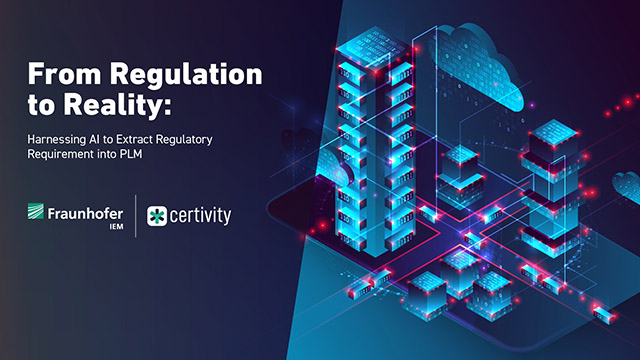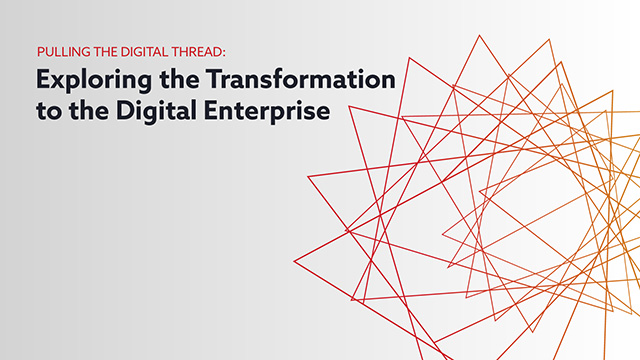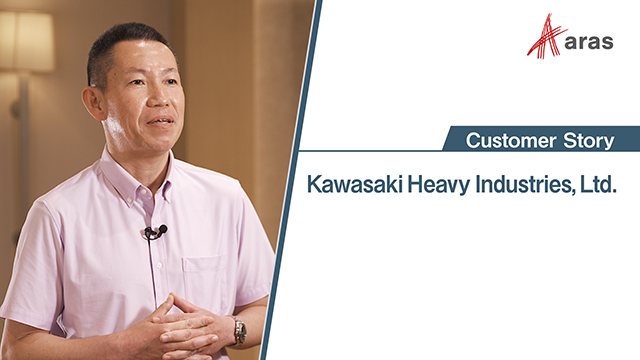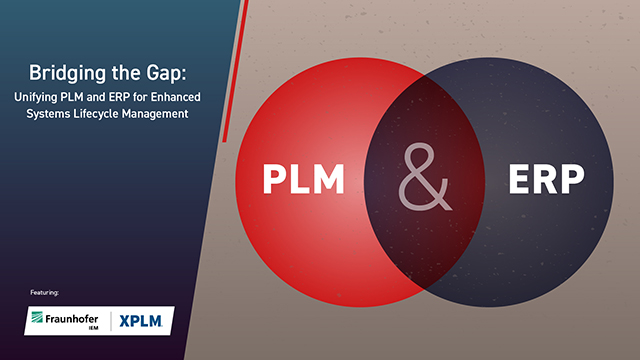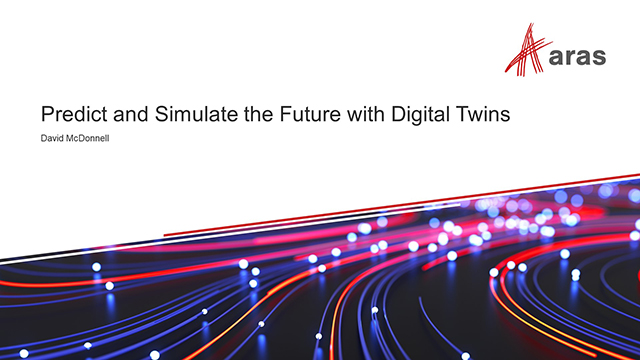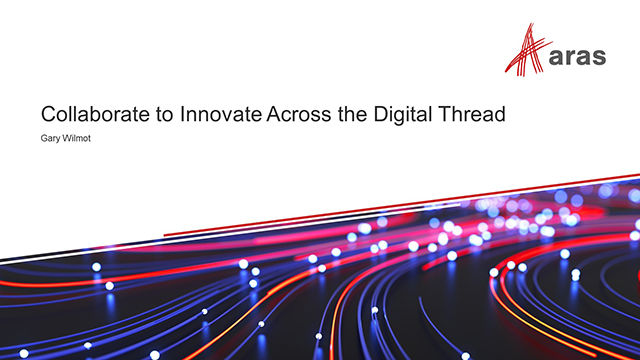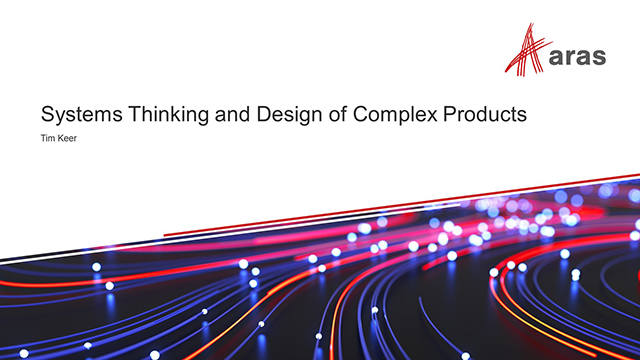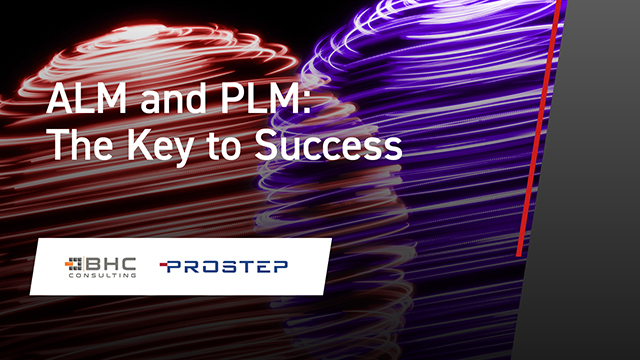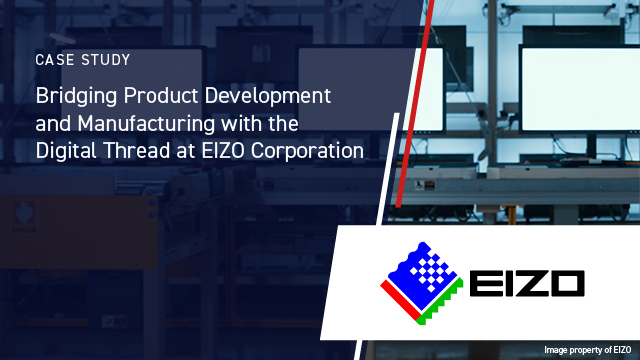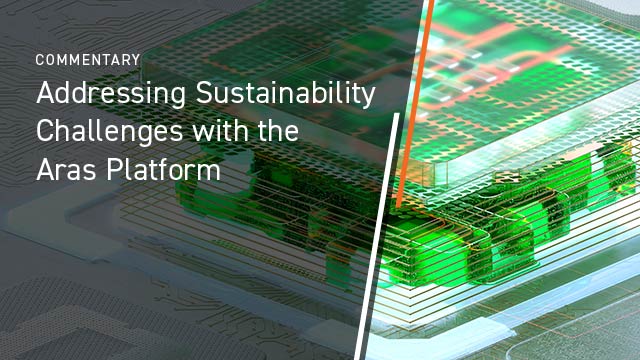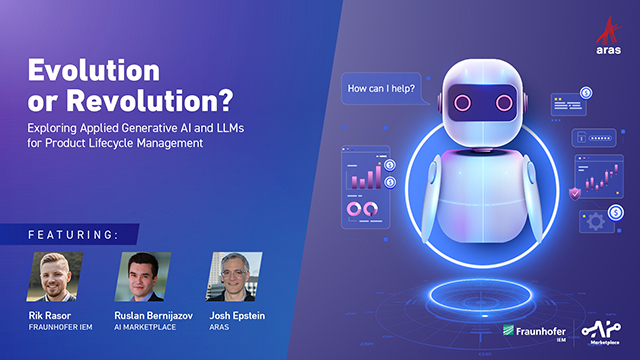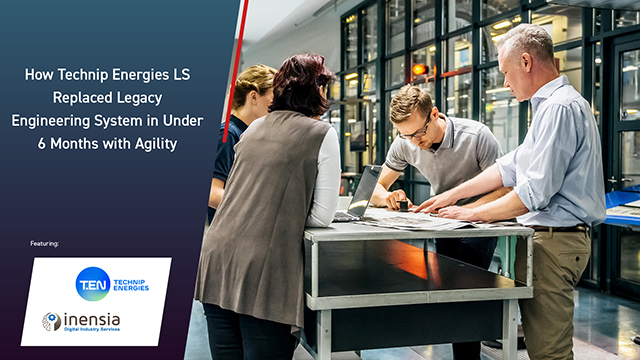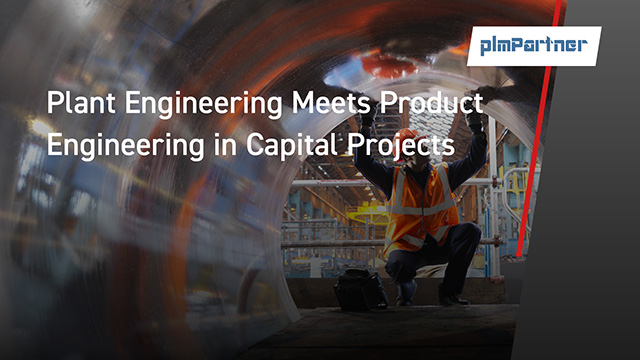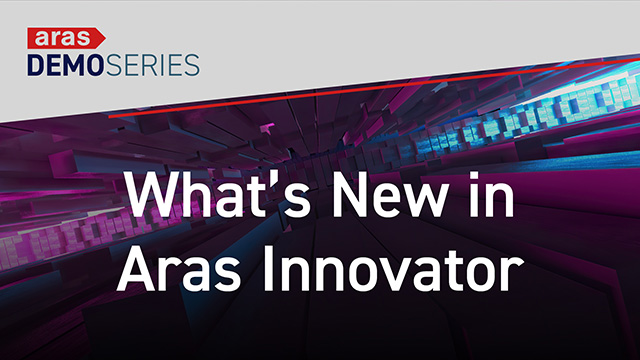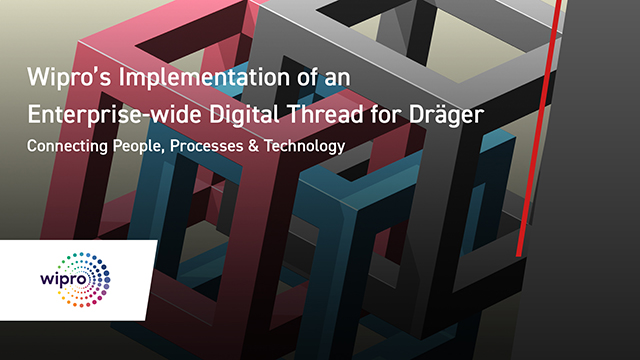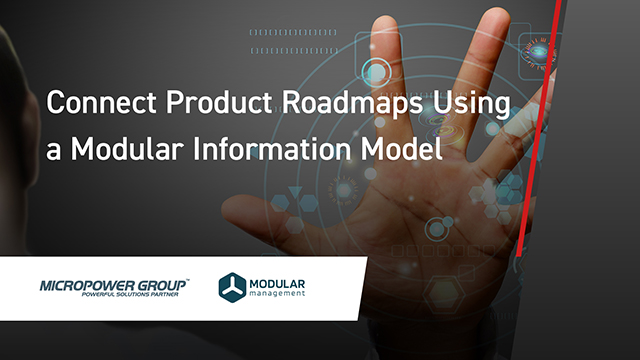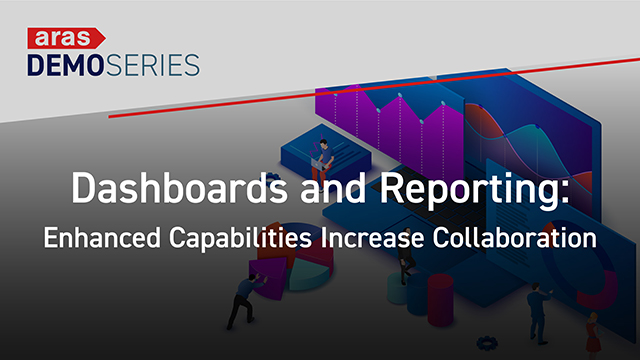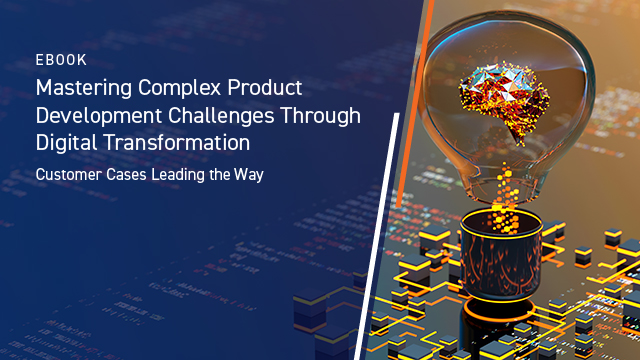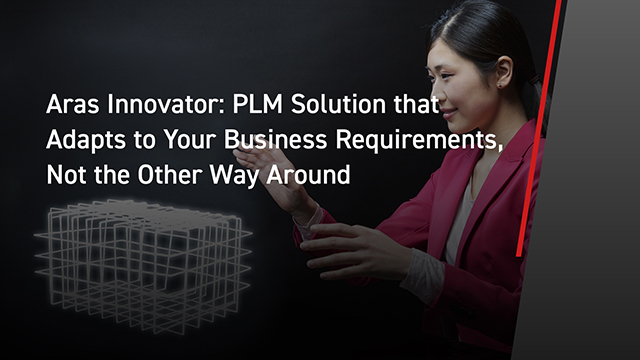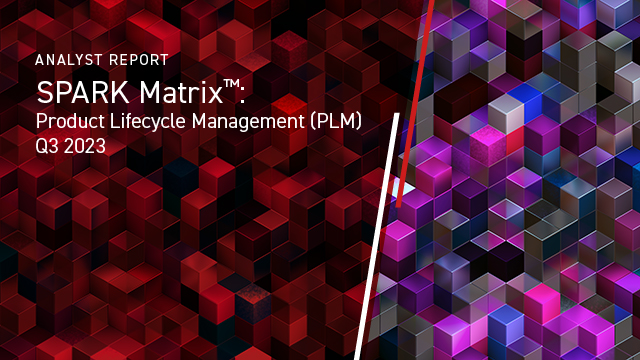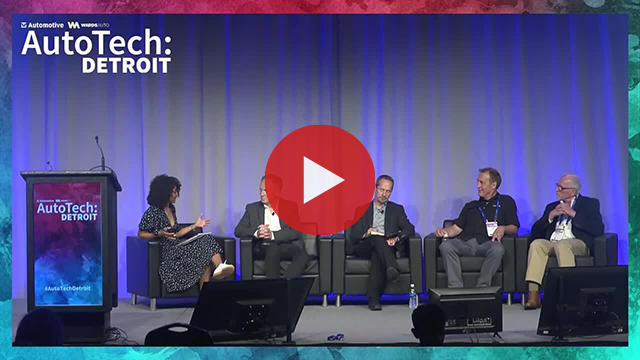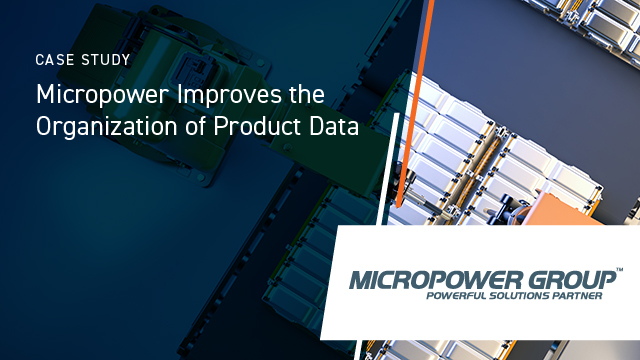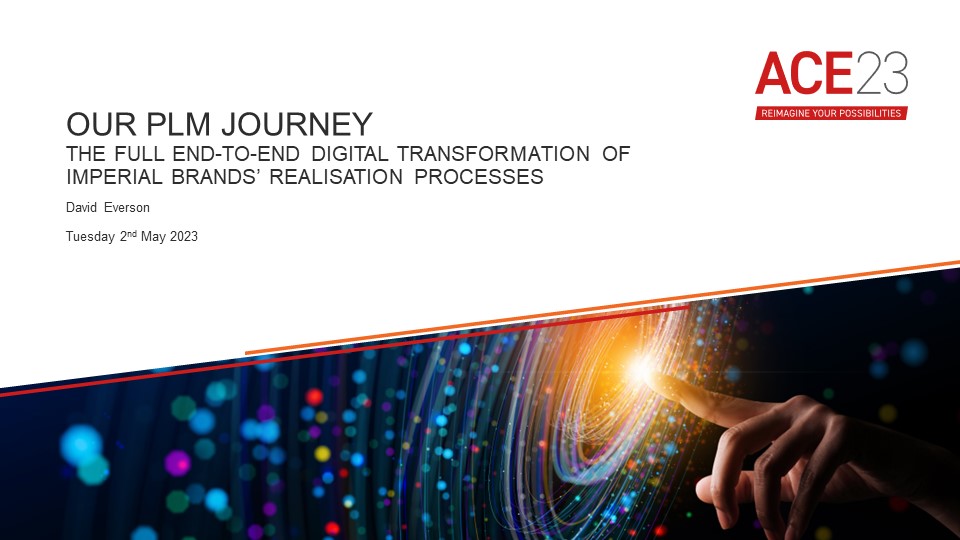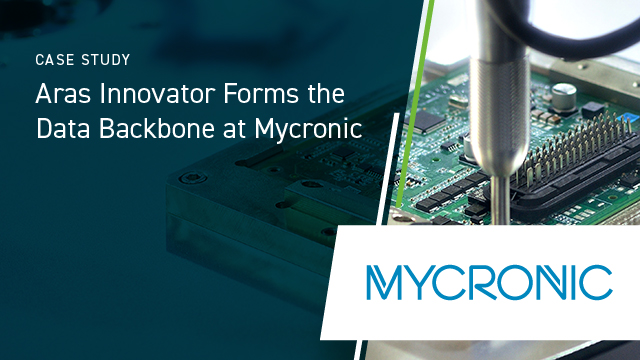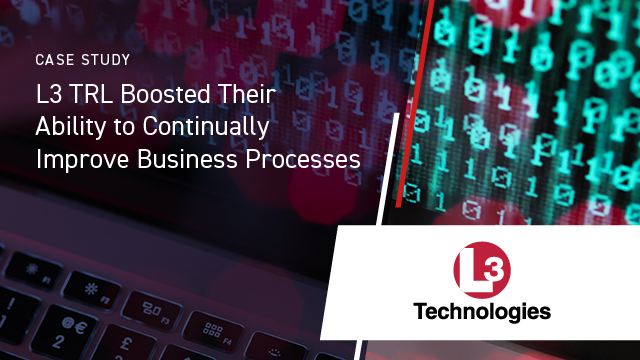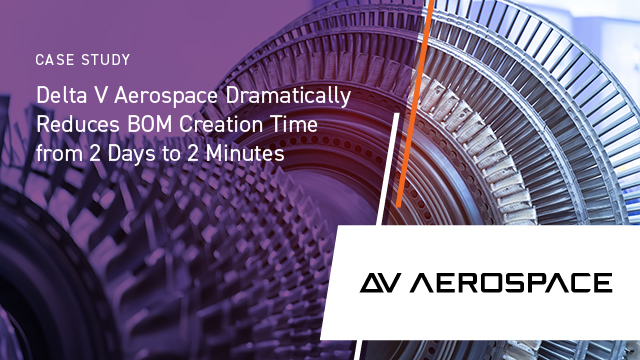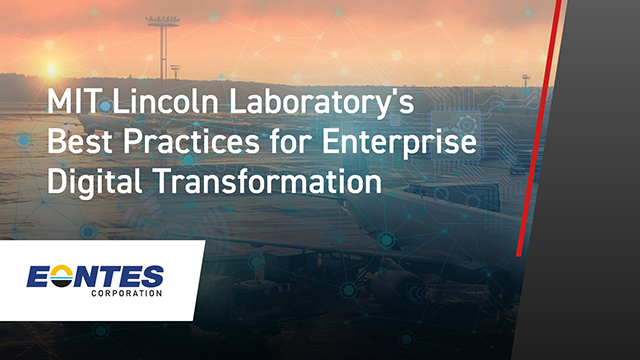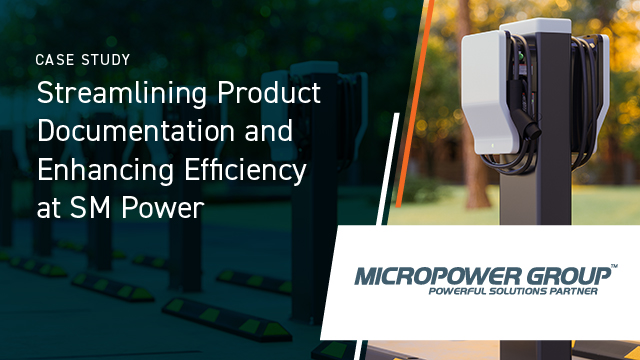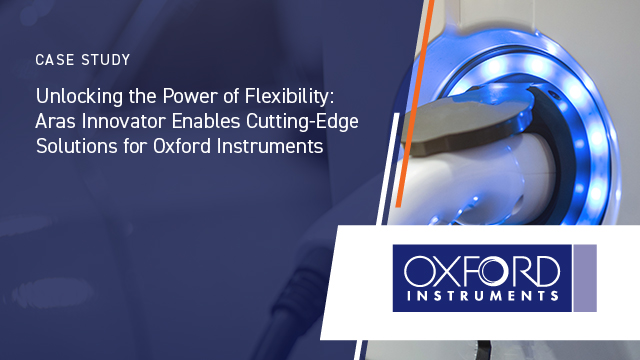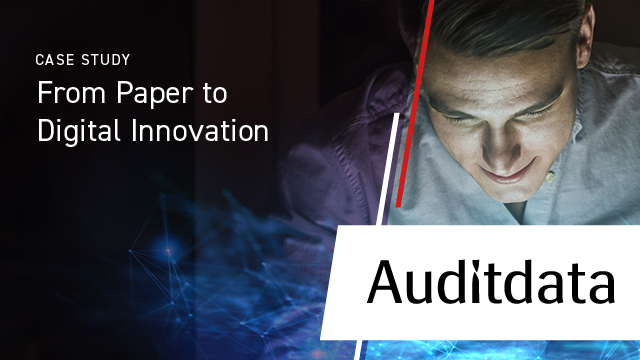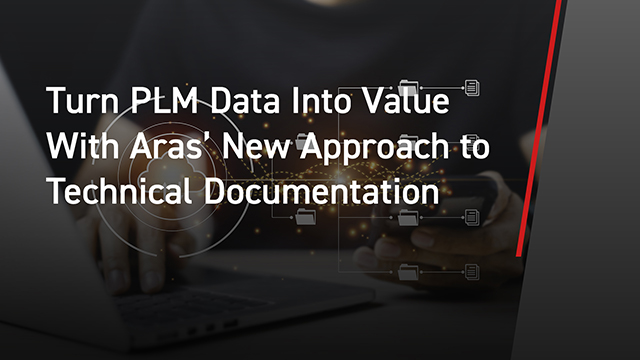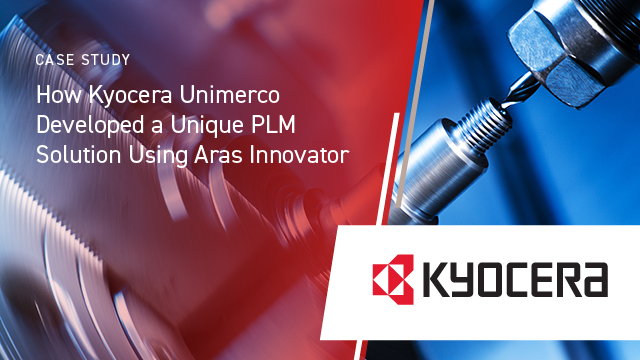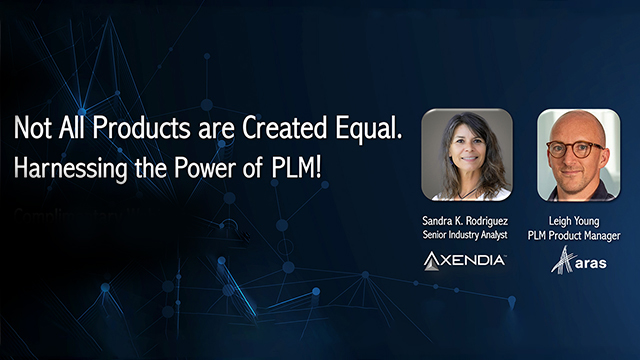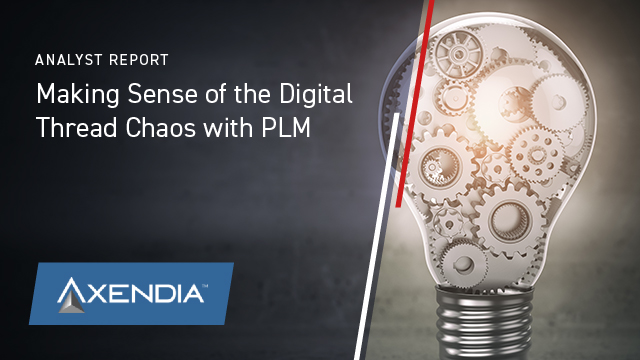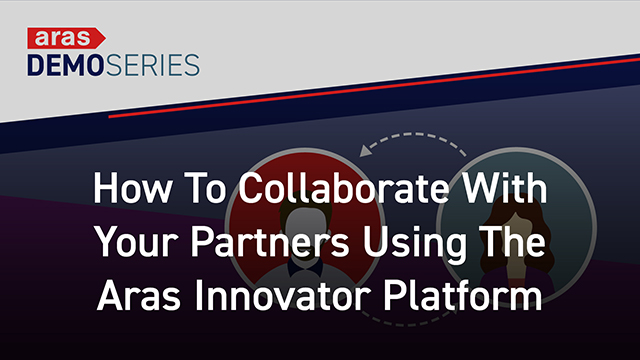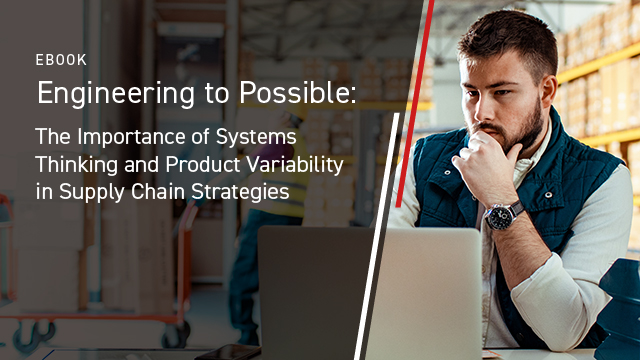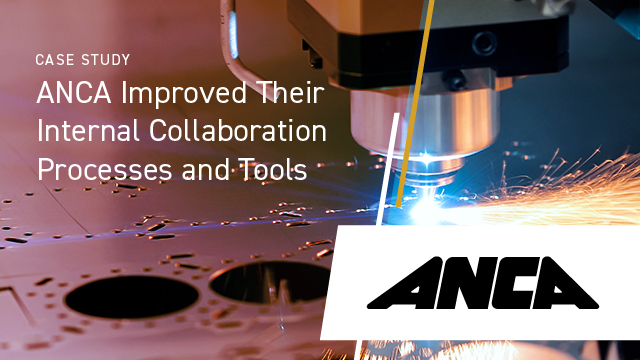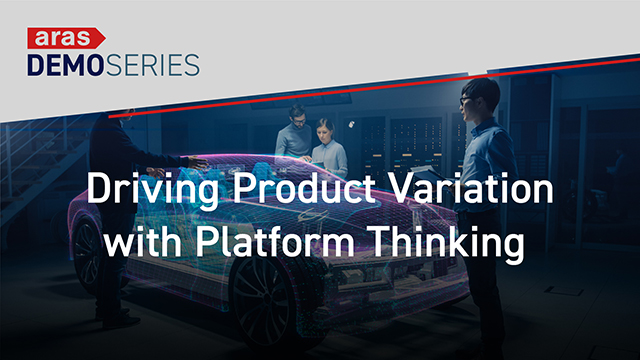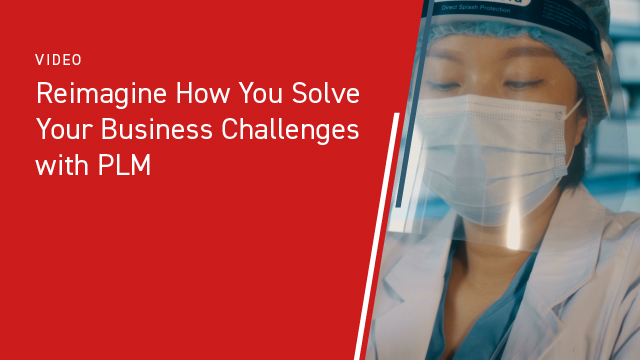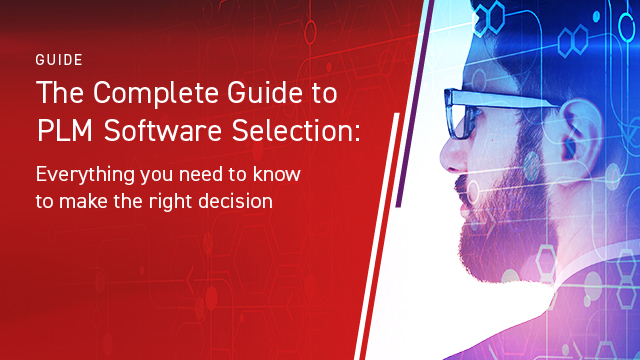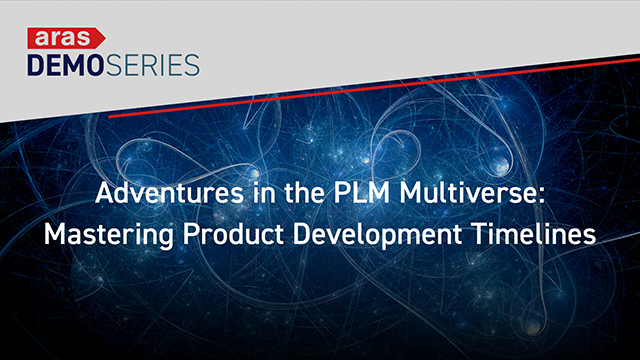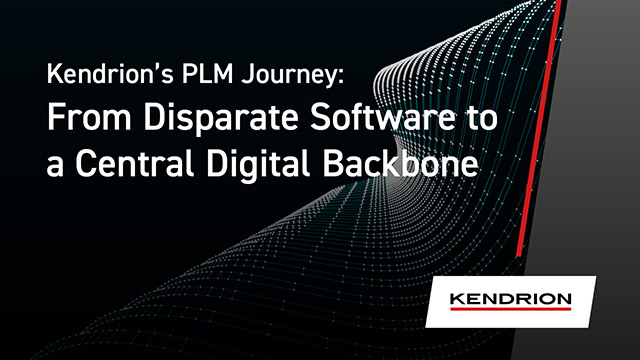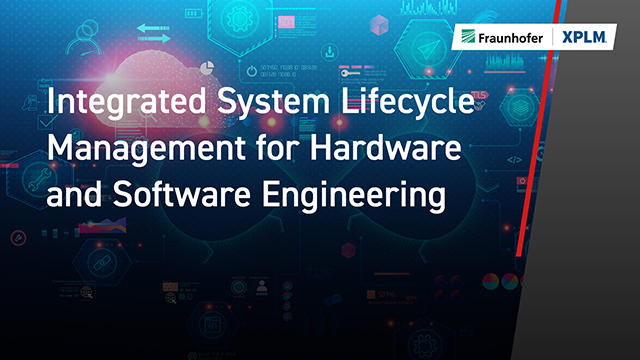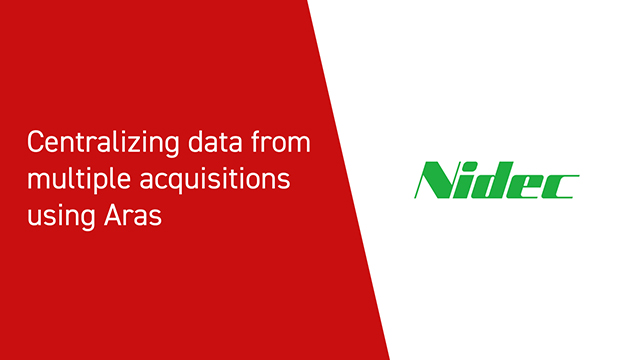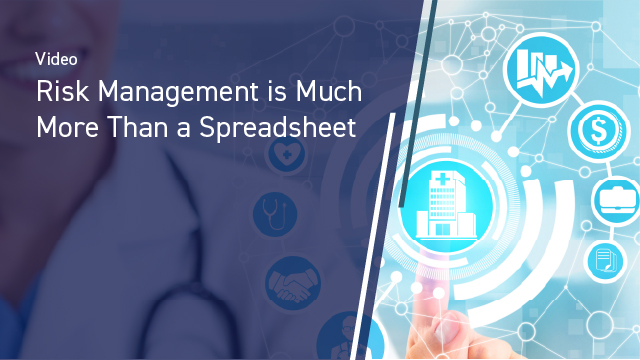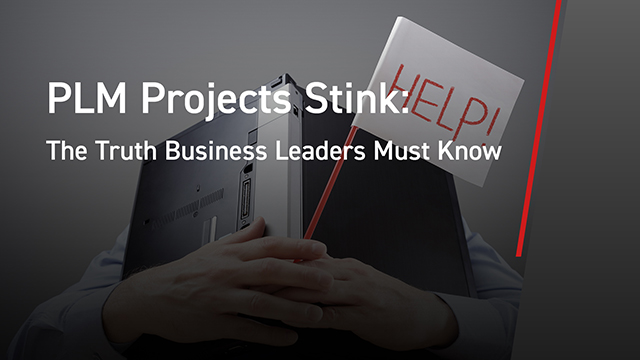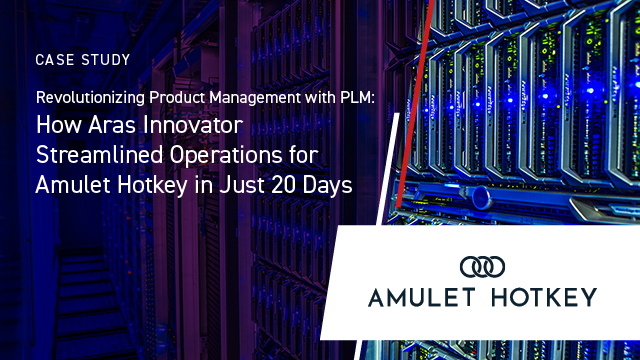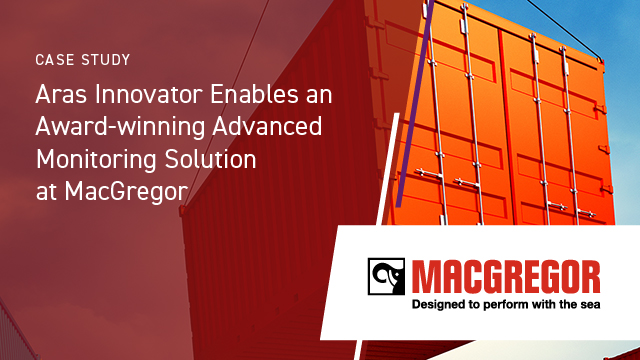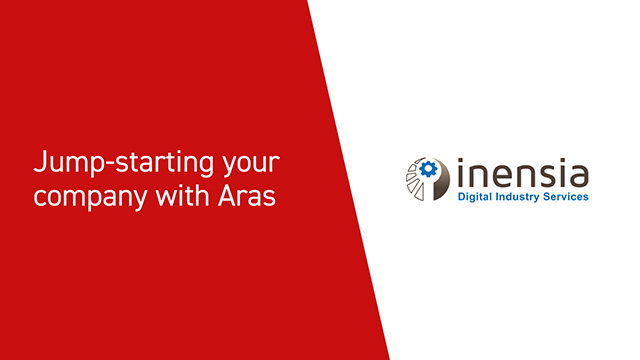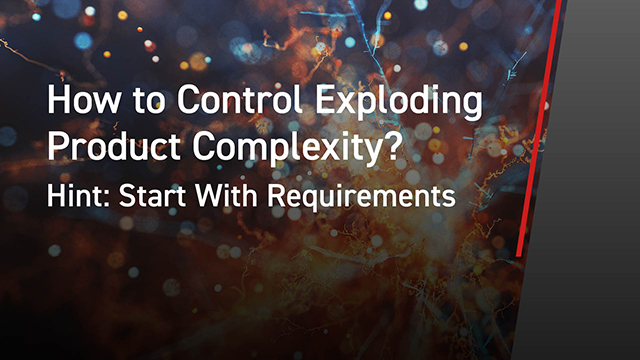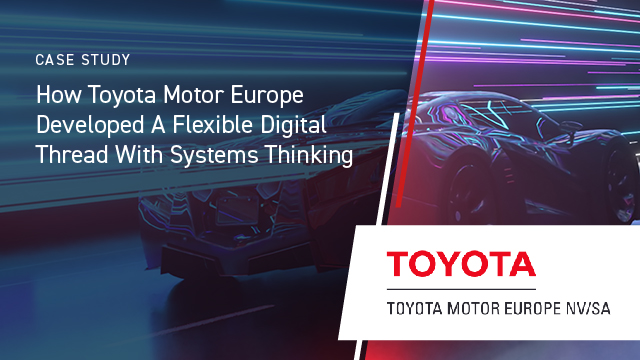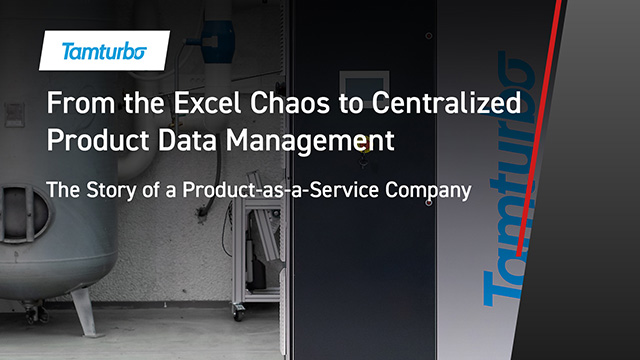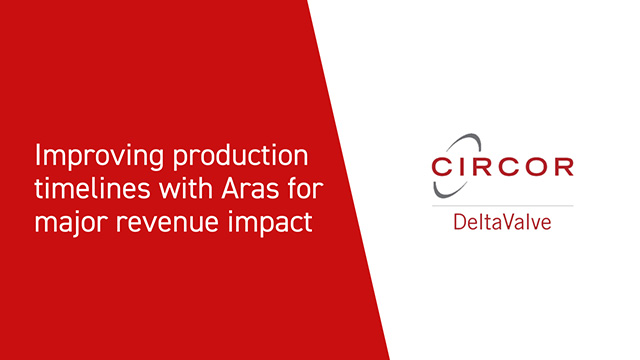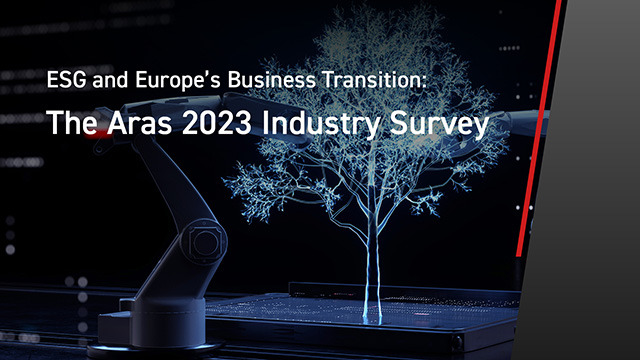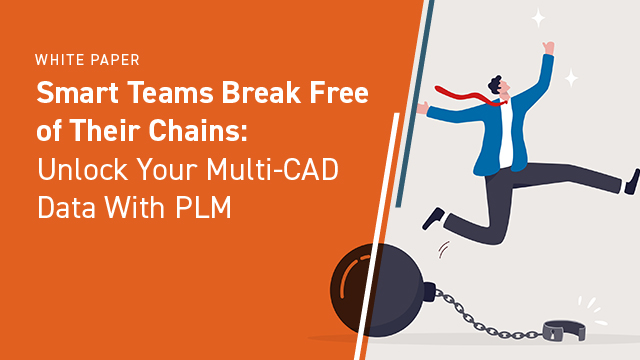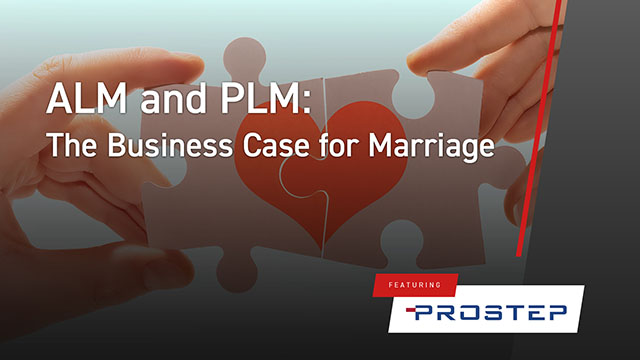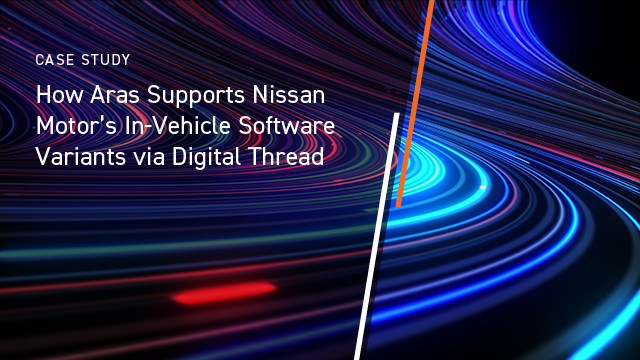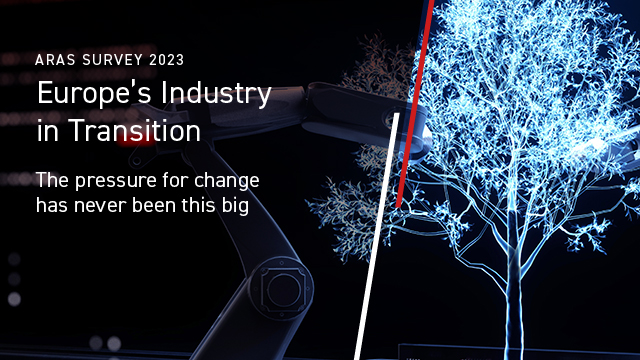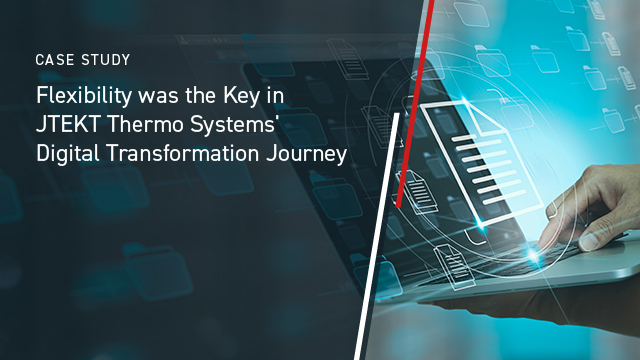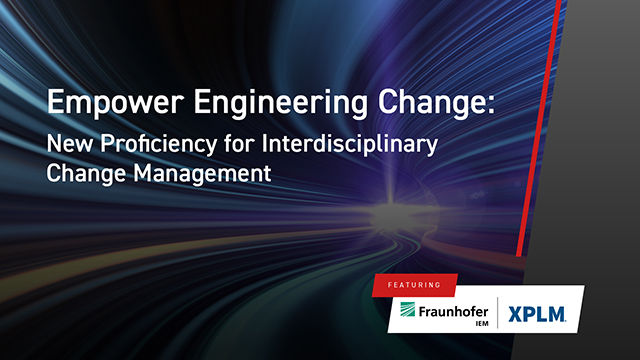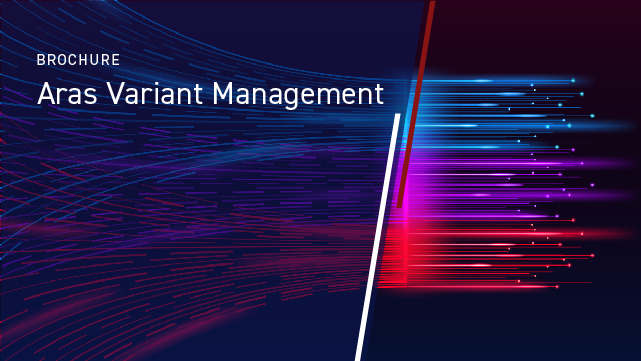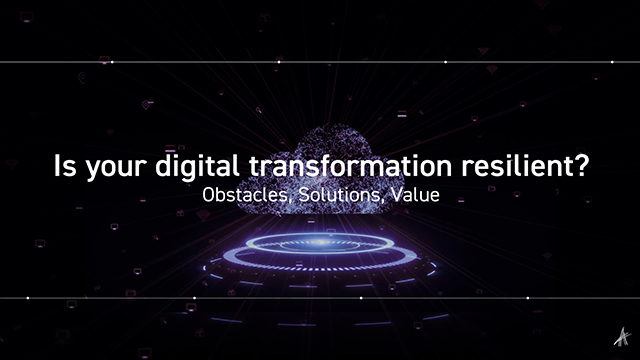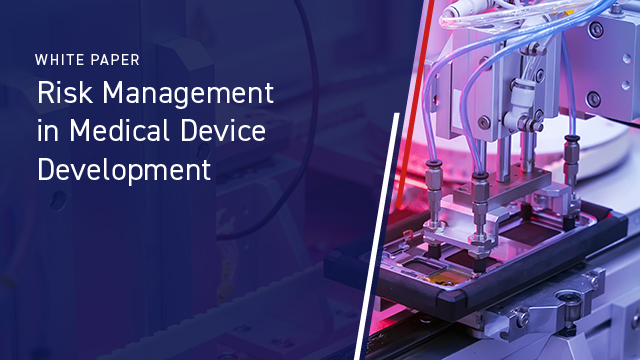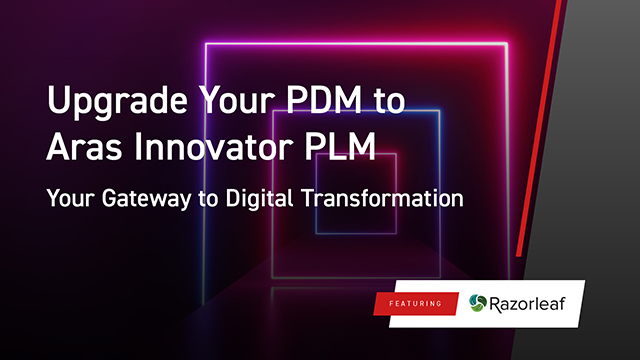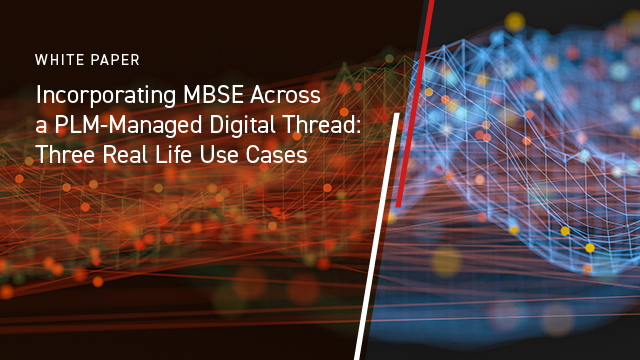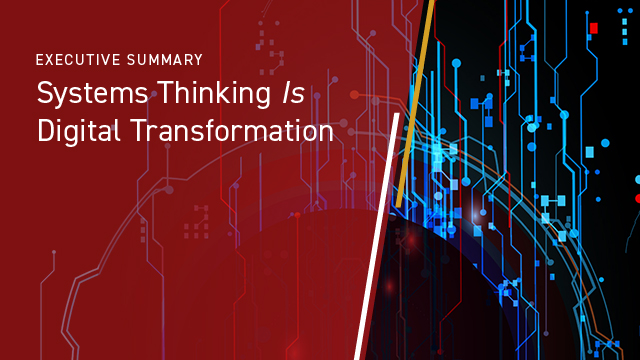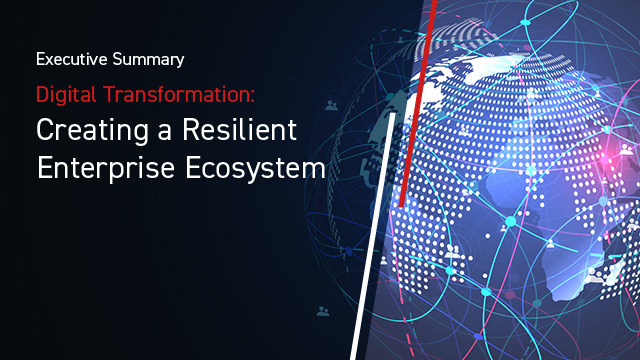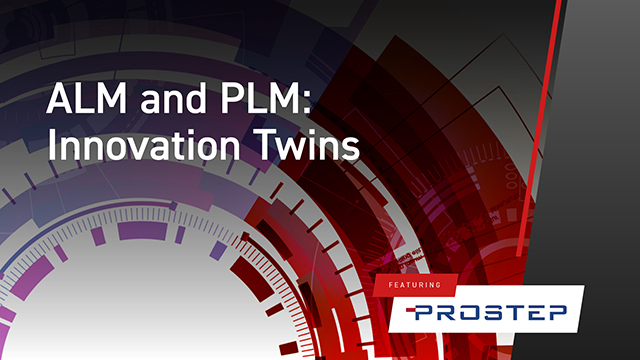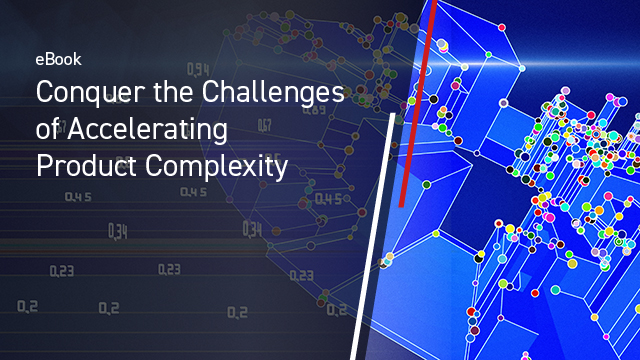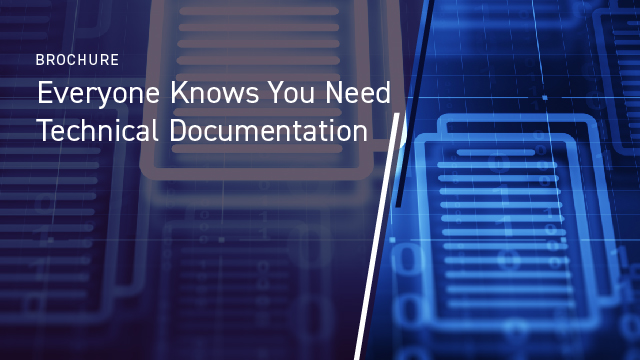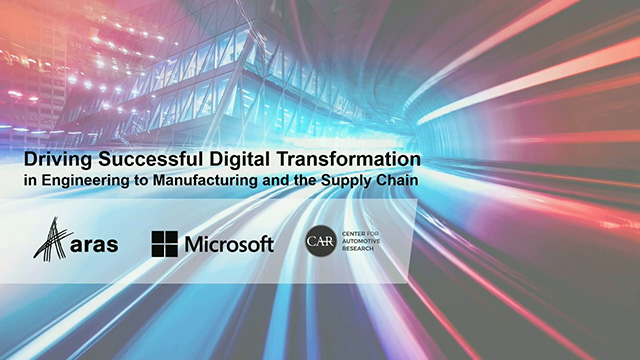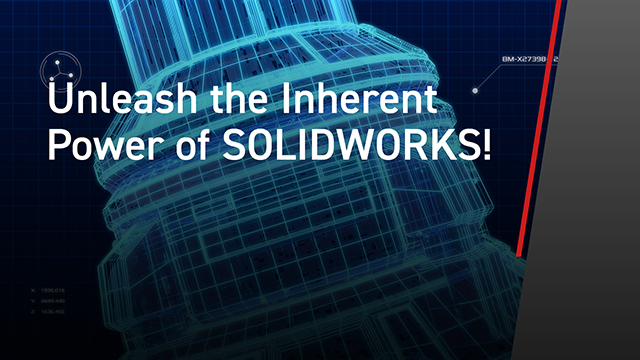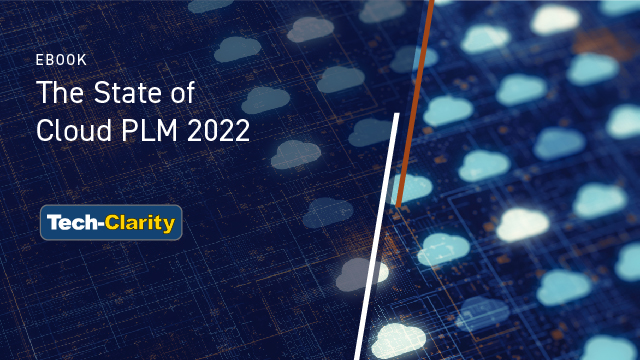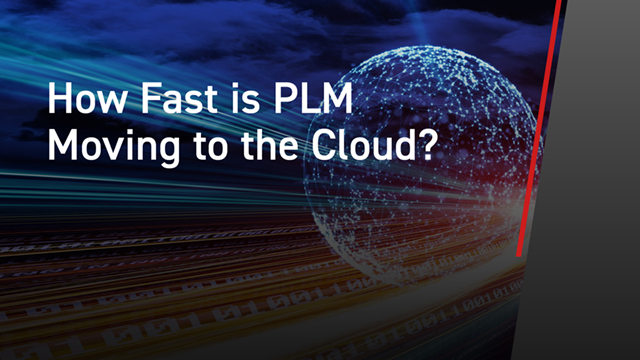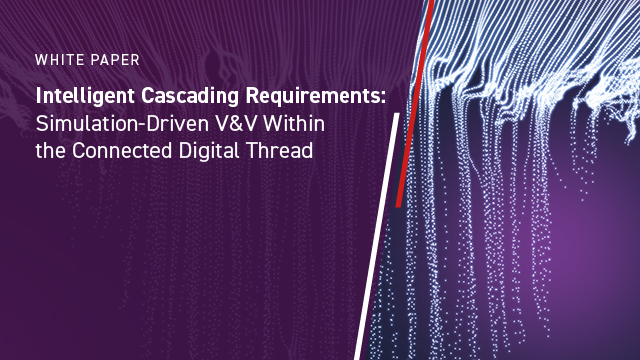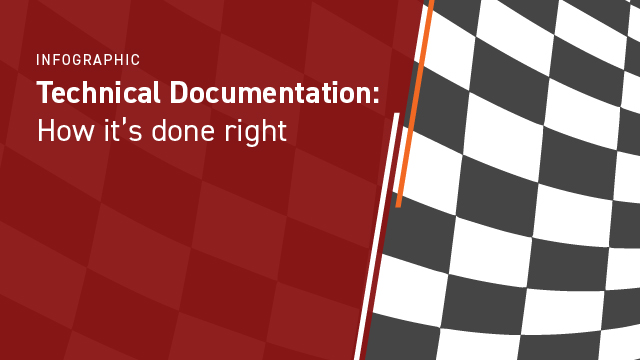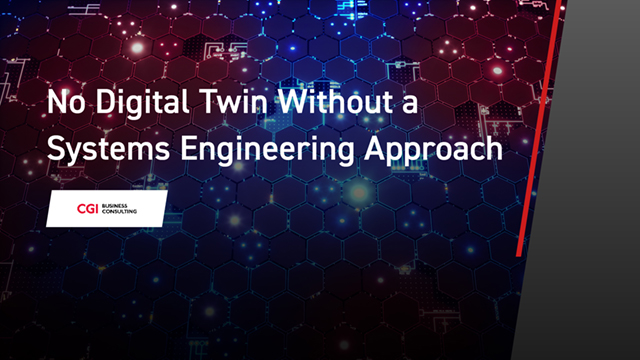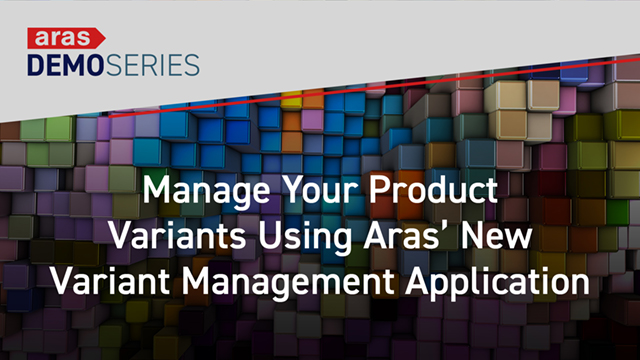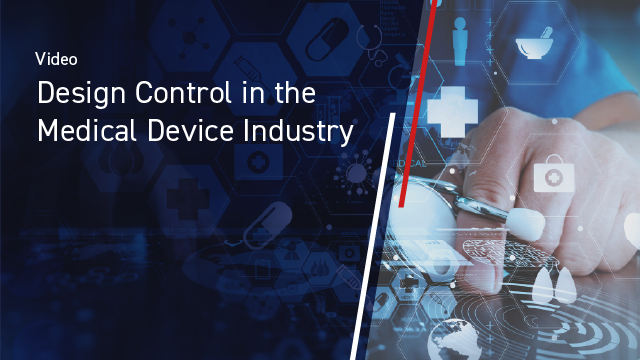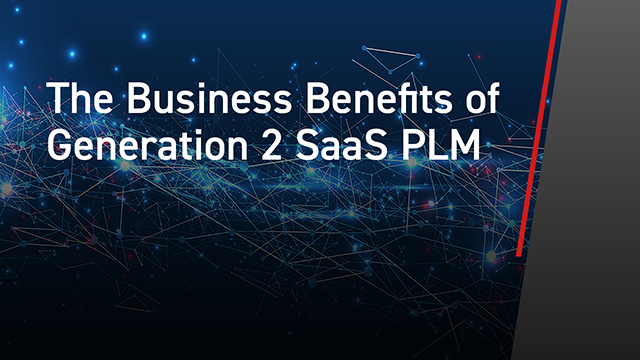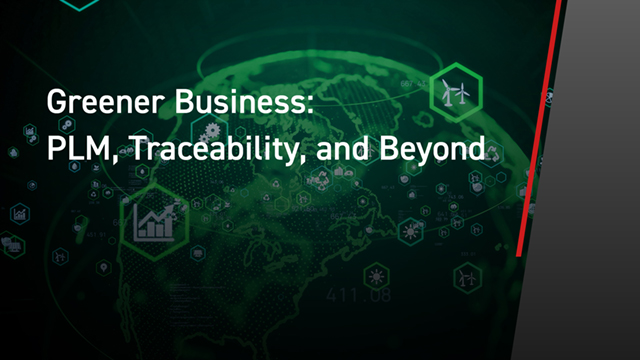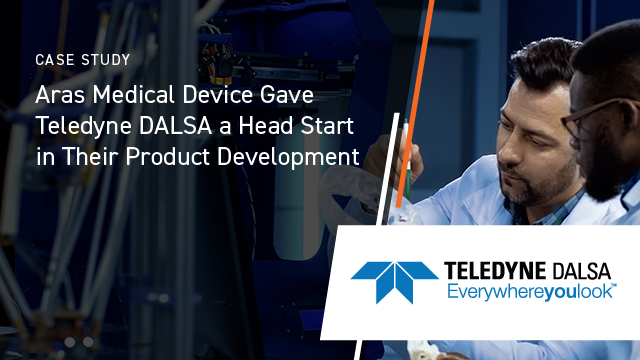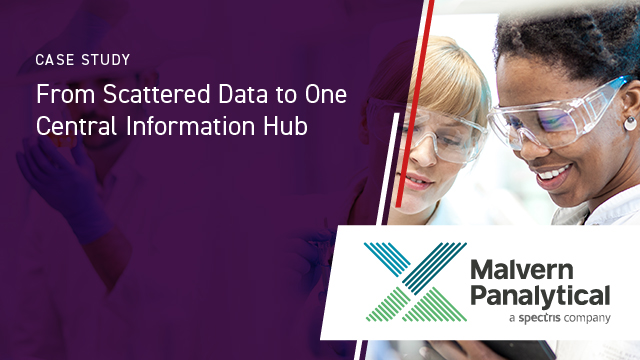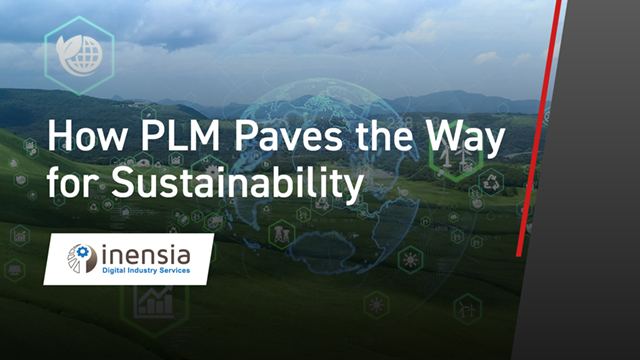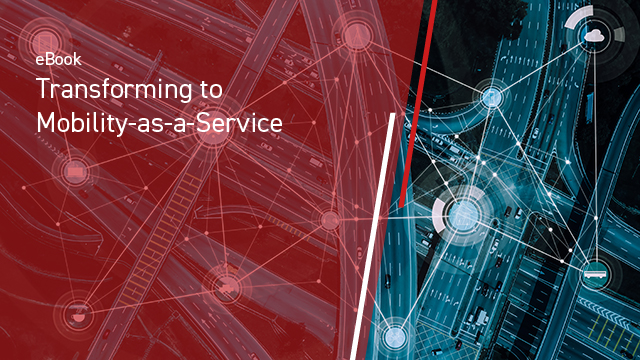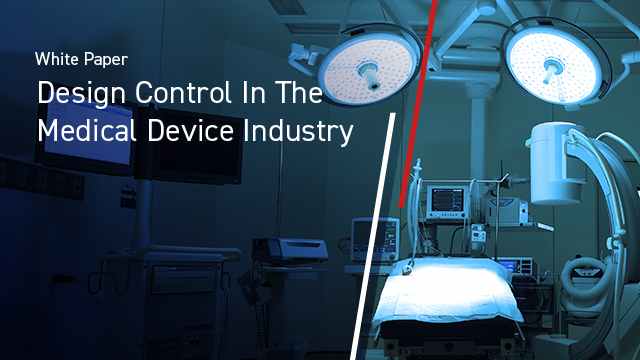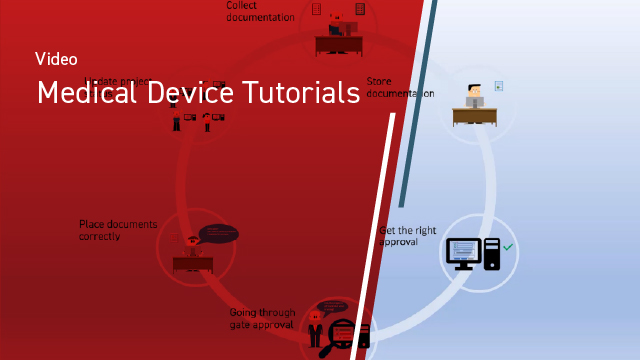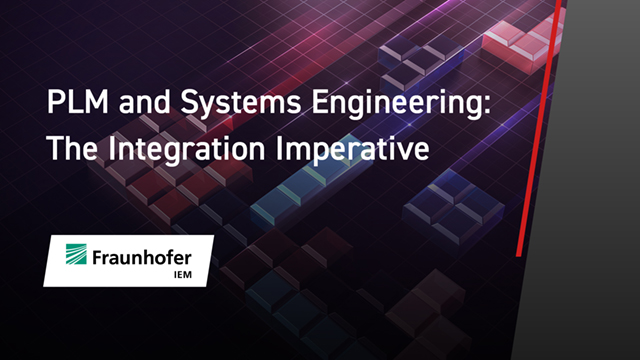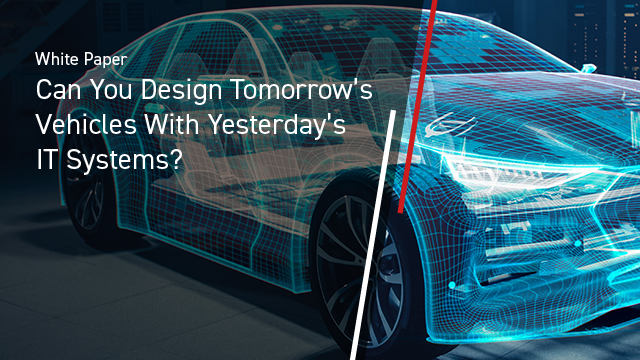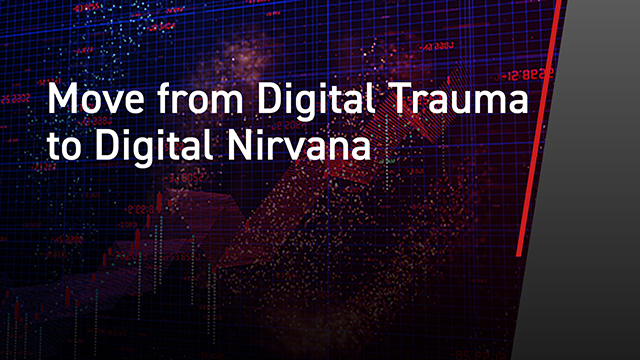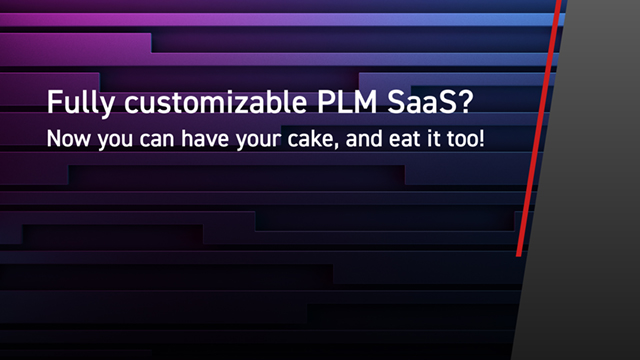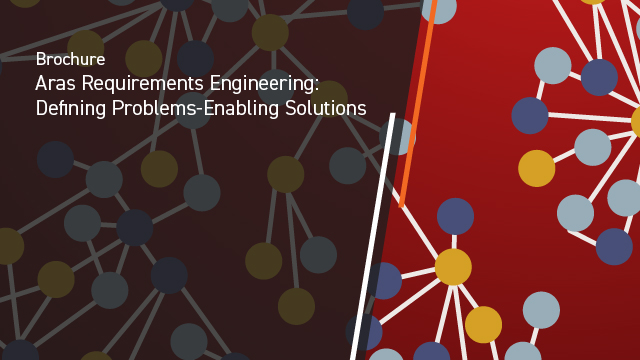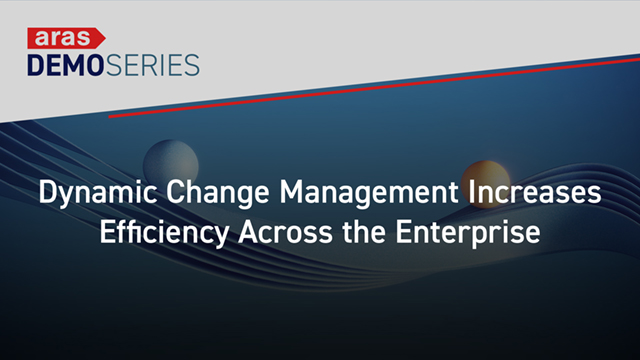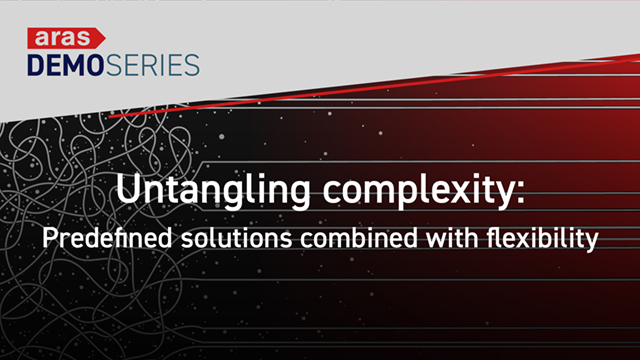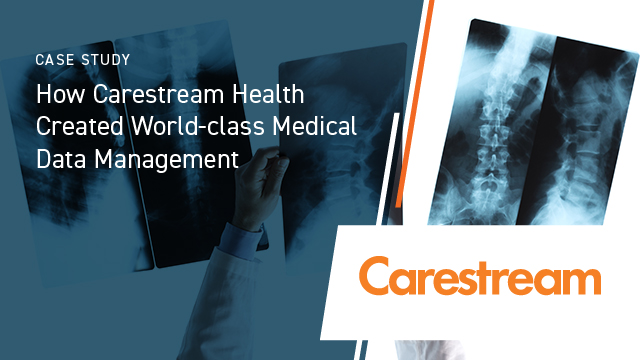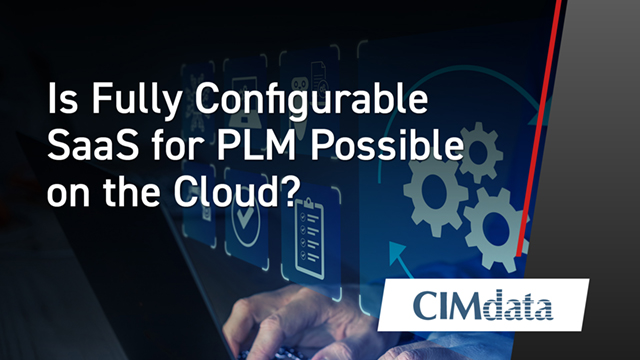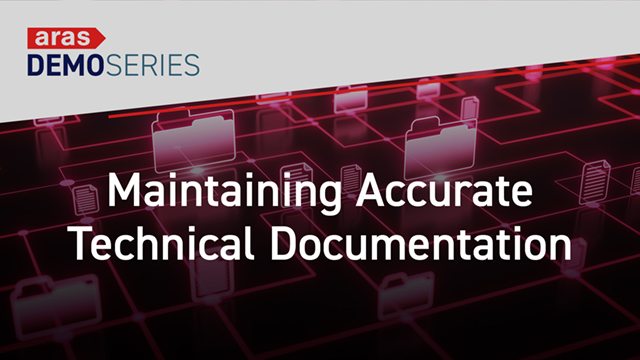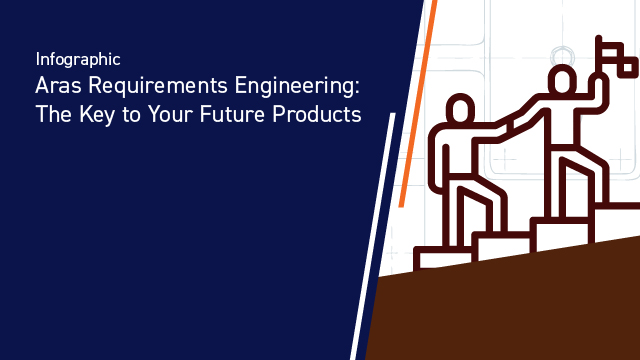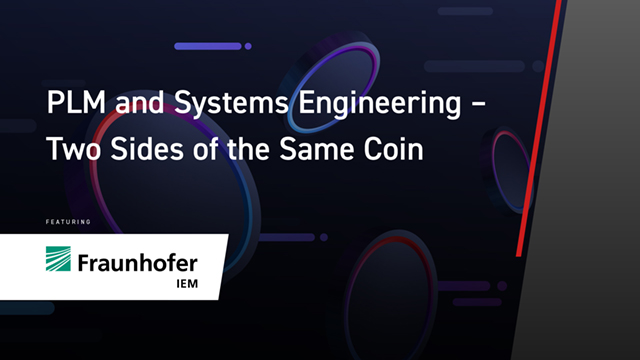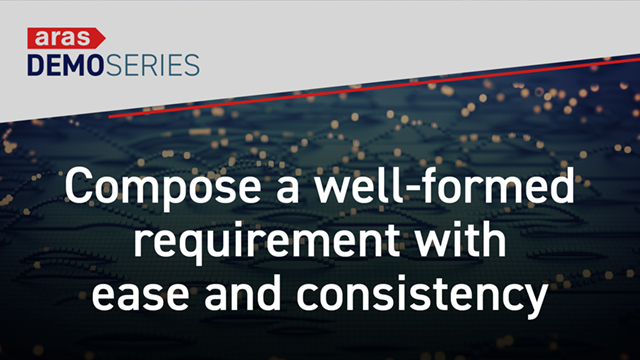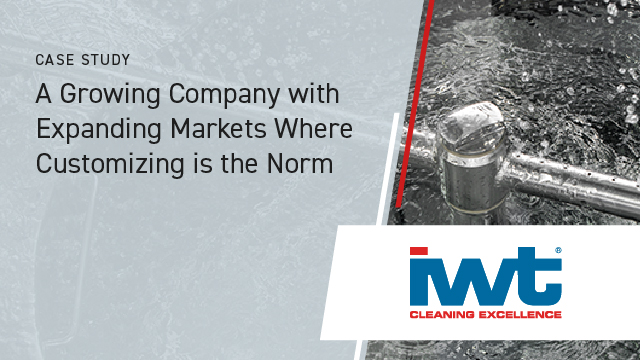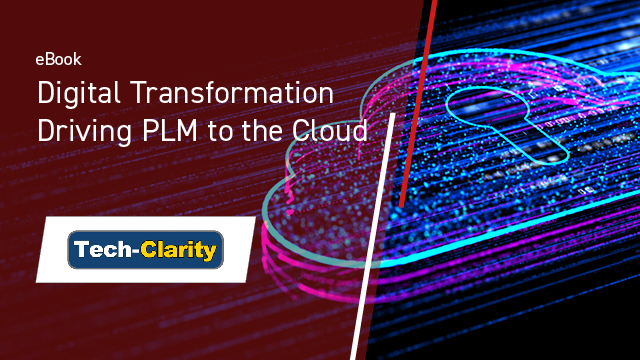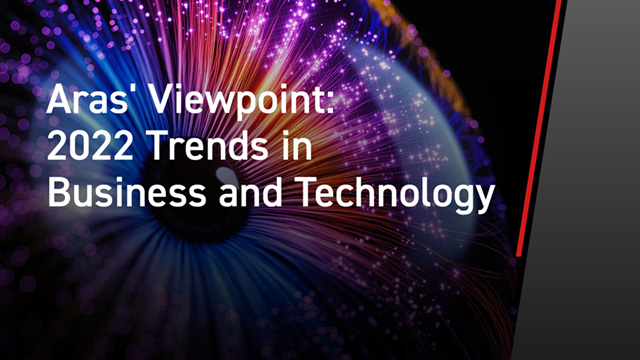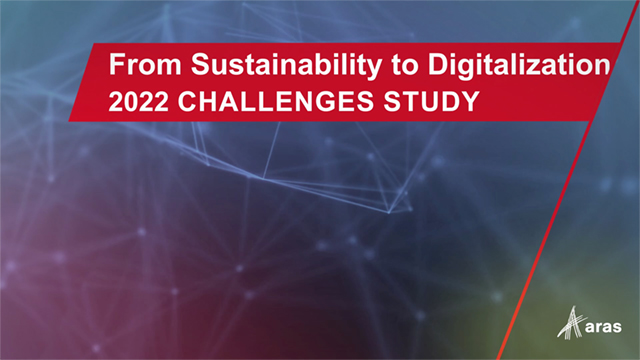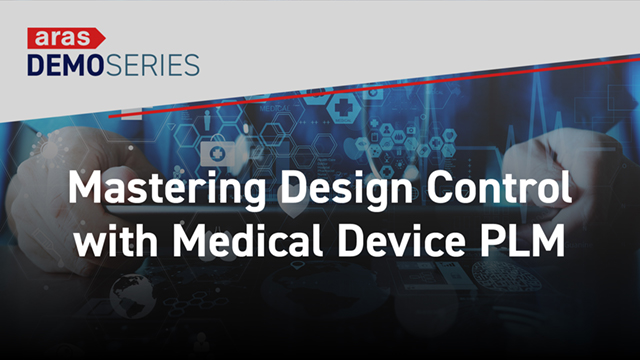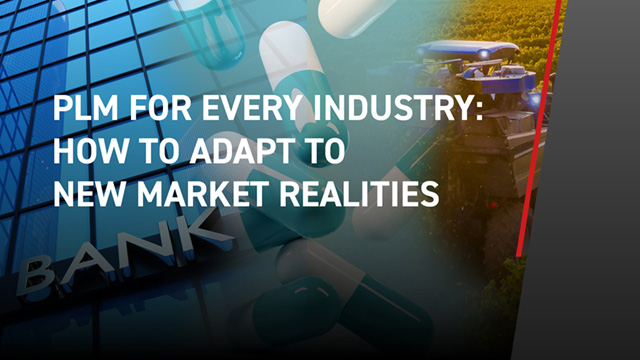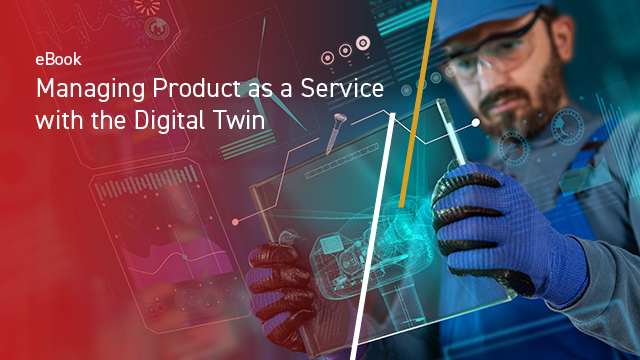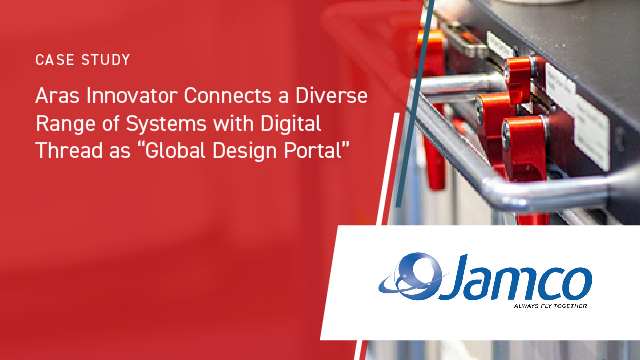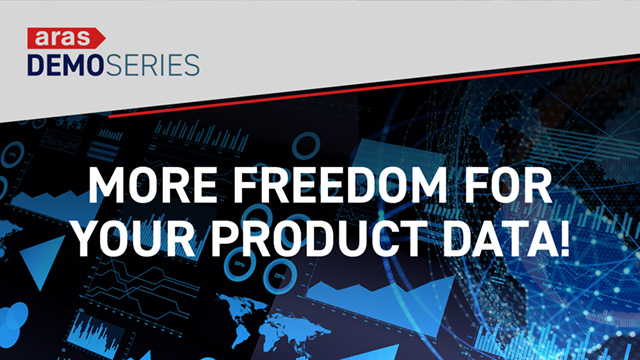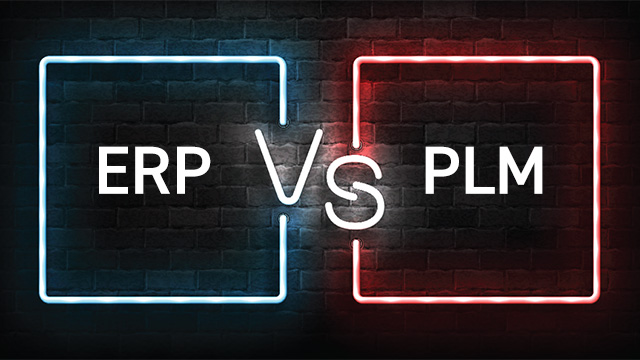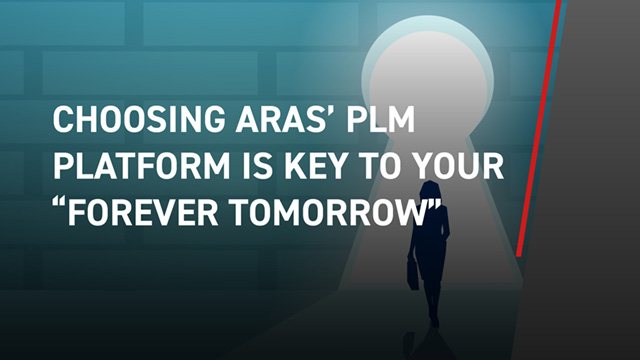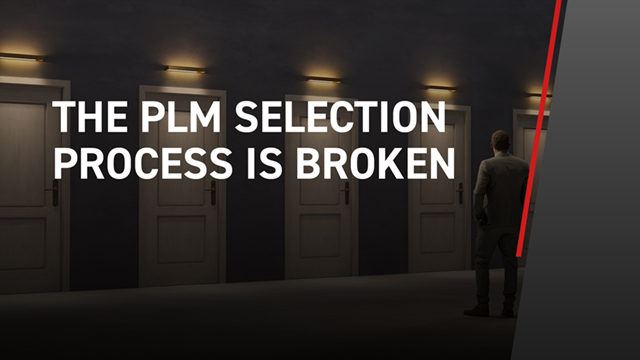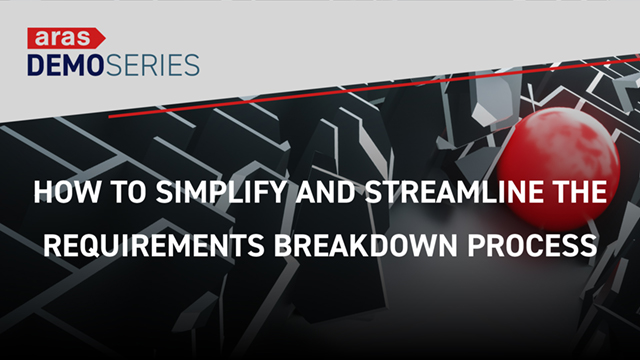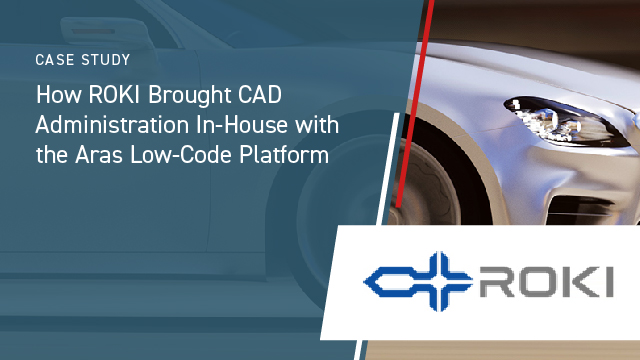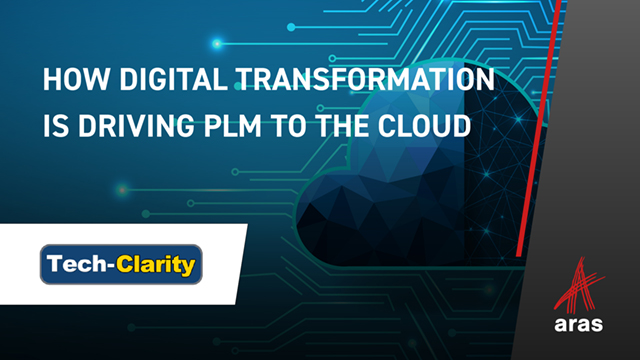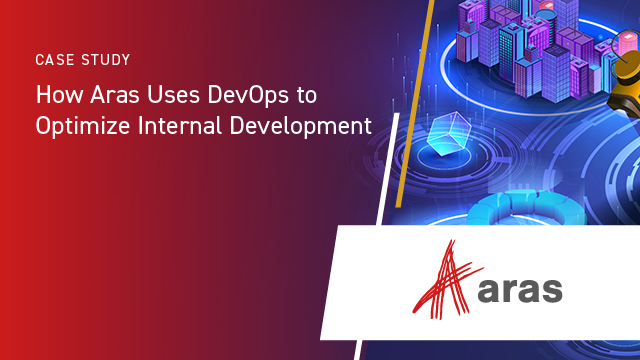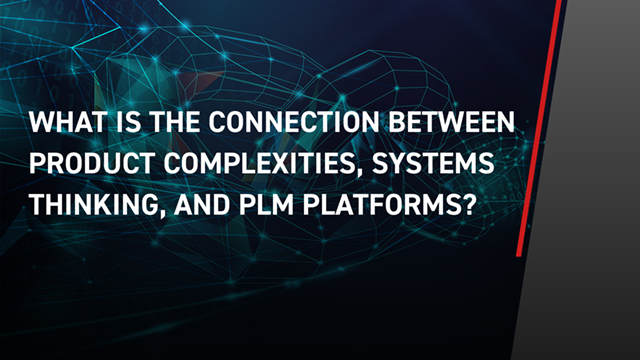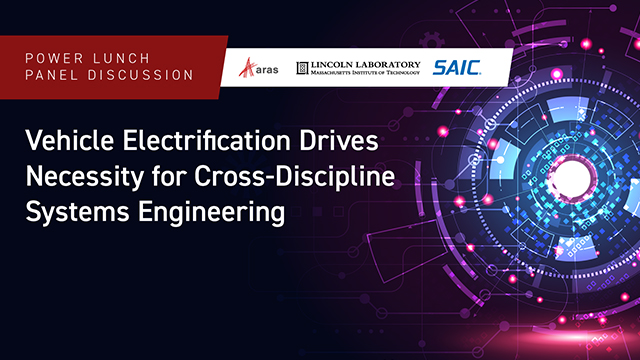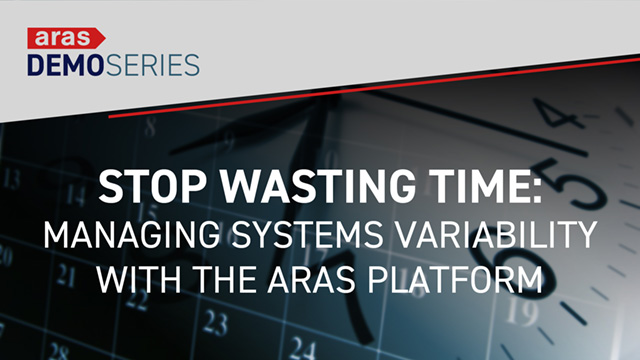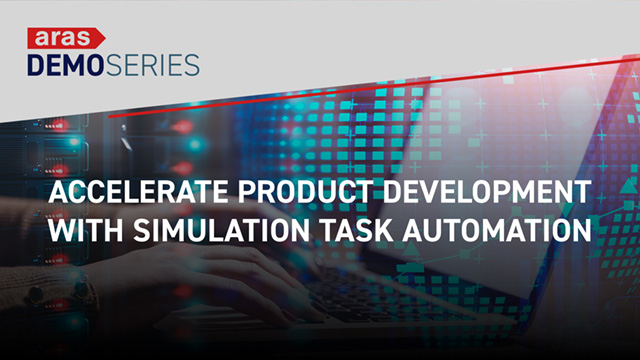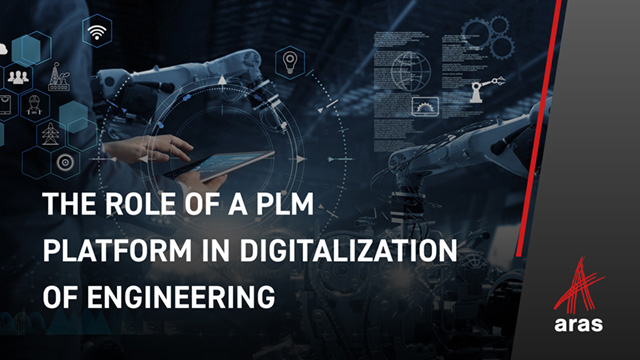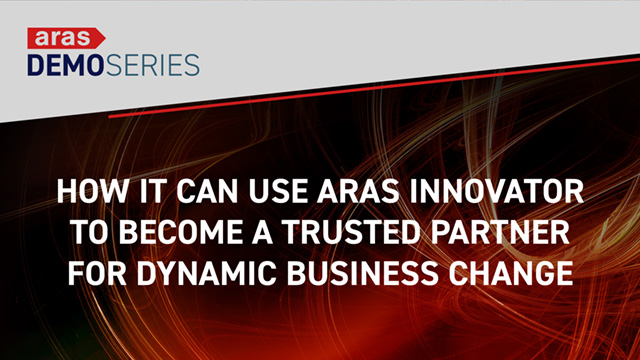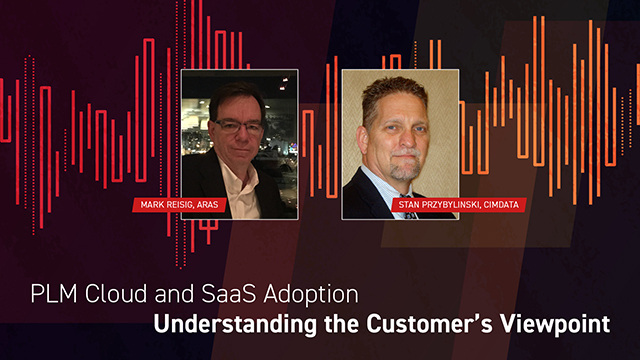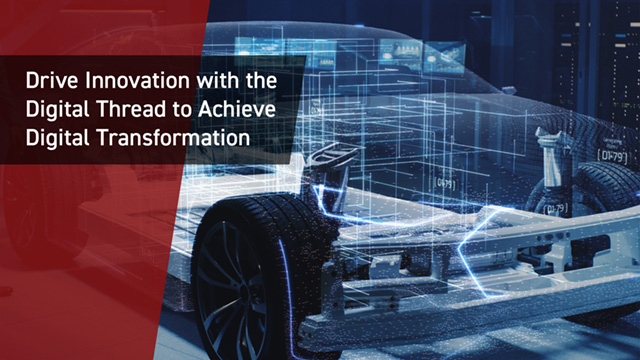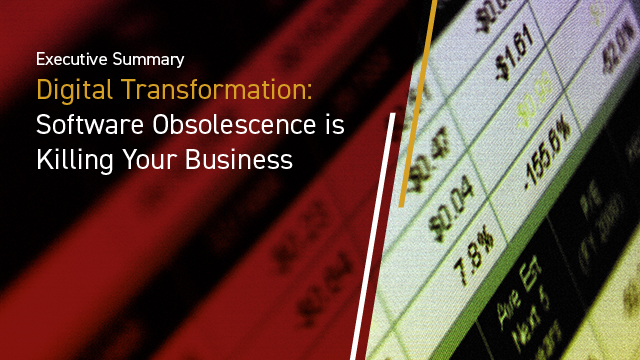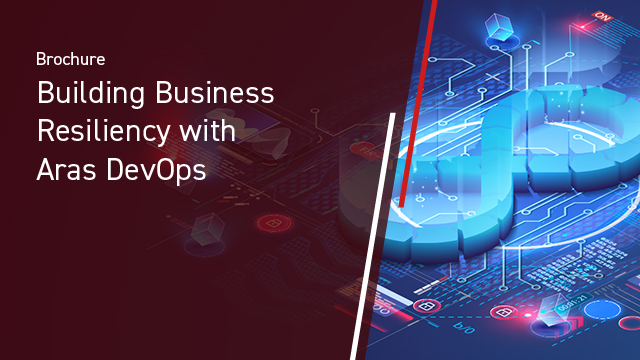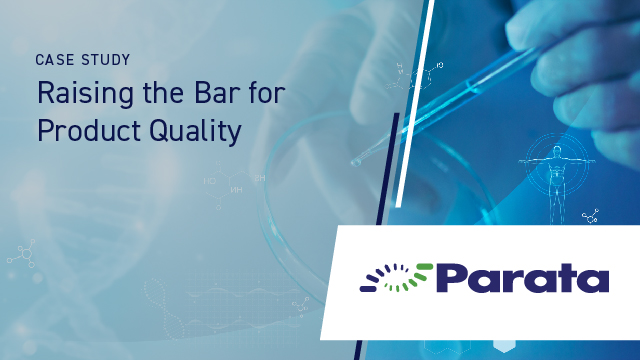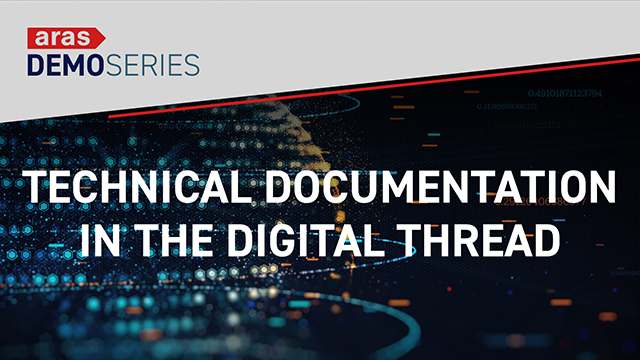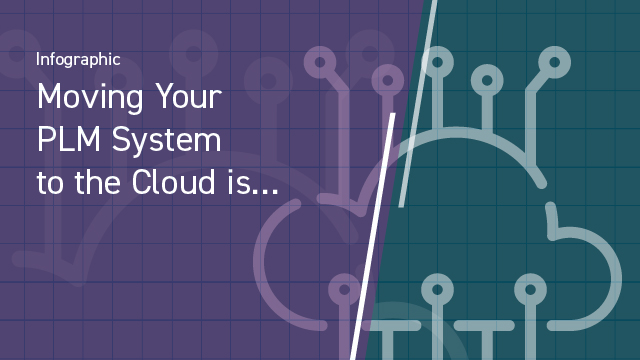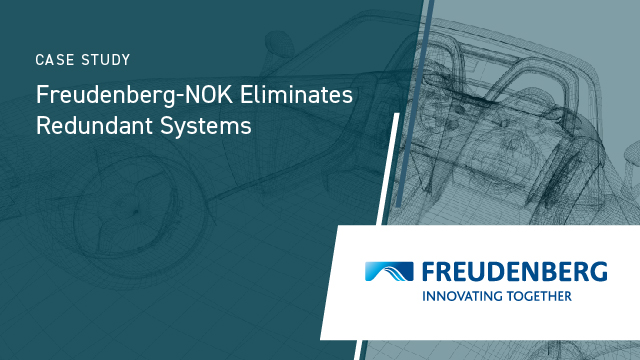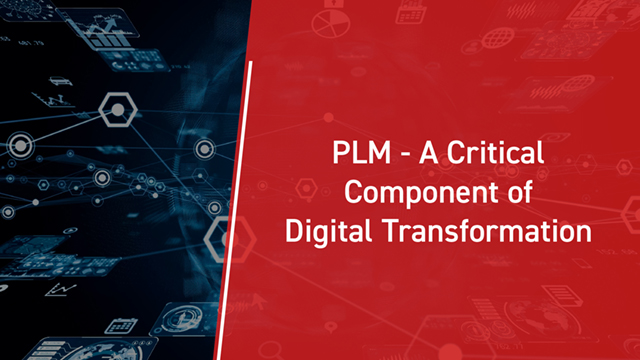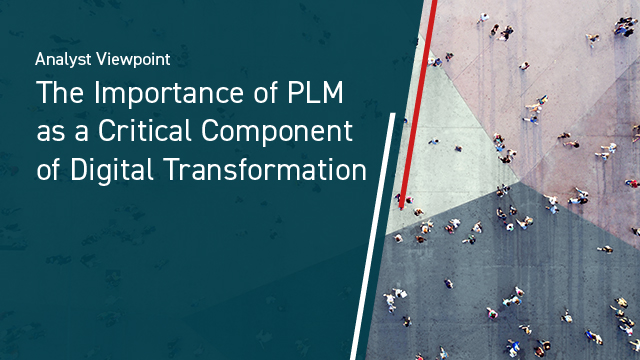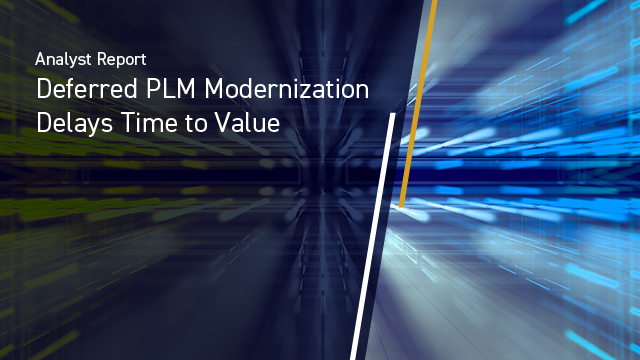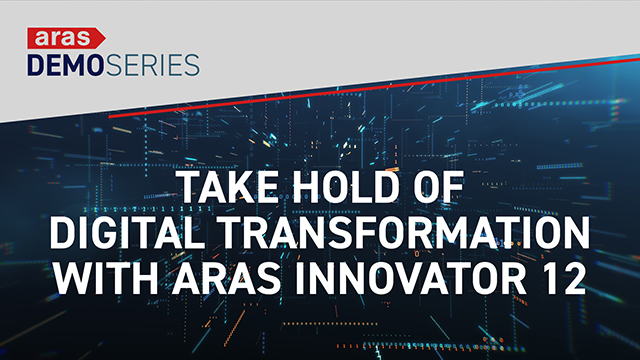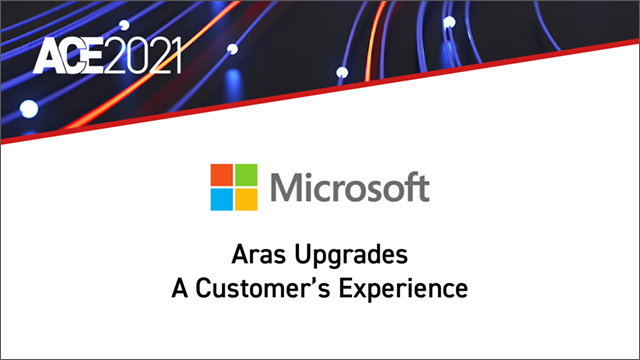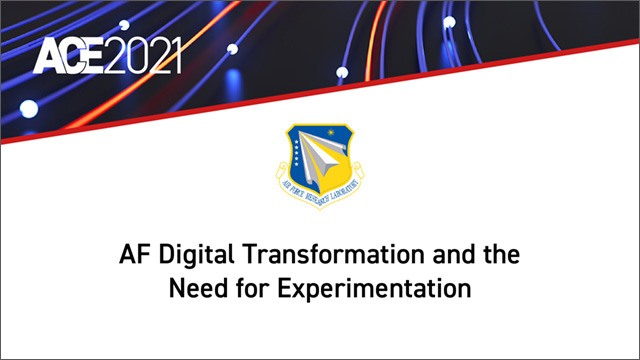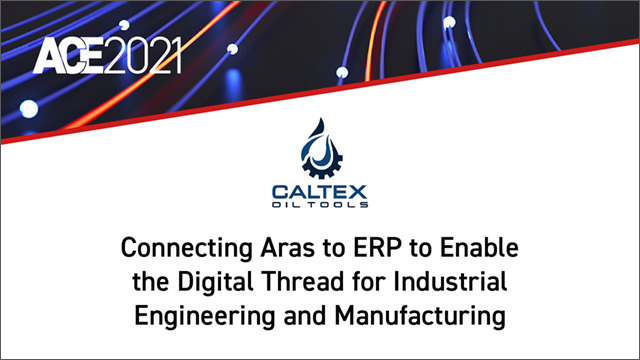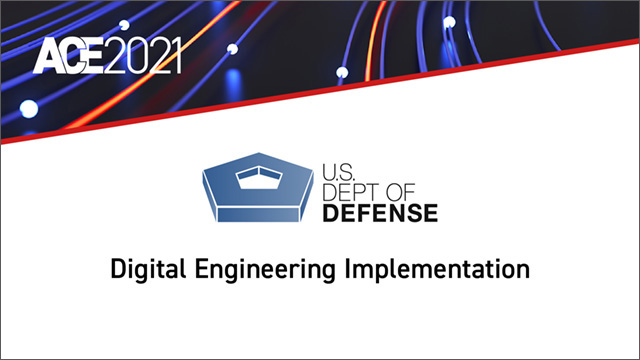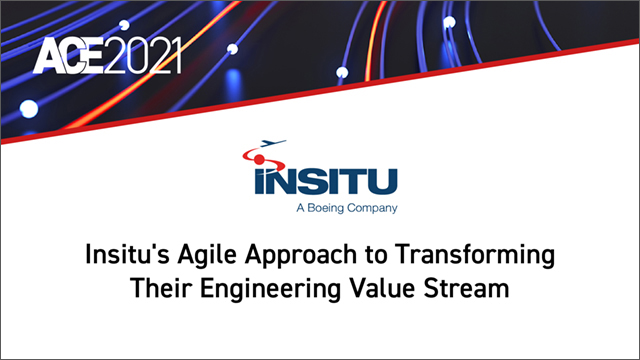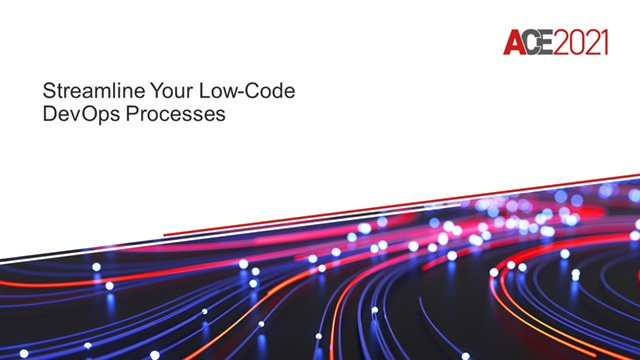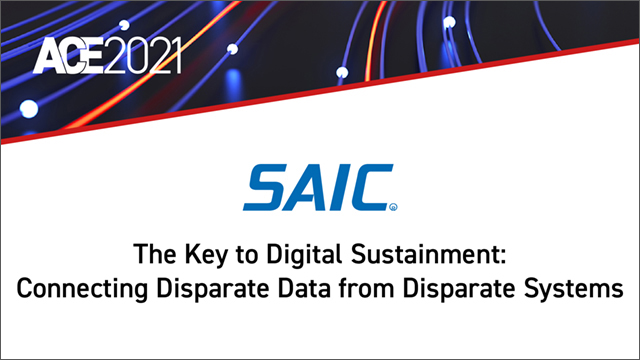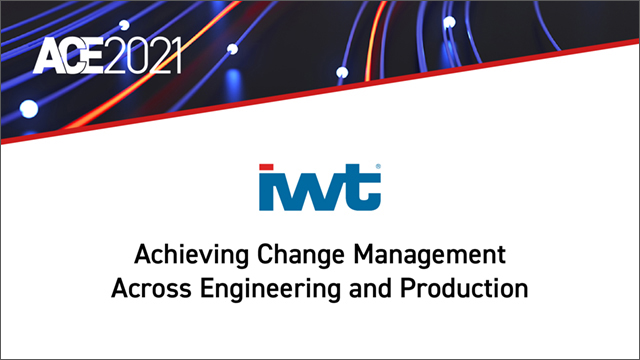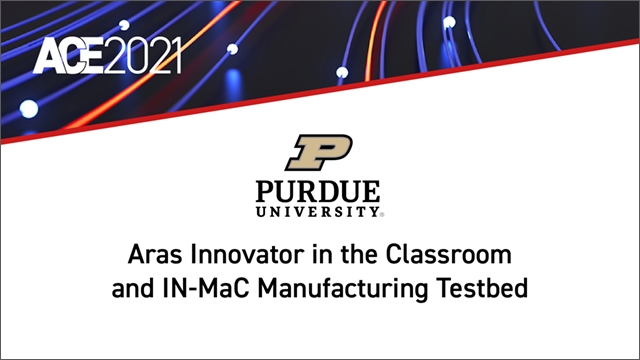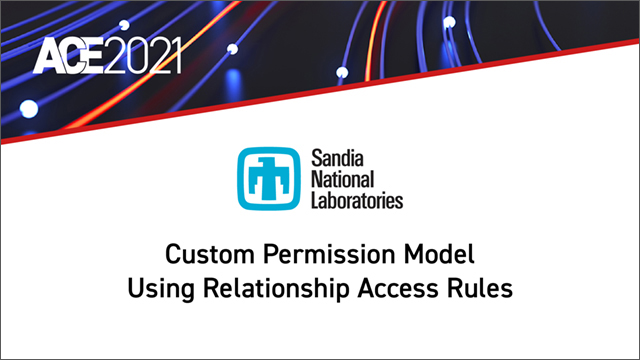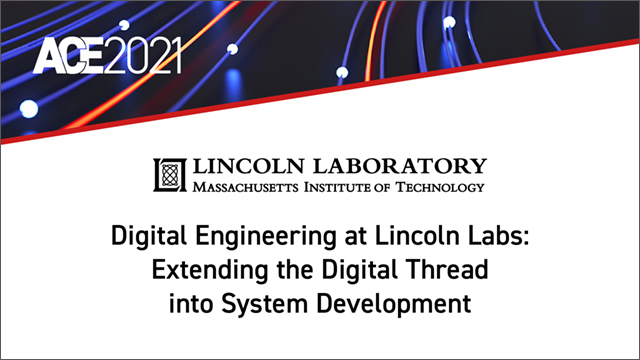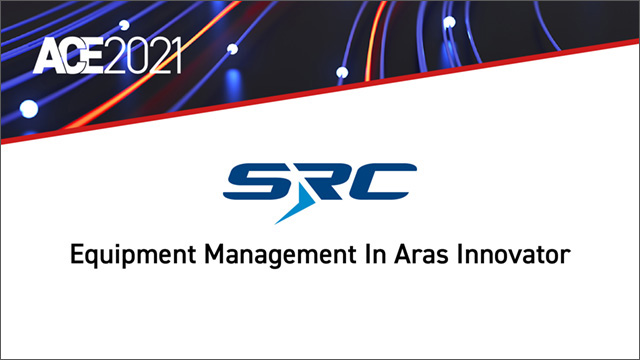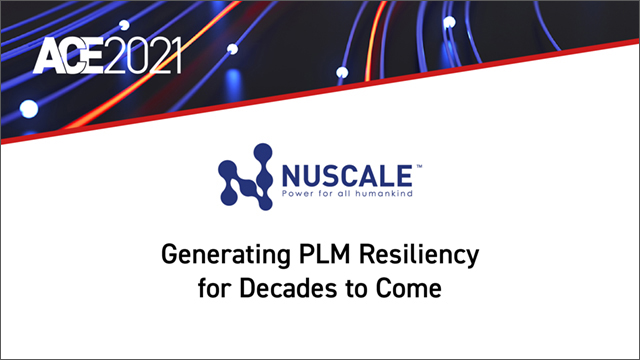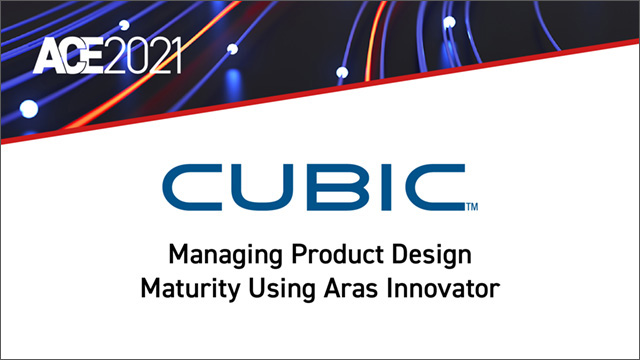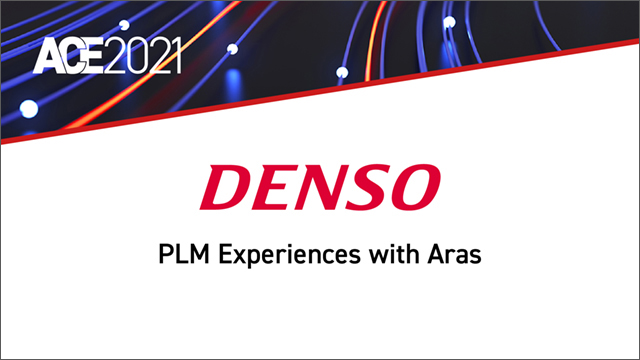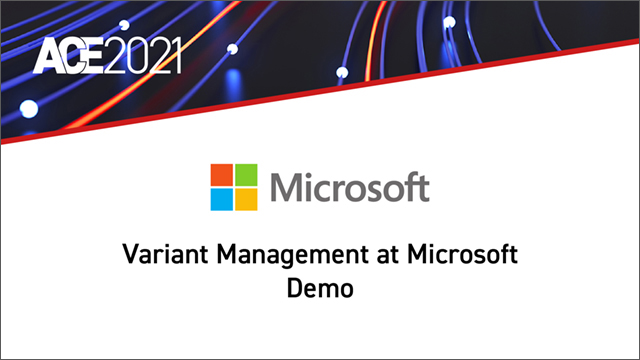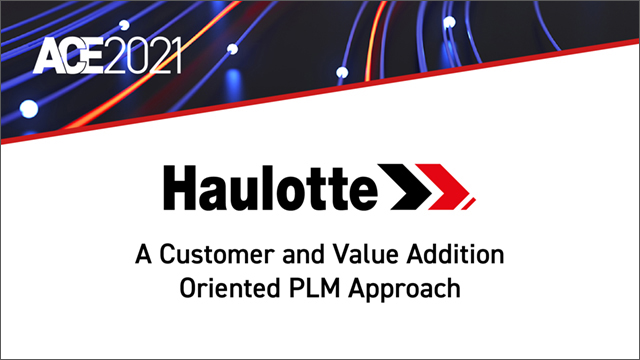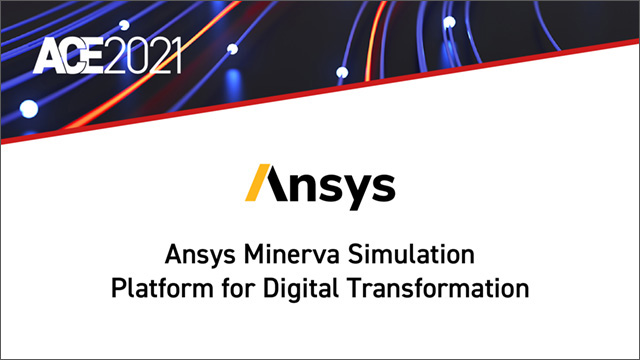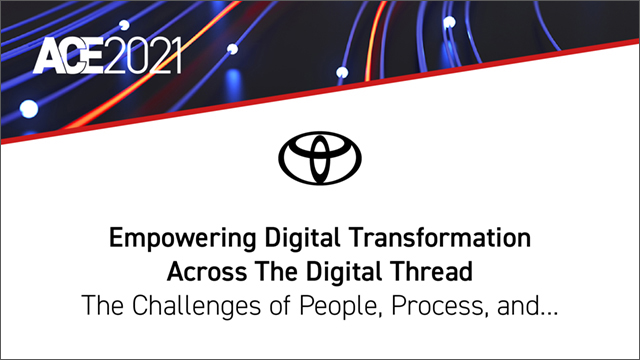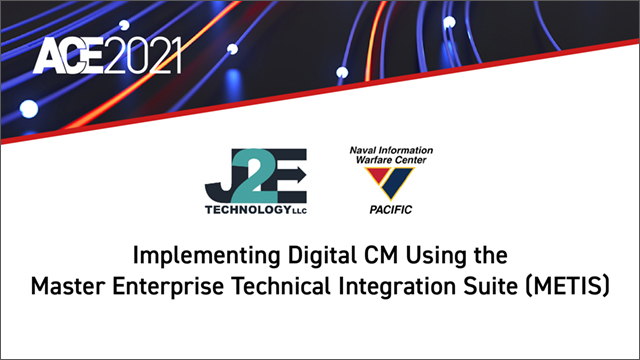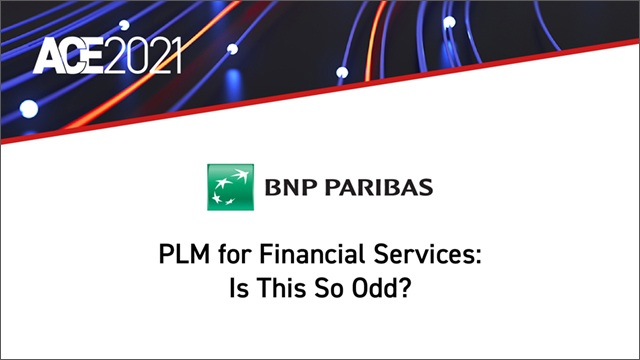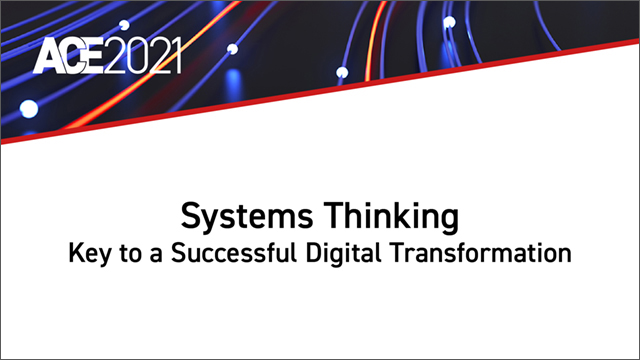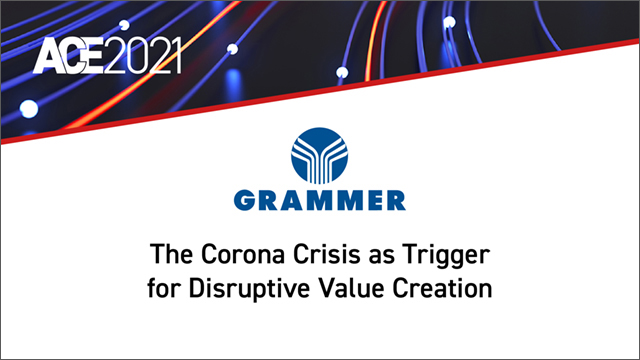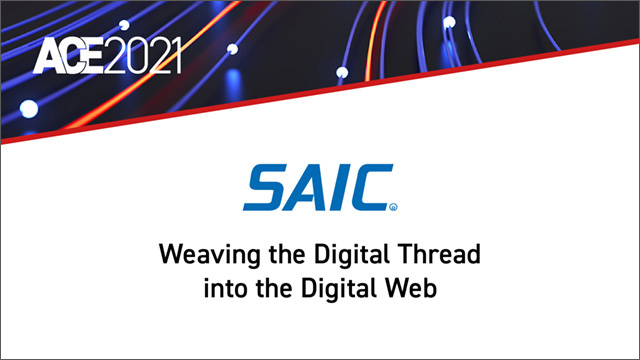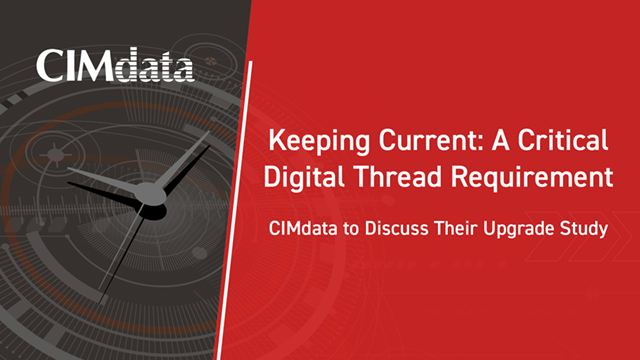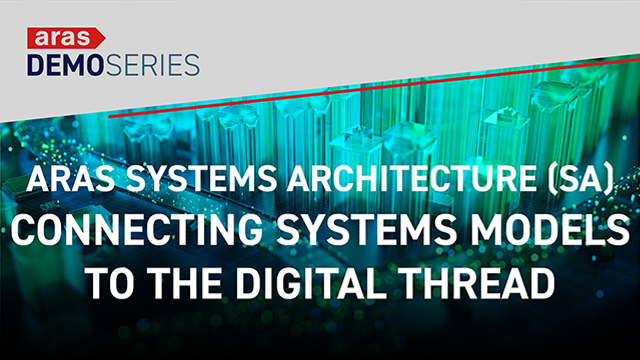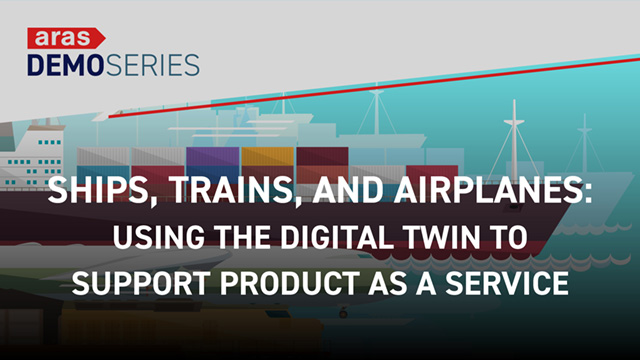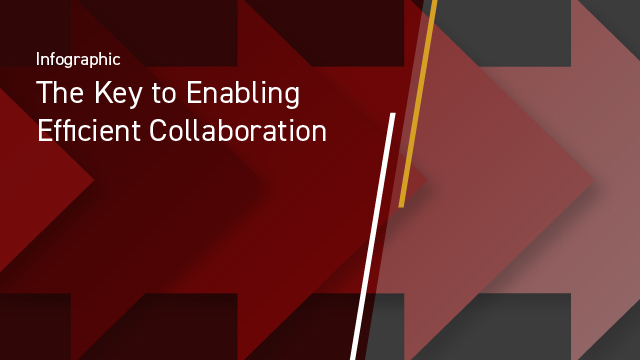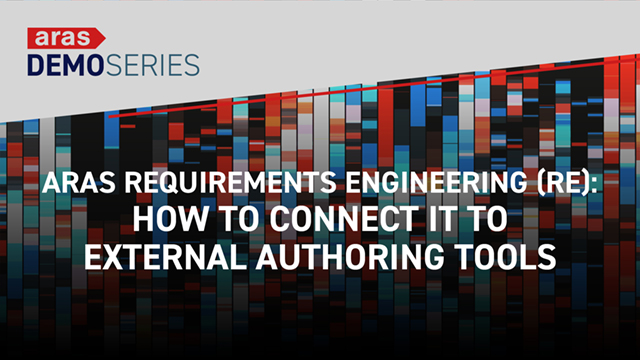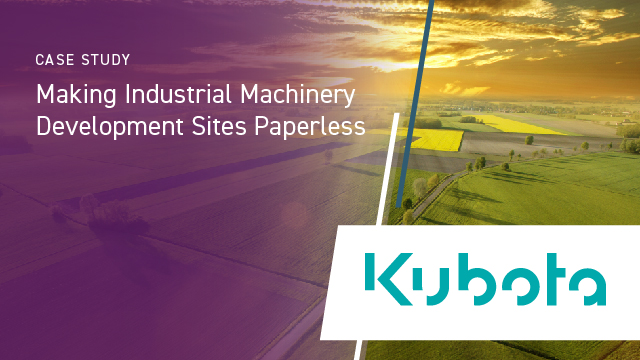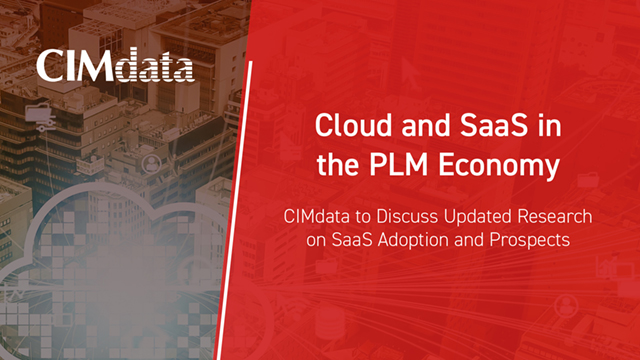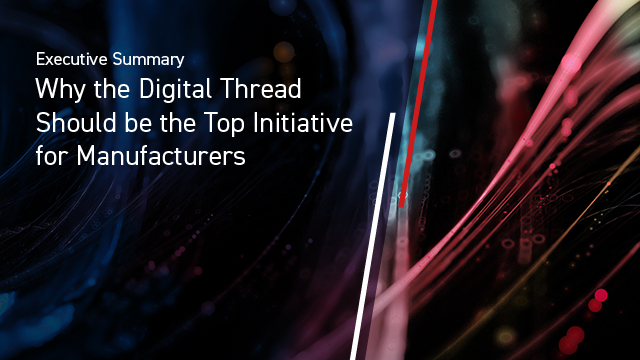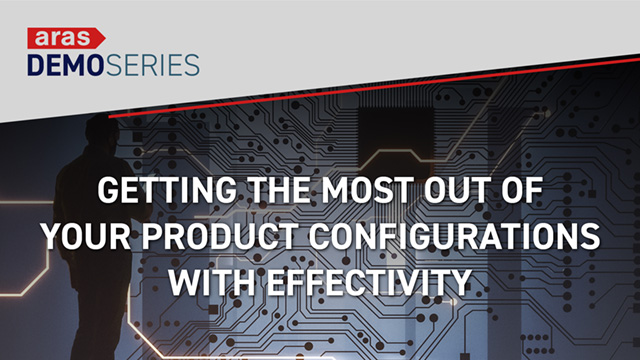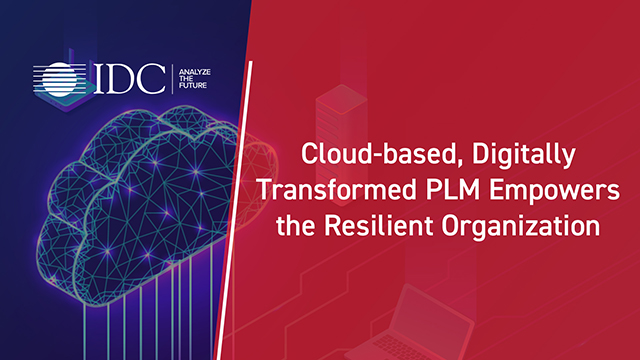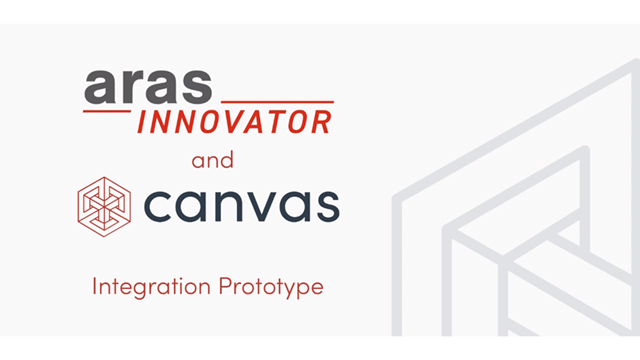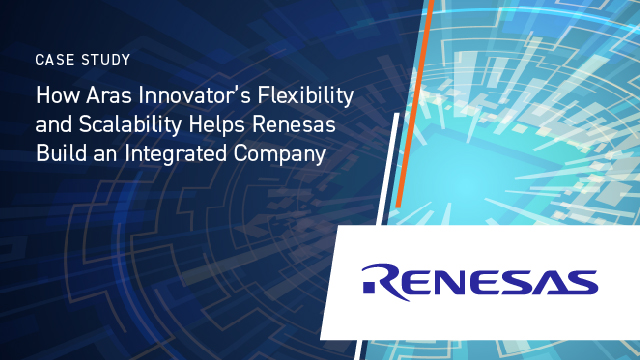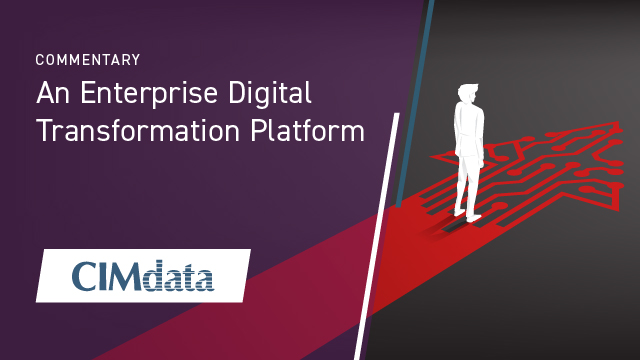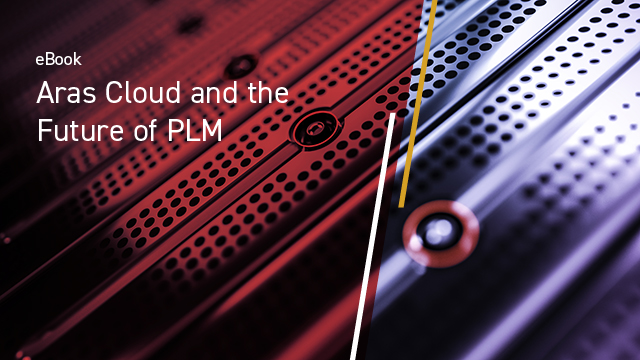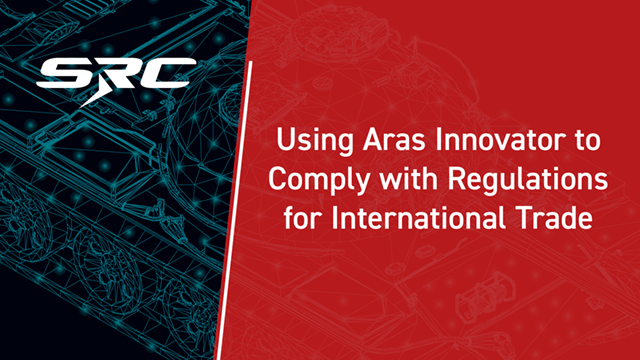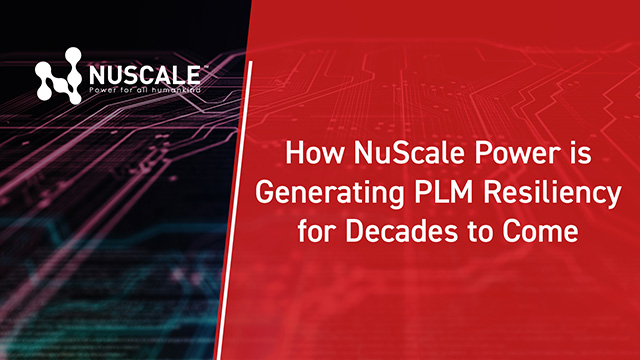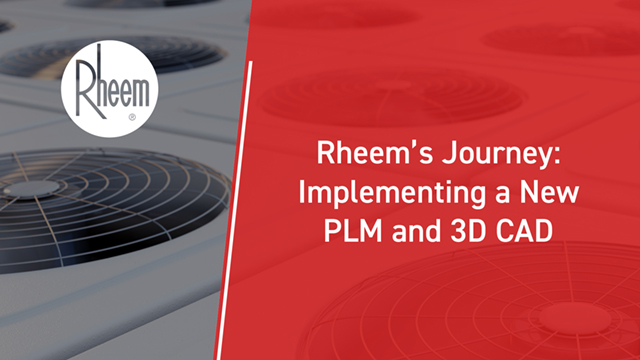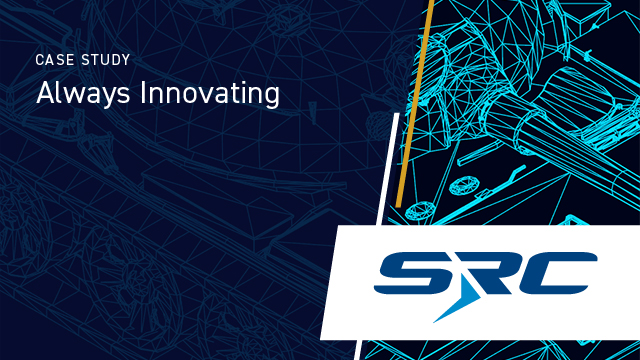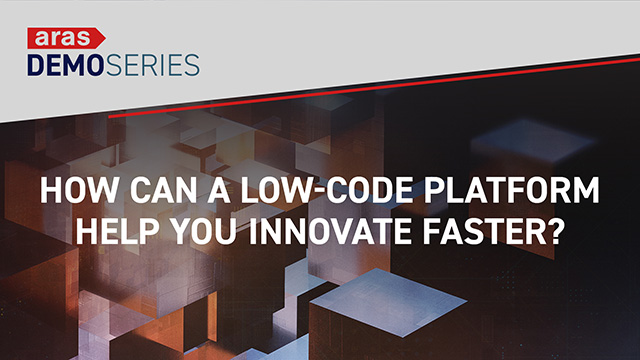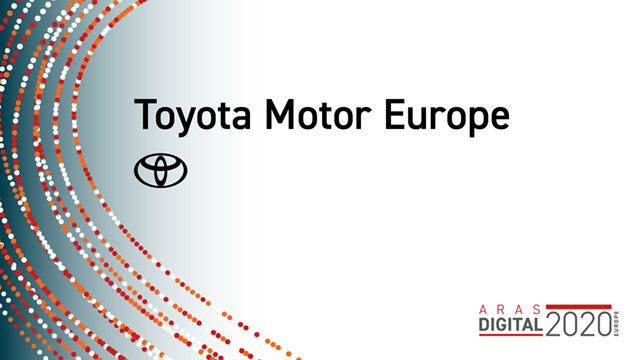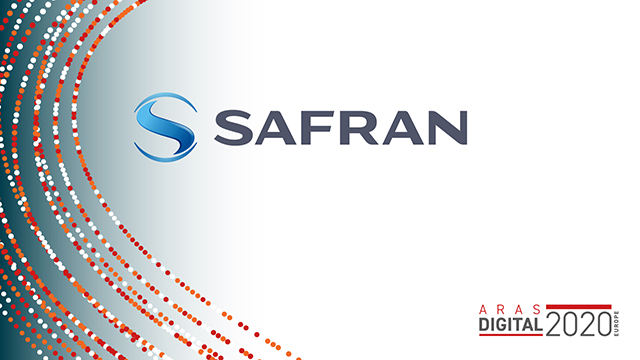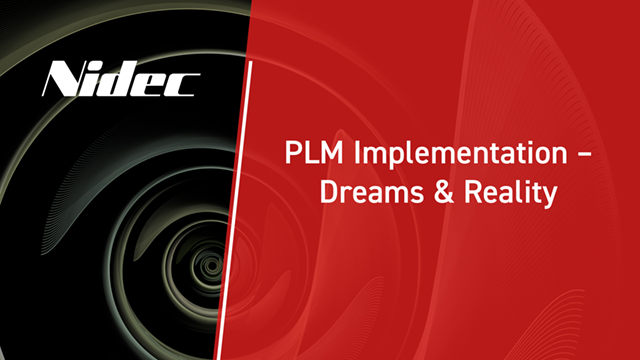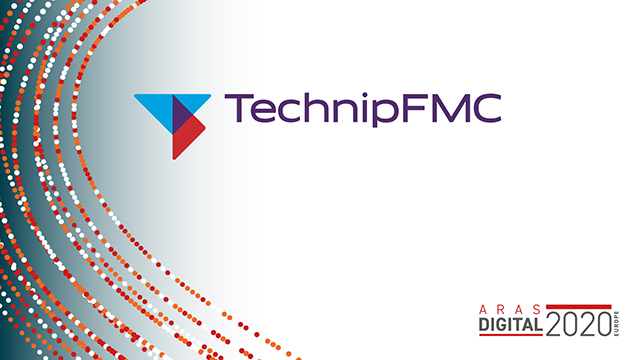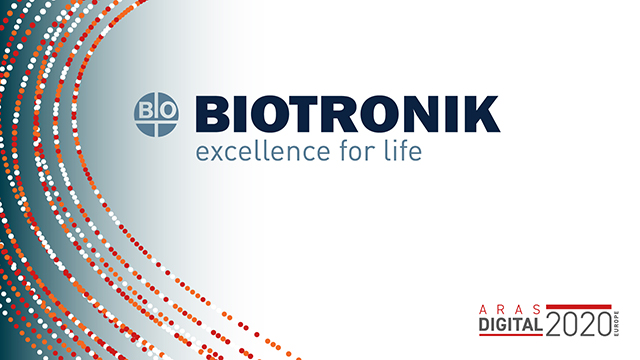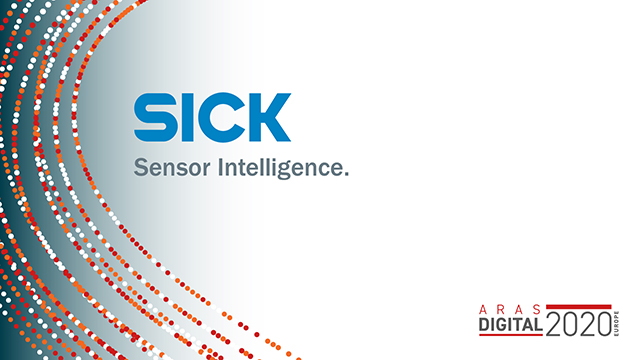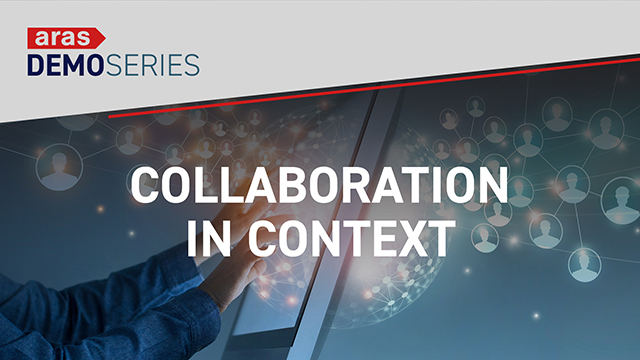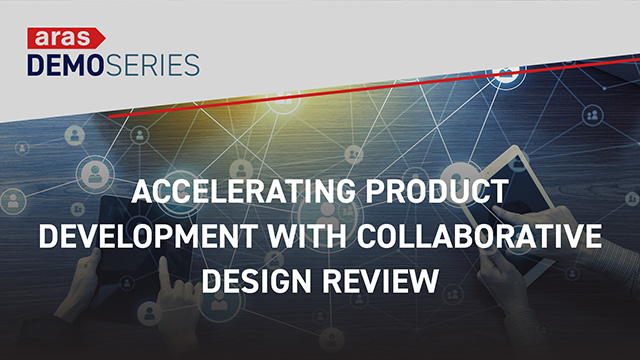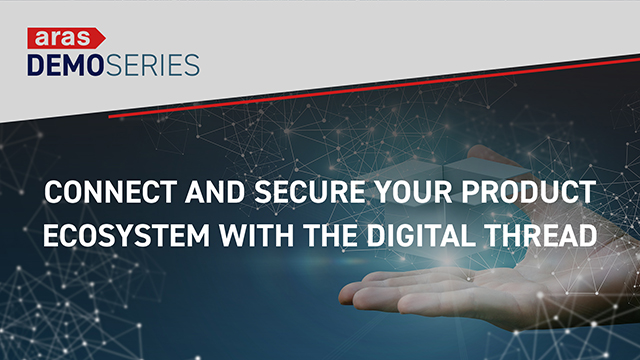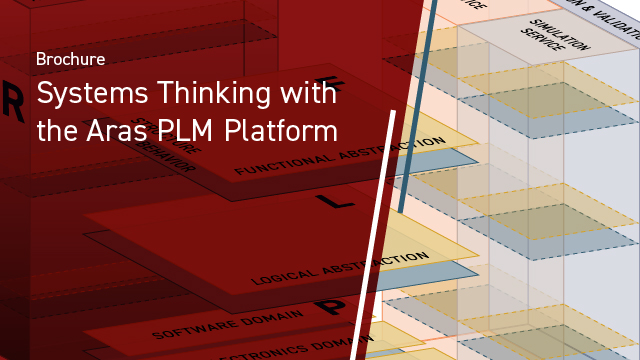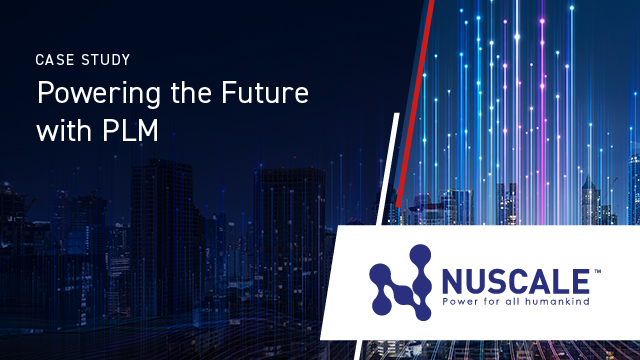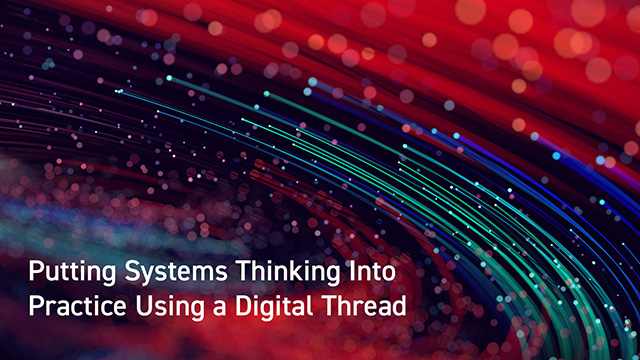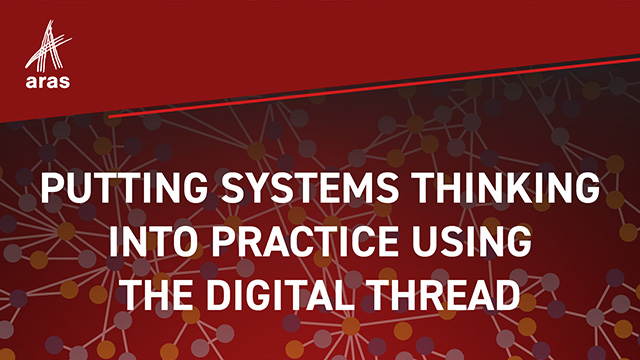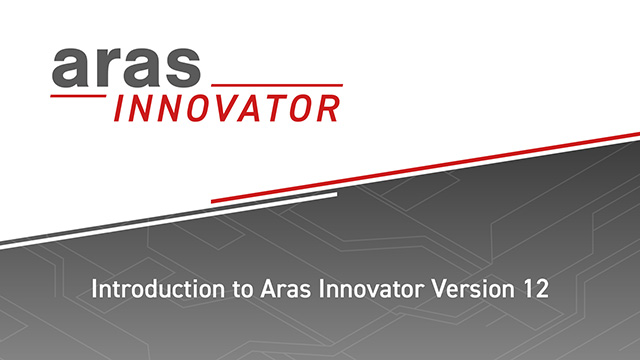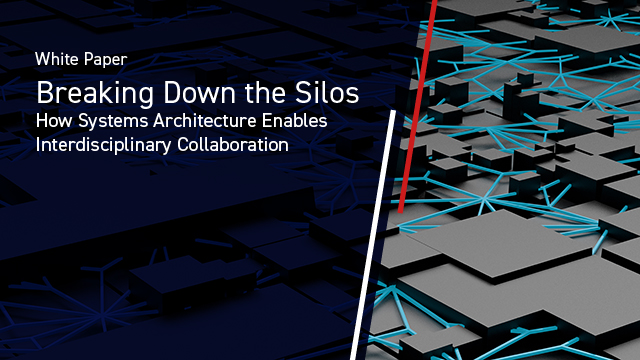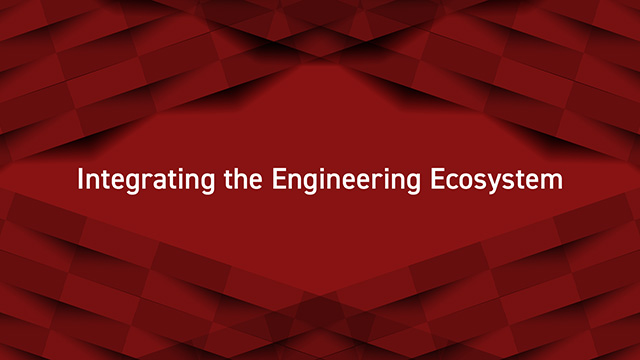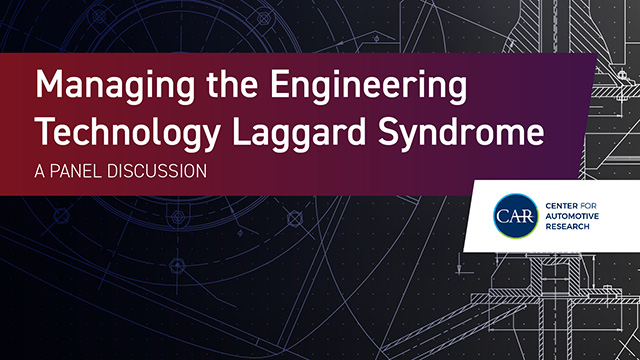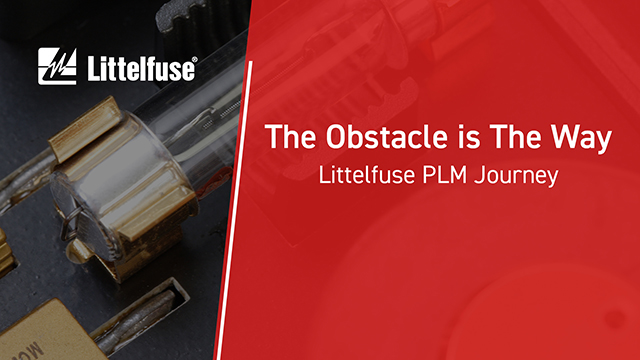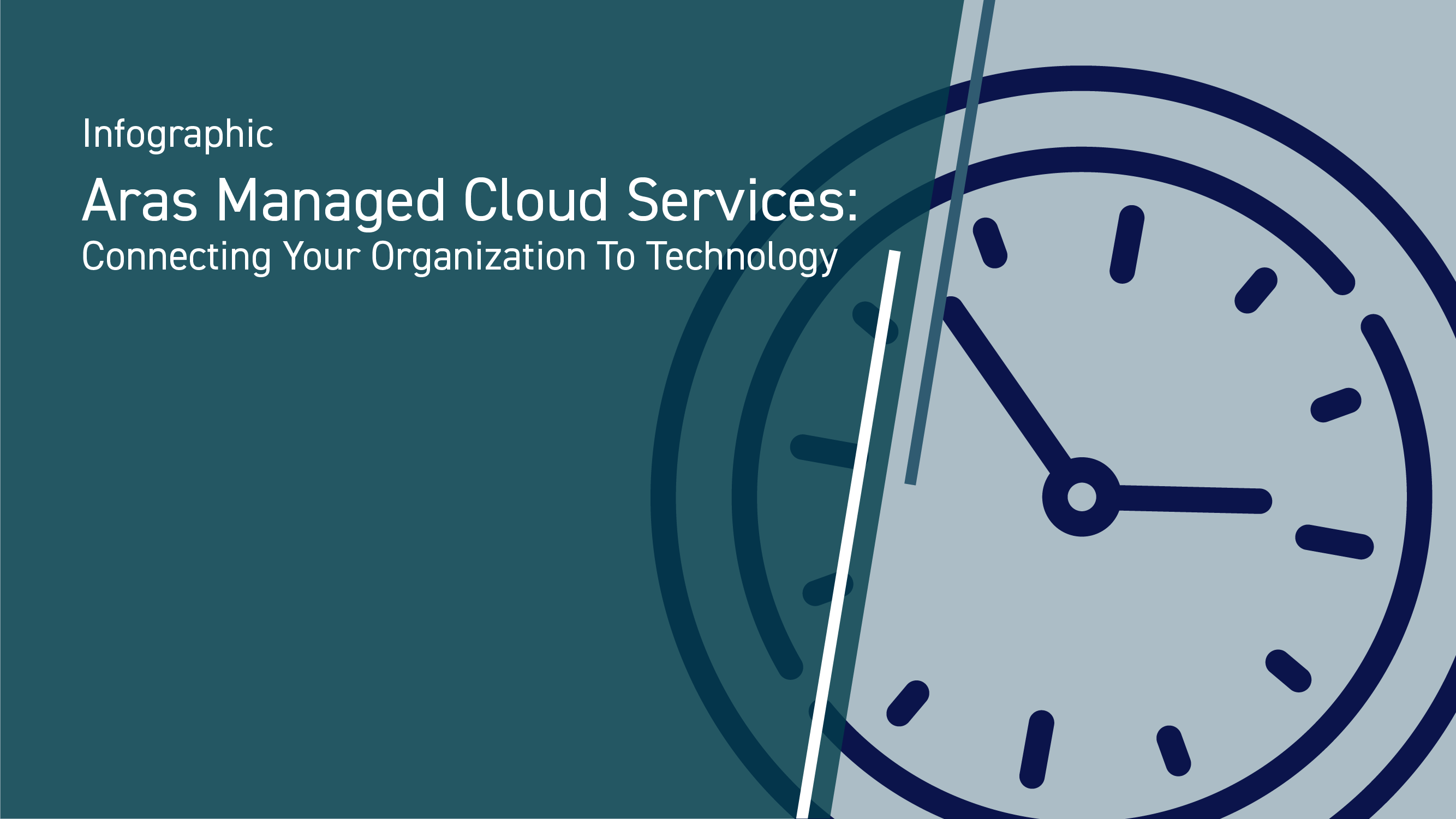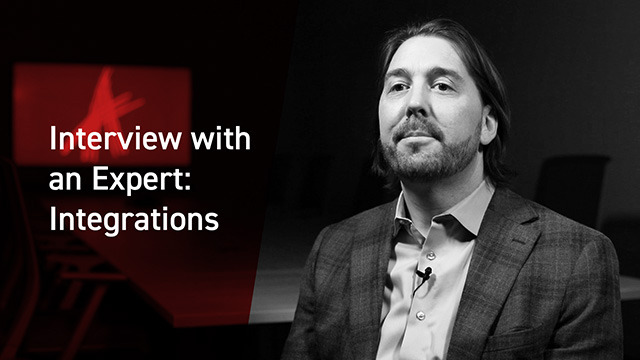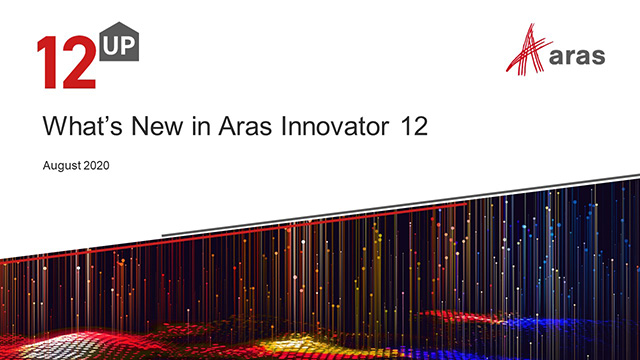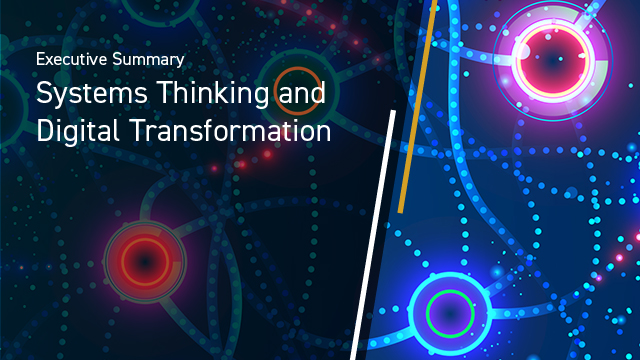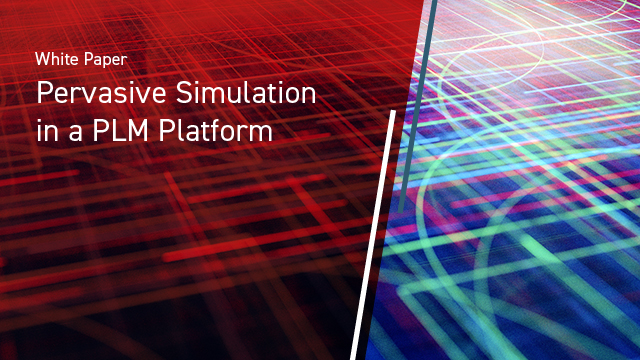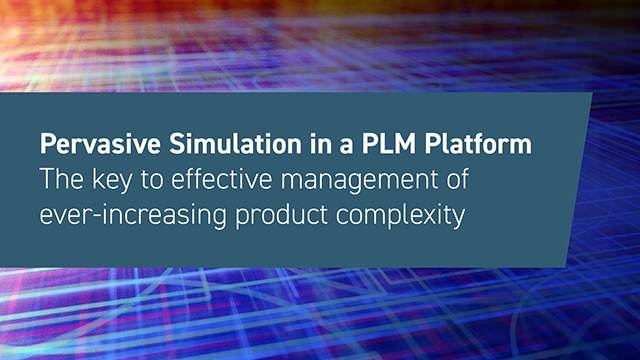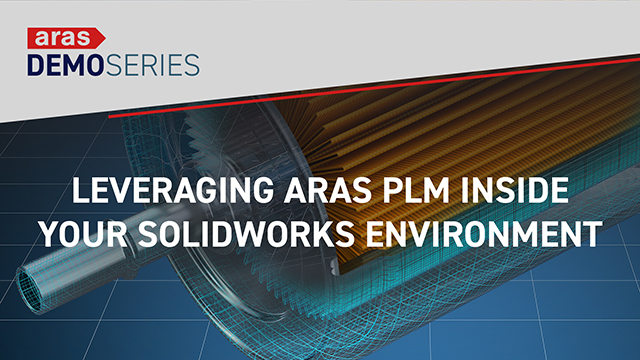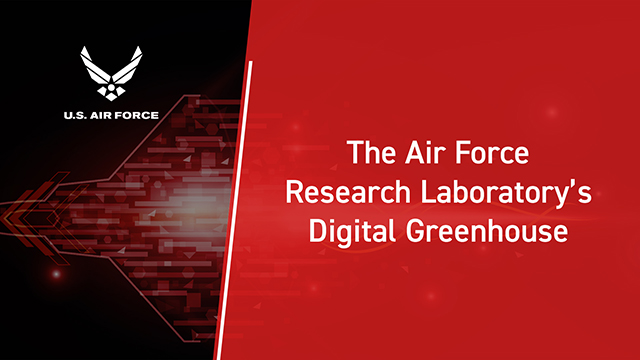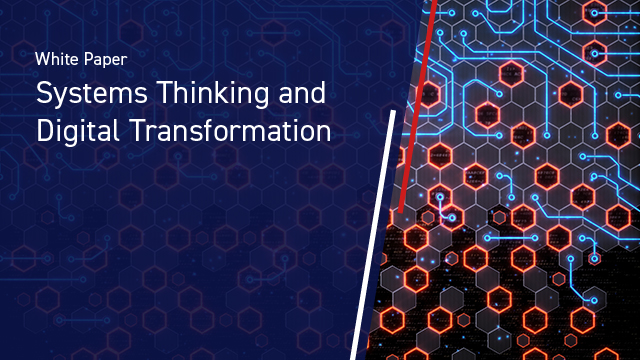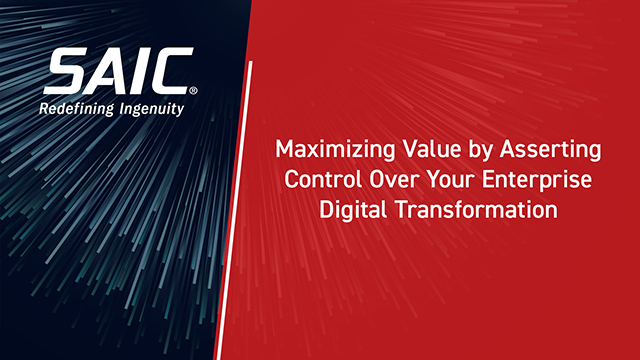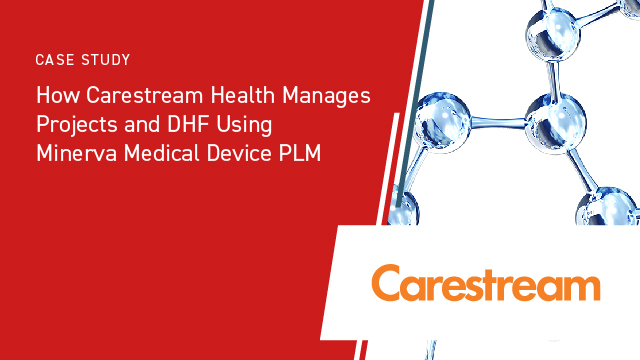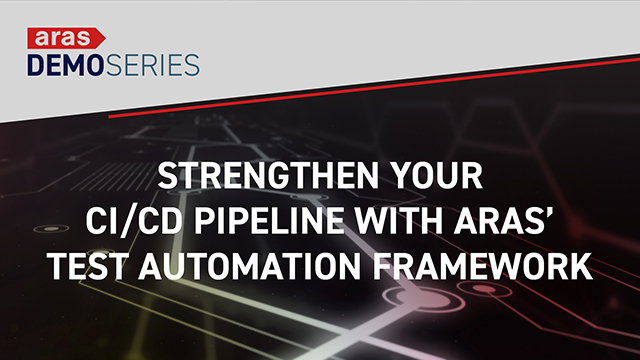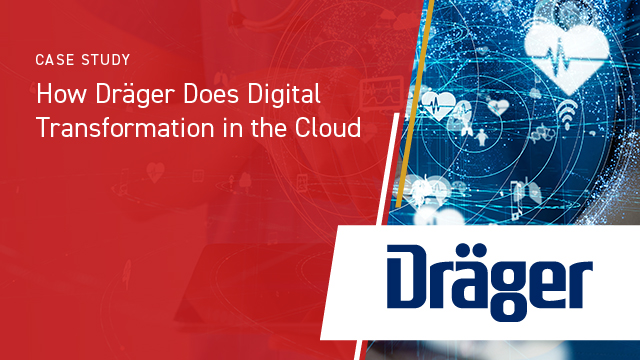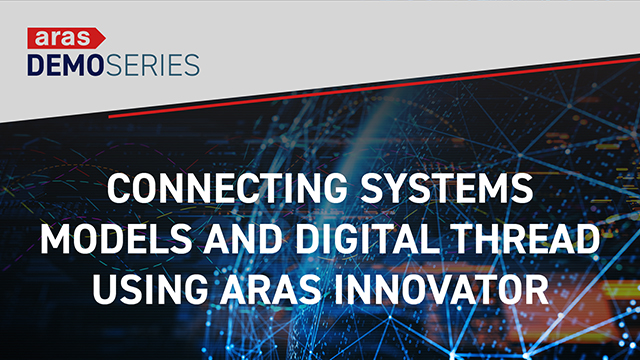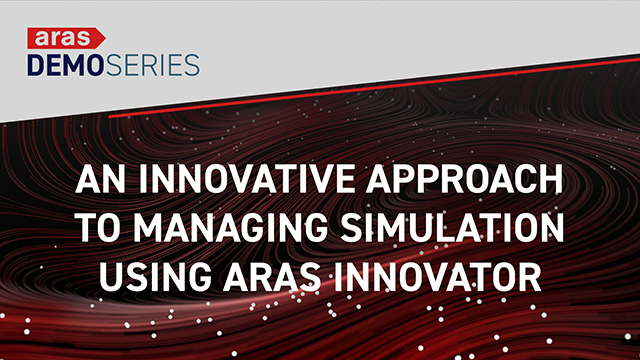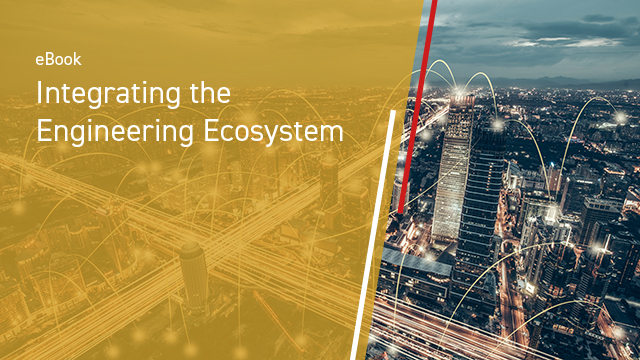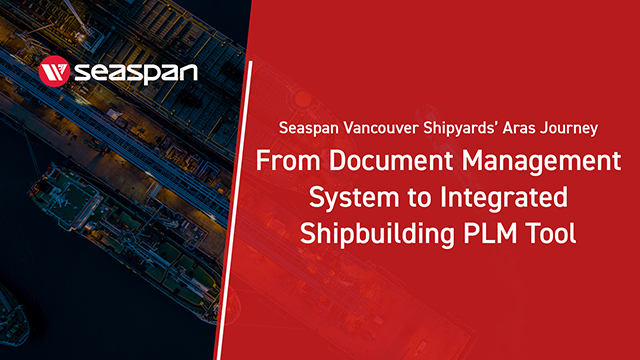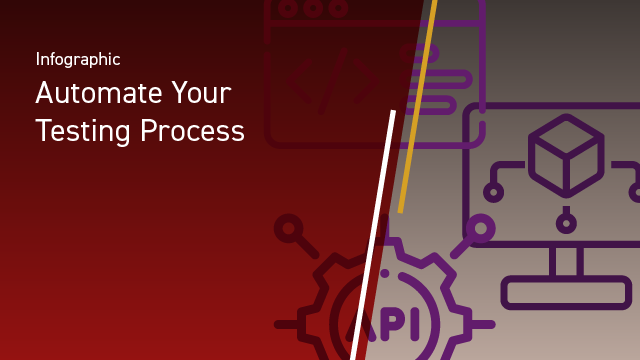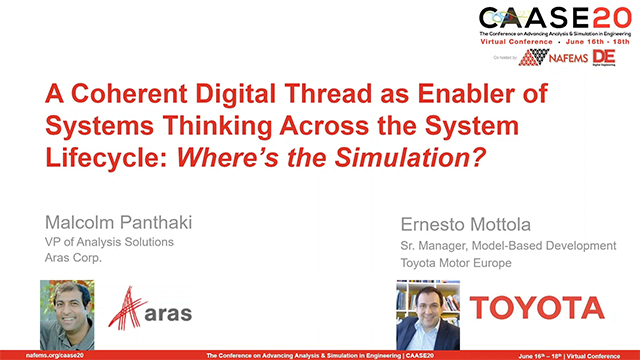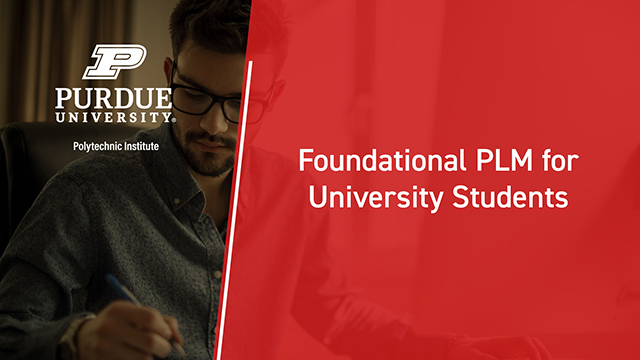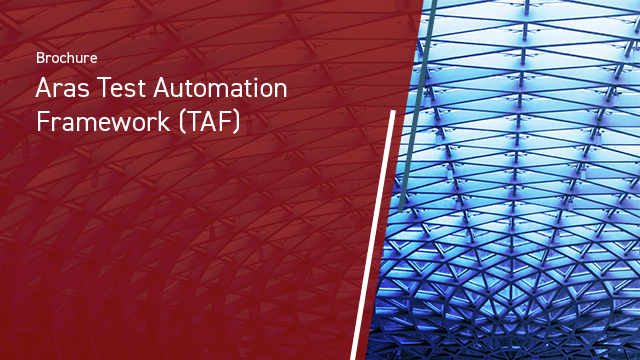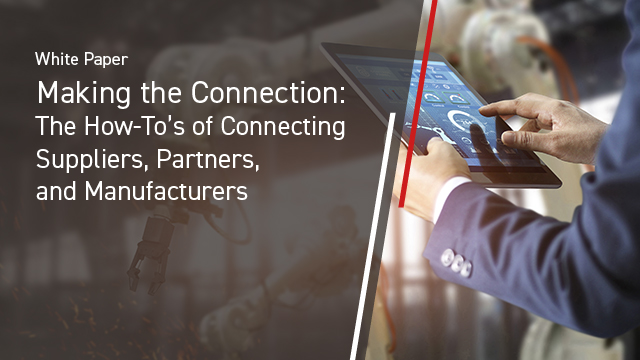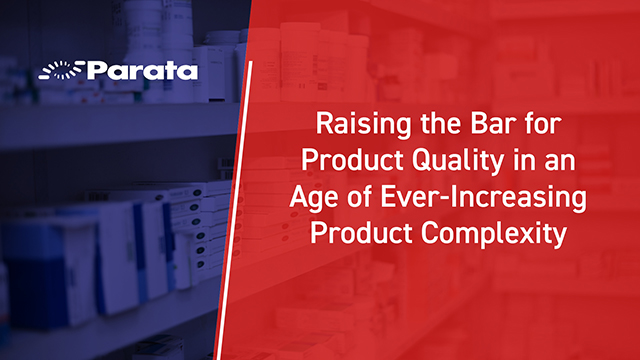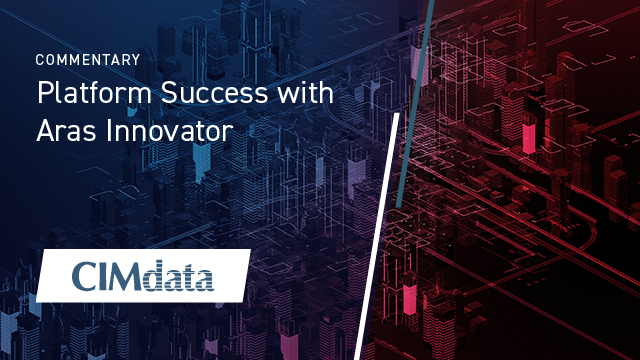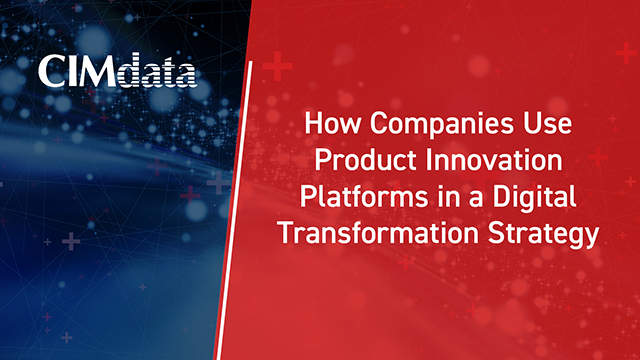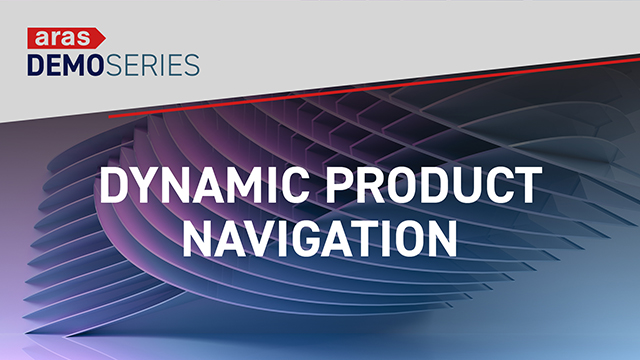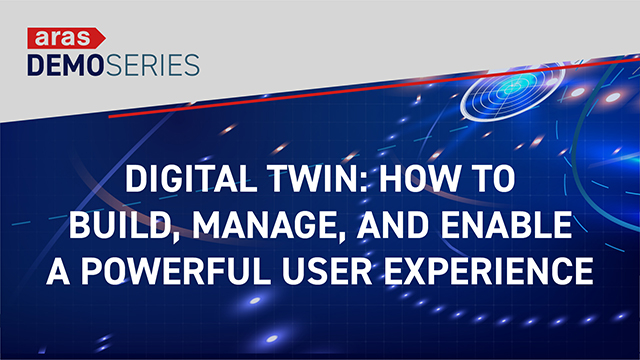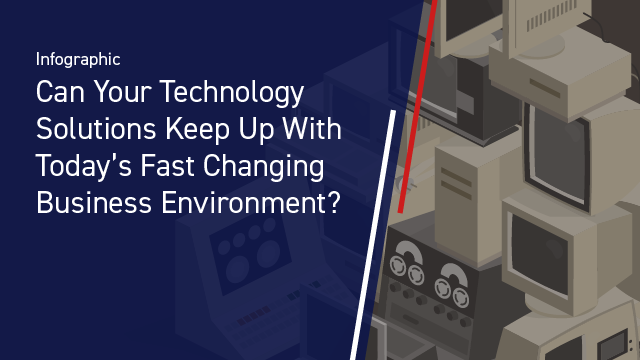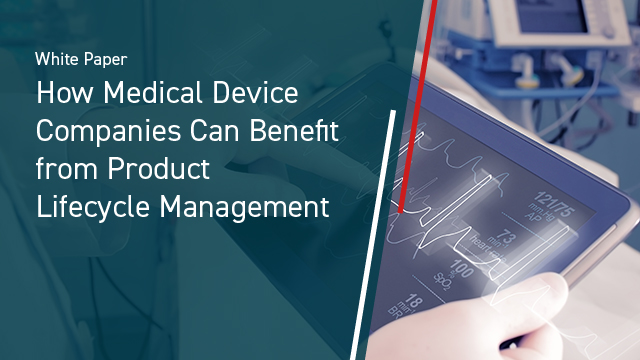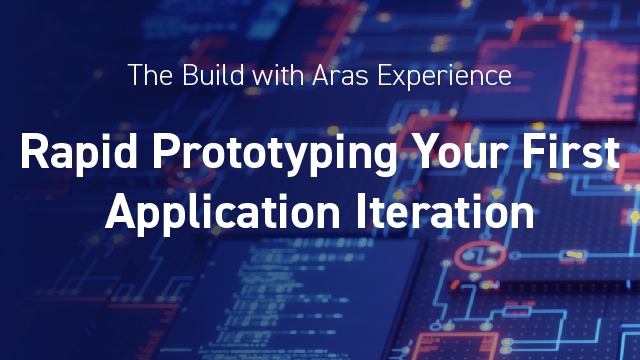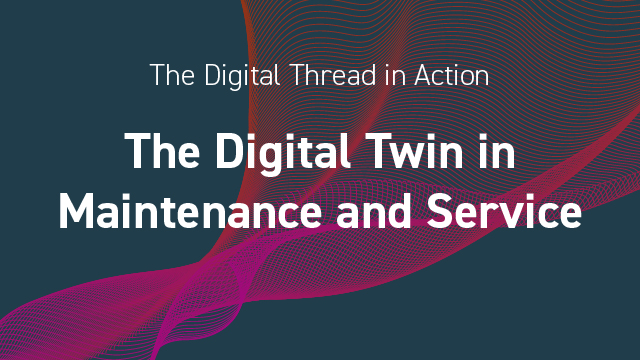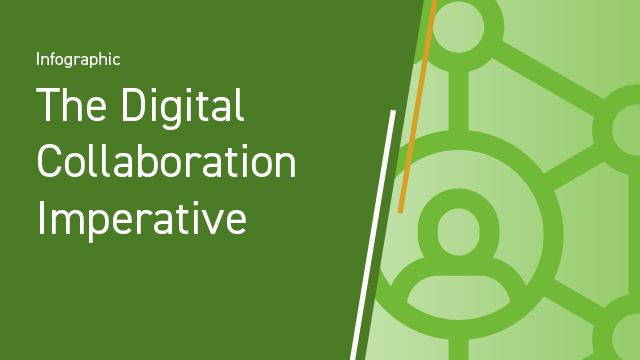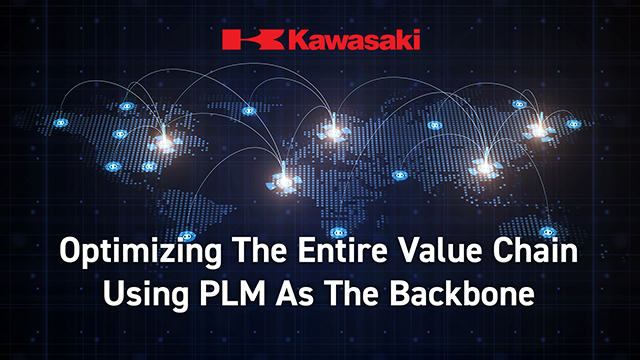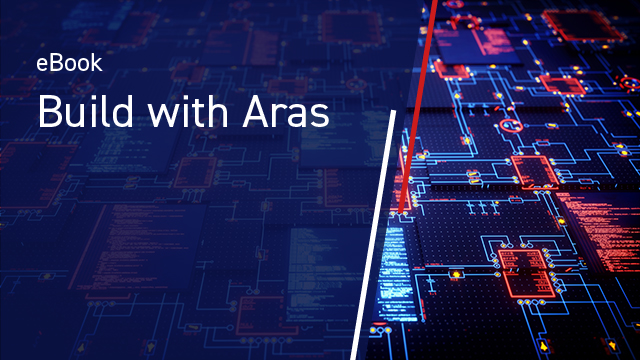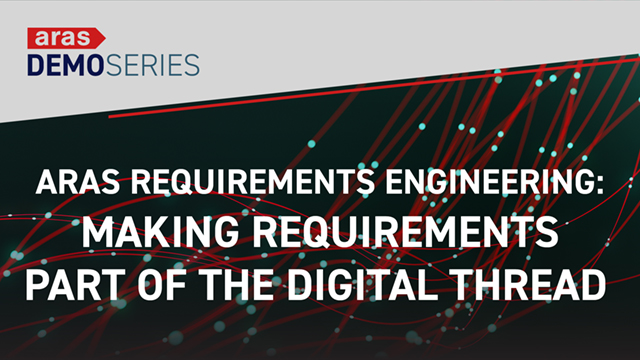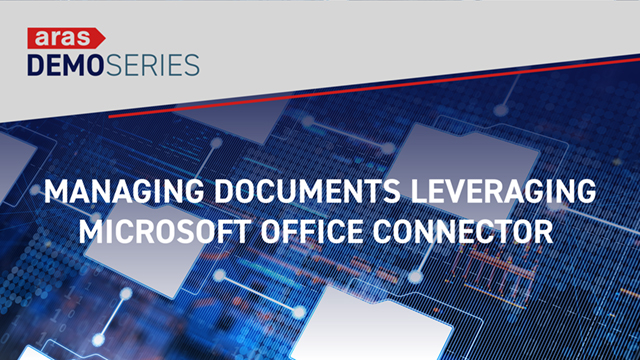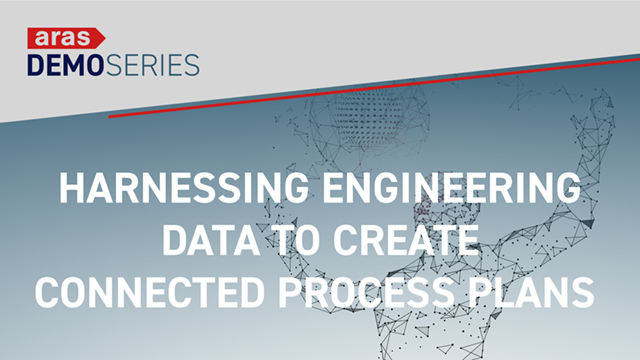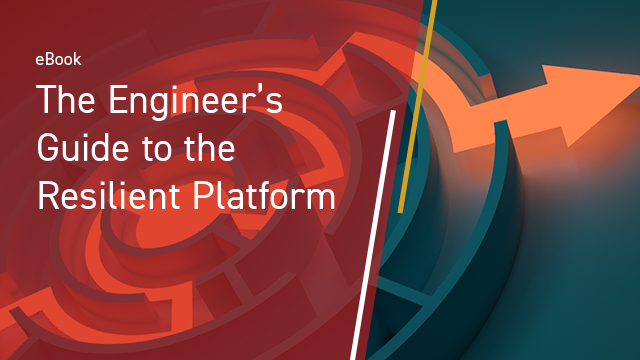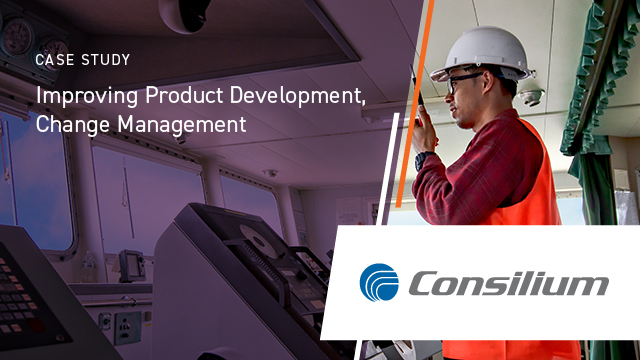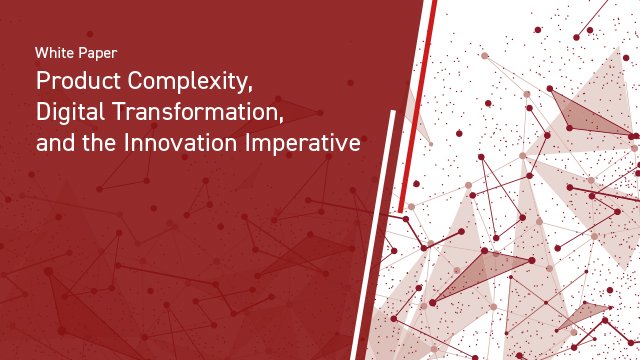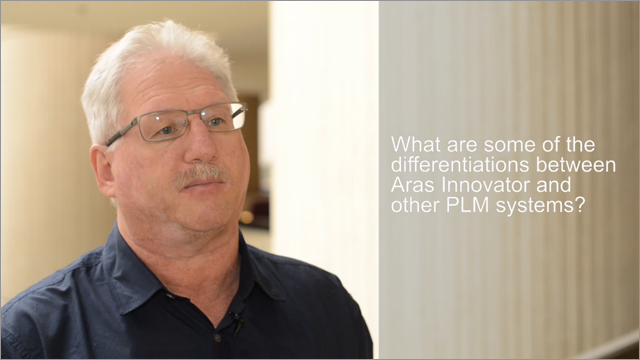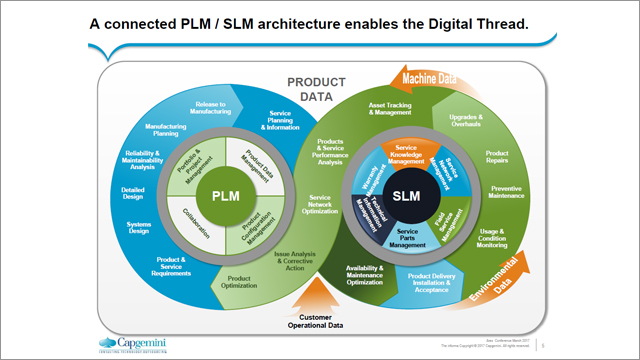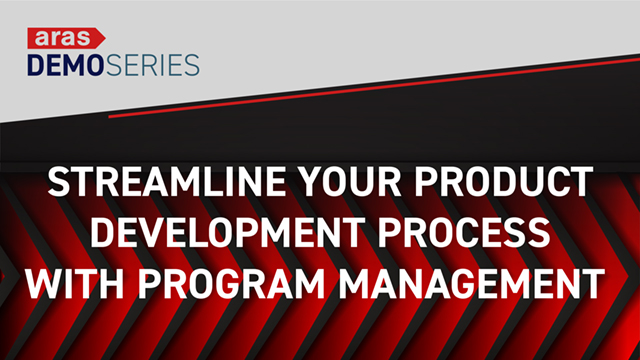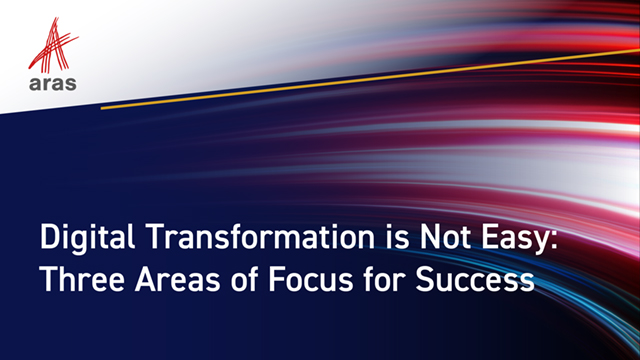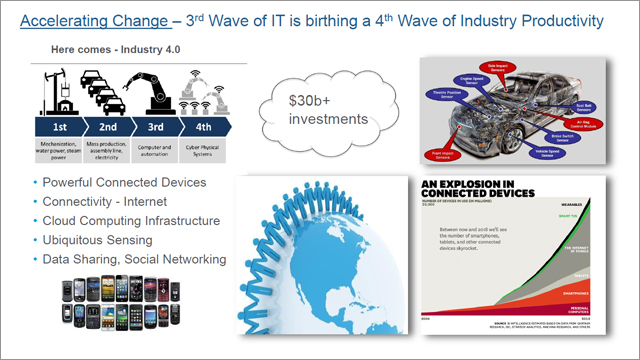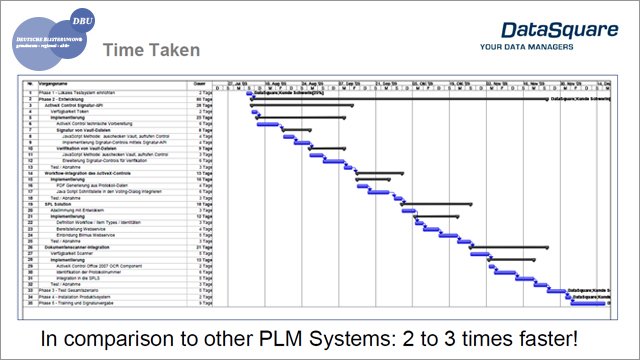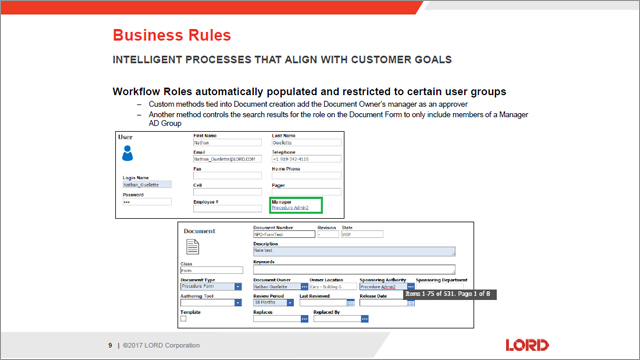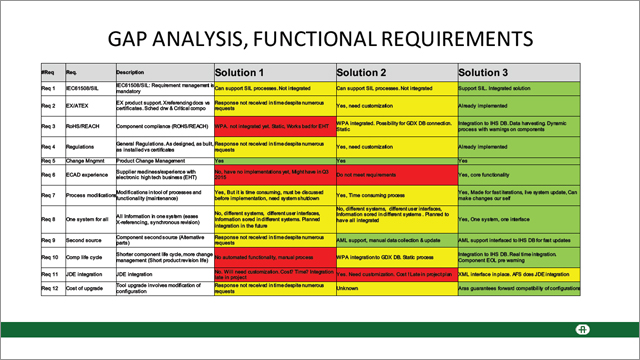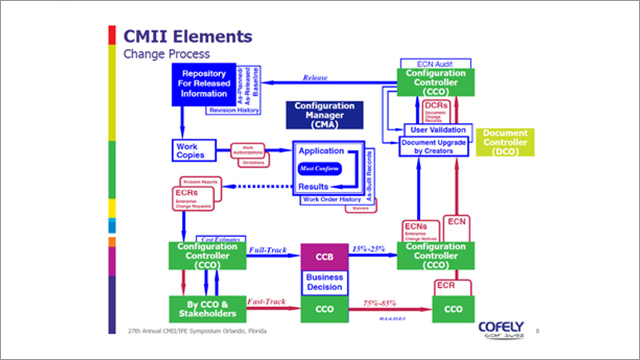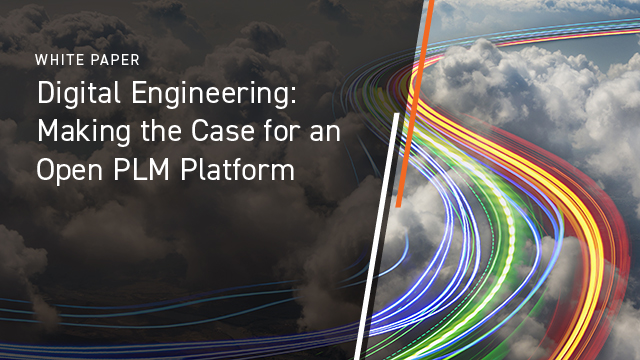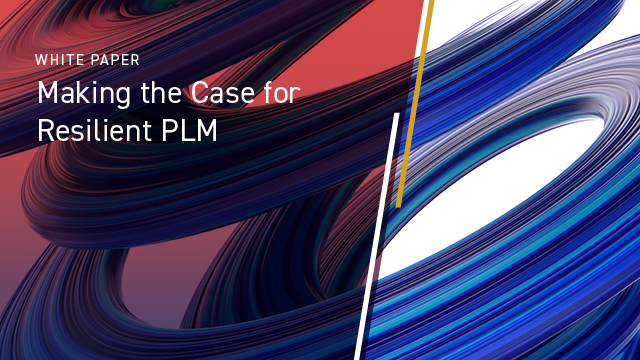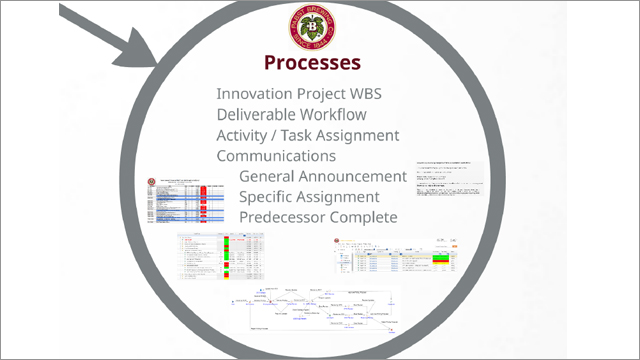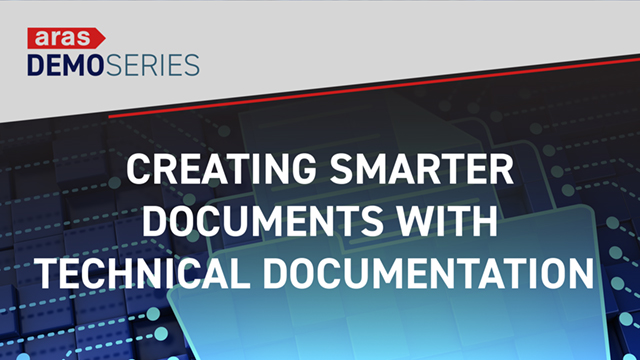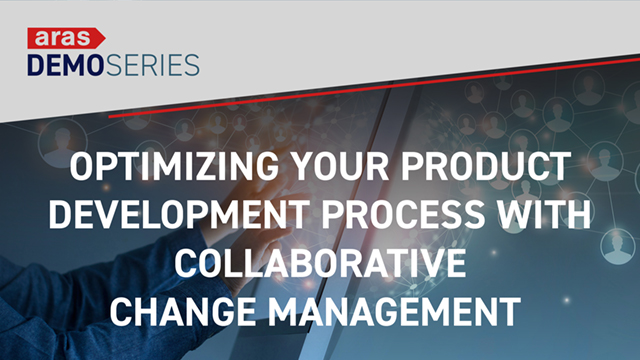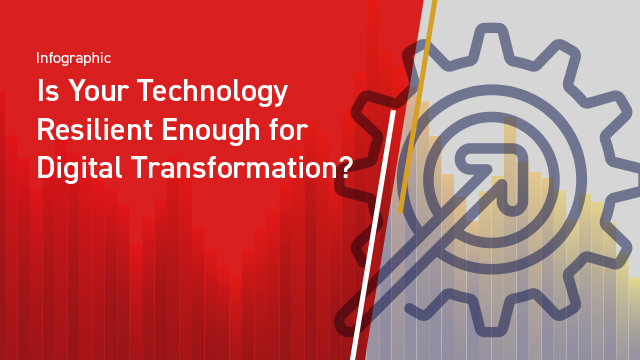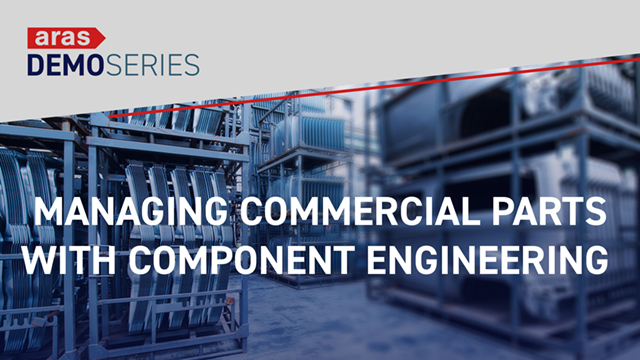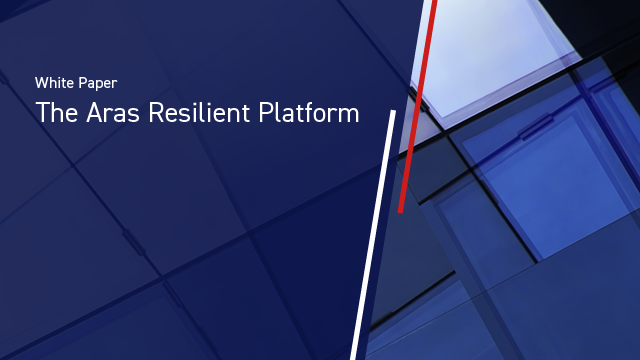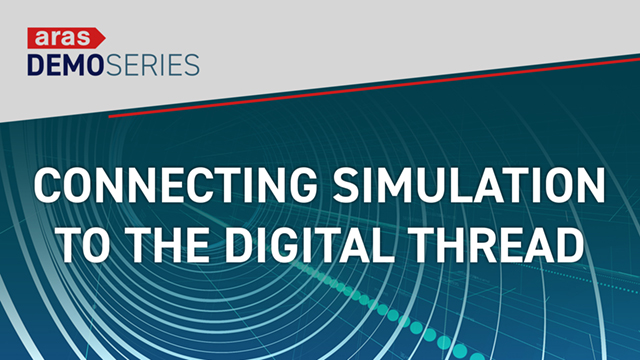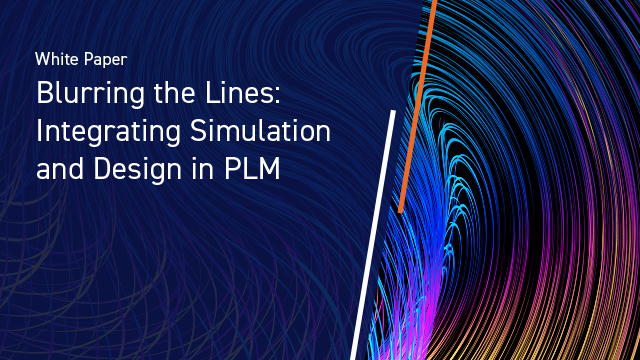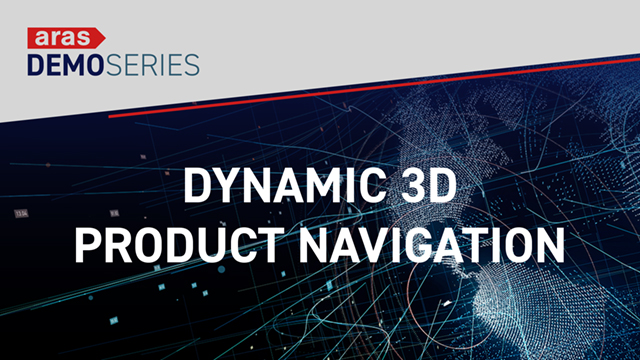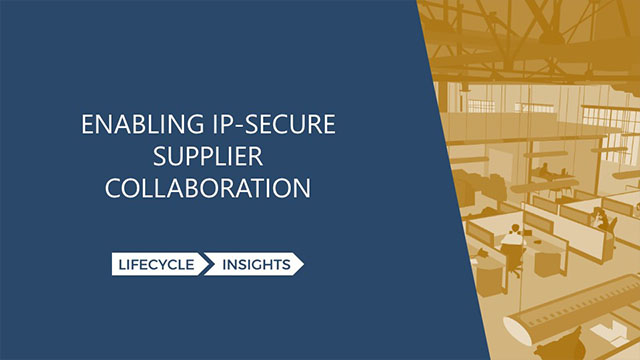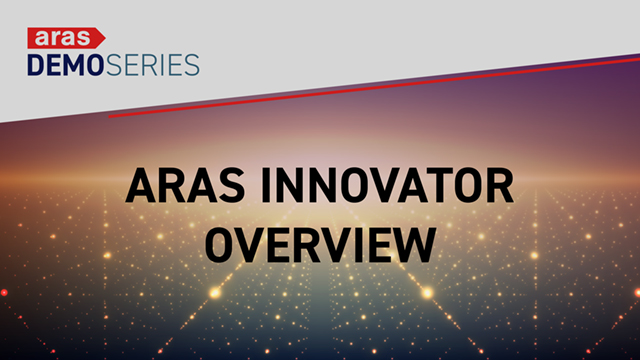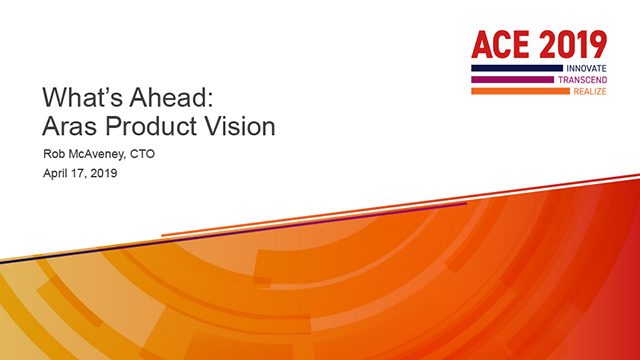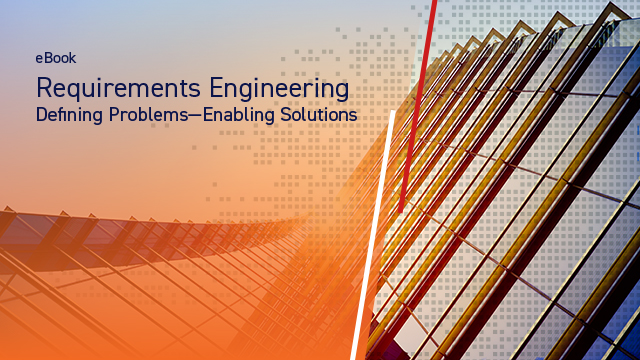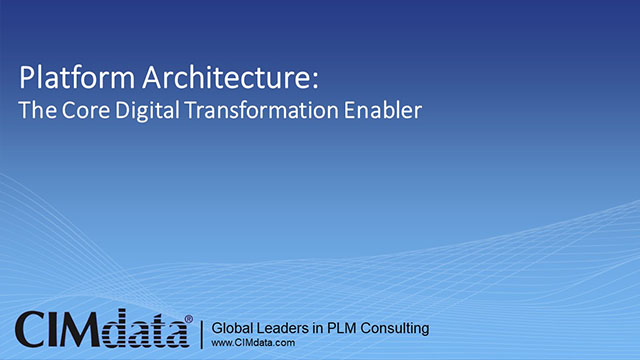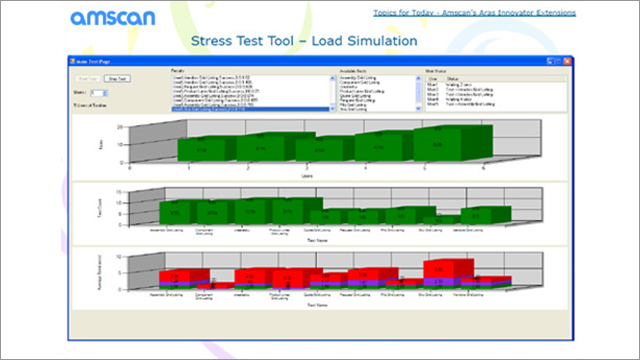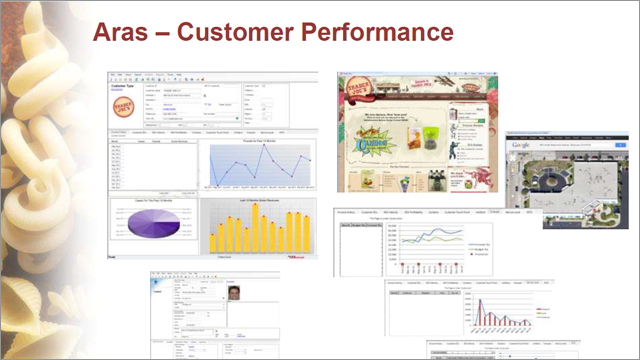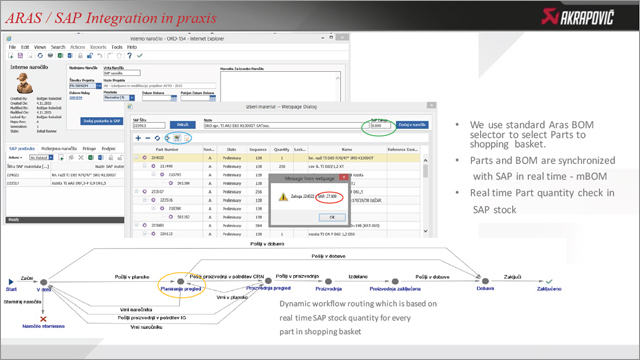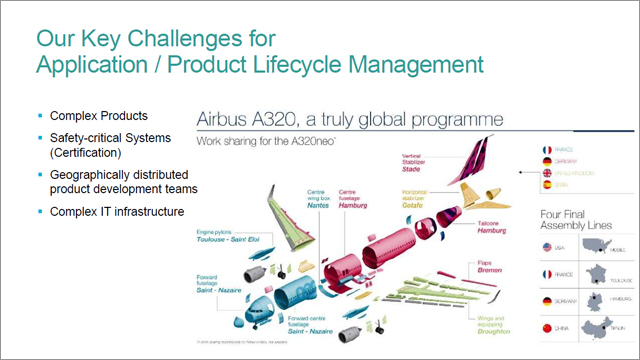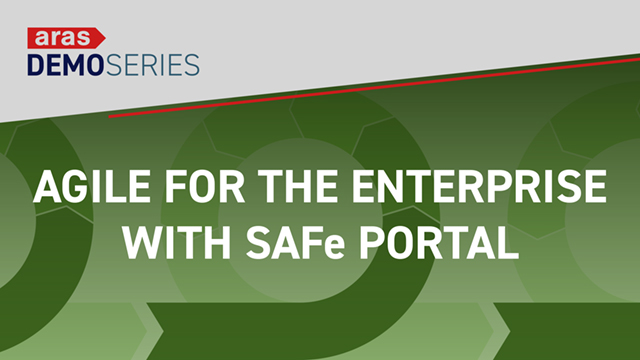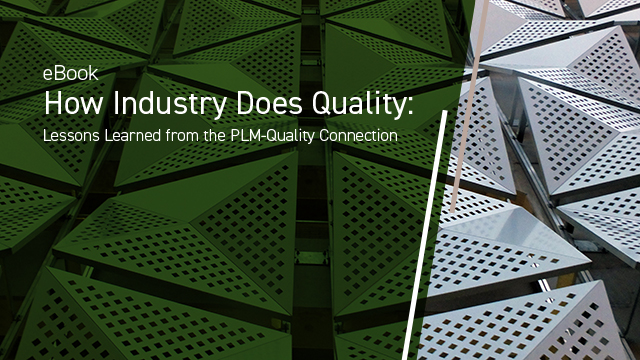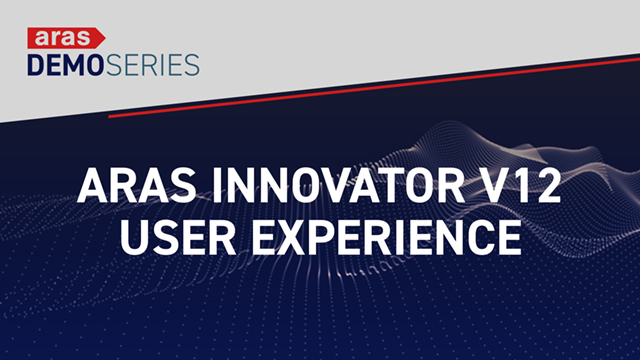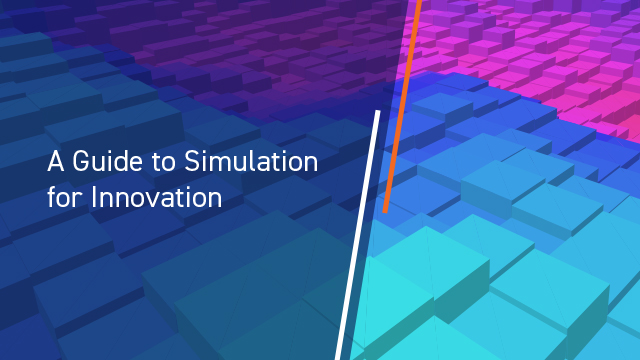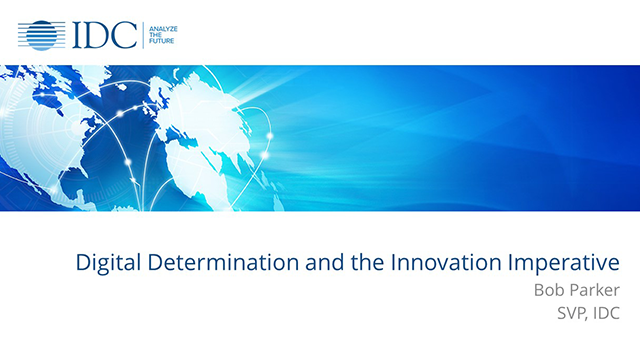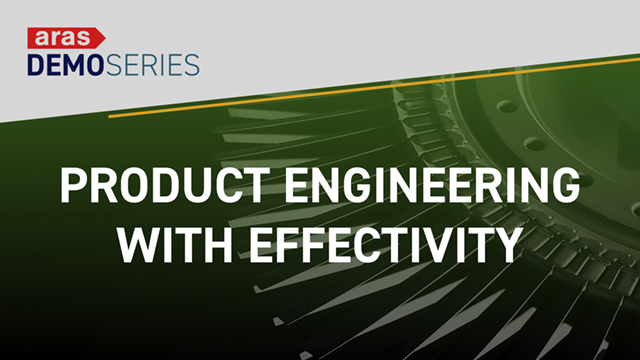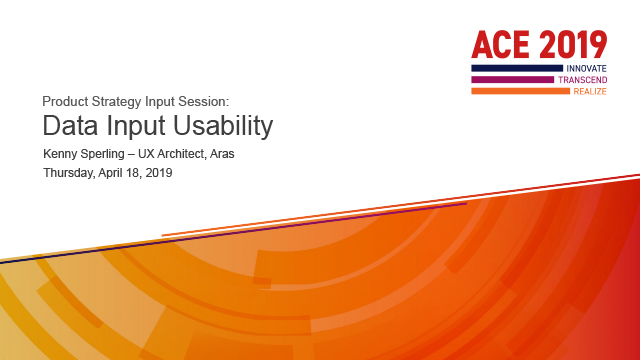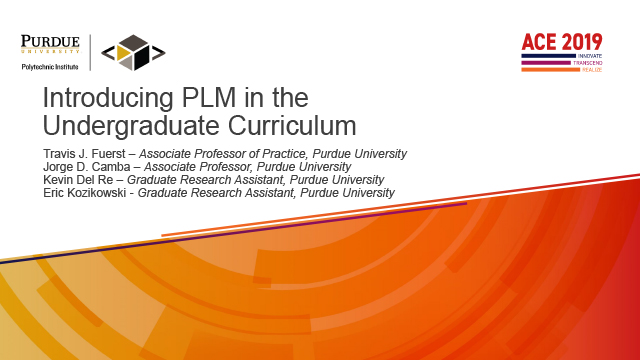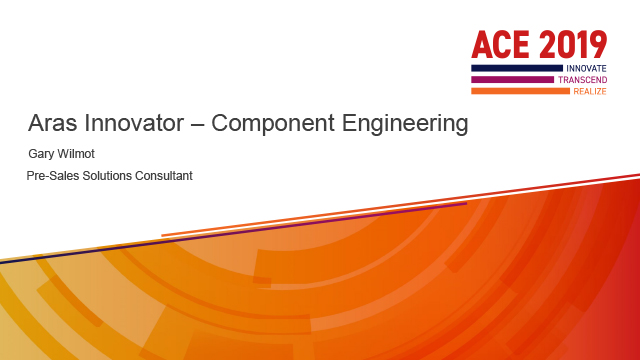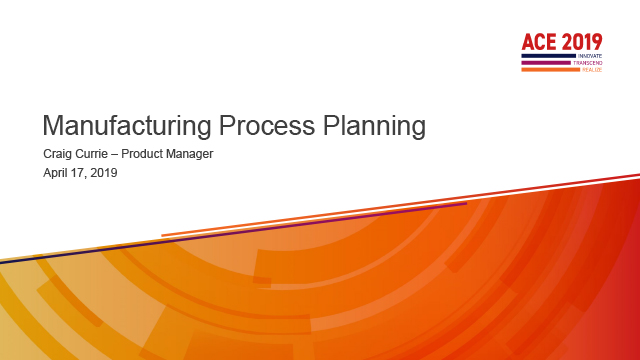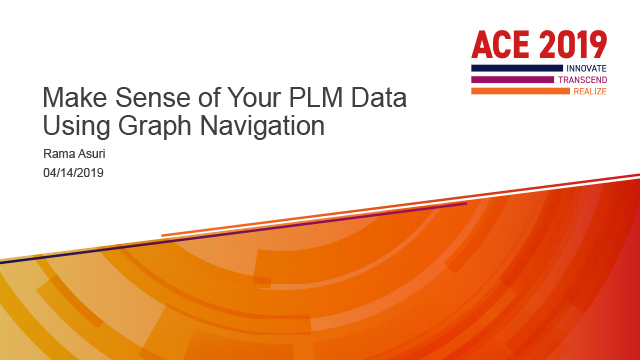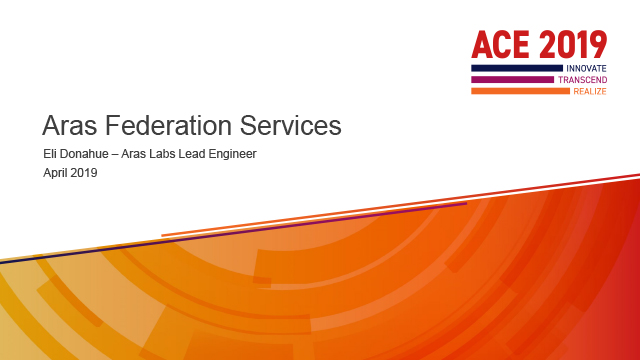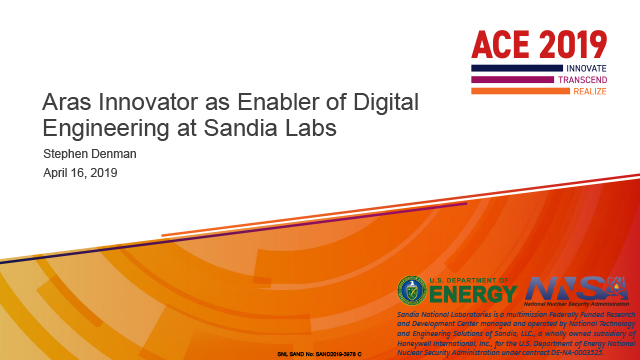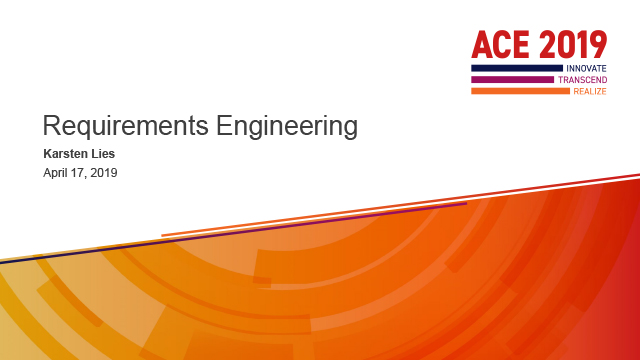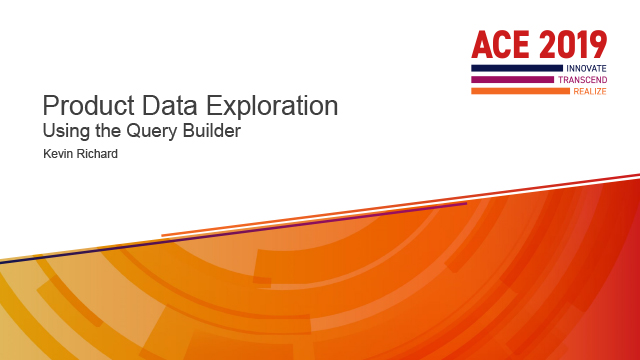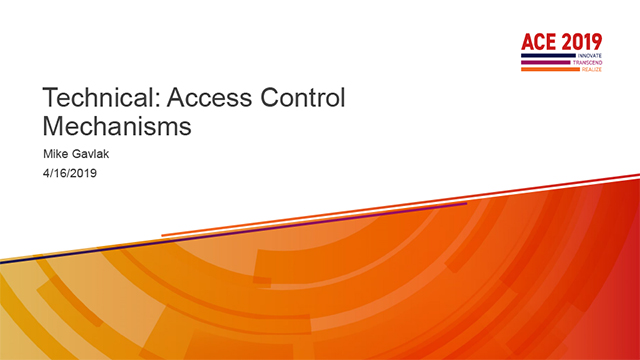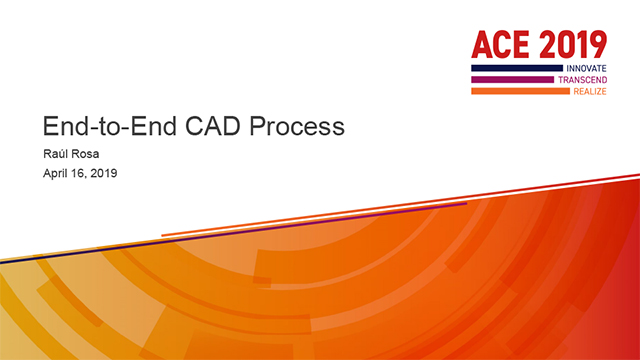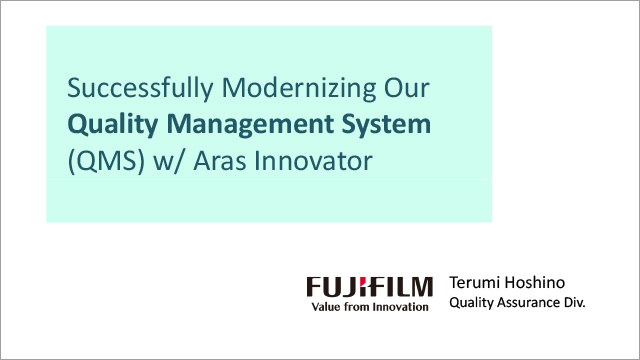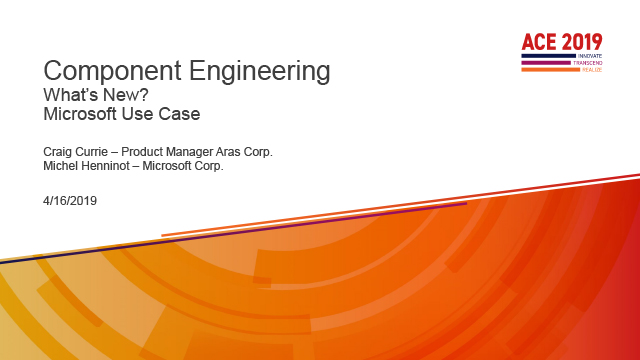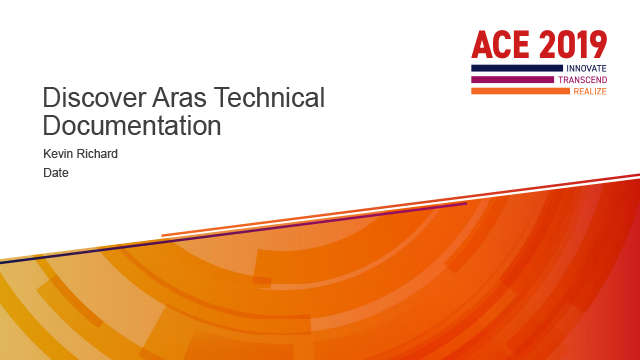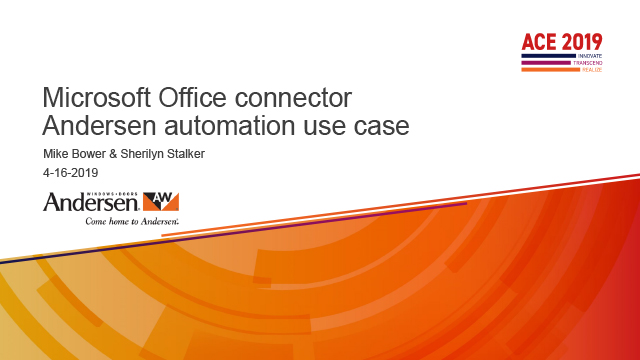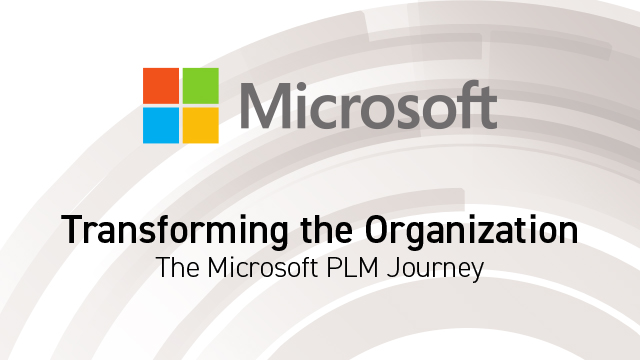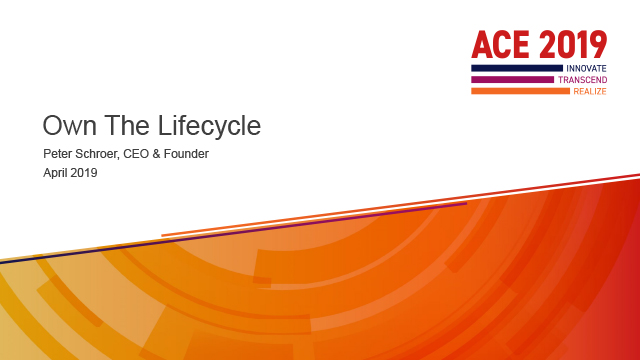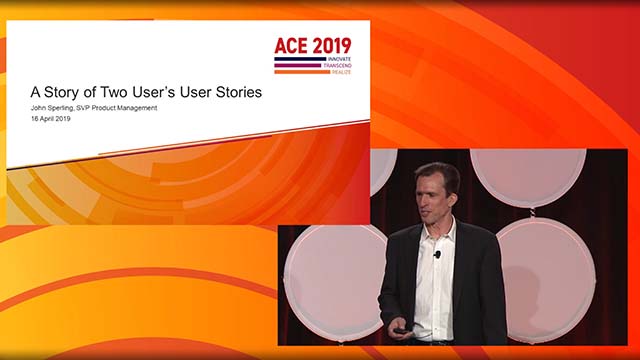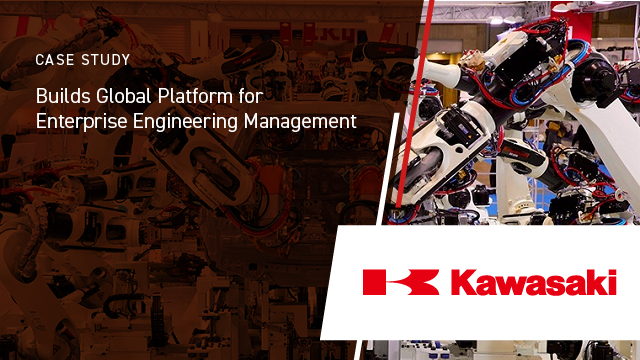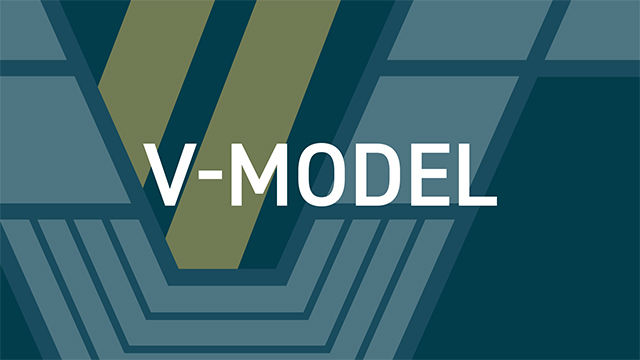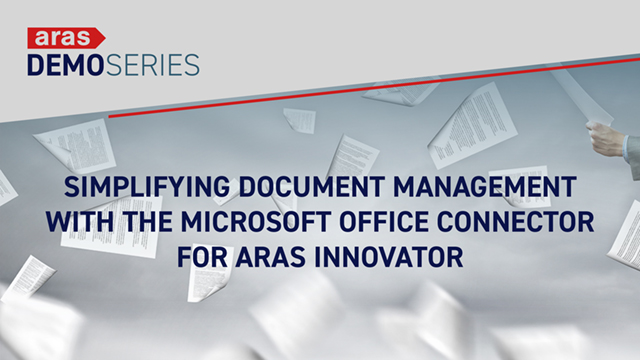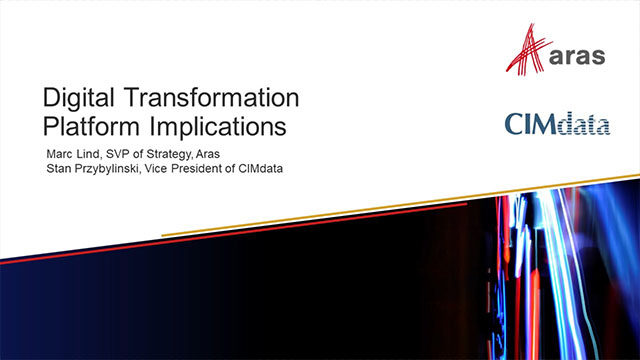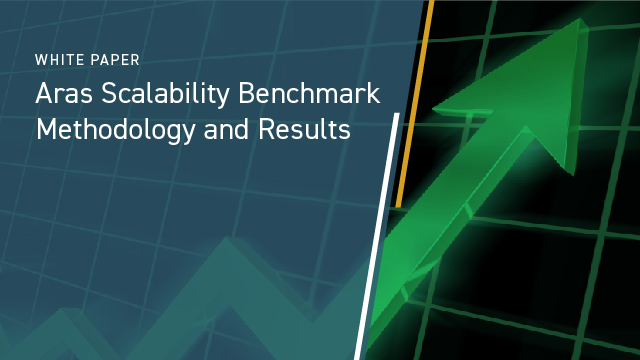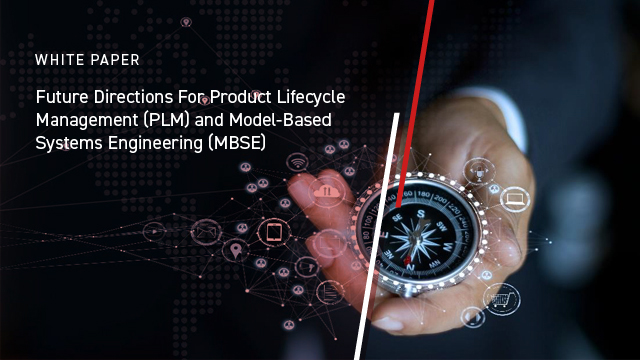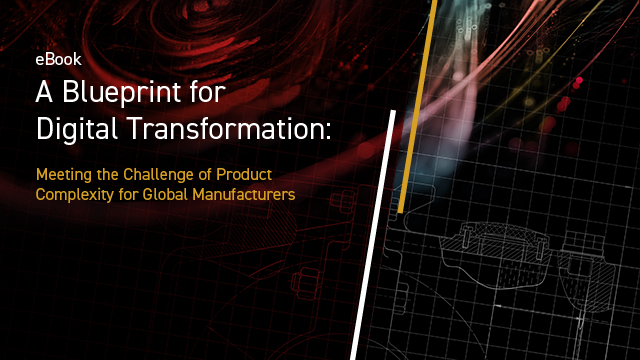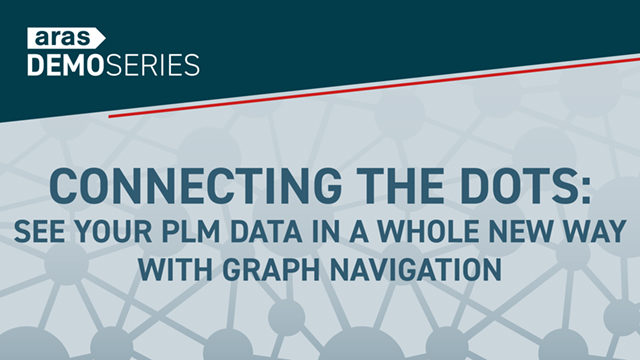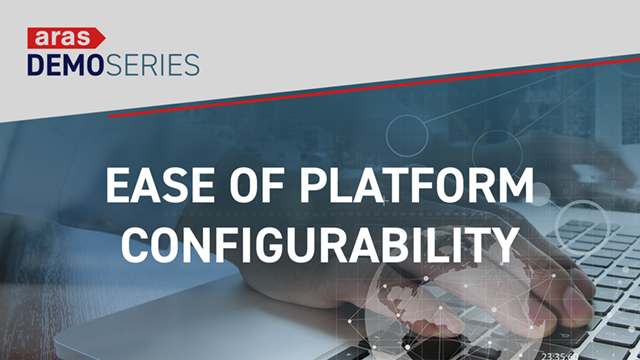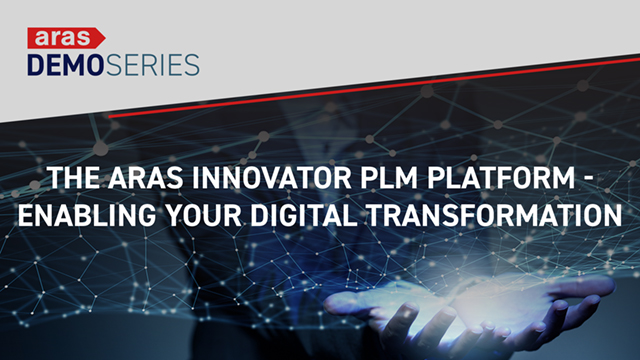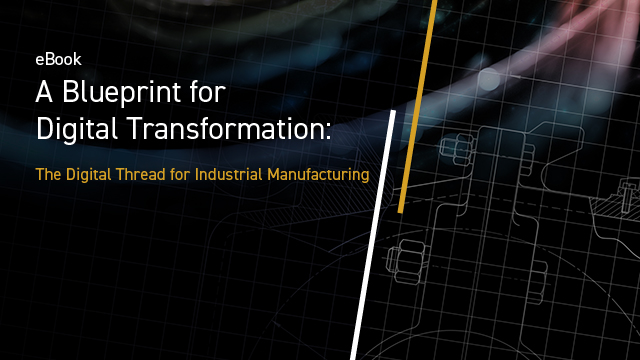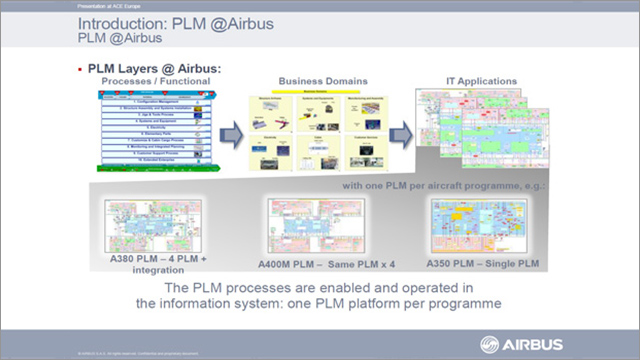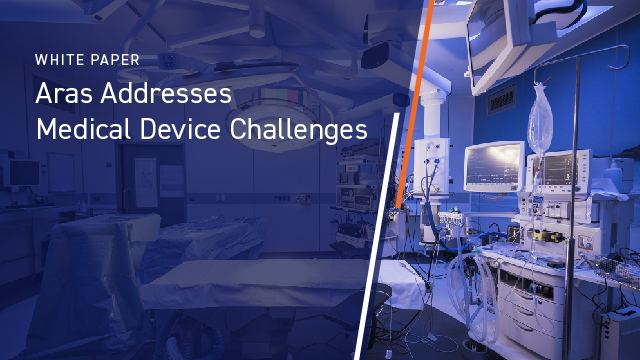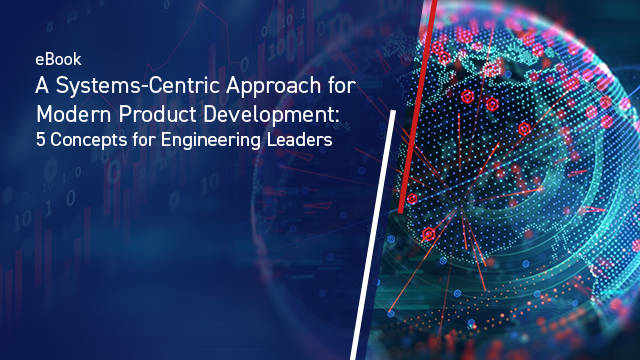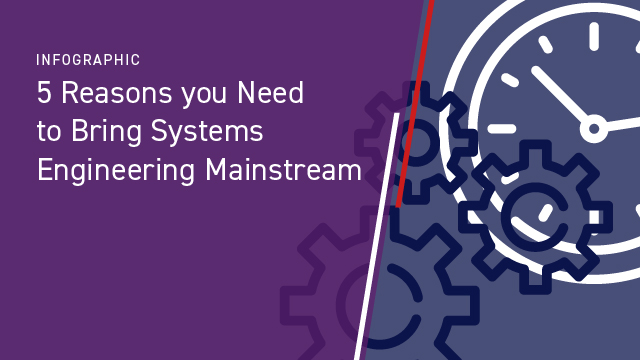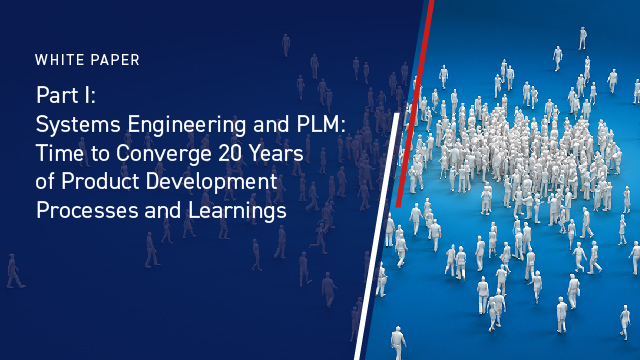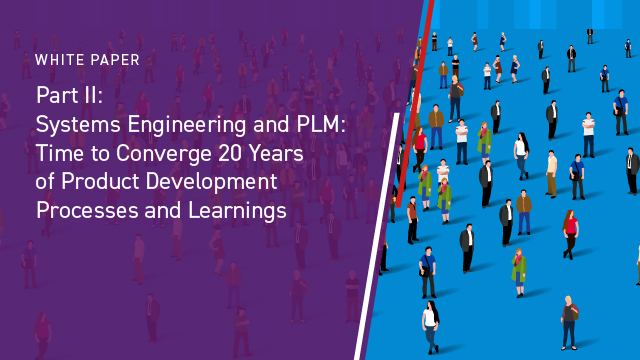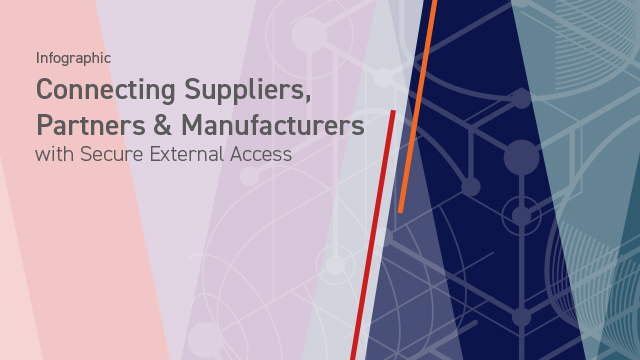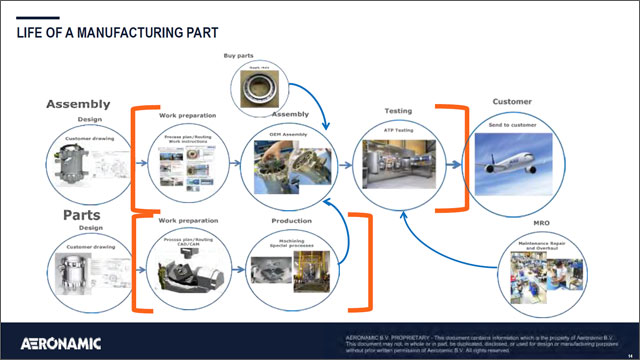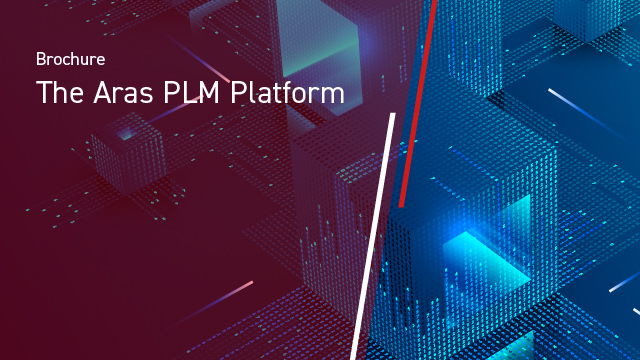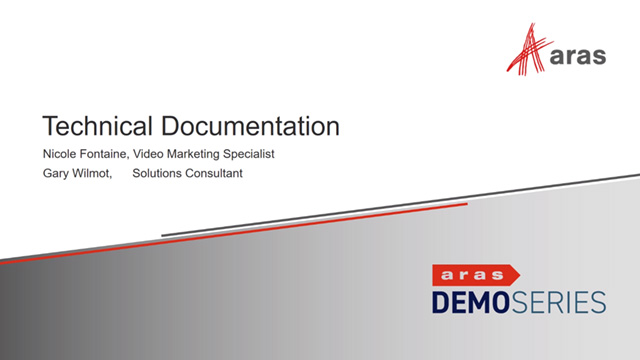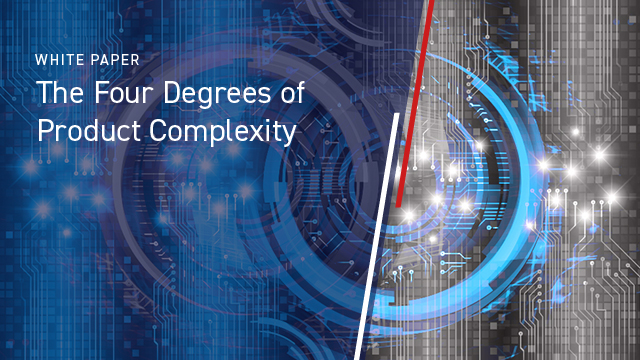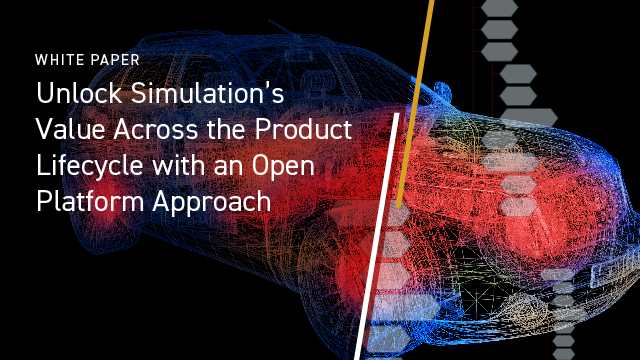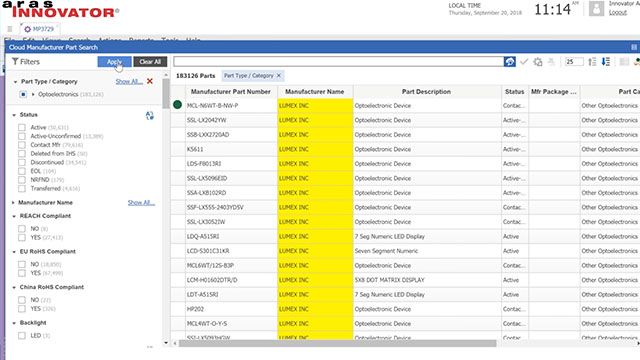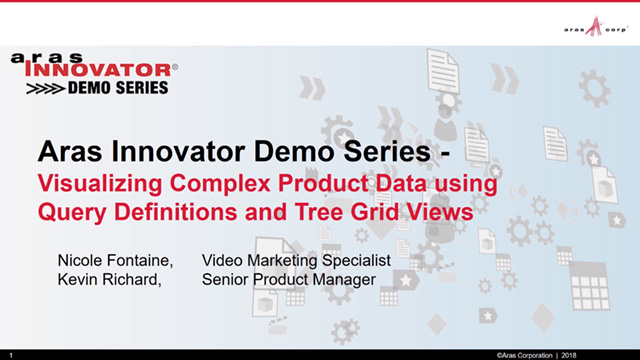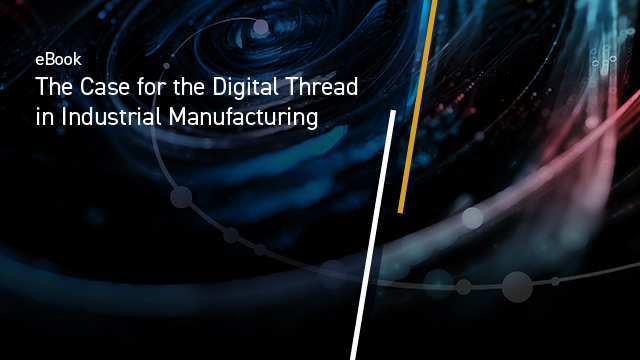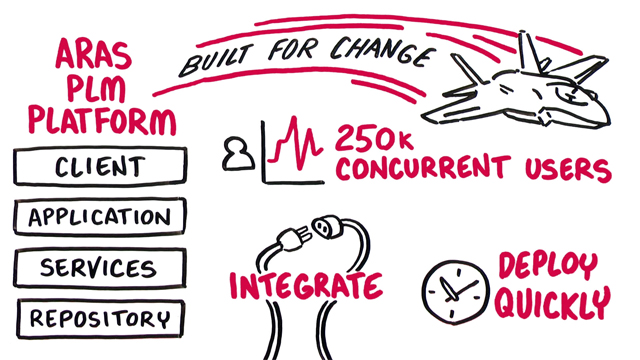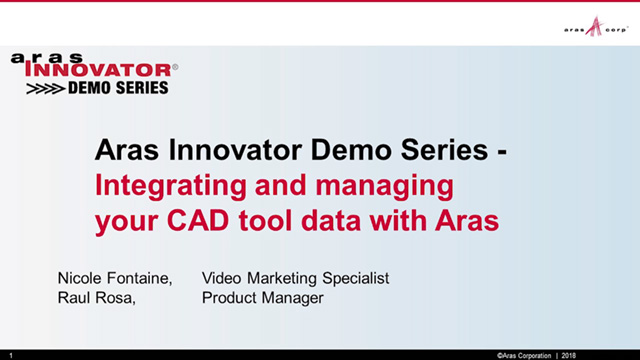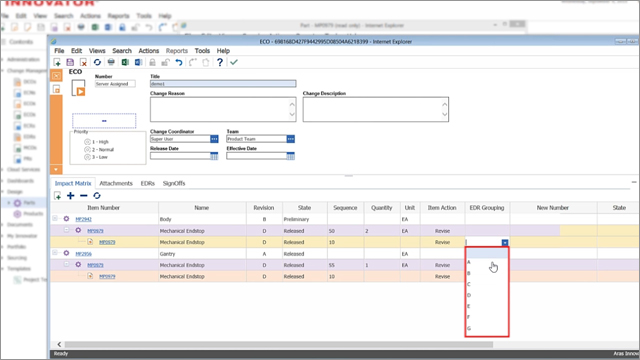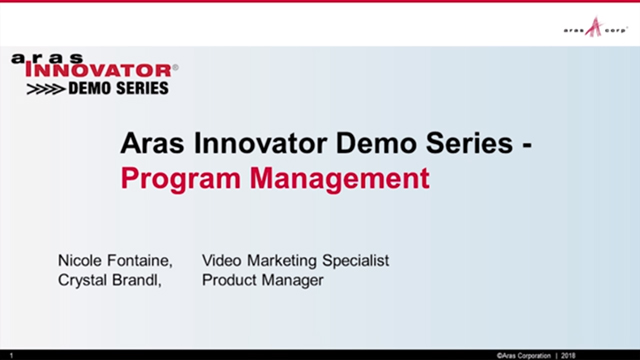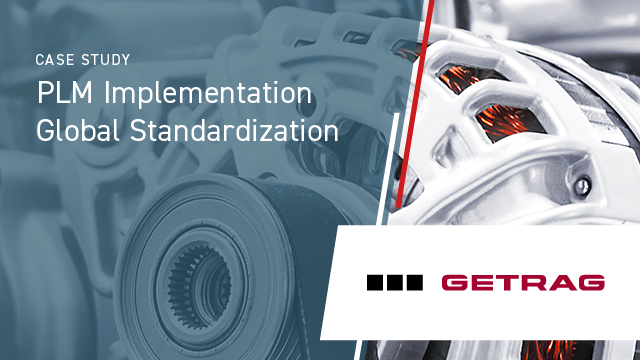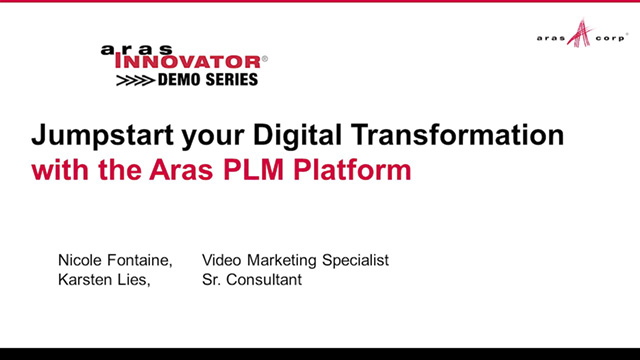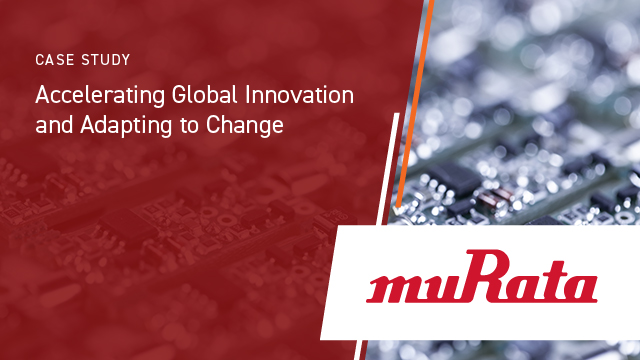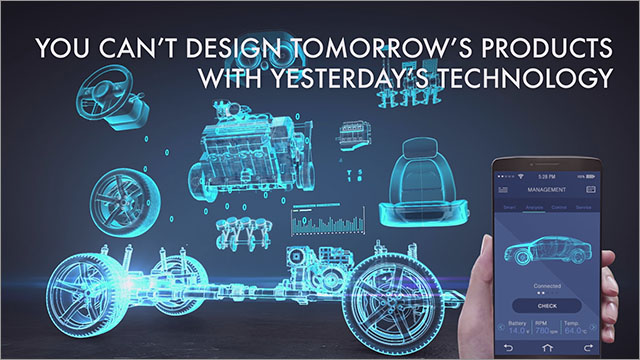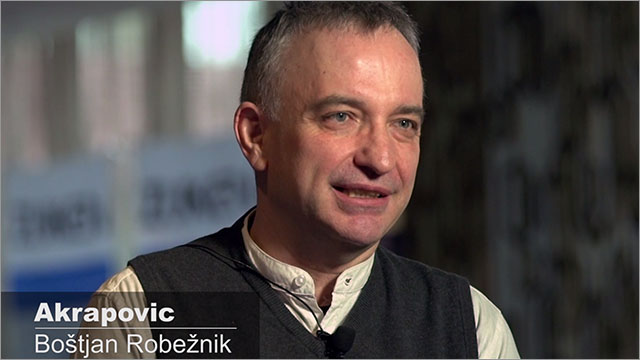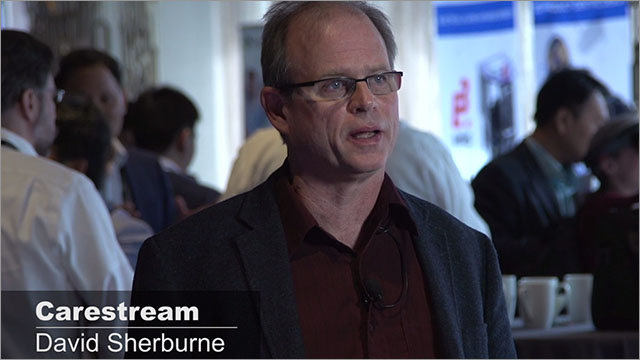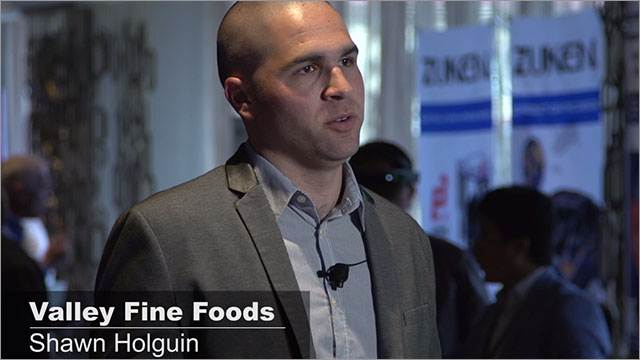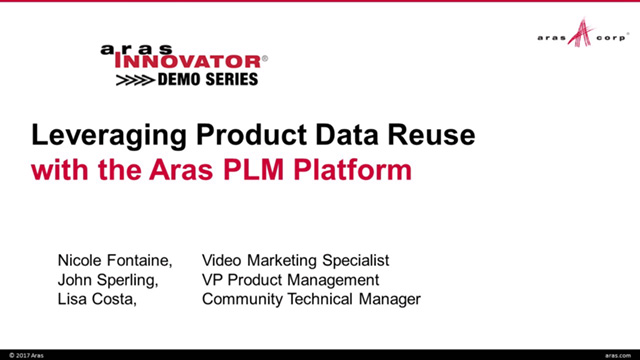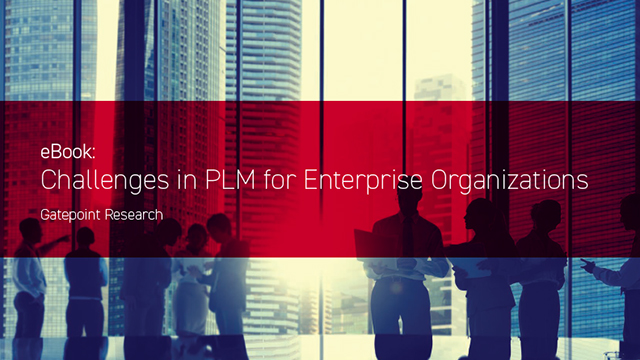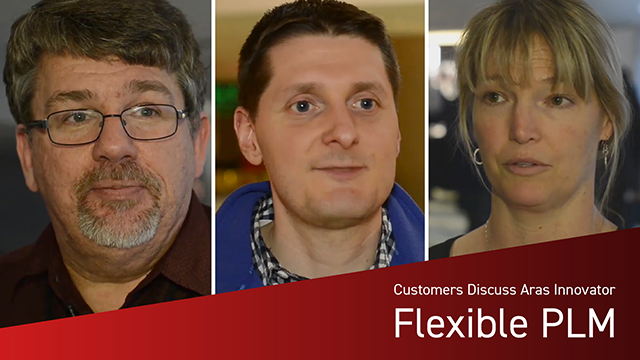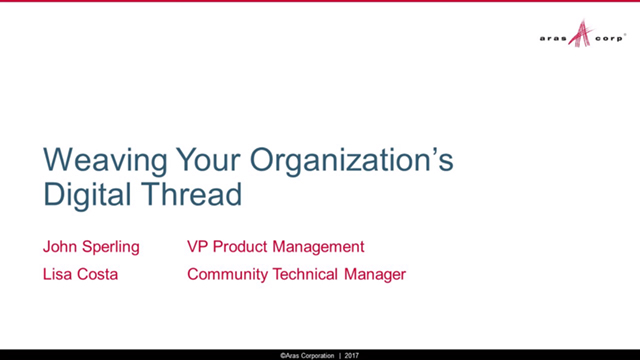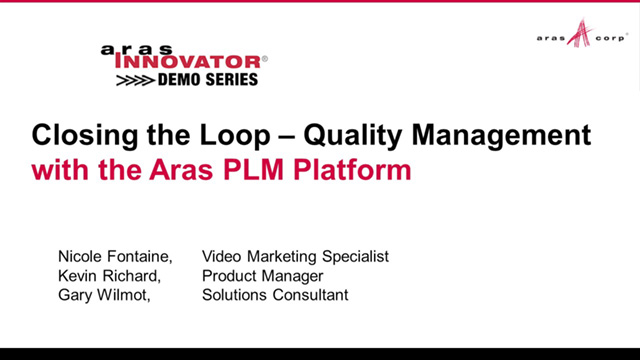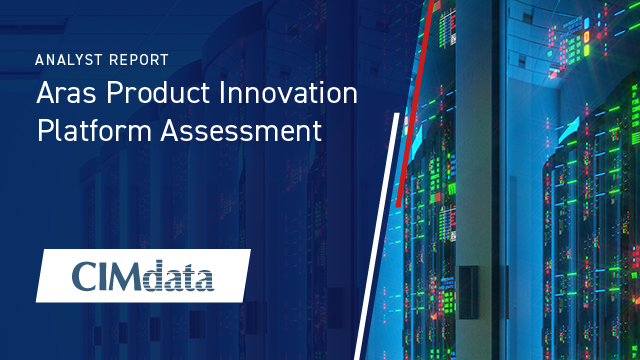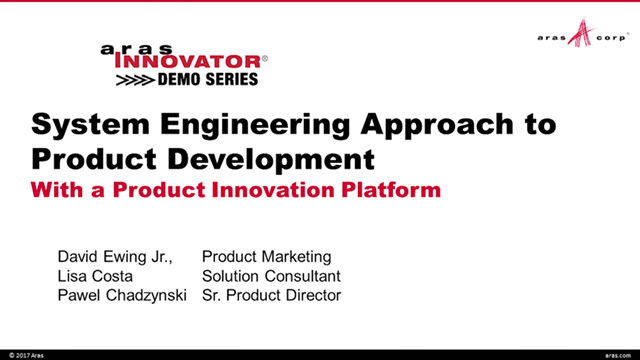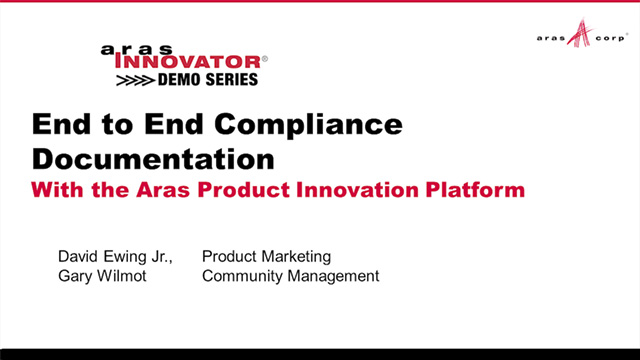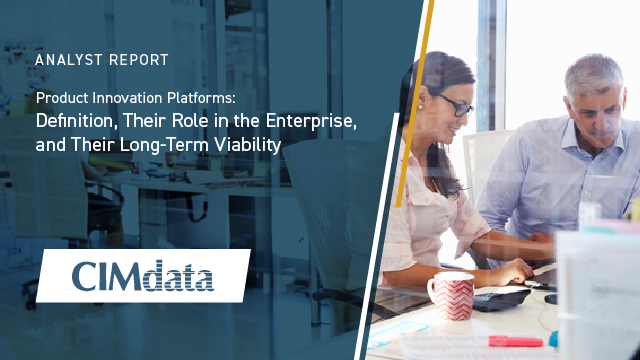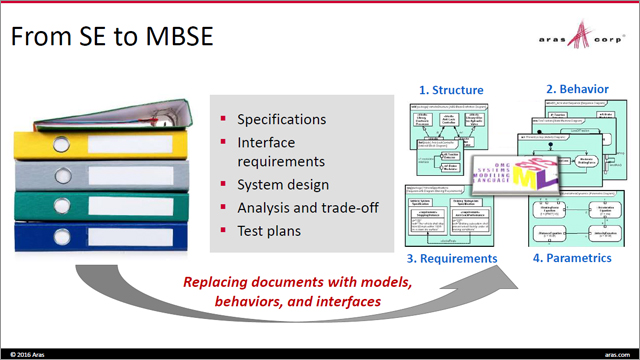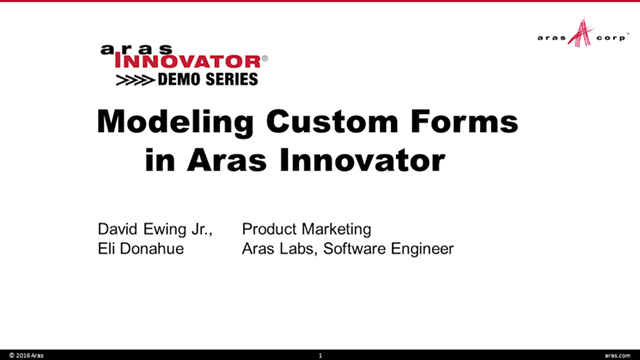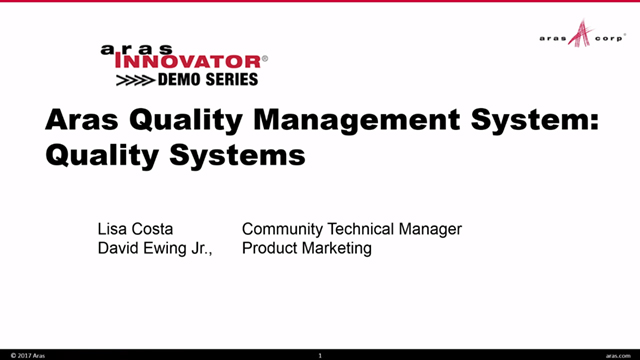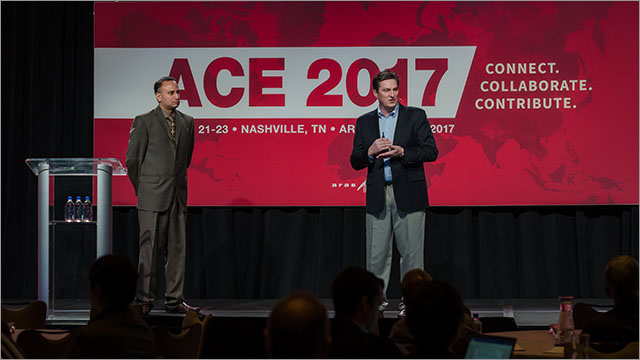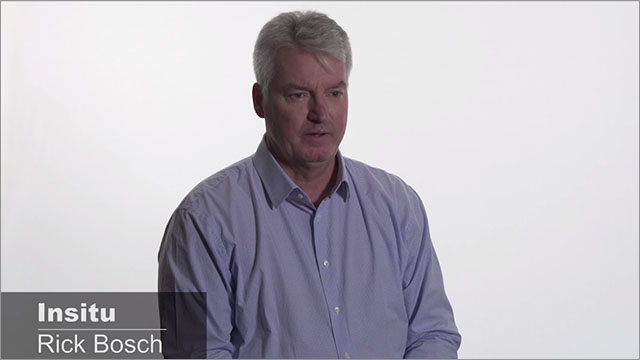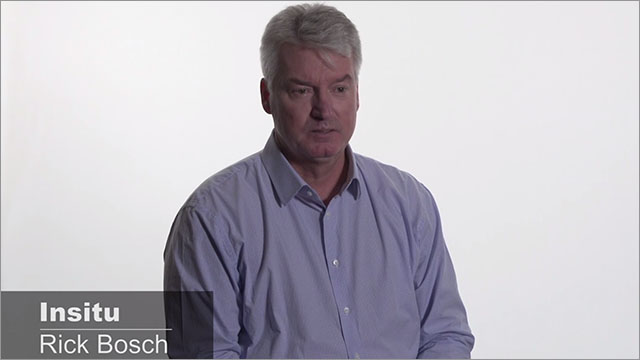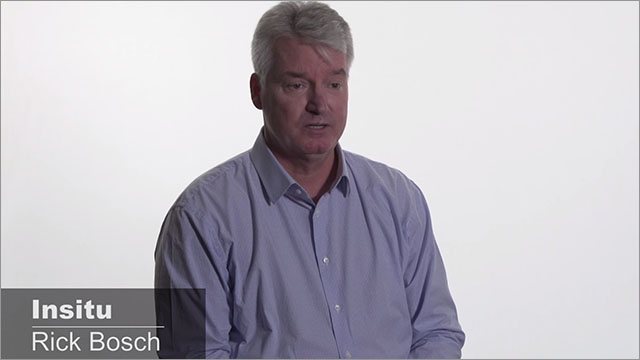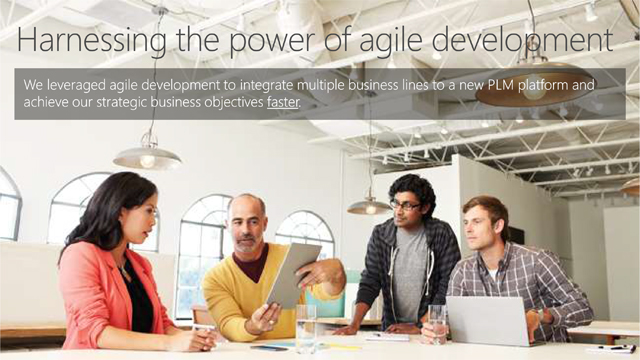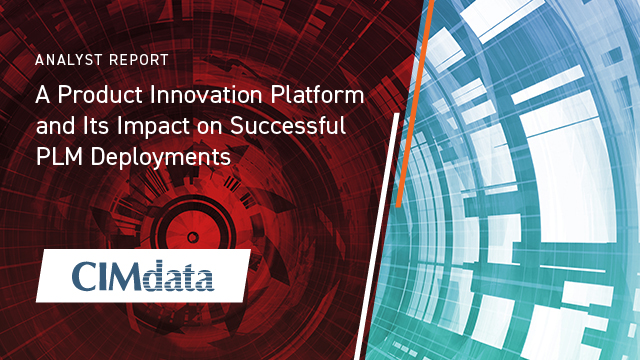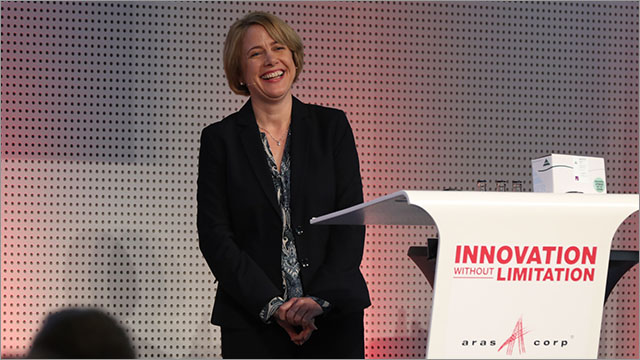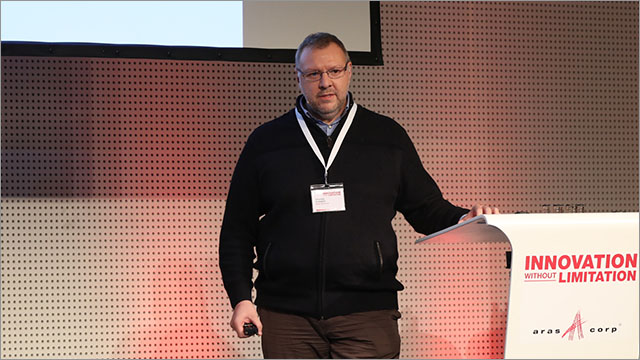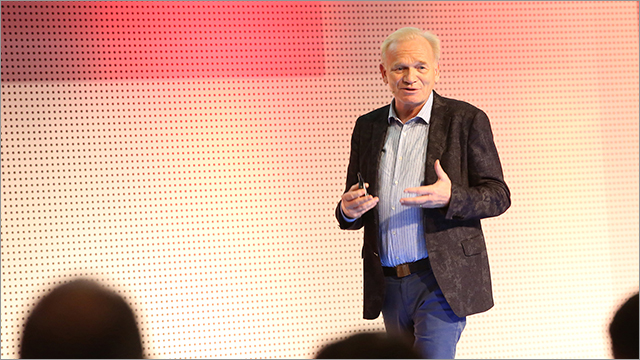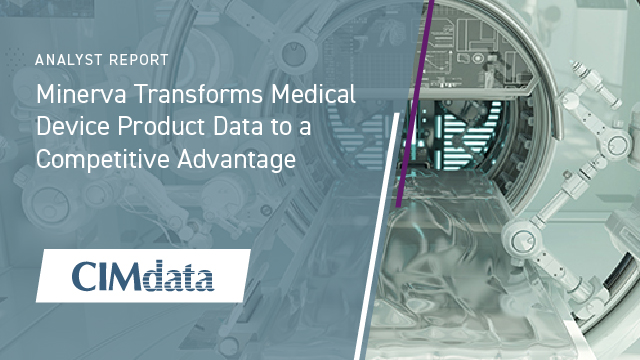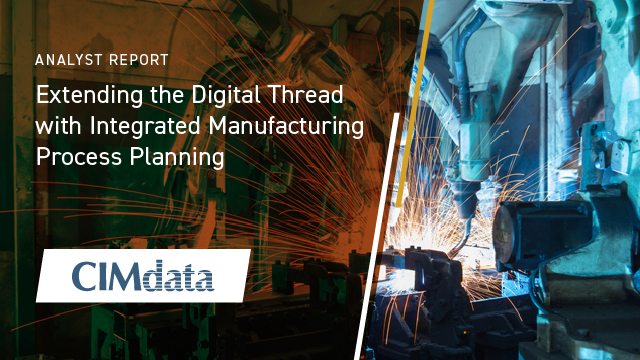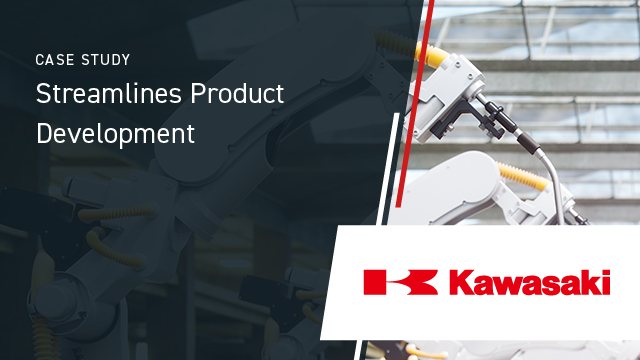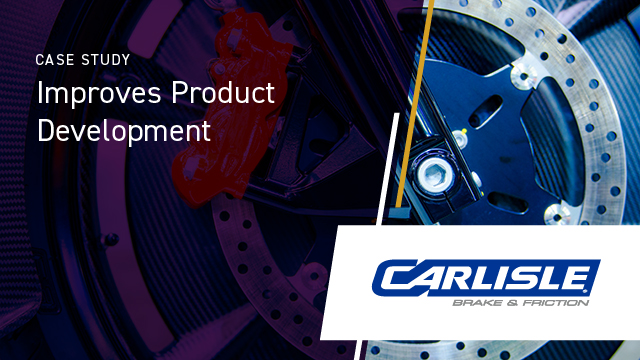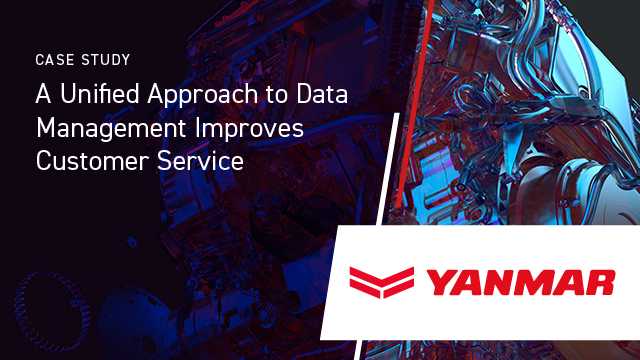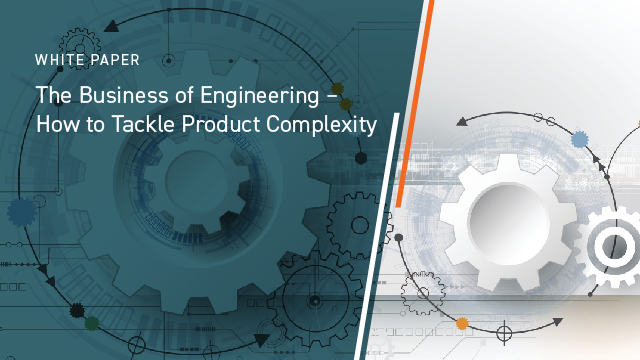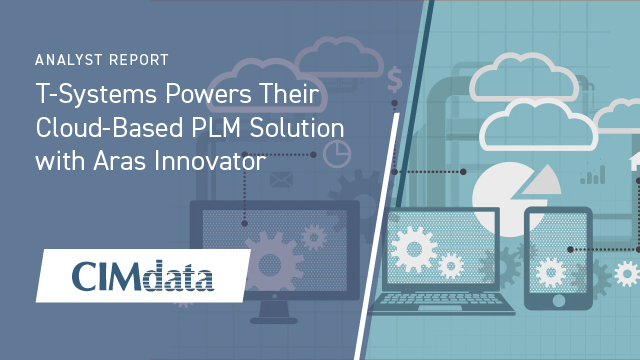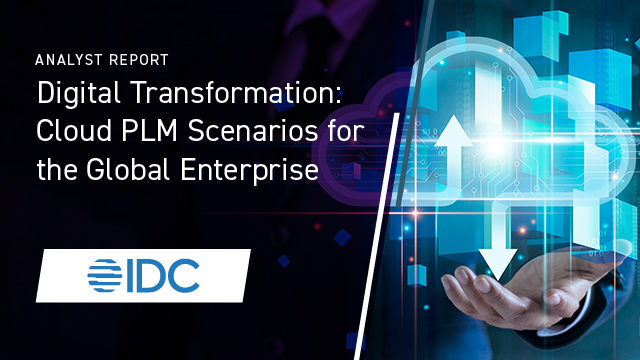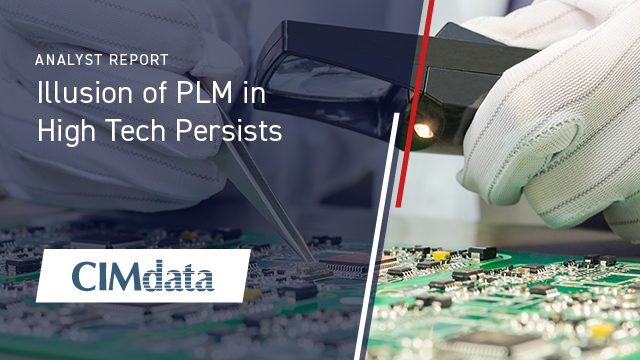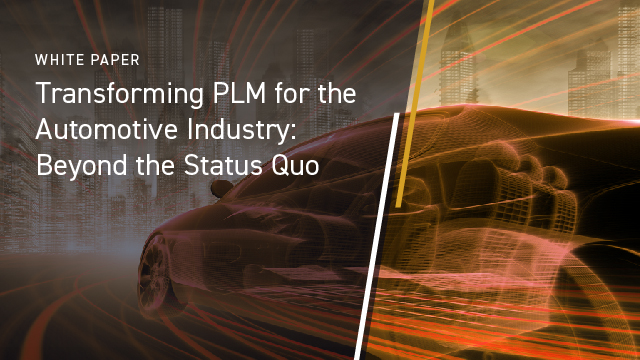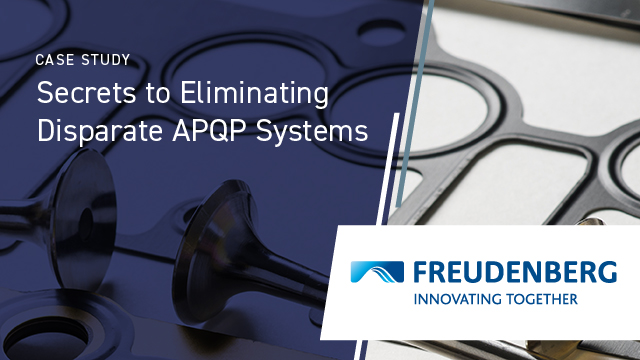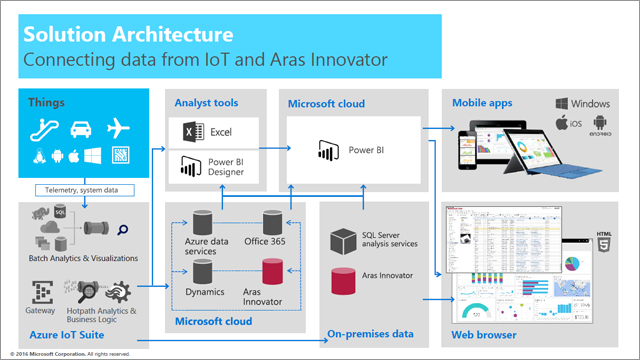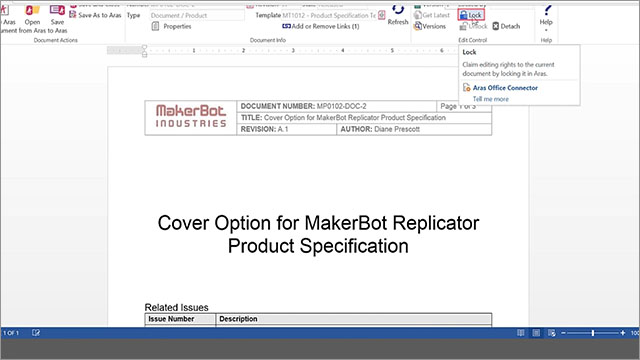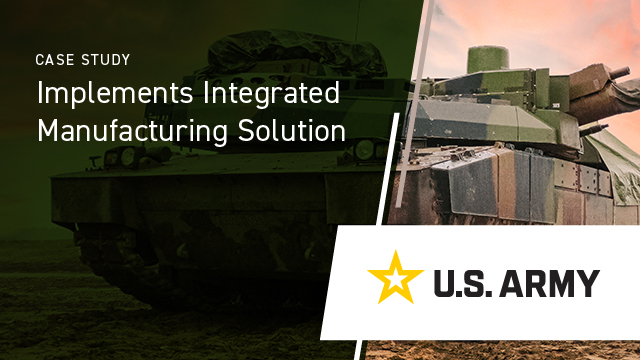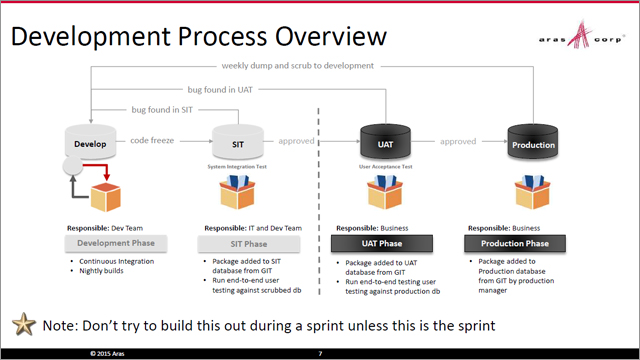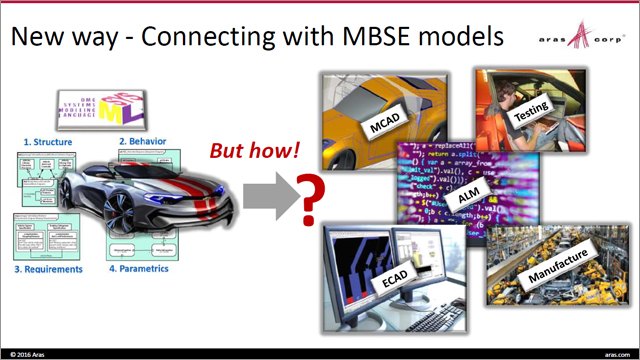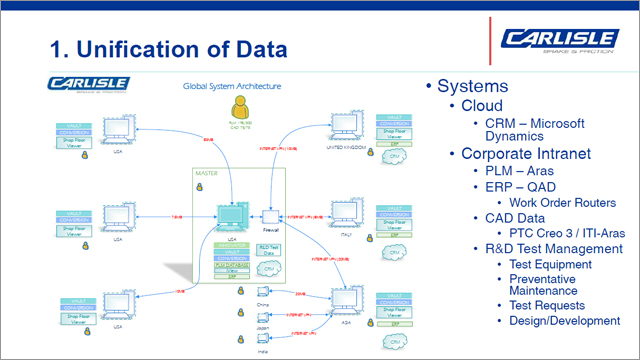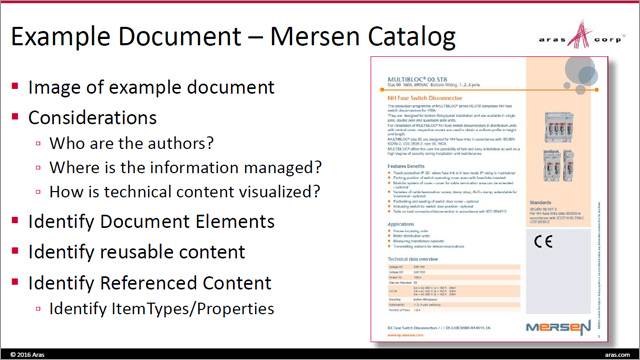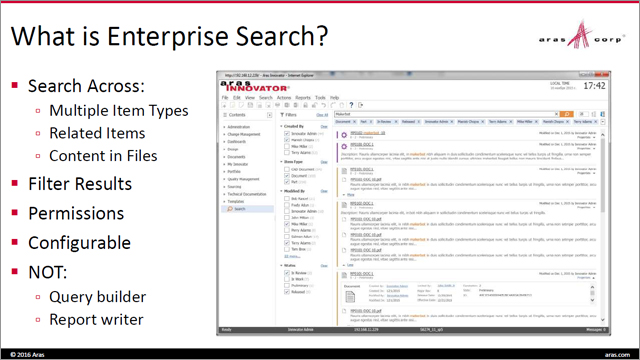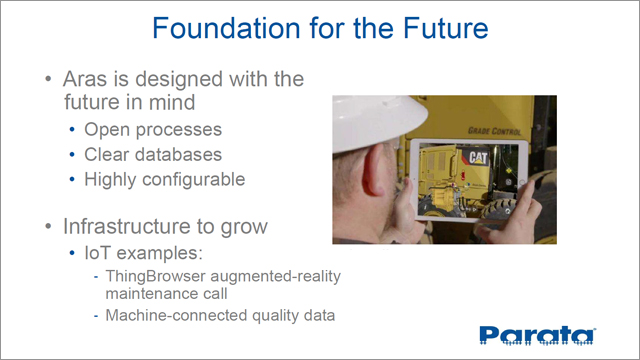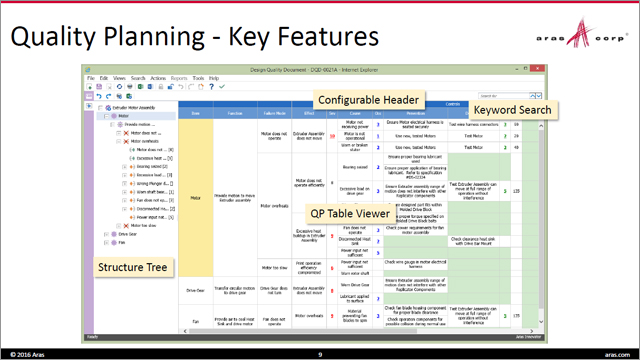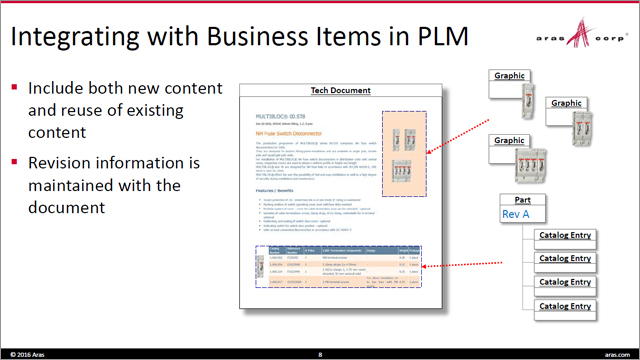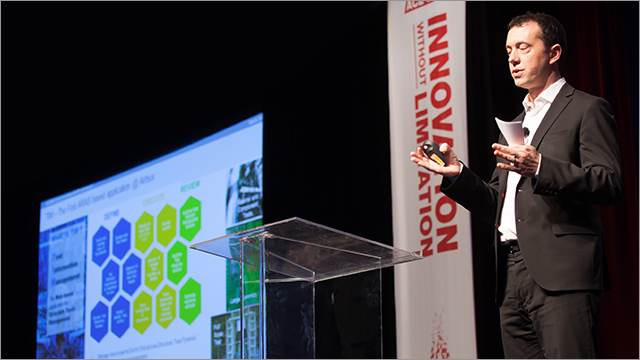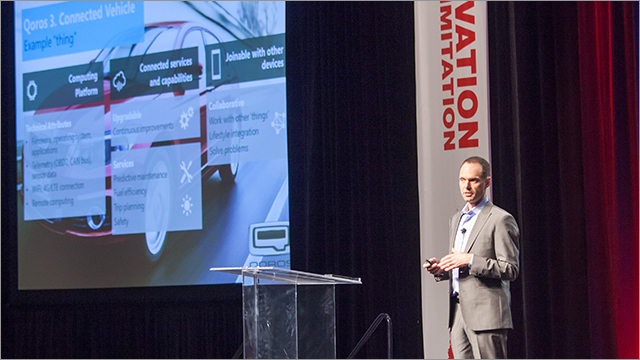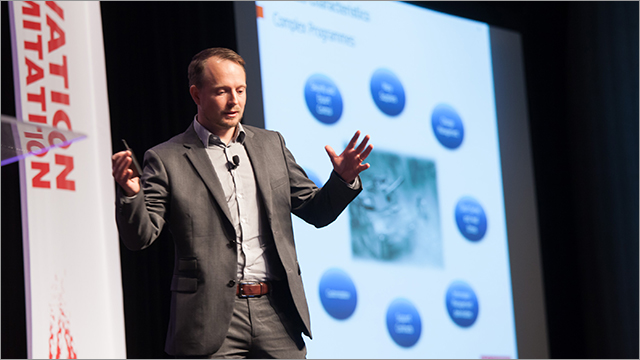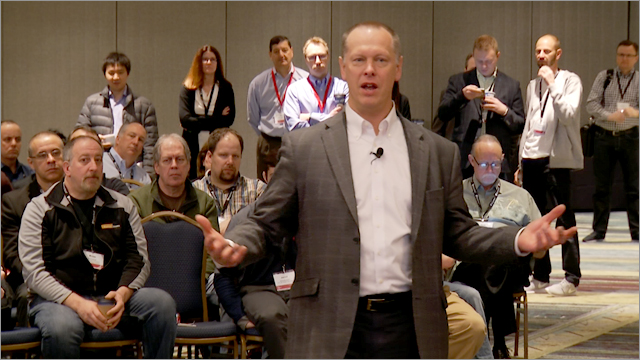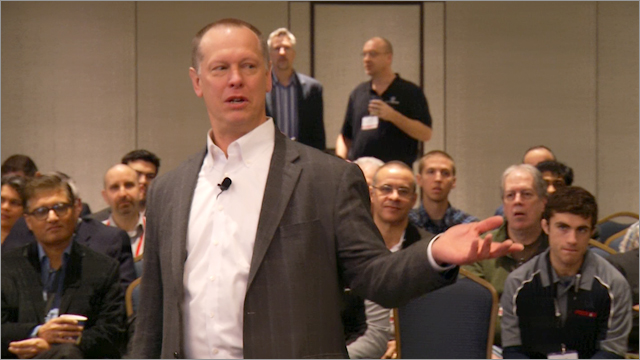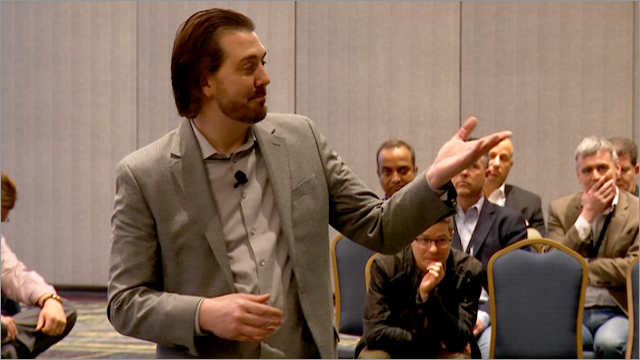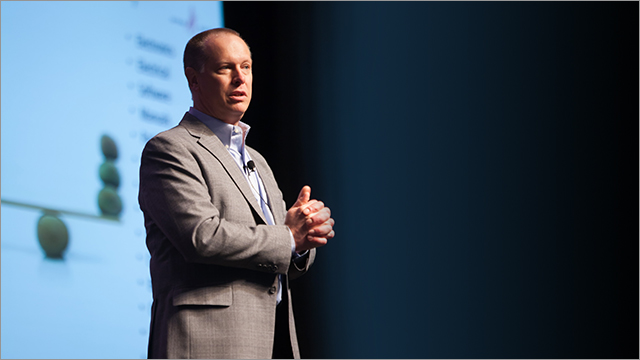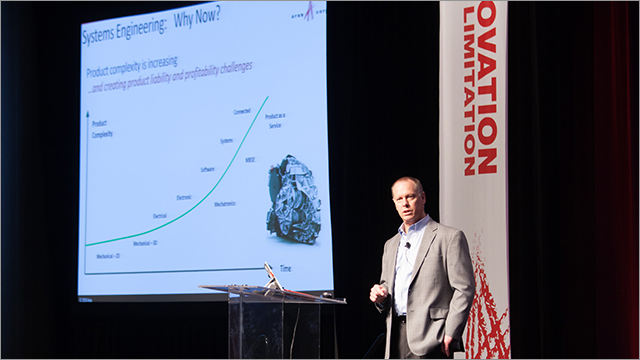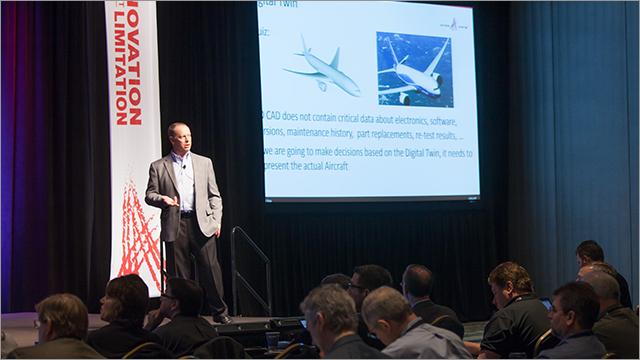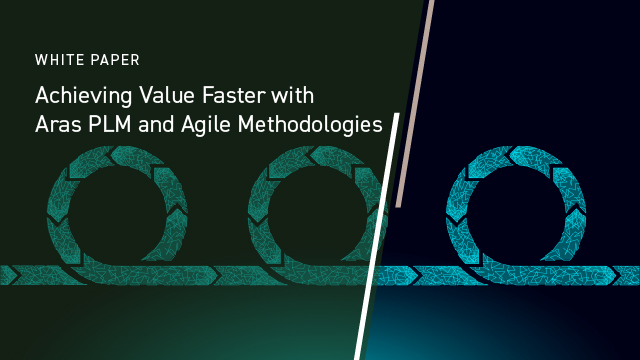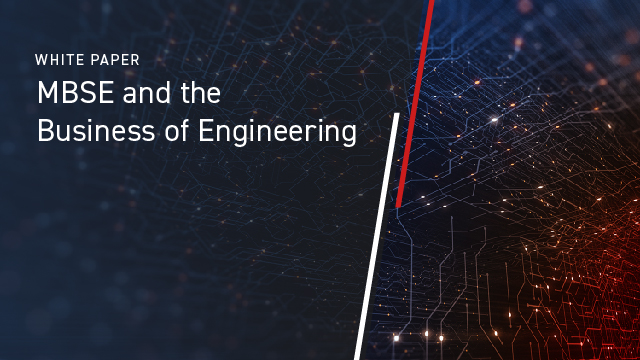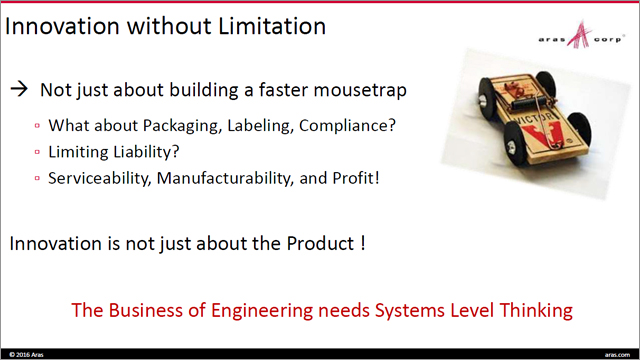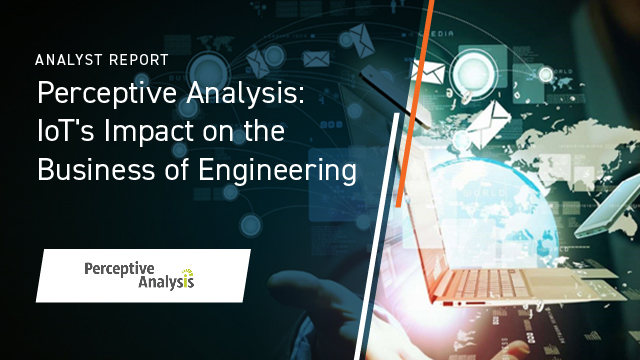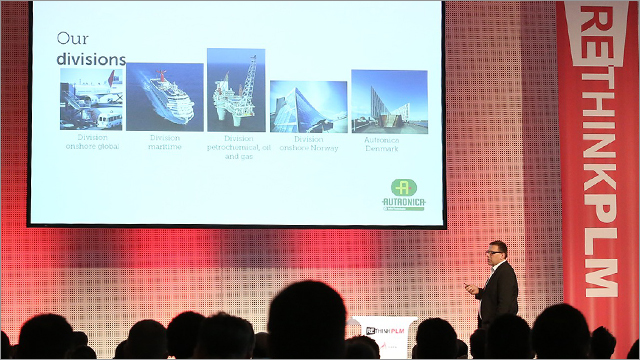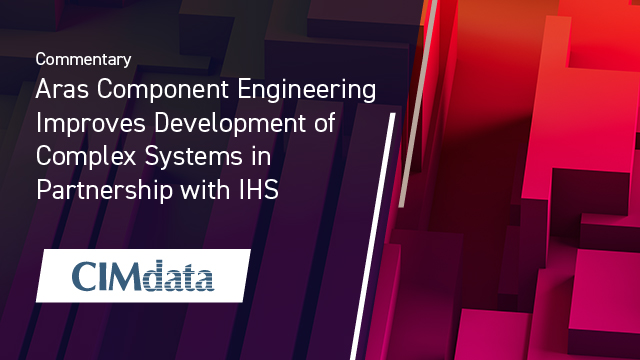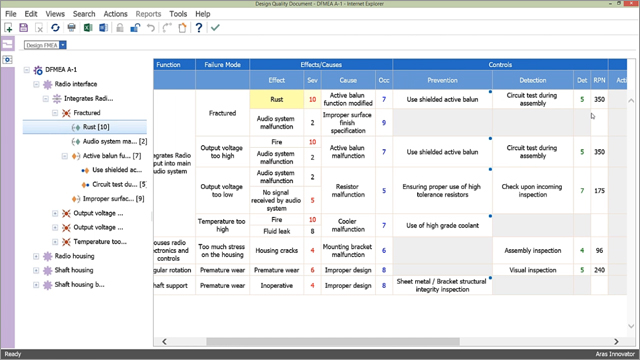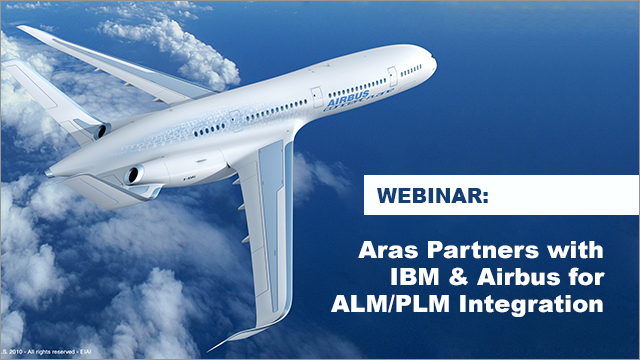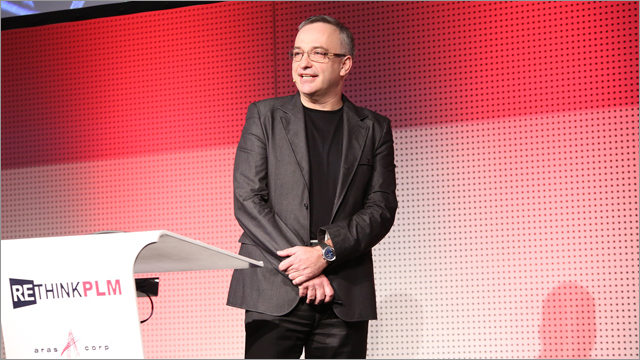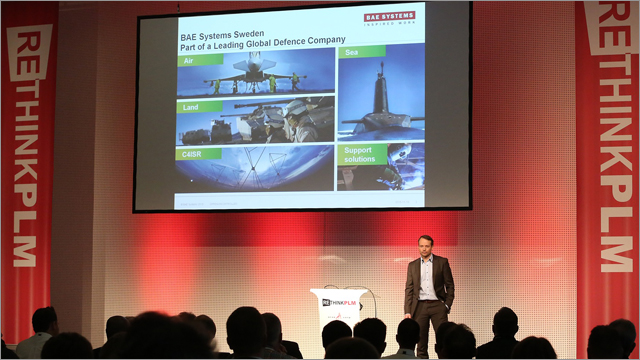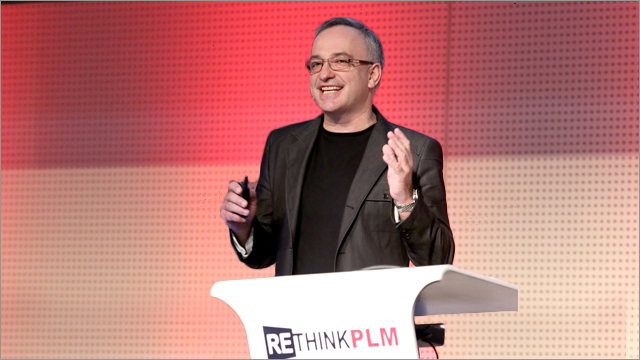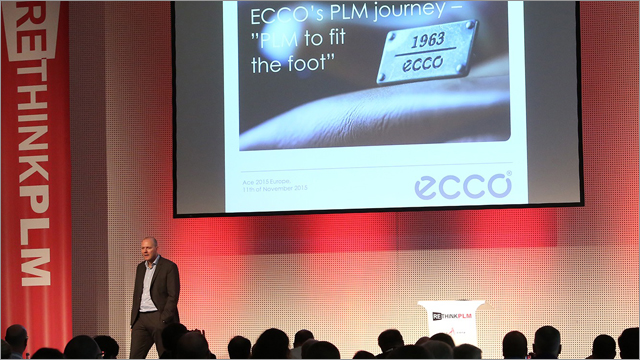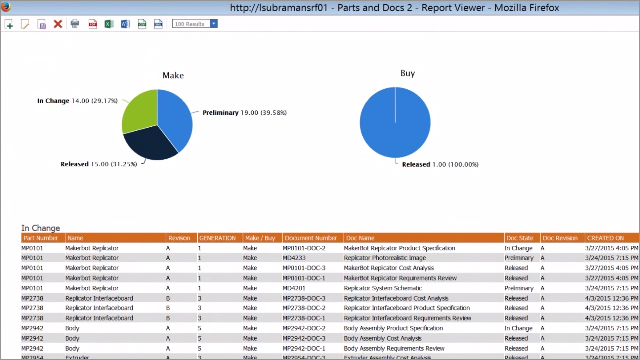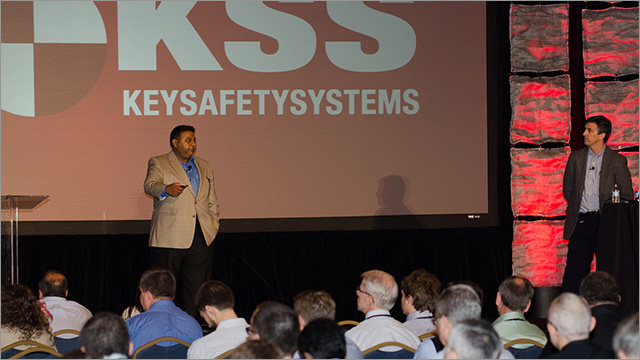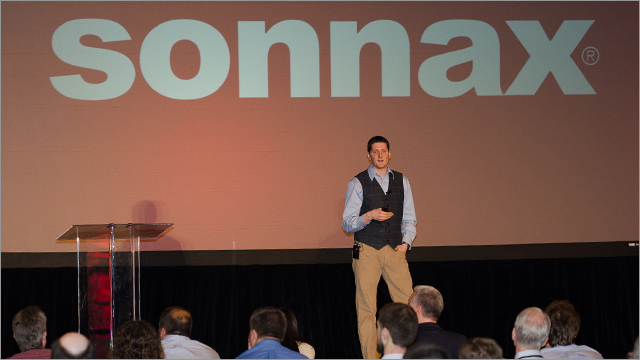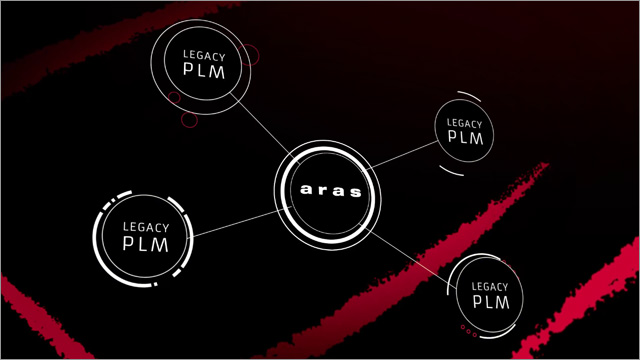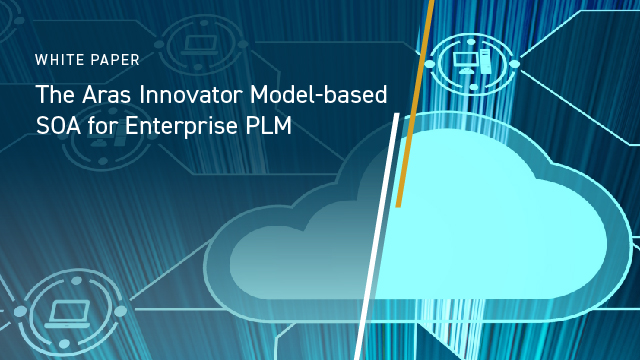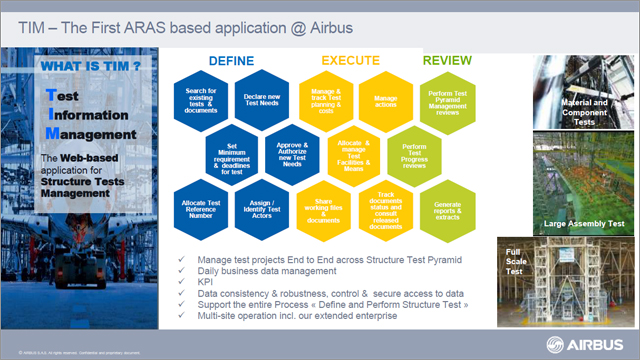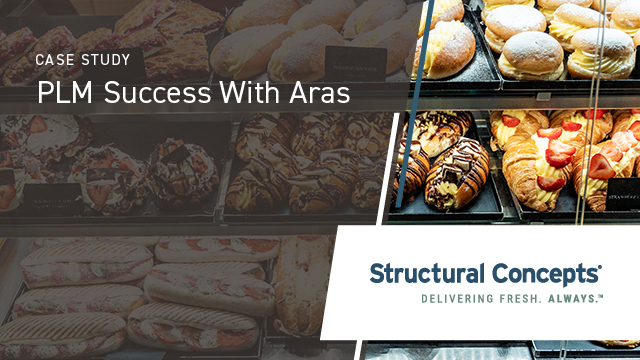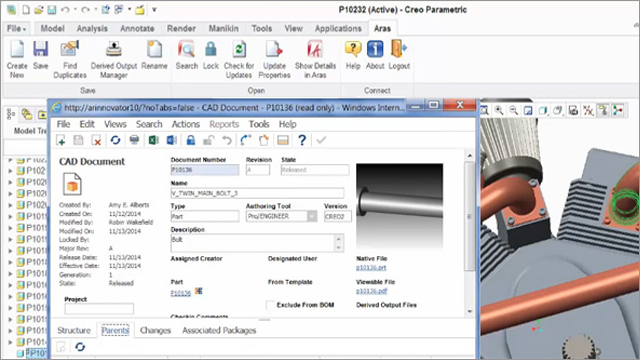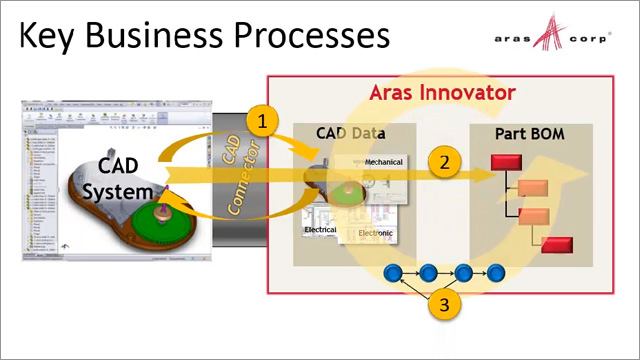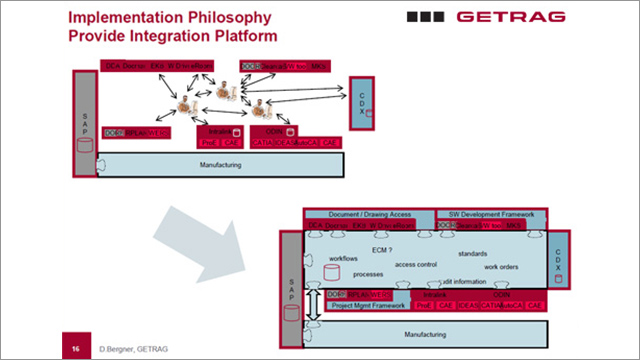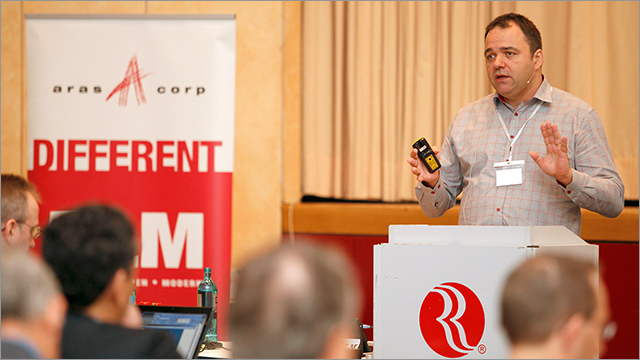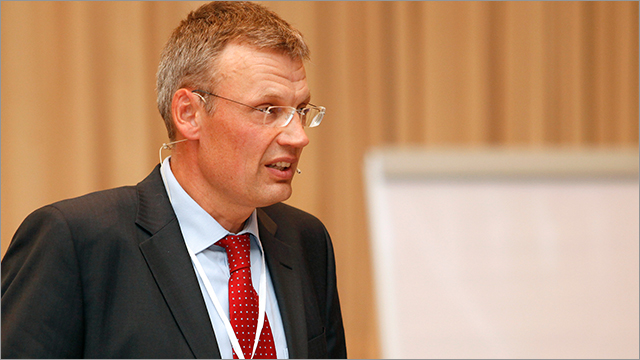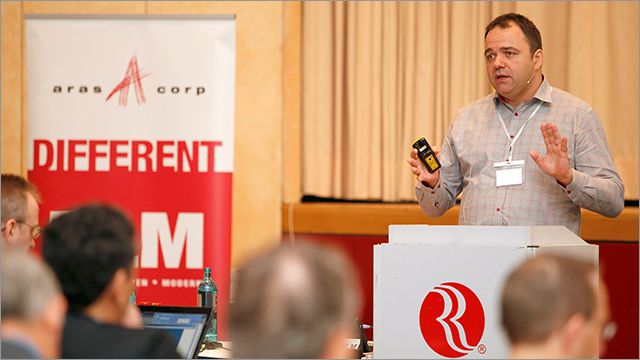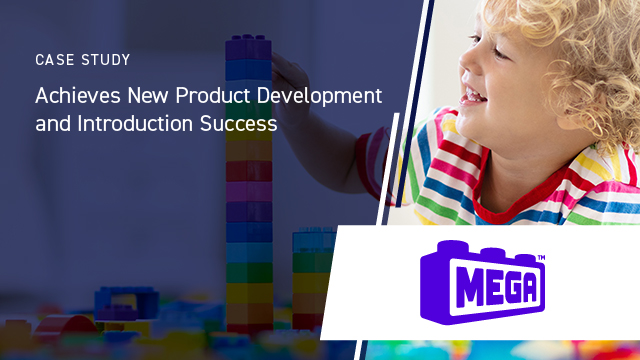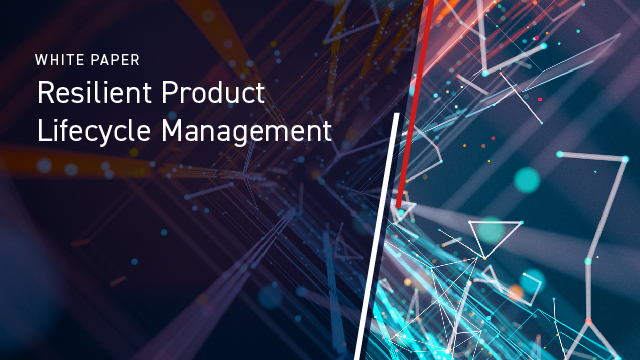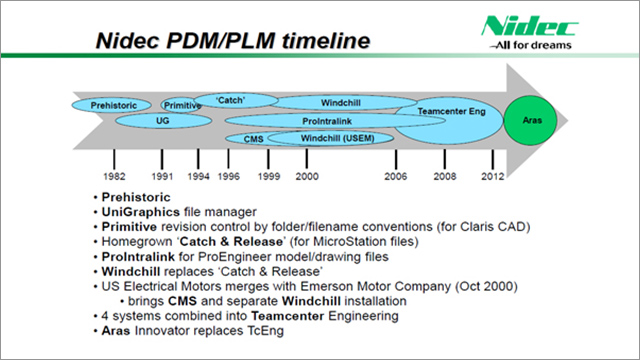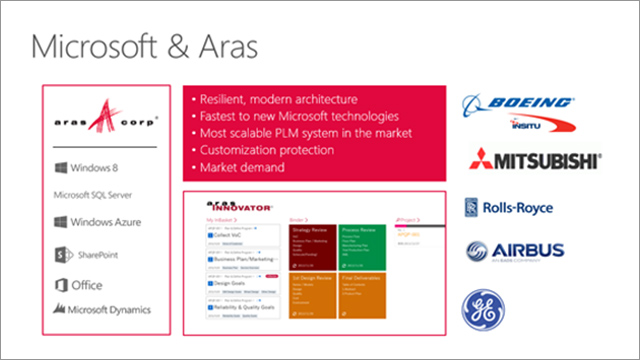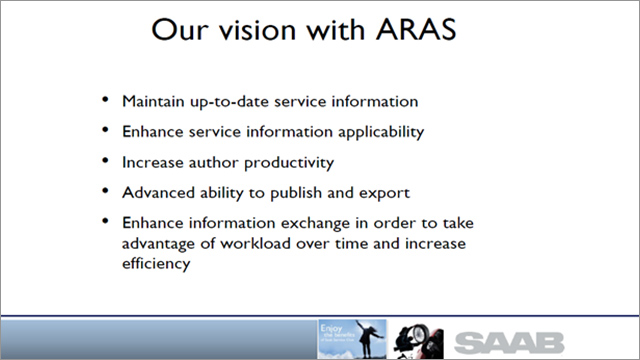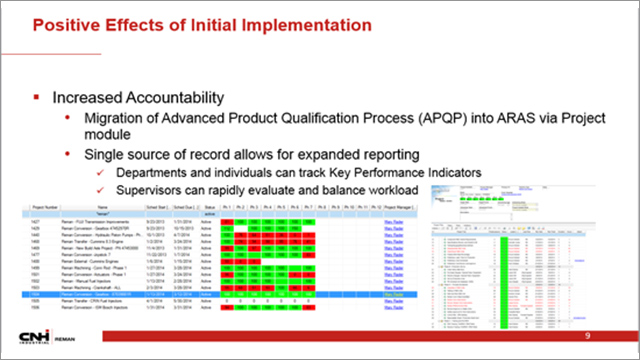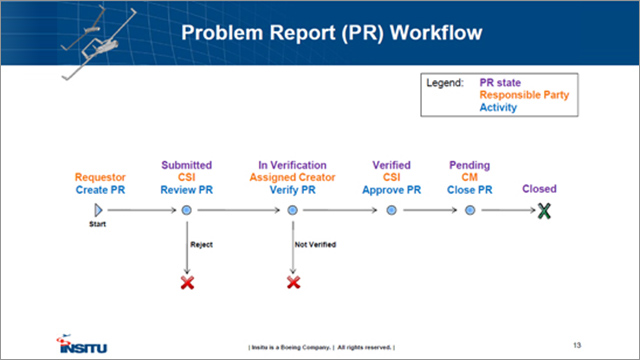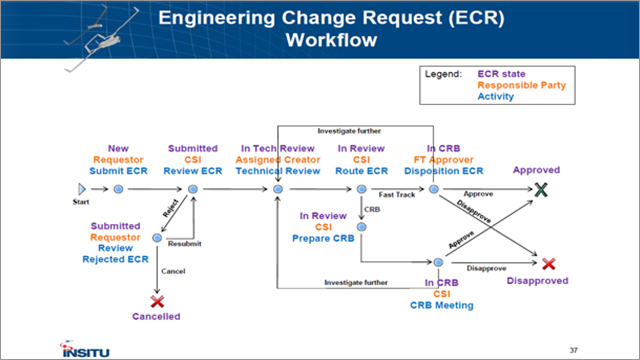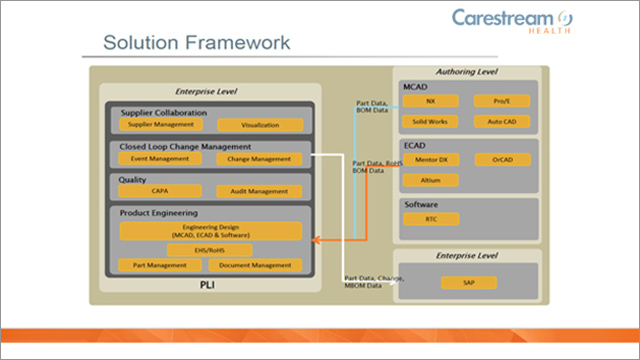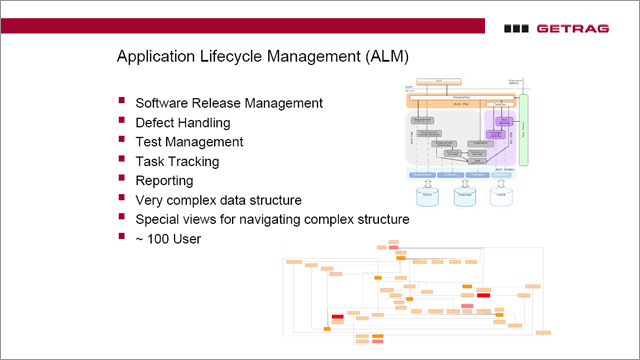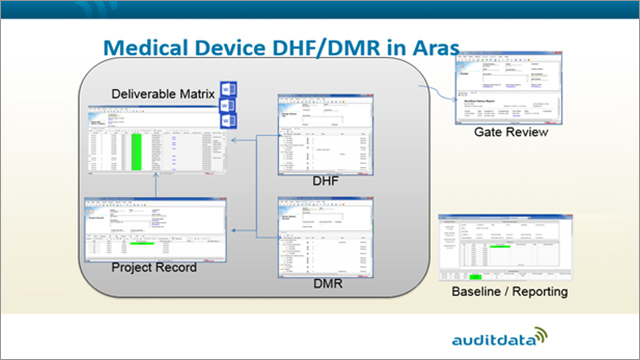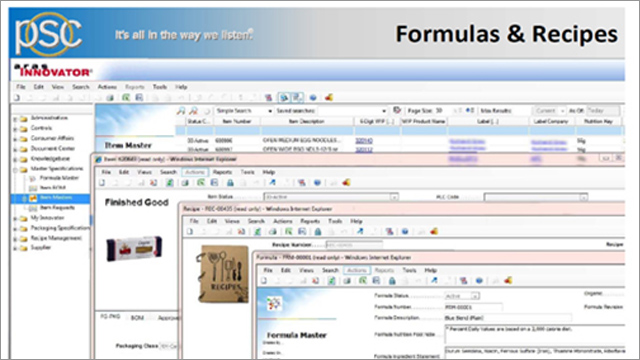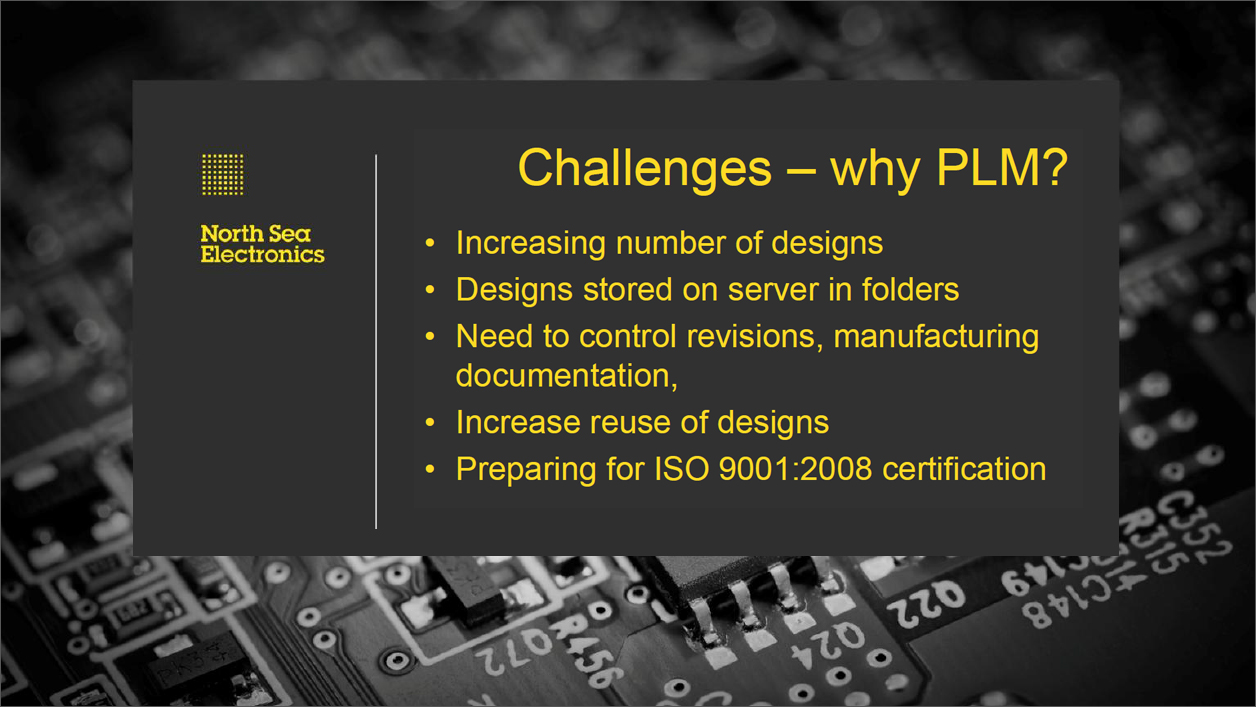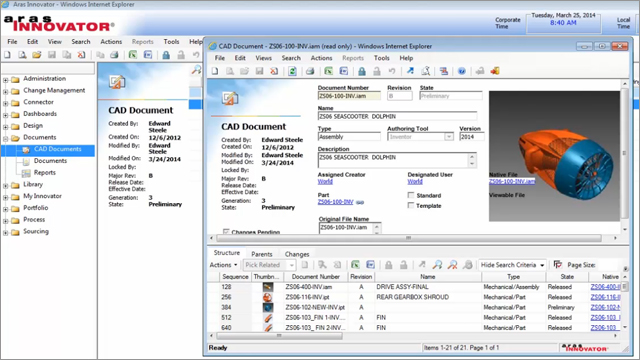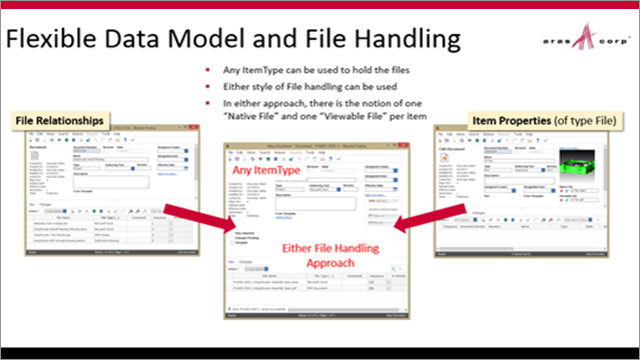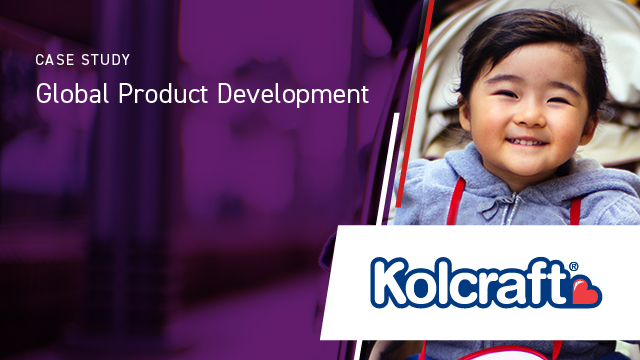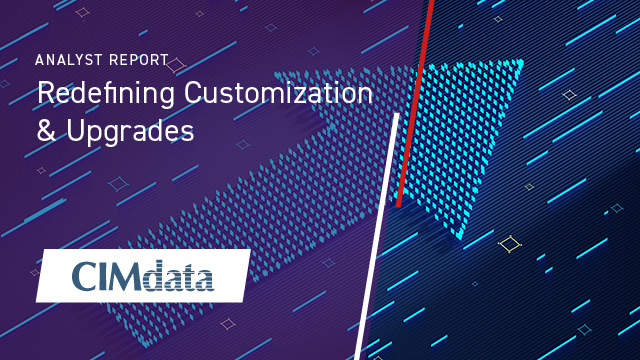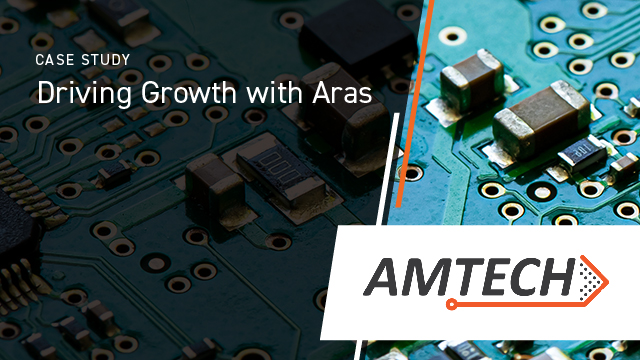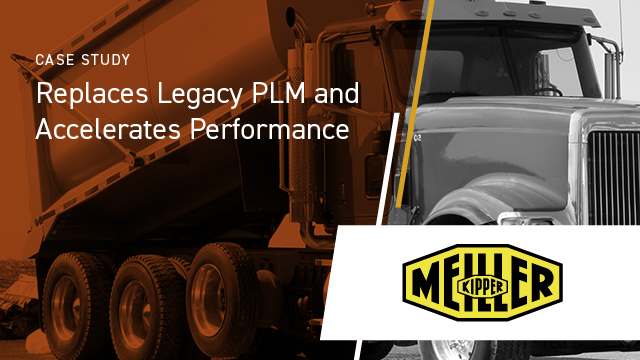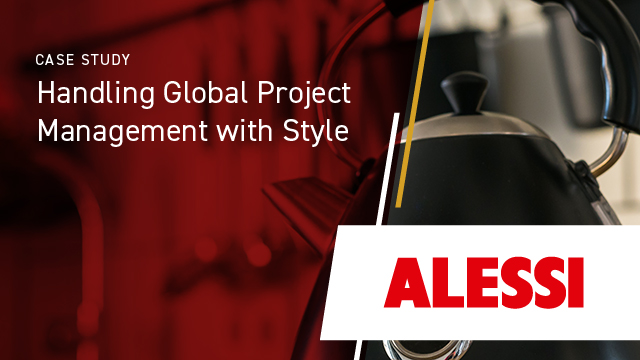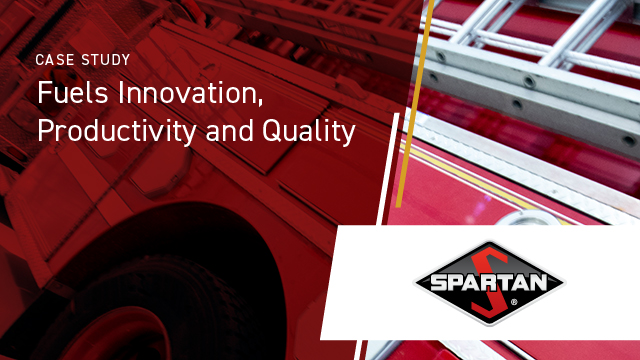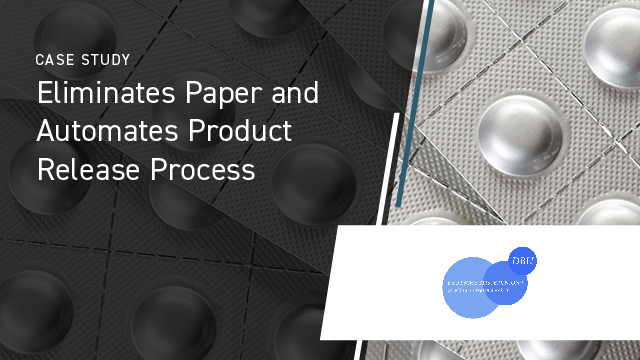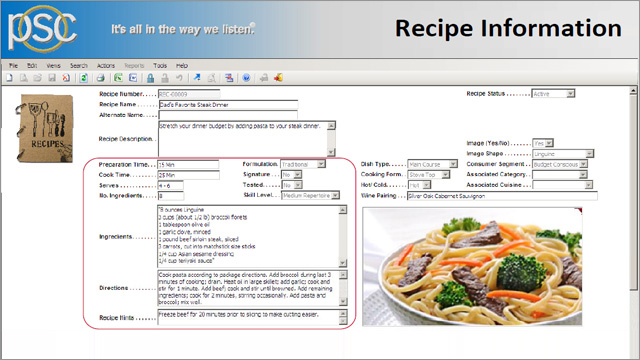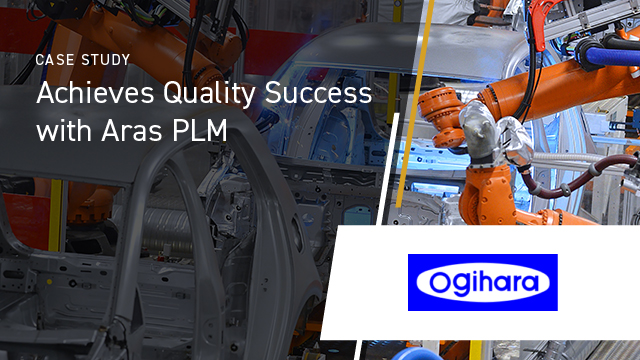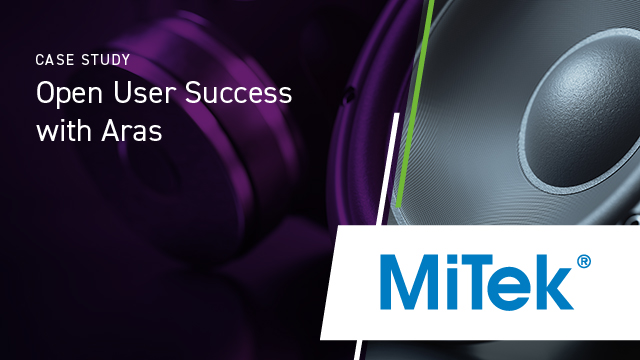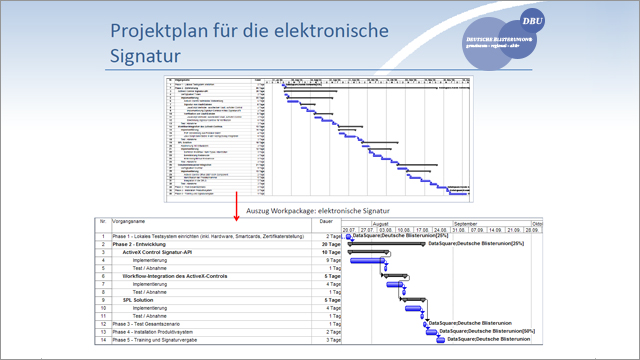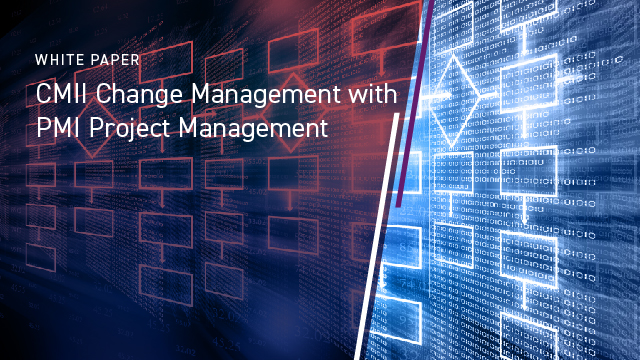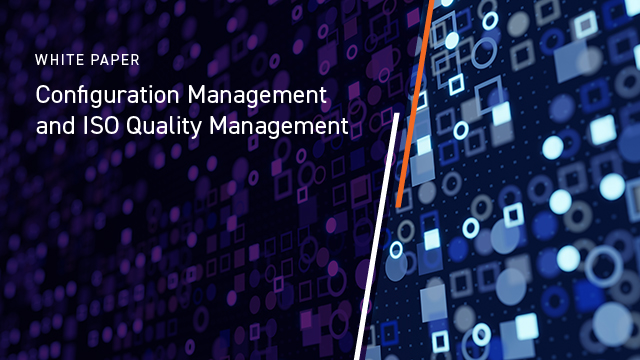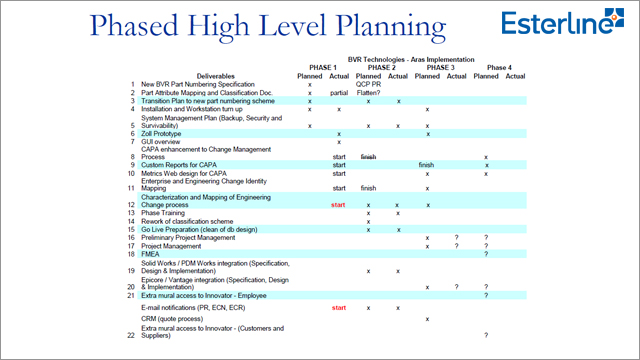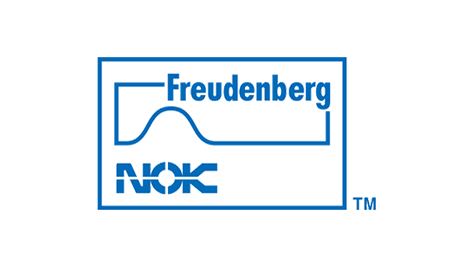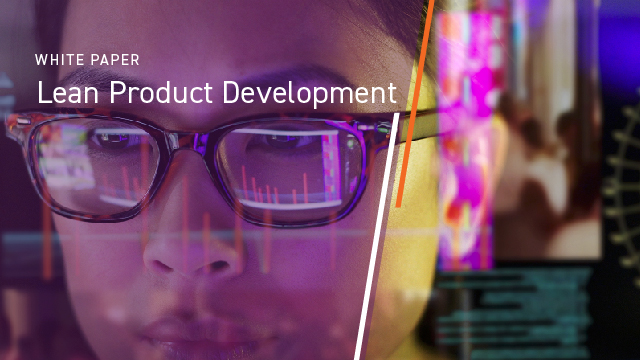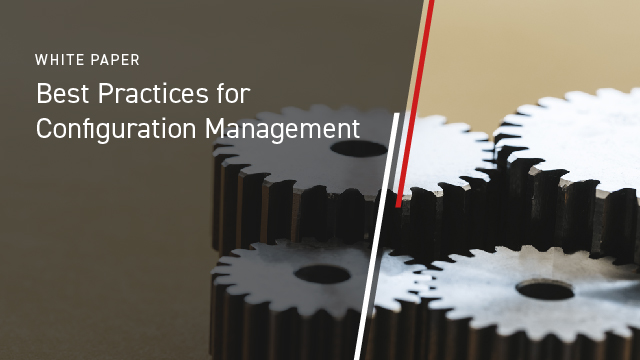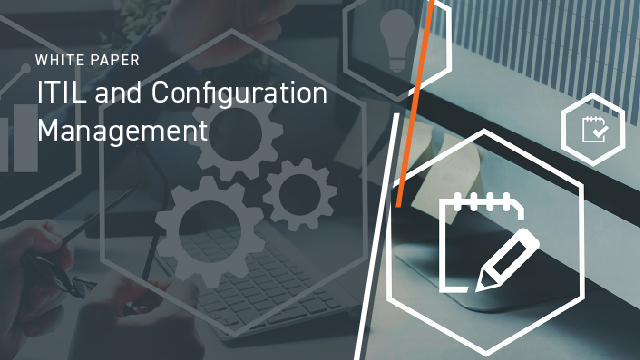Are you exploring ways to use Aras Innovator applications to amplify Digital Thread use cases? Looking to unlock even more productivity gains? Aras Advanced Visualization builds on our existing, powerful 3D visualizations capabilities to visualize and collaborate with large, complex assemblies, while reducing reliance on expense CAD and other analysis tools.
In the rapidly evolving landscape of digital, connected, and automated products, product integrity must be ensured through compliance with various regulations, norms, and standards. In the automotive industry, digitalization, electromobility, and automated driving have pushed regulators to new heights, with a 10-fold increase in regulations in the last 5 years. This continues to reshape the automotive industry, and the need for a robust solution to navigate regulatory compliance becomes essential. Regulations aren't just product requirements; they are complex and critical tasks that must be met with an integrated organizational approach.
In this webinar, we will dive into the complexity of the product compliance landscape and discover how AI enables a new way of managing regulatory requirements and seamless integration with product lifecycle management (PLM) systems. Learn how data can be created from regulatory documents to facilitate a data-driven approach to technical compliance. By automating the extraction of regulatory requirements from technical documents such as regulations, legislation, and standards, AI streamlines the flow of critical information directly into the PLM system, with the data effortlessly integrated into the development process. However, it is not only the initial integration of regulatory requirements that is key to modern product compliance solutions but also the monitoring and continuous updating of these requirements. A data-driven approach increases efficiency and reduces manual processes, resulting in significant cost savings and an added layer of regulatory security.
The traditional rip-and-replace approach to software architecture transition is not sustainable. Technological advances improve the value of computing by unlocking new capabilities and improving the efficiency of solution delivery. Today, the cycle is repeating itself with cloud / SaaS offerings. How do you break the expense rip-and-replace cycle? With a platform that optimizes your data using composable applications, low-code, and integrations to reduce TCO and build long-term ROI.
Welcome to the first in our thought leadership speaker series exploring the digital enterprise's transformation from the perspective of the digital thread. We will be joined by recognized experts in their fields known for their innovative ideas and insights that will cut through the hype, question conventional thinking, and challenge you to think independently.
As the entire industrial sector (along with the world at large) races to digest the implications of digital transformation, enterprise teams – and in particular, engineers – are radically changing how they approach designing, manufacturing, launching, and servicing products. The importance of interconnected data and digital information frameworks (i.e., digital threads) becomes increasingly clear as teams collaborate and make decisions at a pace not imaginable only 10 years ago.
In this inaugural episode of Pulling the Digital Thread, we'll leverage recent global survey research and analyst commentary to guide a conversation about industry-shaping forces, including Generative AI in Digital Engineering, PLM strategies for supporting ESG Goals, SW-Defined Products, Next Generation Compliance, and more.
Sharing engineering data outside of your organization with suppliers and partners can be a complex requirement to support. Product organizations rely on these companies to augment their existing operations. Learn from Leigh Young, Aras Product Manager, how our latest offering, Aras Supplier Management, enables secure, remote access to controlled subsets of your digital thread and related PLM information through configurable apps.
Join PwC Germany and Aras for a transformative webinar experience, "Don’t Waste Your Company’s Money – Unlock the Power of PLM". In this session, we address a critical issue for Boards worldwide - the inadvertent waste of valuable resources and money due to limited awareness of the capabilities of a holistic approach to Product Lifecycle Management (PLM).
Our webinar will explore three essential themes to shed light on the transformative potential of PLM:
- PLM as a Holistic Strategy: Discover the power of PLM as a comprehensive strategy that can reshape your approach to product development and lifecycle management. Learn how integrating PLM can drive efficiency and innovation and provide a competitive advantage.
- The Board's Role in PLM Strategy: We firmly believe that Boards should be actively engaged in their company’s PLM strategy. Learn why optimizing processes holistically and connecting your tool landscape is essential for achieving success.
- Navigating Common Pitfalls: Gain insights into a prevalent pitfall – relegating PLM transformations to lower organizational levels without adequate change management. Learn how to implement a structured and effective organizational change management strategy and commitment to ensure that PLM initiatives yield maximum returns.
This session features perspectives from two industry leaders, Aras and PwC Germany, representing both the tool developer and business integrator angles. Together, they will provide valuable insights on executing digital transformations effectively. Join us as we embark on a journey to maximize the benefits of PLM, drive innovation, and ensure sustainable growth.
Despite numerous crises, most companies around the world are optimistic about the future. They see opportunities and want to seize them with new ideas, business models, and strategies. Digital transformation is the key lever for companies to lead the entire organization into the future.
Artificial Intelligence (AI) and sustainability are the two megatrends that are currently challenging all businesses and are associated with data-intensive projects. To succeed in these endeavors, a solid data foundation must be in place. However, many organizations have yet to develop one.
Aras recently surveyed industrial companies around the world on these issues and more. 835 executives from the U.S., Europe, and Japan shared their detailed views on the challenges and opportunities.
For the development of complex systems such as space systems, concurrent engineering processes are being increasingly used to integrate different engineering teams. These processes are supported by and dependent on computer systems that enable reliable data exchange and design review, verification, and validation processes. However, it is a major challenge, in practice, to obtain the right data, at the right time and from the right stakeholder.
ECSS (European Cooperation for Space Standardization) is a collaboration among European space agencies to provide a coherent set of standards for use in all space systems developments and operations in the European community. ECSS recognized the importance of adopting a standardized approach to data sharing and proposed some standards. As there are many different families of space systems, each with different data and IT requirements, it is unfeasible to establish a single, central data repository for a space project.
Therefore, ECSS recommends a data standardization approach at the semantic level, using a global conceptual data model containing all meaningful data from all system disciplines and whose scope encompasses the entire space system lifecycle. This would be the basis of a "Space Systems Data Repository", which is a collection of different databases logically integrated into an interoperable architecture that allows data to be effectively and reliably exchanged among them.
The Aras Innovator platform provides the flexibility to define custom data models and an open architecture to connect multiple software systems and data sources into a unified platform. In this webinar, Rodrigo Britto Maria, Aras presales engineer for EMEA, will demonstrate why Aras Innovator is the perfect fit to implement a data management solution compliant with the ECSS standards for the space industry.
Sustainability is experiencing increased urgency in corporate strategies. Driven by regulation and customer demand, among other drivers, it is rapidly moving from a topic of discussion to a business imperative for manufacturers. It's time to take a systematic, data-driven approach and operationalize sustainability to drive strategic ESG improvements. Learn why, even though there is no single solution for sustainability, the right PLM solution is essential to support sustainability initiatives in your enterprise.
Kawasaki Heavy Industries, Ltd., a leading manufacturer of equipment for the aerospace, energy, industrial equipment, power, vehicle, and marine industries, has adopted Aras Innovator to streamline new product development and optimize system-related costs.
Manufacturing enterprises are often dominated by two major players in IT architecture: Product Lifecycle Management (PLM) and Enterprise Resource Planning (ERP). Rather than creating an 'either-or' scenario, the challenge is to create a harmonious interplay between these vital components. Key questions arise, such as:
- Where is the engineering change management actioned?
- Where are the different bills of materials managed?
These are not mere academic queries but critical strategic decisions that shape the efficiency and effectiveness of the enterprise.
In this illuminating webinar, Fraunhofer Institute for Mechatronic Systems Design (IEM), XPLM and Aras will present a live demonstration of the integration between Aras Innovator®, a leading PLM software, and SAP, a top-tier ERP system. This practical demonstration will not only showcase the mechanics of integration but also highlight the profound potential of digital continuity that can be unlocked when these systems work in concert.
Join us as we explore the opportunities and challenges of this integration, providing a comprehensive view of the digitized development process. The goal is to ensure a seamless, holistic management approach that spans all disciplines in your manufacturing enterprise.
In the demonstration Aras shows how maintenance organizations can use the Digital Thread and Digital Twin to support advanced maintenance strategies. With Aras, they have a view into each unique Digital Twin Configuration for assets being managed. They can drill into any asset’s operational status to identify upcoming maintenance requirements before possible unplanned downtime occurs. And they can efficiently predict whether maintenance should occur now or be deferred.
As connected as we appear to be, most companies continue to struggle with effective collaboration. Decision chains are buried in email, functional silos limit access to data, and the data that defines products is scattered across various systems and hard drives. These disconnected decisions and isolated data make it difficult to trace the information that went into creating a single product.
In this session, Aras will demonstrate how organizations can use the Aras platform to collaborate in a unified environment. You will see how a single digital thread of product information connects teams across the product lifecycle. While team members use applications purpose-built for their disciplines, these applications are built on a common platform, the data authored there is inherently connected, and can be easily traversed to enhance communication and collaboration as the product is developed.
This 30 minute demonstration applies Systems Thinking to making systems models a central part of the digital thread. It demonstrates a practical approach to establishing a custom digital thread that can expand and morph with the complexities of the products and systems that it represents, across all the above initiatives. The digital thread provides access to, and connects, data authored in best-of-class tools, and automatically exposes functionality appropriate to the task at hand—while maintaining traceability and the history of changes across the entire lifecycle.
Accelerate your new product introduction with the innovation twins Application Lifecycle Management (ALM) and Product Lifecycle Management (PLM).
Products are getting smarter each year, increasing the ratio among software among hardware components, sub-systems, and the system in its entirety. People from different disciplines need to collaborate to make products and systems work reliably. Furthermore, the pressure to improve the innovation cycle is increasing challenging the market share achieved so far. The different engineering disciplines involved typically work within their specialized tools: software engineering in their ALM system, electrical engineering in data management tools, and mechanical engineers manage data in their PLM system. The know-how exchange between those silos is often poor and results in substantial manual overhead.
In our previous ALM and PLM webinars, we talked about the technology (ALM and PLM: The Innovation Twins) and the business case (ALM and PLM: The Business Case for the Marriage). In this webinar, BHC Consulting, PROSTEP and Aras focus the attention on the methodology and people. Without a good methodology, like Systems Engineering, the collaboration between the disciplines will be cumbersome - despite good ALM and PLM platforms, and sound connecting technology.
EIZO Corporation leverages Aras Innovator to successfully create a digital thread between development and manufacturing. The company, which develops, produces, and sells high-quality video equipment, conducts all of its operations under its own integrated system. Previously, we used PDM (Product Data Management), but in response to the diversification of products, the rapid increase in information, and the promotion of DX in the world, we considered moving to a new PLM system, and decided to use Aras.
CIMdata commentary on addressing sustainability and the Aras platform's ability to do it.
According to IDC surveys, leading organizations believe that Generative AI will have the greatest impact on manufacturing and product design and development in the next 18 months. Despite this, only 27% of companies actively leverage AI in their operations. The challenge is finding practical applications of Generative AI and Large Language Models (LLMs) and gaining organizational buy-in on their use.
Join experts from Aras, the Fraunhofer Institute, and AI Marketplace to explore applied AI use cases for product lifecycle management (PLM).
This panel discussion will cover the basics of AI, Generative AI, and Large Language Models and their application in PLM. We will focus on practical applications, including intelligent documentation, AI-augmented collaboration, and knowledge management. We will present a live demonstration that showcases the practical, tangible implementation of AI in a PLM system, providing experiential insight into the future of intelligent and interconnected product lifecycle management.
In this presentation, Guillaume Fong, Mechanical Engineer & PLM Product Owner of Technip Energies Loading Systems, shares his experiences on replacing an obsolete PDM system and bringing the management of As-Design and As-Built configurations, documents & geometries, engineering changes into Innovator, and how the system provides interfaces with Supply Chain & Manufacturing (ERP), Master Data Management, as well as several custom features.
If you are from a product company or an EPC engaged in project intensive industries, and interested in how other companies manage their project specific design information (tag information) versus the generic product specific information, EBOM (Engineering Bill Of Material). Are you looking into ways of moving from Engineer To Order (ETO) product deliveries towards more Configure To Order, then this webinar is for you.
Bjorn Fidjeland from plmPartner will offer examples of how several companies have implemented solutions for managing both plant engineering and product engineering information in the same platform while utilizing master-data and product libraries to re-use product design data across capital projects.
ESG – Becoming data-centric to enable wise decisions for becoming a more environmentally friendly company and delivering sustainable products has been shown by us through different webinars and white papers. But digitalization must also incorporate the involved people besides transforming paper to data, creating a thread between data elements, and using visualization techniques. Notably, social aspects play a pivotal role within your supply chain, among your customers, and within your workforce.
In this webinar, we explored the “S” in ESG (Environmental, Social and Governance) with Patrick O’Sullivan, Partner at the French consultancy, Findle. The company, founded in 2016 has great expertise in supply chain management, organizational dynamics, and change management. Considering the growing significance of social aspects for companies, customers and employees, we will explore how to integrate people effectively into Product Lifecycle Management (PLM). As we embrace new materials, alternative product design, and improved manufacturing processes to reduce carbon footprints, it becomes imperative that PLM prioritize the human element. Discover practical strategies and approaches for tackling this pivotal subject and learn how to harmonize social responsibility with your sustainability initiatives.
Hear from Aras SVP of Product Management, John Sperling, about the latest capabilities and enhancements to Aras Innovator.
Our product development team has been releasing application, connector, and platform updates, and now with our simplified release schedule, we deliver it all in easy-to-digest quarterly releases! This webinar covers updates from Release 27 to Release 29 that will support your digital transformation efforts, as well as enhanced collaboration across the enterprise with the digital thread. Expand your efforts to new areas of your product’s lifecycle and improve how users view and navigate your most important resource – product information!
Listen to John Sperling do a 30-minute overview and demonstration of all the new capabilities available to help continuously progress your digital transformation initiatives.
Successfully managing the escalating complexity of designing and manufacturing modern software enabled products requires better cross-discipline collaboration and traceability across the product value network. Wipro’s NIMBLE framework enables organizations connecting heterogeneous applications. In this webinar Wipro will discuss its experience of implementing a customer specific Enterprise Data Dependency Management (EDDM), enabling an enterprise-wide Digital Thread in Aras Innovator for the Germany head quartered medical and safety devices major Dräger.
In Product Development, Product Managers need to define and maintain a Product Roadmap. This work usually lacks system support and the means to communicate results in a digital format to other company functions, such as engineering and production, to organize the product data as items in “Bill of Materials” (BOMS). These items include costs, suppliers, drawings, certifications of safety compliance, etc., - data that is relevant for the domain that owns the system.
Building a future product family from a modular architecture, using a Modular Information Model, will improve this situation by offering a common denominator across the product information handling systems to align structure and data. This information model can be executed in the software PALMA, that has been specifically developed for this purpose.
In this webinar, join Tobias Johansson and Johan Källgren from Modular Management, and Tomas Källberg from Aras customer Micropower, offering charging and battery solutions, to learn the reasoning for their choice of PALMA and the intended use case.
Unlock the full potential of your project management processes. Watch this demo of Dynamic Task Manager (DTM), an innovative add-on module designed to transform project task management for Aras users.
This demo:
- Showcases the seamless integration of DTM with Aras Innovator, empowering organizations to streamline project workflows, enhance decision-making, and foster collaboration.
- Guides you through the powerful capabilities of DTM, highlighting its dynamic and intuitive interface that simplifies project workflows and maximizes productivity.
- Demonstrates how DTM provides in-depth visibility, enabling efficient task management across multiple product development projects.
- Shares inspiring success stories from Kawasaki Heavy Industries and JAMCO Corporation, where DTM has transformed its project management practices.
This demo delves into the implementation process at these customer sites, discussing the challenges encountered, strategies employed, and value attained to ensure a successful transition. See the demo now and take a transformative journey towards enhanced productivity and efficiency with Dynamic Task Manager (DTM).
In response to our customers' evolving needs, Aras is excited to announce enhancements to Aras Dashboards and Reporting. Aras users will now have reporting capability and the ability to create custom dashboards to support data sharing and more robust collaboration. Join us to learn how you can better manage your business with greater access across the enterprise to the wealth of data already available in your Aras PLM platform.
Building an enterprise ecosystem for companies engaged in designing, constructing, and operating complex products capable of adapting to changes (be it regulatory, business model, or market shifts) demands a capacity for innovative thinking, connectivity, and collaboration to address your distinct and intricate business hurdles. A comprehensive reevaluation of how product data is managed and shared across the organization, ensuring its security throughout the enterprise, holds paramount importance in the context of digital transformation. Read this eBook to explore obstacles, value, and use cases for creating resilience in your organization.
Aras Innovator is a very feature-rich out-of-the-box PLM solution. It is able to cover the entire end-to-end lifecycle and can be used by any industry. Through the flexibility of the Aras Innovator platform, the system can be configured to fit the specific business process and requirements you have as a company so you don’t have to conform to a software author’s perception of how your business should be run. Instead, you get to keep what makes you unique and gives you the competitive advantage.
For some industries, there are specific use cases and regulatory requirements that are identical for all companies within that industry. To solve this, Aras has made industry solutions that targets the specific and unique requirements of regulated industries to provide a targeted solution that will give our customers best-of-breed solutions to ensure effective engineering and compliance to regulations.
Downstream costs, use of resources and vehicle sustainability are expected to increase 70-80% in the development and process planning phase. It is up to engineering teams to determine the sustainability of an automobile, starting from its operational phase through recycling.
SICK is implementing an interdisciplinary end-to-end PLM concept from development to pro-duction planning. Digitalization and sustainability are linked via the Digital Thread/Twin of the product in production.
Manufacturers who can make themselves less dependent on raw material bottlenecks and skyrocketing raw material prices by using less or switching to recycled materials are set to achieve a significant advantage over the competition.
Recent research from Tech-Clarity reveals that approximately three-quarters of companies prioritize the cloud when selecting software. However, it is essential for companies to prioritize business value when considering cloud-based PLM solutions.
This webinar featuring Jim Brown, president of Tech-Clarity, and Bruce Bookbinder, product marketing manager at Aras who discuss how to align your SaaS PLM strategy with your business objectives and drive maximum value from your cloud solution.
Quadrant Knowledge Solutions’ SPARK Matrix™ includes a detailed analysis of the global market dynamics, major trends, vendor landscape, and competitive positioning. The study provides a competitive analysis and ranking of the leading technology vendors through its SPARK Matrix. Aras was named one of the leaders due to Aras Innovator's:
- Resilient model, consisting of five interconnected layers, allowing seamless modeling of business rules and requirements, using a customizable front end with minimal coding
- A complete view of a product's history and its projected path, enabling businesses to make informed decisions
- Adaptability to guide organizations with flexible and customizable solutions designed to meet their unique business needs
Aras participated in the Software-defined Vehicle track session: “Software-defined Vehicle – Banking on CPU or the Cloud?” at AutoTech: Detroit 2023. In this panel discussion, moderated by Maite Bezerra, Automotive Expert, Wards Automotive, you can view our engaging discussion around the following questions:
- What approaches offer accurate estimates of how much computing overhead to “leave” on major vehicle components to account for future enhancement?
- How do we design hardware and software to be seamlessly updatable over time?
- How much of the core vehicle computer platform should automakers use “off the shelf” from their suppliers instead of designing and sourcing their own?
- Understanding the importance of data management and collaboration in order to keep pace and stay profitable.
The Microsoft Office Connector for Aras Innovator extends the PLM connector benefits of Aras to users in Microsoft Excel, Word, PowerPoint and Outlook.
Micropower, an autonomous producer of industrial battery chargers and systems, faced hurdles including struggling to locate the most current information and related data, encountering inconsistencies in data, and grappling with reduced search efficiency due to outdated information. The introduction of Aras Innovator brought forth a heightened comprehension of internal processes, resulting in minimized time dedicated to data management, and an overall enhancement in workflow efficiency. Through the adoption of the Aras Innovator High Tech Electronics Industry Solution, Micropower established a systematic tracking mechanism for the latest document revisions, simultaneously simplifying the data search and retrieval process.
North Sea Electronics AS (NSE) focuses on the advancement of high-temperature electronics tailored for challenging contexts, including downhole applications within the oil and gas sector. Given the demanding scenarios their products encounter, the implementation of a robust product revision management system is paramount for NSE. Through the utilization of the Aras Innovator High Tech Electronics Industry Solution, NSE has not only achieved a notable reduction in product design error costs but also a commendable boost in product profitability. This achievement stems from their more streamlined and efficient approach to product development. The enhanced visibility into processes and the accelerated pace of implementing product modifications empower NSE to respond swiftly to the dynamic shifts in both the market and customer demands.
Imperial Brands faced considerable hurdles with a fragmented product lifecycle system landscape. Siloed teams and disconnected tools hindered collaboration and efficiency across processes. Coping with vast data volumes and global regulations called for a comprehensive PLM overhaul. In this video, David Everson, Senior Manager PLM Process and Systems, Imperial Brands talks about how embracing the Aras PLM platform provided a feature-rich solution to tackle Imperial Brand's collaboration issues and fragmented systems.
Imperial Brands collaborated with Tata Consultancy Services to implement Aras Innovator as a comprehensive Product Lifecycle Management (PLM) solution, enabling them to overcome systems and collaboration challenges and embark on a global-scale business transformation. During the ACE 2023 conference, David Everson, senior manager PLM process and systems at Imperial Brands, shares the remarkable journey of their digital transformation in his keynote presentation.
Imperial Brands previously grappled with significant challenges due to a highly fragmented product lifecycle system landscape. Different teams and departments operated in silos, using disconnected tools and systems, hindering collaboration and efficiency in end-to-end processes. The need to manage vast data volumes and comply with diverse global regulations demanded a comprehensive PLM overhaul. Embracing the Aras PLM platform offered a feature-rich solution to address their collaboration issues and fragmented systems.
Mycronic, a prominent Swedish company, stands as a world leader, providing cutting-edge solutions for the high-tech industry, catering to assembly, display, and packaging needs. Their exceptional solutions find application in diverse fields, from flat screen TVs and displays to life-changing medical implants and even interplanetary space technology equipment.
Faced with the challenge of software end-of-life for their ENOVIA SmarTeam PLM solution, as well as the steep costs associated with other traditional PLM vendors, Mycronic made a strategic decision to adopt the Aras Innovator platform. The choice was driven by the platform's impressive array of functionalities and unparalleled flexibility, offering the ideal solution to meet their evolving needs.
L3 TRL Technology, a UK-based company and part of the leading US defense supplier L3 Technologies, specializes in electronic warfare and cyber security. Despite its agility, the company faced challenges in managing product development due to its smaller company ethos. This led to complexities in handling various product data and searching for the latest versions, causing inefficiencies and wasted time.
Fortunately, with the introduction of the Aras Innovator High Tech Electronics Industry Solution, L3 TRL witnessed a remarkable transformation. Internal collaboration and manufacturing release processes improved significantly, paving the way for scalable and efficient business operations.
Headquartered in South Africa, Delta V Aerospace stands as a youthful, vibrant, and independent aerospace design and development company. Renowned for their progressive and elegant solutions, the company prides itself on optimized business procedures and meticulous testing, ensuring proficiency in their endeavors. As they experienced remarkable organizational growth, they realized that their current data handling structure fell short of supporting their relentless pursuit of excellence. In order to meet and exceed all set requirements, they sought a solution that went beyond ordinary data management systems. Their quest led them to discover the transformative benefits of Aras Innovator, a powerful Product Lifecycle Management (PLM) tool that seamlessly caters to their evolving needs and propels their business to new heights of success.
MIT Lincoln Labs has been working on a project to enable an enterprise digital transformation of how they do their work. They have implemented a solution called Assembly Integration and Test (AI&T) built on the Aras platform. This solution digitally automates a manual process that was previously time consuming and error prone. The new solution was developed in collaboration with Eontes, an Aras Systems Integrator with experience in providing ground-breaking solution to Aras customers. This webinar will explain their solution and provide a clear example of how you can gain this kind of advantage by using Aras as your PLM platform.
SM Power, a power supplies and battery chargers solutions provider catering to diverse industries, faced a rise in product documentation complexity due to their recent growth. Recognizing the necessity for an automated workflow for CAD files and other product design documentation, they opted for Aras Innovator to address this requirement. Drawing inspiration from the successful implementation of the Aras PLM system by their parent company, the Swedish Micropower Group, SM Power embarked on a similar path a few years later.
Consilium specializes in niche markets that require high-security requirements within the global transport sector — onshore and offshore, high-tech, and oil and gas. In one of the industries that Consilium operates, the high-tech industry, Consilium must meet the highest safety standards and product documentation requirements. Consilium chose the Aras Innovator High Tech Industry Solution to track each product and its lifetime certifications.
Learn how a leading technology provider was able to significantly reduce its product development cycle times by leveraging the Aras PLM platform.
Amulet Hotkey, a global provider of innovative computing and visualization solutions, faced numerous challenges in managing its product development process. With multiple teams working on different product components, tracking changes and ensuring consistency became increasingly difficult. In addition, the process of managing product data and associated documents was time-consuming, leading to long development cycle times.
In this webinar, Martin Bladon, Aras Customer Success Manager, will explore how Nick Redfern, NPI engineer, and his team at Amulet Hotkey overcame these challenges by adopting the Aras PLM platform. They will share their experiences implementing and using the Aras PLM platform and discuss how it has improved their ability to manage product data and accelerate product development. If you are a product manager or engineering leader looking to streamline your product development process, this webinar is a must.
Oxford Instruments, the first commercially successful spin-out from Oxford University, has contributed several technological breakthrough products during its 60 years, including the world's first superconducting magnet and fully functioning MRI system. Over the years, the company's growth has led to significant challenges in managing its product development and supply chain processes. Learn how Aras Innovator helped Oxford Instruments to provide a centralized repository for all product data, including engineering designs, specifications, and manufacturing instructions.
Cloud-based software-as-a-service (SaaS) is the clear path forward for enterprise software, and the cloud transition in PLM is underway. According to a recent survey, about ¾ of companies now favor, prefer, or mandate the cloud for new software selections.
Using data collected from their industry research and multiple surveys, Jim Brown of Tech-Clarity discusses why companies should take a "solution first" rather than a "cloud first" approach for their cloud migration strategy.
Auditdata handled their documentation by manually signing and scanning paper-based documentation to store them on file servers. This inefficient and complex process resulted in errors and wasted time. By implementing Aras Innovator and the industry-specific medical device PLM solution, Auditdata increased visibility and understanding of data relationships within their environment.
Creating product documentation, like installation sheets and manuals, and keeping them up to date can be challenging and demanding. Many technical publishing systems require the data to be pulled manually from different sources, which is a considerable risk for errors and obsolescence. Aras Technical Documentation is a content authoring that turns your data stored in PLM directly into connected technical publication information – on the same platform and in a modular fashion.
The Technical Documentation Application was introduced in 2015 and is based on the Tech Pub Framework, which is the foundation for our Requirements Engineering and Manufacturing Process Planning Applications. Both the framework and the application have improved for even better usability. This webinar will show the current cycle of enhancements and upcoming features of the Technical Documentation Application.
Kyocera Unimerco specializes in the development of high-quality precision cutting tools for metalworking, woodworking, and composite materials. It is vital for the company to have complete visibility and traceability in their product data. Version control is a significant and complex task for a company like Kyocera Unimerco. As the old system no longer supported this process, the need for a modern PLM platform drove the team to look for a new solution. Today, Aras Innovator is used across the company's tooling division.
If you’ve been reading the news these days, it’s been impossible to miss the buzz around Artificial Intelligence (AI) and how its impact will affect every aspect of our lives, including PLM! AI has the potential for transforming data into information, improving contextual searches, assisting in decision making, spotting data patterns, and providing design insights. This webinar focuses on the benefits and the pitfalls of AI, and how to effectively strike the right balance between AI and PLM.
The current energy crisis has pushed us to rethink our business strategies. Due to the increased energy costs in 2022, manufacturers across industries immediately achieved up to 20% savings by lowering heating in offices and manufacturing sites and improving energy efficiency in buildings and infrastructure.
The speedy transformation shows that there is a huge potential to do more. By consolidating energy-saving activities into a structured approach, manufacturers have the potential to make their businesses much more profitable.
The following questions will be of central interest within the industry:
What part of the product consumes the most energy during production?
How can I improve the overall energy footprint within the manufacturing or supply chain?
Which investment makes an ROI in energy savings and lower overall cost?
Knowing that there are many more challenges to solve on energy costs and consumption, transparency and a structured approach are essential.
In this webinar, you will receive insights on how your business saves costs on parts and manufacturing by consuming less energy and delivering cleaner and more sustainable products for customers. You can provide better products and solutions with access to one data hub that maintains all relevant energy KPIs within your environment.
Not all products are created equal. Axendia's research shows medical device companies still rely heavily on manual processes and siloed systems to manage the medical device product lifecycle. The result is an inability to effectively close the loop from ideation through commercialization and service or obsolescence.
Axendia recently interviewed industry leaders to learn how they harness the power of PLM. Learn how PLM helps medical device companies make informed decisions about when to invest in new product development, when to retire existing products, and how to align with evolving customer requirements. This can lead to a more successful and sustainable product strategy.
Leave the conversation with best practices on transforming your product lifecycle management approach. The result? Accelerated time to market, improved product quality, and seamless global regulatory compliance.
In this Voice of the Customer report developed by Axendia, we explore the key benefits of implementing a Product Lifecycle Management (PLM) solution and how medical device companies are overcoming complex challenges in the life sciences industry. In this report, we will cover:
- Business objectives and goals
- Leveraging digital threads to support product lifecycle intelligence
- The value of PLM from business, regulatory, and technology perspectives
- Overcoming the barriers to PLM implementations
Listen to James Roche from CIMdata, David Ewing from SAIC, and Paweł Z. Chądzyński from Aras share their insights on how digital thread solutions can streamline the product lifecycle, enhance collaboration and communication, and improve regulatory compliance. This discussion includes a review of CIMdata research which indicates that digital thread investment within the ecosystem of industrial users will proliferate in the Aerospace and Defense industry.
Today's products are so complex that companies collaborate more and more with partners during the design and manufacturing phases. Most companies rely on unsecured ad-hoc tools and methods for collaboration, including FTP, file sharing, and email.
During this webinar, you will learn how you can collaborate efficiently in a secure manner while protecting your IP, using the Aras Innovator platform. We will demonstrate how users can define the scope of data to be shared with suppliers based on a 3D mockup from the company PLM solution (or collaboration portal). You will learn how external users can access data from a supplier portal with full PLM capabilities hosted on a DMZ.
Discover how the Aras Innovator platform helps to make your supplier collaboration a success.
"Engineering to Possible" is a Systems Thinking context that holds significant importance for manufacturers. It includes taking proactive measures to manage and mitigate potential disruptions in the supply chain that could impact critical sub-subsystems, manufacturing processes, and distribution. Failing to address these potential disruptions forces organizations into a reactive mode, often lacking insight into the core functionality of key products. This reactive approach leads to unpredictable costs, potential quality issues, and inadequate compliance with regulatory standards.
ANCA, a global tier-1 supplier of industrial cutting devices, had been experiencing challenges in optimizing the integration between their ERP system, data management systems, and internal collaboration processes. They realized there was a problem when ANCA tried to deploy one of their most ambitious new products. Driven by the determination to solve the problem, ANCA looked for a PLM solution with additional integration capabilities that would work well with their ERP systems. They implemented Aras Innovator and Increased team communication and collaboration due to solid integration between their ERP and PLM systems.
In its pursuit of becoming a top-tier supplier of components to the aerospace industry, Aeronamic needed to improve data visibility and handle regulation and certification procedures more efficiently. Read how Aeronamic centralized its data-handling structure and lowered time expenditure and production costs.
Aras Variant Management application helps manage your product platforms and variants on a single, connected Aras PLM platform. Using functionally rich, intuitive user interfaces, teams in your organization can define and validate product variability rules and apply them to various product structures. Product platforms are managed using breakdown structures with the applicable variability. The application generates valid product variants based on a common underlying platform structure.
A PLM system doesn't guarantee you are ready for any challenges affecting your company or your products. Since no one knows what the future will bring, it is impossible to build a PLM system, or any system for that matter, that will solve any future requirement that may come. You need a flexible, scalable platform that can quickly design, build, prototype, and launch new applications and features.
One example for the medical device industry was the introduction requirements for Unique Device Identification. When this requirement was introduced, no systems were ready for it, and no systems were designed to manage this requirement, which led to a lot of manual work, inefficiency, and loss of traceability.
Because of the flexibility of the Aras Innovator platform, we could quickly respond to this. Within two weeks, we had a fully functional solution that could help our customers manage this new requirement without investing in a new tool, adding mountains of manual work, and adding to the system landscape's complexity.
The Complete Guide to PLM Software Selection: Everything you need to know to make the right decision
Selecting the right PLM software for your organization can be complex and time-consuming. With so many available options, it can be challenging to determine which software solution will best meet your specific business needs.
In addition, many PLM software selection processes have become superficial. These processes often resemble staged performances, where software vendors and implementation partners compete against each other to win your business.
The Complete Guide to PLM Software Selection is designed to help you avoid these pitfalls and make a well-informed decision about which PLM software solution is right for you.
This guide provides a comprehensive overview of the key factors when selecting a PLM software solution. It also guides how to build a business case for PLM adoption, select a vendor, and implement the software effectively.
Download your copy of The Complete Guide to PLM Software Selection today and get the information you need to make a smart decision about your PLM software future.
This eBook summarizes the recent CIMdata research on behalf of the Aerospace and Defense PLM Action Group member companies in collaboration with Aras. The findings indicate that digital thread investment within the ecosystem of industrial users, their customers, suppliers, and solution providers have reached an inflection point. Initial implementations of targeted digital thread solutions have provided value proof points and essential learnings. Now expanded investment rounds are ramping up, guided by these early achievements and with expectations driven by the value potential revealed.
Implementing and operating PLM solutions can be complex due to their many capabilities, interdependencies, and integrations and how they interact with product information and business processes. Read this commentary and discover why CIMdata calls the Aras approach to DevOps “a great choice for companies looking to modernize their approach to Aras Innovator solution configuration management.”
Consumers choose products with ever-increasing features in today's highly competitive commercial landscape. To succeed in this landscape, companies are investing in efficient product development strategies as a key differentiator in determining their success. Adopting a modular product development approach where many product variants are derived from a common platform has become a best practice. However, this approach requires the ability to match the innumerable customer requirements and all the combinations of product options conceived in the development phase. Most of the Variant Management tools available in the market cannot handle this challenge, addressing variability only on the already developed product as it is presented to consumers.
The new Variant Management application in the Aras Innovator platform is designed to cover not only the customer-facing product variants but also the development process of these variants, including the mapping to product requirements and other product representations. It leverages the power of Aras Innovator, including its flexibility and connectivity, to provide a solution that applies to the complete Digital Thread. This allows companies to manage product variants from the start of their development process, addressing complexity in an efficient manner, and reducing the overall product development cycle, thus delivering value to their customers faster.
In this webinar, Rodrigo Britto Maria, Aras presales engineer for EMEA, will demonstrate how the Aras Variant Management application can be used in a product development scenario, highlighting the connection with product requirements and discussing the key differentiators that can help you manage the variability of your products across their development lifecycles.
Managing and coordinating product development across multiple locations while consciously acquiring new companies comes with business challenges. If your organization is in a similar situation, this webinar is a must.
In this webinar, Kendrion, who manufactures high-quality electromagnetic systems and components for industrial and automotive applications, will share how they went from disparate software systems to a centralized, digital backbone with Aras Innovator. They now maintain a single source of truth for their data coming from more than 20 sites worldwide.
Find out why they selected the cloud-based Aras Enterprise SaaS (software as a service) platform for their dynamic scaling and easy integration with other systems. And why they went with a SaaS solution rather than on-premise? We will review how they resolved other business challenges as a multi-side and constantly growing organization with a SaaS product lifecycle management system (PLM).
Software is playing an increasingly important role in the development of future products. While mechanical, electrical, and electronic elements are often interconnected, software/ firmware is only sometimes effectively integrated into traditional product data management systems.
In recent webinars, we have demonstrated the benefits of adopting a model-based systems engineering and product lifecycle management approach, which allows for the automatic maintenance of a bill of materials and streamlined change processes across disciplines.
In this webinar, we will show how software/firmware can also be managed in an integrated approach using ALM/PLM best-in-class integration. This will provide a comprehensive view of the integrated development process and ensure that all disciplines work together seamlessly.
Recently, the market handed us amazing examples of what happens when companies fail to keep up with the technologies that are strategic to their competitiveness. Delaying technology upgrades has had an enormous impact on Southwest’s business. Legacy technology systems could also have contributed to Ford’s Mustang Mach-E production errors, where CEO Jim Farley disclosed they have “a mile of wires it didn’t need.”
Both companies are struggling to meet the demands of today's market due to their use of outdated legacy systems. How can modern enterprise systems help companies overcome these challenges and prepare for the future?
Join us for an exclusive webinar where Aras experts will provide commentary and dive deep into the consequences of using outdated systems, explore the risks and benefits of modernizing technology, and how companies can break free from their legacy systems to become more agile, efficient, and competitive.
Nidec Corporation, a leading global comprehensive motor manufacturer, chose Aras Innovator to centralize data from various sources due to their acquisition of multiple companies. Hear how they successfully centralized their data using Aras from Kamran Aftab, PLM management leader at Nidec.
Medical device manufacturers must reduce the risk of potential hazards and harm when users operate their devices. Device failures from intended and unintended use must be identified, understood, and controlled. Managing risks in siloed document-driven processes makes it difficult for medical device manufacturers to connect all risk-related data and understand the impact of product changes coming from design and R&D. Manufacturers need a system that brings quality, risk, and product data together in one place.
"If you digitize a bad process, you will get a bad digital process."
With 20+ years of PLM implementation experience, we have learned a few lessons on what makes or breaks a PLM project. First, if you do not know your digitization strategy, you will get lost at some point trying to reach an unknown goal. And secondly, if the entire organization and external partners is not involved in the PLM implementation, there is a high probability that it will fail. No matter how much money you spend.
In this webinar, we will show you concrete examples of what to consider, and how to prepare and set up a PLM project that is not doomed to fail, making sure that you reap maximum benefit from your PLM solution.
In the past, Amulet Hotkey faced challenges due to inconsistent management of product data across spreadsheets and multiple disconnected systems. This issue harmed their data quality and productivity. However, by adopting Aras Innovator in the cloud as their primary system with strict data security control, Amulet Hotkey has experienced a drastic improvement in their efficiency, reducing the time it takes to assemble and send data packages to third-party manufacturers from 3-4 weeks to just 3 minutes.
MacGregor, a world-renowned provider of cargo and load handling solutions for the global maritime industry has developed an award-winning monitoring solution with Aras Innovator as its supporting IT platform.
If you are from a product company, an EPC or an Owner/Operator engaged in capital projects, and interested in how others manage information from early phase design through to operations and maintenance by introducing structured and connected data, then this webinar is for you.
Bjorn Fidjeland from plmPartner offers examples of what kind of information structures are important to focus on and manage throughout the lifecycle of any plant or facility as well as how they relate to each other. Listen to how different companies have obtained traceability and control from early plant design to product selection or even in-house product design and manufacturing, through to installation, commissioning and ultimately operations, maintenance, and de-commissioning.
Learn how companies are utilizing structured and linked data as a foundation for their digital twins, and why this linked data is such an important enabler to harvest the benefits promised by digital transformation.
Hear from Sébastien Grau, co-founder, of Inensia, about why they chose to become an Aras Innovator consulting and integration partner.
Everything in design starts - and ends - with requirements. They are a critical part of a digital thread and provide the context of what the product does. Add the ever-exploding product complexities and the challenges keep growing. Separate, stand-alone tools for managing requirements make traceability of requirements difficult. This is why managing requirements in a PLM platform is critical to improving interdisciplinary collaboration and verification. Hear the benefits of integrating requirements management across the entire product lifecycle with the digital thread.
Most companies today struggle to manage all of the data that is generated during product development. Much of this data is contained in silos around the enterprise with little access for the business. One solution to this challenge is the ability to create interactive dashboards that display PLM data. Learn more about this illuminating ability from Aras that will be rolling out in phases this year.
Toyota Motor Europe relied on the manual exchange of complex spreadsheets to share data, an unsustainable process due to the number of architectural variants and related simulations. These spreadsheets were devoid of any connection to the rest of the product data and were not managed under configuration control. The pedigree, maturity, and connectivity of the data were often unclear. Management of the engineering division recognized that the existing process was not sustainable without a new data management platform. The original spreadsheets are now replaced by the “single source of truth,” the digital thread in the Aras platform that covers the engineering data for vehicle dynamics performance. The variant-design-simulation relationships are managed within this system-centric digital thread regardless of where the system and design details are authored.
Excel-based management makes finding the most current data very difficult, with users making copies, changing data, or saving new versions of documents. When Tamturbo went through a period of rapid growth, which resulted in more complex products and data to manage, they quickly realized the importance of systematic data management.
Tamturbo produces oil-free, touch-free, and care-free turbocompressors for several industries and provides 24/7 remote monitoring of their equipment. It is critical for all departments – from sales and service to designers and developers – to have easy access to accurate product data.
In this webinar, Tamturbo’s Ollipekka Jaatinen and Fulvisol’s Petri Surakka will discuss how Tamturbo achieved a clear, traceable view of the entire lifecycle of its compressors by federating all data into one system available across their entire value chain.
Please register today and get insights on how a growing organization can leverage product lifecycle management (PLM) to boost its productivity, save costs on outsourcing resources, and deliver design structures for customers. With access to one data hub, users can connect their CAD system to Aras Innovator, ensuring the accuracy and completeness of all CAD libraries and much more.
Energy costs are the biggest challenge facing the industry. Yet many companies have been content with easy to implement energy-saving measures. A structured approach is the exception rather than the rule.
The new Aras white paper "Energy – Increasing Potential Energy Savings in Manufacturing" shows how industrial companies can use digitalization to cut their energy consumption in half. With a systematic energy audit and precise analysis of the collected data, companies can gain deep insight into their value chain to exploit optimization potential.
Circor Deltavalve is the global standard for safe and reliable refinery valves. Their innovative solutions have created levels of safety and reliability previously unattainable. Listen to this 2-min video on how Circor Deltavalve broke free from the constraints of their legacy PLM system to meet their business goals by leveraging the open, flexible, easy-to-use Aras Innovator platform.
Our Aras Product Development team has been releasing application, connector, and platform updates at an incredible pace! With our robust release cadence, you may have missed some great new features that were designed with you in mind!
Hear from John Sperling, SVP Product Management, for a 30-minute overview and demonstration of all the new capabilities to help you continuously improve on your Digital Transformation journey.
Rising energy costs, a high inflation rate, and an acute shortage of skilled workers are putting tremendous pressure on European industrial companies. Winners and losers are made in times of crisis and individual companies can control how well they are positioned during times of uncertainty.
To assess how prepared Europe’s industry is, Aras surveyed over 400 decision-makers from 19 European countries; nine out of ten survey participants are convinced that sustainability and economic success are no longer a contradiction in terms. For them, getting ahead with ESG (Environmental, Social, Governance) is a critical factor for building the resilient businesses of the future.
During this webinar Frederic Weiller and Matthias Fohrer will share with you how your company can both comply with legal requirements and capture the economic potential of sustainable business practices.
Hanwha Phasor is a British company with a mission to design broadband antennas capable of delivering mobile internet access via satellites anywhere in the world. Today, the London-based company is preparing its first product, the M6 phased array antenna, planned for launch in 2025. A focus that has added an extra layer of complexity to how departments collaborate with product data throughout the organization.
To transform design data into state-of-the-art low-profile antennas. Hanwha Phasor needed a PLM system to transfer released and approved design data to manufacturing to support efficient collaboration of design data between engineering and manufacturing.
When access to CAD data is limited to CAD designers, the only users who can realize the value of visualization, collaboration, and coordinated change based on highly intuitive, graphical representations of the product are the users who created those representations in the first place. In this white paper, we look at the current CAD and PDM landscapes and outline the impact of an unconnected CAD environment. Then we examine the benefits of integrating CAD data into a PLM system and the importance of a digital thread that connects that data with departments, the extended enterprise, and the supply chain.
Accelerate your new product introduction with the innovation twins ALM and PLM. Products are getting smarter each year, increasing the number of lines of code and dependencies between hardware components, sub-systems, and the system in its entirety. People from different disciplines must work together to make products and systems work reliably. The different engineering disciplines involved typically work within their specialized tools: software engineering in their Application Lifecycle Management (ALM) system, electrical engineering in data management tools, and mechanical engineers manage data in their PLM system. The know-how exchange between those silos is often poor and results in substantial manual overhead.
In October 2022, we showed the technology enabling the data exchange between ALM and PLM. This time, together with PROSTEP and their OpenPDM Integration Platform, we will explain the business case for the collaboration between ALM and PLM. We’ll answer the question “why should you care” about the marriage between ALM and PLM.
Vard Electro is a world-class supplier of complete electrical systems for ships, including Control, Power, and Communications systems. The company recently changed its approach to become more product-oriented, and Aras Innovator plays an important part in making engineers and designers work much more efficiently.
In 2022, businesses responded to enormous challenges and ongoing change. This won’t slow down in 2023, but now the name of the game is surviving economic downturns, elevated energy costs, and supply chain disruptions, all while making the right investments in products. And while keeping in mind that many of the world’s greatest companies started during economic downturns, which often present the best opportunities for growing a business while others are retreating.
In this webinar, Rob McAveney, Chief Technology Officer and Jason Kasper, Director of Product Marketing, Aras, explore trends and opportunities to invest in supporting your business challenges today while creating the flexibility to adapt to future business conditions and meet the challenges of tomorrow.
Nissan Motor Co., Ltd. adopted Aras Innovator as the development platform for its electronic control systems. Nissan's success in streamlining configuration management was made easy by Aras Innovator's 'easy to build,' 'easy to align,' and 'easy to connect' characteristics.
Aras Innovator contributed to efficiently managing complex in-vehicle software variants between Nissan Motor and its alliance partners. With Aras, Nissan has realized the benefits of integrating with its alliance partners, and constructing a digital thread is becoming a reality.
Rising energy costs, inflation, and an acute shortage of skilled workers have become a permanent state of affairs for European companies. There is no way to tell how long this will last, but companies can control how well they are positioned during times of uncertainty.
To determine how well European industry has managed to do this so far, Aras surveyed more than 400 managers from 19 European countries. What do the managers from industries like automotive, mechanical engineering, aviation, chemicals, or medical technology want to do differently or better in the future? Find answers to these questions and more in Aras’ survey, “Europe’s Industry in Transition.”
JTEKT Thermo Systems Corporation has improved the efficiency of their make-to-order manufacturing operations using Aras Innovator. The company was required to build an optimum database for each piece of equipment in their individual make-to-order manufacturing process and focused on Aras Innovator to enable flexible system construction.
Europe is currently experiencing a dramatic two-fold energy crisis. In addition to the risk of an energy supply shortage, European organizations also face rising energy prices. This situation is driving companies of all sizes to reduce output and be ready to shut down their production if necessary. Energy-intensive businesses must decide between weathering the storm in Europe or relocating production to regions with lower energy prices. These scenarios will dramatically affect each company's competitiveness, sustainability, and activities.
In this webinar, Frederic Weiller, director of Field Marketing for Aras Europe, and Patrick Willemsen, director of Aras Technical Solutions EMEA, will share how the energy-conscious solutions available today can help you manage your carbon footprint and comply with environmental regulations, helping decision-makers achieve their sustainability goals.
Companies are experiencing increased risk of IP theft, overworked IT staff, adjusting to more global remote employees, and quickly changing business processes. Having the right tools, processes, and expertise in place is essential, not just to protect your company, but to grow.
Hear from Aras experts as they discuss how Aras Enterprise SaaS helps de-risk your PLM environment.
We are transforming from focusing on products to increasingly interdisciplinary and networked systems. These systems are built using a combination of mechanical design, E/E development, and software engineering. The increasing interdependencies between engineering artifacts require new methods to manage engineering change. Against this background, the potential of integrating Model-Based Systems Engineering (MBSE) and Product Lifecycle Management will be highlighted in this webinar.
The heterogeneous data from various development tools require new approaches to engineering change management. With the help of MBSE models, the impact of a change can be analyzed across development disciplines. At the same time, a PLM backbone can manage formal changes via workflows that cross IT system boundaries. The interaction of the systems and a connection via EAN-CAD/Software-Integrated Development Environment (SW-IDE) will be highlighted in the webinar.
Aras Product Manager Leigh Young, Rik Rasor of Fraunhofer Institute for Mechatronic Systems Design (IEM) and Robert Huxel, director of Business Development & Marketing, XPLM, show the benefits of interdisciplinary change management. They will share best practices based on Fraunhofer IEM’s 10 years of experience.
Aras Variant Management allows you to define and manage complex configurations of product variants across engineering disciplines and organizational boundaries. This enables you to efficiently define and manage variability in product platforms, maximize module reuse, reduce cost of quality (COQ), lower costs, and shorten time to market. Establishing a consistent approach to authoring and managing variability is an essential element of your product strategy.
Today, spreadsheets still play a significant part in everyday work life in engineering and manufacturing organizations across the globe. But as the demand for instant access to product data is increasing, so is the need for interconnected product data management tools and integration between enterprise systems. Enter Aras PLM, a data management platform that connects information from multiple sources and enables on-demand access to all product data.
Most companies that aim to deliver profitable products and solutions are now also challenged to support a sustainable future for our planet. Global regulations will play a significant role. For example, ESG (Environmental, Social, Governance) reporting toward Scope 1, 2 and 3 emissions will help companies, investors and consumers where to put their money.
For products and solutions, the environmental impact is mostly defined during the concept phase, where business and design decisions create the major constraints. New business models, like Products as a Service, combined with Modular/Repairable/Upgradeable products are likely the to-be models for a sustainable future.
To run these new business models competitively and efficiently, a company must implement a data-driven PLM infrastructure. This webinar will show how the Aras’ PLM-infrastructure can help businesses in their journey. Aras Innovator offers the platform, OOTB (Out-Of-The-Box) applications, connectivity, and flexibility to support data-driven processes and the transformation to new business models. We will demonstrate the product data traceability from cradle-to-cradle within and beyond the Aras platform.
Creating a resilient enterprise ecosystem requires a massive amount of change by creating new ways of thinking, connecting, and collaborating — all of which need access to a precious and often misunderstood resource — product data. This data needs to be made available to all who need it, while keeping it secure as it moves throughout the enterprise. Watch this video to learn the obstacles, solutions, and value in creating resilience in your organization.
Check out our webinar, "Move from Digital Trauma to Digital Nirvana" today.
A special case of risk management is in the development and marketing of medical devices. Designing, ensuring, and certifying that they are safe for human interaction be it for daily patient care, invasive or non-invasive, diagnostic procedures, or scientific research. The risks may extend to other patients, operators, external equipment or the environment on a micro or macro scale.
The challenges, however, are that risks can present themselves at any point in the lifecycle of the product. Capturing and assessing all risks is both difficult, time-consuming, and error-prone because many medical device manufacturers today are dependent on traditional paper-based risk management processes.
Increase your risk management effectiveness. Learn more in this whitepaper about how to improve your risk processes with automation and change control.
Product Lifecycle Management is essential for all manufacturers that face the demand of rapid creation of designs and many product variants. The need to instantly access information across multiple stakeholders upstream and downstream of product design, has made the move from PDM to PLM imperative. Aras Innovator provides a natural, easy migration path to PLM from legacy PDM tools. With its flexible, scalable, low-code platform, Aras Innovator easily adapts to your organization's existing processes without the need for costly software customization. In this webinar, you will learn how to power up your PDM to Aras PLM as you take the first step towards Digital Transformation.
Systems Thinking is essential to managing exploding product complexities. Companies are investing in Model-Based Systems Engineering (MBSE) methodologies and tools. Unfortunately, traditional product lifecycle management (PLM) software was built to manage the BOM (Bill of Materials), while MBSE’s focus is on the design intent prior to defining the BOM. This creates a gap in any digital thread. This paper discusses three examples of the successful integration of MBSE with a PLM platform resulting in a complete tool-agnostic digital thread.
The increasing complexities of today’s products can derail market opportunities, increase costs, and challenge resources. Managing that complexity increases the need to coordinate and optimize across multiple systems, disciplines, and domain silos within the OEM and across its distributed network of partners and suppliers.
Systems Thinking is an essential part of digital transformation since both focus on how organizations transform the way people think and use data models, tools, and processes to manage the opportunities and challenges of product complexity.
How do you create an enterprise ecosystem to ensure efficient and effective use of product data? Most organizations think it is simply about connecting siloed data. The reality is a successful digital transformation requires new processes and the flexibility to disrupt standard operating procedures and let go of comfortable, yet outdated tools. Read this executive summary to discover new ways of thinking, collaborating, and connecting with a digital transformation platform.
Accelerate your new product introduction with the innovation twins ALM and PLM. Many products are becoming smarter and more complex, increasing the number of lines of code and dependencies between hardware components, sub-systems, and the system in its entirety. People across different disciplines must work together to make systems work together in a reliable way. The different engineering disciplines involved typically work in specialized tools: software engineers work in Application Lifecycle Management (ALM) systems, electrical engineers in data management tools, and mechanical engineers manage data in their PLM system. Knowledge sharing and data exchange between these systems is often poor and results in substantial manual overhead.
Together with PROSTEP and their OpenPDM Integration Platform, we will show the collaboration between ALM and PLM. The out of-the-box connectors of OpenPDM integrate product data for better, faster, and more efficient product development.
Exploding product complexity often result in overdesigns, functional failures, release delays, or costly leaner expansion of workforce. These are not new, but product complexities are making them that much more impactful. And that is one of the primary drivers beyond digital engineering initiatives: evolve people, data, and processes to effectively manage these complexities. But do you know how reach these goals? What are the key success enablers? The key to understanding that is in understanding the role that Systems Thinking has in mitigating functional product failures.
Are you using your data efficiently? How do you keep the little things from falling through the cracks? Aras Innovator® is a platform that can help you stay on top of your product data. In this video, we examine the daily routine of two CAD engineers. Both use an industry-standard PDM tool to manage their CAD design files and all other files that might be associated with this process. The main difference is that Jane’s company has integrated its CAD environment into Aras Innovator. In contrast, Bob’s company does not have a Product Lifecycle Management (PLM) solution to share its CAD data with the rest of the organization and partners in the supply chain.
Racal Acoustics produces audio devices, in-ear headsets, field telephones, and handsets, all specifically tailored to military, paramilitary, and first-responder markets. Before, the company was hampered by inefficient processes where it could take 4-6 weeks to release a new product. Therefore, it was important for the product development team at Racal Acoustics to eliminate all ineffective procedures that increased the time to market for new products. The implementation of Aras Innovator with the industry-specific Aras for High-Tech Electronics solution quickly led to significant efficiency improvements in managing electronic drawings as well as in producing data packs. Download the case study to read the full story.
Aras Technical Documentation helps companies who design, and document complex products to render controlled product data as content while conforming to a document schema through efficient document authoring processes within and across disciplines Unlike traditional PLM providers, who rely on third party applications external to the document creation process, we help you to accurately reflect current product data as documentation so you can document legally binding obligations with stakeholders while properly documenting multi-domain design and testing of complex products.
Systems Thinking is digital transformation since it focuses on how OEMs (Original Equipment Manufacturers) transform the way people think, data models, tools, and processes to manage the opportunities and challenges of product complexity. Systems Thinking, together with digital transformation, enables OEMs to create lasting competitive advantages in the marketplace by managing and leveraging exploding product complexities to their advantage. This eBook discusses the reasons why digitally transforming your engineering processes is essential to managing exploding complexity, and that Systems Thinking is a critical part of getting there. Download your copy today!
CAR Management Briefing Seminars 2022 – Aras Power Breakfast
August 2-4, 2022, Grand Traverse Resort, Traverse City, MI
Digital Transformation is a necessity for success in any industry, and the automotive industry is no different. To stay competitive, automotive OEMs and suppliers have to update their digital processes and systems.
Updates face a number of challenges that stem not only from electrification, ADAS, and embedded software trends, but also from ensuring the digital transformation goes across the entire supply chain.
Watch Microsoft's Automotive CTO, Richard Doak and Aras' SVP of Strategy, Marc Lind as they discuss:
- The challenges that have been encountered by a number of automotive manufacturers
- Steps to overcome these challenges, including:
- Moving to SaaS and the cloud
- Leveraging digital threads and digital twins to eliminate data silos
With Aras Manufacturing Process Planning, manufacturing engineers can transform EBOM to MBOM while also building work instructions and process plans, resulting in increased productivity for the team building the MBOM while keeping everything up to date in real-time.
Hear from Craig Currie, Aras product manager, who will provide a 30-minute overview and demonstration of all the new MPP capabilities that will improve engineering and manufacturing productivity.
Move your SolidWorks utilization to the next level by connecting all your multi-CAD data to a single product lifecycle management (PLM) system, without leaving your SolidWorks environment. You will leave the webinar with a better understanding of why a connected digital thread costs less than the cost of decentralized data management and data silos that keep your whole value chain from achieving greater collaboration and use/reuse of data.
Download Aras Innovator here.
What is the current state of the PLM cloud transition? Are companies taking a more aggressive approach in moving their PLM solutions to the cloud? Tech-Clarity summarizes the results of their 2022 survey in this eBook to give readers a clear understanding of business leaders’ shifting attitudes about moving their PLM solutions to the cloud. The survey covers responses from executives across the globe from all major industries.
What is the current state of the PLM cloud transition? Watch this insightful webinar to hear Jim Brown, president, Tech-Clarity, and Bruce Bookbinder, Aras Product Marketing, analyze the results of Tech-Clarity’s recent survey of 134 manufacturers on their strategy for migrating their PLM solutions to the cloud. The critical data points discussed in the session provide valuable insights into how aggressive companies are moving to the cloud and their most pressing concerns about making the transition.
The product development process for today’s smart, interconnected, and multidisciplinary products can no longer be effectively managed using simple text-based requirements—which is the status quo. What’s needed are “intelligent” requirements that can capture various authoring methodologies (requirements come from multiple sources), content complexities (including the ability to capture parameters and expressions that define acceptable ranges), and design states (including managing product line variability).
Confusing, error filled, out-of-date, or badly targeted documentation leads to bad customer first impressions, extended time to market, product recalls, potential lawsuits, and governing audits. Review this infographic to understand how technical documentation should be “Done Right.”
Check out the Aras Technical Documentation page for more.
In this webinar, Bruno Trebucq, Directeur Conseil R&D/Digital Twin/PLM of CGI Business Consulting, discusses why a systems engineering approach is necessary to build a complete digital twin. He also reviewed the concept of the digital twin, the different data, models, and domains and enterprise data repositories it unifies. Tim Keer, Director Pre-Sales NA of Aras, demonstrated how to successfully implement this disruptive and holistic vision through Aras' flexible and versatile platform.
Managing variants of complex product platforms is essential to controlling costs and staying competitive in today’s market. Learn how Aras' Variant Management application helps you efficiently manage product variants on any abstraction level and with full traceability and change management. All variant definition information is maintained as part of the overall product digital thread managed by the Aras platform. This enables an efficient process of maximizing reuse, incorporating new product features, and performing change impact analysis.
Would your company benefit from automating regulatory approvals and streamlining your design control practices? Many companies are wasting an unhealthy amount of time on storing and retrieving documentation during the product design process. In the end, this results in a higher risk of error, even more time wasted, and a lack of visibility.
Watch this short video to discover how a comprehensive solution with unique integration possibilities can provide you with the tools you need for complete management of design control processes.
Many industrial companies are still managing their product-related data in spreadsheets, which leads to a loss of visibility, traceability and the risk of incorrect information. This is because the volume of product data is constantly increasing. As a consequence, these companies find themselves struggling with data silos.
This was the case for the fast-growing Finnish compressor manufacturer Tamturbo. The company decided to switch to Aras Innovator to create "a central station for all of our product-related data. Now, we can’t imagine being without it”, explains CEO Igor Nagaev.
The example of the Finnish compressor manufacturer Tamturbo shows how to succeed with the transition from Excel to a professional PLM tool and what needs to be considered.
As organizations consider their PLM cloud strategies, the question of flexibility and scalability of cloud-based PLM SaaS offerings has become a critical part of the conversation. CIMdata has observed an evolution in the underlying technology for cloud-based PLM solutions, which they identify as Generation 1 and Generation 2.
The emergence of Generation 2 cloud-based PLM SaaS solutions is significant, bringing the benefits of the full breadth and depth of PLM based on a cloud native architecture with full configurability to the forefront. This enables businesses to sustainably change processes to adapt to and meet their unique business needs.
Watch the webinar to learn the differences between Generation 1 and Generation 2 solutions and why a Generation 2 solution can enable greater and more sustainable business transformation.
Your company has to become “greener” for several reasons. Your customers are requiring clean manufacturing and environmentally friendly products. Your shareholders are more willing to invest in companies that take care of the planet we live on. Legislators are increasing restrictions on polluting substances and are required by law to provide proactive and traceable compliance reporting.
Knowing your product’s CO2 footprint, its compliance to REACH, RoHS and the traceability of other regulatory requirements is no longer optional. You must now understand and manage recycling, disposal, and the end of life of your products to enable the new circular economy. Your product data, from structure and materials information to manufacturing and shipping practices, must be captured in a green-friendly PLM system that supports traceability through a cradle-to-grave digital thread. However, your PLM software cannot do it alone. It needs to connect to cloud resources that provide reliable information about the environmental impact of components and materials.
In this webinar, we are going to explore the idea of attaching the product structure to cloud sources like IHS, SiliconExpert and Ansys Granta MI™.
As cloud technology and software as a service (SaaS) delivery have evolved, CIMdata has observed a split in the Cloud PLM market, which they labeled Gen 1 and Gen 2. In this commentary, CIMdata features the Aras Innovator SaaS offering and describes how the solution exceeds their PLM SaaS Gen 2 definition in a number of critical areas by providing full PLM functionality, configurability, and upgradability.
SaaS PLM solutions have been around for more than 20 years, and their architectures and capabilities have evolved significantly over that time. To help buyers compare different SaaS PLM solutions, CIMdata recognizes two distinct generations, which they are calling Gen 1 and Gen 2. In their position paper, CIMdata defines and compares these different generations of SaaS PLM solutions and outlines the benefits of each.
Teledyne DALSA saw a tremendous increase in product-related data that surfaced a need for a more flexible and global product data management system. After an extensive research phase, Teledyne DALSA chose the Aras Innovator PLM platform and the specific industry module for Aras Medical Device because of its flexibility and ability to support their current product development processes.
One terabyte of uncategorized data - about one million files - was scattered in literally every virtual corner of Malvern Panalytical. Employees needed to manually sift through hard drives, emails, and floppy disks every time a specific document was needed. Learn how Malvern Panalytical implemented a scalable system with Aras that is flexible enough to adapt to all their processes.
Sustainable development continues to be one of the world’s top challenges. Key factors including the need for more sustainable products, investments in green technologies, and governments imposing strict environmental protection regulations have combined to drive industrial manufacturers to put more focus on sustainability.
PLM is both the foundation for and a critical enabler of sustainable transformation. Join us for a webinar with Inensia’s CEO and Manager of Business Consulting, Matthias Hofmann, who will discuss how PLM enables sustainable transformation in the manufacturing industry, including how to achieve sustainability targets, “go green” production processes, and compliance with regulatory requirements.
Mobility-as-a-Service (MaaS) is a subscription service that allows customers to choose from a number of different transportation options without the hassle and expenses of ownership. As the popularity of MaaS increases, truck manufacturers need to decide whether they want to be a mobility provider, service provider, or just simply make a vehicle that can be sold to other companies who provide various services. Now, truck OEMs are facing new, formidable challenges that must be tackled with an increased agile approach to development and production. Download this eBook to learn more about how a resilient product development platform that extends throughout all phases of the product lifecycle, across disciplines, locations, supply chain, and teams can implement relevant changes incrementally and be sure these changes are synchronized and visible across the enterprise.
Are you confident that your design control procedures are 100% compliant? Many companies are wasting an unhealthy amount of time on storing and retrieving documentation during the product design process. In the end, this results in a higher risk of error, even more time wasted, and a lack of visibility.
Does automating regulatory approvals and streamlining your design control practices appeal to you? Download this white paper and discover how a comprehensive solution with unique integration possibilities can provide you with the tools you need for complete management of design control processes.
Many medical device companies spend an unnecessary amount of time on storing and retrieving documentation during the product design process. Engineers are forced to do manual updates, check-in and conversion of the product documentation. This practice results in a lack of visibility and higher risk of error.
In this video playlist, we will show you how documentation is managed in a single system. With Aras Medical Device, you are able to achieve:
- Accurate project update status
- Faster documentation retrieval
- Improved visibility
- Decreased risk of errors
Due to the rising complexity of future products, established IT-architectures are reaching their limits. The increasing level of interconnection and the growing amount of software in products requires an interdisciplinary approach such as Model-Based Systems Engineering (MBSE). In a previous webinar, we discussed the potential of integrating systems engineering and product lifecycle management (PLM).
We’ll continue the conversation during this webinar and focus on the integration of formal system models with existing PLM solutions. This means bringing together the systems engineering domain with the PLM process, while also connecting all relevant artifacts in the family of engineering disciplines from mechanics and electronics to software development. The main goal is to create a PLM backbone capable of spanning an enterprise-wide digital thread without having to sacrifice the use of best-in-breed authoring systems.
In this webinar, Aras’ Sr. Product Manager of Systems Engineering, Dr. Michael Pfenning, will be joined by Rik Rasor of Fraunhofer Institute for Mechatronic Systems Design (IEM) to discuss how the involved technologies are integrated and give insight into the latest customer projects.
In today’s rapidly changing automotive environment, companies need to be innovative and anticipate what consumers want in order to stay competitive. To compete in this age of continuous innovation, manufacturers must adopt methods that allow them to develop the products of tomorrow, starting today.
Awareness of sustainability is growing. Today’s consumers are often making an extra effort to purchase products whose suppliers produce them in an environmentally friendly way, recycle, and use natural ingredients. This represents a fundamental societal shift that puts pressure on every company.
On top of this, there are strict regulations coming from the European Union (EU) Corporate Sustainability Directive that will make sustainability reporting mandatory in 2023 for thousands of companies. The new rules must be taken seriously, or companies will see severe penalties for violations.
How can companies and their products become more sustainable? How can they manage their entry into the circular economy? What digital tools are already available to help with this initiative? Find answers to these questions and more in this white paper.
Enterprise PLM systems have a history of failure and lack of delivering promised value, inflicting trauma on organizations, leadership, and users. While many solutions promise nirvana, few deliver. What’s needed are modern solutions enabling data transparency, business process adaptability, easy customizations, and upgradeability. These capabilities will alleviate digital trauma and put organizations on a path to digital nirvana. View more insights from this analyst commentary by CIMdata.
Facing these issues with your PLM software when trying to advance your digital transformation efforts?
• Struggled to perform routine tasks
• Tried to make decisions without accurate data
• Failed to collaborate across disconnected departmental boundaries
Then you have digital trauma! Moving from trauma to nirvana requires data transparency, business process adaptability, customizability, and Enterprise SaaS.
Join Tom Gill, Sr consultant, CIMdata and Mark Reisig, VP Aras product marketing for a webinar on alleviating digital trauma using a digital thread enabled by SaaS PLM.
Companies embrace business model changes in multiple ways, from absorbing new companies through mergers and acquisitions to managing political and global issues that are affecting the fundamental operations underpinning their organizations. Aras’ Executive Summary “You Need SaaS to Manage Your Future” reveals why companies are at an inflection point - trying to determine if their PLM environment can continue to be effective while absorbing significant new business requirements every day.
The Holy Grail sought by all PLM vendors is the ability to provide a Flexible Low Code solution that is easily configured to suit the customers changing business requirements, but also delivered on a SaaS cloud infrastructure and operating model. Aras Enterprise SaaS uniquely provides The Best of Both Worlds.
In this webinar, Community Manager Greg Williams will be joined by Patrick Willemsen, Director Technical Solutions EMEA, to explore the benefits of the Aras PLM SaaS solution, Aras Enterprise SaaS, and see how it is now possible to deliver the unrivalled Aras flexibility and capability to the customer, through a fully secure hosted service.
With ever increasing functional complexity, designers of the next-generation products need to manage and trace complex requirements across all engineering domains, and all design abstractions for all internal and external contributors. However, in many cases, requirements are handled using siloed, standalone tools which are disconnected from design artifacts. This brochure explores the current challenges and risks companies face when it comes to requirements management and traceability, and outlines the solutions and benefits offered by Aras' Requirements Engineering (RE) application.
Managing change can be challenging, particularly when convention requires a process to dynamically adapt to a design’s maturity level. As design maturity increases, changes become more impactful as a result of prior decisions on reuse, requirements flow down, and information already shared internally or with partners.
Dynamic Change Management automatically streamlines change requests, assessments, and orders in accordance with a design’s maturity. This ensures visibility into engineering status changes throughout the product lifecycle.
Information management in businesses today is complex, as there are many solution requirements across each organization. Unless you want to buy and implement multiple isolated niche solutions, you need a resilient platform with standard applications and the flexibility to create solutions for various business needs while still ensuring the connection of data.
In this webinar, we will showcase the power of the Aras platform and explore how the flexibility of the platform has enabled the creation of multiple solutions to solve different business needs. You will see a range of several different solutions that will give you an understanding of what’s possible with Aras.
Join Leon Lauritsen, VP of Business Development, and Thomas Skogen, Director of Business Development, as they highlight several different applications. There will be time at the end of the webinar for an engaging question and answer session.
Carestream Health was a heavy user of the Lotus Notes client-server software platform for several years, and many users were insufficiently capable of processing data and sharing updates with their colleagues. Now, Carestream Health manages projects and DHF using Aras Innovator with the medical device PLM template.
As organizations advance their PLM cloud strategies, the question of SaaS enablement has become a critical component of the conversation. Can PLM delivered through a SaaS offering provide the configurability, flexibility, and resilience needed to meet an organization’s changing business needs?
In this webinar, Peter Bilello, president and CEO of CIMdata joined Mark Reisig, VP of Aras to discuss why SaaS for PLM is quickly becoming a critical enabler for today’s business transformation efforts.
Maintaining accurate document/product synchronization can be time-consuming and potentially error-prone when the document content is not linked with product data. It is imperative that these documents are kept current with changes to your products. Aras Technical Documentation leverages an extensible framework to enable direct product data referencing while applying change management controls, to suit your business.
If you’re looking for a new way to utilize product data so that it is available to all who need it, when they need it, take a look at our latest infographic, “Creating the Resilient Enterprise.” Learn how you can scale product data with the help of a digital transformation platform.
The Enterprise Edition for Aras Innovator delivers the most advanced PLM SaaS offering on the market. In this brochure, learn about Aras’ unique SaaS offering and the all-inclusive subscription details that delivers what you need to start on your PLM journey on the cloud. Enterprise SaaS provides everything required to solve your most unique business challenges by supporting unlimited customizations using our enterprise low-code environment.
"Disconnected and text-based requirements can’t keep up with today’s complex and connected products in the system-of-systems context. Design process depends on a multiplicity of intelligent requirement types aligned with multiplicity of domain-specific methodologies.”
Dr. Martin Eigner, EIGNER Engineering, author of Systems Lifecycle Management
Why Aras Enterprise SaaS? Only Aras Enterprise SaaS provides a fully capable, business ready SaaS PLM environment with complete Systems Engineering and Digital Thread functionality ready to transform your organization, all available in a single offering. See the differentiators that make Aras Enterprise SaaS the most powerful SaaS PLM offering on the market today.
What does it mean to be in the cloud? Is that the same as SaaS? As companies consider their future cloud strategies, understanding the different approaches and advantages of each is critical to achieving an organization’s objectives. This is particularly true for PLM systems where special considerations must be considered to meet complex digital transformation objectives. Read “Aras Enterprise SaaS: The Cloud is Not Enough” to understand how the right SaaS model enhances the value of PLM.
In this eBook, you will learn how Aras Enterprise SaaS enhances your cloud deployments. Only Aras Enterprise SaaS provides a fully capable, business-ready SaaS PLM environment with systems engineering and digital thread functionality ready to transform your organization.
Recent CIMdata research on cloud-SaaS PLM shows that two-thirds of survey respondents are considering a move to cloud-based PLM solutions. In their latest commentary “Aras Enterprise SaaS-Fully Configurable SaaS on the Cloud”, CIMdata provides their viewpoint on Aras Enterprise SaaS. Find out why they encourage companies looking for a SaaS-based PLM platform that supports extensive configuration to meet complex business requirements to look at Aras’ Enterprise SaaS platform.
In this webinar, Aras’ Sr. Product Manager of Systems Engineering, Dr. Michael Pfenning, will be joined by Julian Tekaat and Rik Razor of Fraunhofer IEM to discuss the need for systems engineering and share best practices based Fraunhofer IEM’s 10 years of experience. Subsequently, the change is supported by highlighting the interaction of PLM and Systems Engineering.
Authoring well-structured requirements is key to eliminating inconsistencies that can create confusion. Managing this process using simple text becomes a herculean task that only increases the risk of inconsistency. Today’s complex products necessitate an interactive and rules driven approach that automatically ensures compliance with a given requirement type.
Aras’ Requirements Engineering application does exactly that. It also automatically maintains traceability across the product lifecycle. And it does so by coexisting and connecting with other requirement authoring tools.
IWT has seen much growth in its product lines. Currently, the company manufactures 45 different models—60% of which are customized to some degree. Managing this wide product portfolio, with limited production quantities, and a high level of customization, meant that developing a controlled process for managing the release of engineering changes was imperative in order to achieve efficiency, reduce process time, and better coordinate production throughout the organization. With the high level of customization, combined with the requirement for strict compliance in heavily regulated industries, the need for a modern PLM platform became clear.
“Digital Transformation Driving PLM to the Cloud“ is an informative eBook discussing how innovative Digital Transformation strategies are forcing IT organizations to consider new cloud offerings for PLM systems. James White, VP of Tech-Clarity interviewed several companies to gain perspectives on different types of cloud implementations and discusses how each of these options provide the capabilities needed to move forward.
Join Rob McAveney, Chief Technology Office and Mark Reisig, Vice President of Product Marketing as they take a look forward to 2022. An open discussion of what will affect us in our business and day to lives in 2022. Our viewpoint of business and technology trends for the coming year.
Survey among more than 130 senior managers
The pressure to change continues to increase. In this survey, more than 130 executive decision makers from automotive, aviation, mechanical engineering, and medical technology answered several questions about the key challenges facing their business today.
Business processes will not only change but will do so often, quickly, and without concern for the ability of the systems to change with them. As a product innovation platform, Aras Innovator is so adaptable that it not only supports change, it encourages it. Whether it be technological progress, sustainability, or the ongoing individualization of products and services, the industrial sector must be able to quickly react and adapt to new requirements.
What is the magnitude of the driving forces of change? What are the biggest challenges facing companies today? What is preventing a change? These are just a few of the questions that executive decision makers answered in this survey. Check out the survey to learn more.
Looking to automate regulatory approvals, streamline your engineering practices, or expand into new markets or services? This demonstration presents a solution for automatic documentation traceability and quality management to manage compliance, designs, change management, and reporting with PLM for medical devices. Increase revenue, achieve faster time to market, and reduce costs with device-specific support for the entire design cycle from design input and output to verification and validation.
Is PLM only for engineering and industrial enterprises? Does it necessarily have to be a physically tangible product to manage its lifecycle?
Even abstract products like financial offerings or non-CAD products like food and pharma products follow a similar lifecycle. Financial institutions or manufacturers need to eventually execute market research and gather requirements, think about product design to outsmart the competition, launch the product, take care of issues reported from market, and eventually think about end-of-life. Compliance and strict regulations require organizations to meticulously document.
Achieving all this, without losing efficiency across the enterprise, is a huge challenge. Moreover, the market dynamics make it necessary that the platform being used is flexible enough to stay updated for future scenarios - which aren't even thinkable yet.
How can a PLM platform help you get there? Learn more with a real case study!
When it comes to complex products such as aerospace and defense equipment, commercial aircraft and new, software-rich automobiles, it can be difficult to keep track of products’ configurations. For those pursuing Product as a Service business models, this lack of configuration knowledge can lead to costly, unplanned downtime. Read this eBook, to learn how to improve your service organization using digital twins.
CIMdata research shows companies continue to struggle to achieve success in their digital thread projects. Successful digital transformations need to address people, process, and technology. Learn how a the Aras PLM Platform's low-code approach and web services architecture enables agile development, easy silo connection, app development, and business process evolution, to properly support digital thread creation and maintenance.
Aircraft parts manufacturer JAMCO Corporation has been using Aras Innovator to manage design data since 2013. It started as a means of managing data for multiple CADs, then expanded to include technical documents and workflows, cost, and project management. It’s "digital thread” continues to grow and maintains the traceability of design data across the product lifecycle.
More freedom for your product data! – moving from a document-centric to data-centric process for the First Article Inspection (FAI) design verification activity.
Data hidden in documents has several disadvantages. Data is redundantly entered in different files which may lead to inconsistencies, corrective actions and additional data processing time and cost. It lacks connections to other data and therefore lacks traceability.
In this webinar we will show a real-life example of how we transformed a document-based First Article Inspection (FAI) process to an integrated, data-centric process for one of our customers. We will show the configured FAI solution on top of our Product Engineering application and how we achieved this through the Aras Innovator low code modeling engine.
With the discontinuation of their existing enterprise resource planning (ERP) applications, many companies are forced to migrate their installations to a new cloud-based platform. This change offers them the opportunity to rethink the interaction between ERP and product lifecycle management (PLM). To take advantage of this situation, they need a flexible PLM platform.
Companies transforming to Product as a Service business models, or actively supporting Field Service engagements with their customers, typically have issues on finding the right information related to the products they need to support. Success begins with the creation and sustainability of individual product configurations as they change over their lifecycle. The configuration of each asset being operated at a customer site, along with critical information that relates to that specific asset, is essential for the upkeep of these assets. Failure to maintain accurate configurations and information often results in extended downtime and service outages, because too much time is spent identifying the right people, parts, and service plans. As products’ features increase, so does the complexity of diagnosing the problem, providing a solution, and meeting customer expectations. An effective approach to the Digital Twin is key for future success in Product as a Service, and we want to show you how, with our latest release of Aras Digital Twin Core.
This webinar speaks to what needs to be taken into account to implement a successful and cost effective Digital Transformation, focusing on choosing the right PLM platform. Aras Low-code Platform is designed to support both a system-centric design intent and collaboration around BOM-centric design data. The platform’s modeling approach to data and processes guarantees compatibility with the future technologies and provides low-cost upgrades of all customizations.
Selection processes – why are they creating problems for customers?
This webinar speaks to the fact that companies get into trouble, simply because they have chosen the wrong system for their needs. This is a result of a broken selection process that has been designed – not to help the customer choose the right system for them – but to showcase a diligent process. And once the company finds out that they have chosen the wrong system, it is too late.
PLM selection processes today are often ineffective and should be redesigned. Not for our sake, but for the customers. Join Leon Lauritsen, Vice President Minerva Group, A/S, and Mark Reisig, Vice President of Product Marketing, Aras for an informative discussion.
The path from a stakeholder requirement, to implementation specific requirements, is a complex one. It requires an understanding the business objectives, effective reuse of the existing solutions, and design space exploration with system models, simulations, and trade studies. See how Aras Low-Code Platform enables project and engineering teams to manage the this process with formal revision control and configuration management that includes traceability to all intermediate steps and design abstractions.
With Aras Innovator, ROKI Co., Ltd. is able to centralize the management of CAD data, which differs for each of their customers. This allows ROKI to avoid the duplicate management of data while establishing a global common workflow. With Aras’ industrial low code platform, ROKI’s IT Department is now able to handle many of the requests for additional functions from users internally, thus reducing the cost of outsourcing.
Digital Transformation initiatives are driving manufacturers to reconsider how PLM strategies can better support their digital backbone. How can a customized enterprise PLM system, which is integrated with many systems and tools, allow modifications to support digital transformation and product development without creating a dead-end customized solution? In this webinar, industry experts discuss the challenges manufacturers face today and how low-code solutions impact the cloud.
Several years ago, Aras made the decision to embrace a DevOps culture to meet the challenges of multiple developers in multiple locations globally. This decision has enabled Aras to adopt a rapid, release cadence for Aras Innovator. Aras has now created a turnkey package of the Aras DevOps framework and has made it available to subscribers as part of the Enterprise SaaS offering. Read this case study to see how Aras benefits from the use of this of important product.
With the complexity of today’s systems, CIOs cannot afford to be seen as just "keeping the lights on." Click the infographic below to learn how investing in a tool-agnostic digital thread can improve efficiency and add enterprise value.
Managing and communicating change is a core challenge for any company that makes products. It needs to be done in a clear, collaborative, and transparent manner, but, without a pervasive system of record, increasing complexity makes this process exponentially more difficult.
Throughout the manufacturing, supply chain, and service organizations, people need to understand the impact of change—what has changed, why it has changed, and make a determination that the product is still fit for service. In this demo we will show how Aras Innovator improves the change process to document the impacts of a proposed change reliably and clearly. We will also show how changes can be traced back from items in the field to reveal the decision-making process that led to those changes.
Digitalization of Engineering helps providers of next generation products to control accelerating product complexities. System-centric approach allows to see how sub-systems interact on a functional level which results in faster and less risky insertion of emerging technologies, quicker adoption of latest tools and effective system integration with sub-systems from supply chain.
Chad Jackson, Chief Analyst and CEO of Process Insights, and Pawel Chadzynski, Senior Director Product Marketing at Aras, discuss the role Systems Thinking and PLM platforms have in managing product complexities.
Automotive OEMs and the supply chain face new challenges when designing, producing, and maintaining the electric, autonomic, and connected vehicle. Denise Fitzgerald from MIT Lincoln Laboratory and Michael Vinarcik from SAIC join Aras on stage at CAR MBS 2021. They shared their expertise on getting the most out of digital transformation investment, bridging engineering gaps, and avoiding pitfalls.
Engineers waste a lot of time repetitively re-discovering and re-analyzing issues that were already addressed before. And yet resolved system model instances don’t persist as managed configurations. Formal management of system variability is key to tracing of what was done and understanding how it can be reused.
The Aras low-code industrial platform enables engineers to formally manage system models authored in tools like Cameo without limiting their creative freedom but with an ability to rely on formal configuration management when appropriate.
A digital thread is a critical tool used by many CIOs to both digitalize their organizations and to support their own shift to becoming a transformational CIO. A digital thread is the capability that allows teams across the enterprise to follow a product’s digital history and all its related digital assets—from the initial planning and analysis, through design, manufacturing, testing, and on to final sustainment and disposal phases.
The ever-expanding complexities of systems being designed increases the demand for robust and intelligent simulation that is automated, consistent, repeatable, and traceable. While current simulation algorithms are growing ever more powerful, there is a need to make them ever more pervasive across more teams in cross-disciplinary ways. The goal is to enable more simulation, reduce simulation bottlenecks, enable digital verification, and react quicker to changes in product definitions.
Ever increasing product complexity forces organizations to reimagine their approach to design—including new methodologies, design tools, and configuration management for every step of the lifecycle. This also must include the pivotal role of a PLM platform plays in enabling the system-centric view of a product: traceability of requirements, management of systems models, simulation, and cross-discipline collaboration.
Prof. Dr.-Ing Martin Eigner (GF), CEO and Senior Consultant at EIGNER Engineering Consult, and Mark Reisig, VP Product Marketing at Aras, discuss the role a PLM platform plays in Digitalization of Engineering.
Seaspan plays a key role in Canada's national shipbuilding strategy, operating three facilities responsible for new construction, repair, and retrofit services for the Canadian Navy and Coast Guard. Seaspan realized that product lifecycle management was key to modernizing their shipbuilding facility to meet increasing demand. This case study follows Seaspan’s journey as they implemented Aras Innovator and embarked on their digital transformation journey.
Are you able to deliver dynamic business change, at a low cost, in a timely manner? One of the biggest challenges for IT is keeping pace with changing business requirements. Why? Your existing software probably wasn’t built with flexibility in mind. This 30-minute demonstration will feature capabilities that allow the IT organization to react quickly to changing business requirements. From administration functions, changing workflows, updating user interfaces, and building new applications, we will cover it all to show how IT can be that trusted partner to deliver new or updated capabilities to the business on-time, with little development effort.
As an extension of CIMdata’s Cloud-SaaS PLM Adoption survey, executives from Aras and CIMdata joined together to analyze the study’s findings. Mark Reisig from Aras joined Stan Przybylinski of CIMdata to examine the voice of the customer and add their own insights to the findings of the study. Don’t miss this informative discussion between these two leading experts in the PLM domain.
Unlock the key to transforming your business and discover how you can accelerate, collaborate, and empower your organization to drive innovation. Hear from CIMdata’s President, Peter Bilello, in this short video.
Interested in more? Learn how you can Digitally Transform with Aras.
Do you feel stuck moving forward with your Digital Transformation initiatives? Take a look at our latest infographic to discover three reasons your product systems and processes are killing your business and then discover how to accelerate ahead of the competition.
95% of manufactures agree Digital Transformation is key to their companies' success, according to Fictiv's 2021 State of Manufacturing Report.
Remove obstacles for collaboration, connect the industry ecosystem, and make data-driven decisions with a sustainable platform approach. Download this executive summary to discover how your company can accelerate its Digital Transformation efforts.
Technology professionals often discuss new concepts at a high level that resonate well with executives. As these concepts progress into the world of business processes and software products, the terminology used to describe the concepts can lead to confusion among industry specialists. DevOps is a good example of a concept that is currently confusing many business professionals today. Read this brochure to understand DevOps and how Aras DevOps will help your organization support a DevOps culture.
Having installed several different PLM systems over the years, Parata found themselves “stuck in the mud.” They were anxious not to repeat the current situation that they were in—saddled with an outdated system that was very costly to upgrade, fix bugs, and to align with their current business processes. Being a smaller company, they wanted the ability to configure the solution as their processes evolved and as they progressed in implementation and usage of the system.
Documents such as specifications, assembly instructions, parts lists, training materials, design reviews, and service bulletins all have one thing in common: your product. Managing them outside of PLM means their contents can easily fall behind changes made to the product, incurring significant time, effort, and risk of error when they must be manually updated and revised.
Aras Technical Documentation can structure the creation of many different kinds of product-related documents by connecting with data from all of the applications across the Aras Innovator platform. It automates data creation, pulling the latest product information into the customizable layout your teams need to work in—whatever type of document that is. And, it automates changes: as each linked piece of content is updated, stakeholders are notified and can accept the change or continue evolving the document. This quick and easy notification and synchronization accelerates their work and reduces the risk of inaccuracies.
Did your company wait too long to adopt a cloud strategy for your PLM system? Early adopters of the cloud have realized significant benefits from their move, leaving their competitors to acknowledge that they waited too long and now must catch up. See why the cloud is no longer just an option—it’s a necessity.
This case study examines how Freudenberg-NOK, has been able to eliminate redundant systems, gain executive visibility, and improve launch performance by integrating APQP program management and product development.
In this webinar, you will learn why those who are leading product efforts will be on the front lines in the transition to digital. We’ll delve into why innovation cannot fall to individuals but instead requires participation from throughout the enterprise ecosystem. To be successful, this collaboration will need to be efficient— and tap a discrete manufacturer’s often-overlooked precious resource—product information—whether in siloed systems internally, or not yet connected from a customer.
The time for taking hold of information at the enterprise level is upon us and the “shoot from the hip” improvement philosophy of the past will no longer sustain companies as technology rapidly advances and change becomes the norm. PLM can provide the foothold required to transform the entire lifecycle over time and become the basis of continuous operational improvement.
A modern, resilient and flexible Product Lifecycle Management solution is critical to support a manufacturing organization's Digital Transformation, ensuring that it is continually upgraded is a critical to success. This eBook surveys the top four PLM solutions in place at manufacturers today, and shows what's holding them back from continual upgrades to support Digital Transformation.
In this demonstration we cover the latest updates in Aras Innovator 12 to support your Digital Transformation efforts: features that enhance collaboration across the Digital Thread, expand your PLM vision into more of the product’s lifecycle, accelerate the way users view and navigate data, and boost your low-code/no-code application development.
Microsoft's experience with five continuous years of successful upgrades while retaining all business data, configurations, and customizations. We will share lessons learned, the efforts required, how development, testing, and deployment were organized.
This presentation highlights a philosophy of experimentation as a means of the AF achieving its primary objectives, and will include examples of past and ongoing efforts that utilize flexible technology platforms to address data challenges, culture change, and process reengineering risks.
Caltex Oil Tools is an innovative leader in the energy sector where complex one-off projects require engineering, manufacturing, and maintenance stay in lockstep. They’ve tackled these challenges with Aras’ core PLM capabilities and extended the digital thread into their manufacturing activities with connectivity to Microsoft Dynamics 365, Business Central (D365).
Designing products differently: In June 2018 the US DoD published the Digital Engineering Strategy, under authority of the USD(R&E). Since its release, the focus for the Digital Engineering efforts within OUSD(R&E) has shifted to supporting implementation. This discussion will discuss some focused efforts to support and enable the use of digital engineering techniques.
This presentation will review Insitu's journey over the last four years of using the agile scrum methodology and a small team of three to incrementally expand the capability of our Aras instance, with a key focus on improving efficiency within product engineering. Recent projects include: integrations with CAD systems (SolidWorks and Mentor Graphics) and the IHS database (through Aras Component Engineering); and development of multiple change control workflows.
This presentation will discuss the evolution of Seaspan’s Aras tool from a document management system to the central component of a fully integrated Product Lifecycle Management ecosystem.
With today's rapidly changing requirements and the complexity of enterprise IT environments, manually testing and deploying solutions to business systems just doesn't scale anymore. Relying on individuals to follow a complicated series of steps to deploy your applications results in an increased margin for human error, slower release cycles, and finding more defects in production. Watch this ACE presentation to learn how Aras DevOps can help improve your system development process.
This session will focus on the connection of disparate data and disparate systems in an operations, maintenance, and sustainment environment (OM and S) environment to enable Digital Sustainment and deliver the optimized level of maintenance and maximized availability for an Enterprise.
With a highly customized product line, IWT recognized that it was time to move beyond their legacy PDM system. In this session, you’ll learn how IWT’s customized engineering change order (ECO) process in Aras Innovator has led to significant improvements throughout engineering and production.
Review of Purdue’s classroom implementation of Innovator evolution over the past three years and where it stands today in context of our Virtual Product Integration (VPI) major and implementation within the Indiana Next Generation Manufacturing Center (IN-MaC) Manufacturing Testbed.
Valley Fine Foods leveraged the adaptability of Aras Innovator to launch new items and easily train new employees, in a year where a lot of the food industry’s general conventions were flipped on its head.
At Sandia National Labs, the document management process for one of their internal customers requires access control based on metadata values, user role, relationship type, and workflow state. Creation of a custom “Rules Engine” to grant specific permissions.
Denise Fitzgerald who leads the digital transformation efforts for MITLL will present an overview of the labs' Digital Engineering Initiative and the projects that have been implemented. This will be followed by a software demonstration of the digital thread covering the areas of requirements, systems modelling and simulation, and V and V.
With over a dozen engineering offices spread around the world, Nidec needed a solution that would allow all of its engineering users to work with the same PLM system. Aras’ vault replication provides a practical way for distributed teams to use the same PLM system.
Internally built application for equipment management covering instrumentation of all kinds, preventative maintenance and calibrations, check-in/checkout, shipping, software licenses, computers and Chemical Inventory.
NuScale Power’s Director of Corporate Services, Neil Olivier, will discuss the need for a resilient digital platform for their clean Small Modular Reactor (SMR) technology. Learn how Aras’ single enterprise platform will provide an end to end to solution to support regulatory standards, configuration best practices and maintenance support for decades to come.
Learn how Cubic leveraged Aras Innovator to create Engineering Change Order workflow which enables reviews based on product's design maturity powered by matrixed dynamic workflow assignments. Cubic will also illustrate how data was extracted from Aras Innovator to SAP HANA and presented as dashboards using Tableau.
This presentation will showcase the CAD Data Share and RFQ/Source List applications that have been successfully deployed and adopted within DENSO, as well as a look at some future plans with Aras Innovator.
Market is driving the need for product variability - one size definitely doesn’t fit all. We’ll present how we are using the Aras platform to effectively manage product proliferation and how we’ve digitized the product configuration management.
With a vision to implement PLM from product information from “need to recycling”, Haulotte developed a PLM solution to "Give all actors the wings to perform the steps of the lifecycle."
The promise of Digital Transformation cannot be fully realized without simulation. As the market leader in simulation technology, Ansys is uniquely positioned to unlock the power of simulation throughout the product development process. Learn how Ansys Minerva, powered by Aras Innovator, provides a simulation platform to enable true Digital Transformation.
The benefit of joining the digital twin to its digital thread is a competitive advantage. This presentation will make the case for how and why the digital twin and its digital thread are in fact inseparable and key to transforming your organization’s future.
Empowering Digital Transformation Across The Digital Thread. The Challenges of People, Process, and…
An interview with Bill Halliden, Senior Manager, Digitalization and Service Operations, Toyota Europe, on how TME is empowering digital transformation across their digital thread.
In response to the DoD 5000.88 directorate NAVWAR developed over a two year period, the “Master Integrated Technical Integration Suite” or METIS. This session describes this journey and their results.
While financial services may be less tangible than goods manufactured in a factory, they can have just as much complexity in their design. The ARAS platform manages BNP Paribas Securities Services Products catalogue across the 35 countries and 90 markets.
Hear industry experts discuss why a system-centric approach is critical to manage exploding product complexity. We will explore how their organizations are leveraging Systems Thinking to successfully transform data, tools, processes, and the role of a PLM platform to achieve their Digital Transformation objectives.
Grammer will explain how value creation is enabled by strategic company decisions for digitization and what are the key elements in that journey, creating disruptive value to the company while providing continuity to the business users.
This presentation will showcase the value inherent in synchronizing the design intent represented by a systems architecture model with hardware and software planning and execution tools (CAD and Jira). It will also illustrate the advantages of enabling interchange with domain-specific tools (in this case, a logistics analysis support tool).
Using market research data on the implementation and upgrade frequency of leading industrial organizations, CIMdata will provide an overview of the current state of PLM software and its upgradeability in terms of software age, deployment difficulties, and upgrade duration tied to user and company demographics. This webinar will provide the insight for organizations to see where they fit within their peers as to the current state of their PLM implementations, how best to move forward to take advantage of evolving business opportunities, and be more competitive with products services than their peers.
Manufacturers around the world are accelerating their responses to key societal, technological, and customer trends. Customers are demanding products and solutions that are smarter, more connected, more eco-friendly, able to operate autonomously, and are tailored to their unique needs.
This CIMdata eBook details how companies are leveraging the Cloud to accelerate their digital transformations at a time when business complexity is increasing faster than ever before.
Digital transformation is a major industrial trend that old and obsolete software cannot often support. Companies must be able to stay current to have access to the features and security they need to successfully grow their businesses. A recent CIMdata research project found that Aras customers have upgraded more recently than customers of other PLM solutions. Aras’ technology and business approach helps customers configure a solution to their needs and keep it current in order to stay resilient.
Aras’ Systems Architecture captures the descriptive part of the systems model—functional and logical breakdown of the product—and connects them with other elements and domains within your Digital Thread. This includes requirements, functions, system elements, parts, and test cases covering the whole of the engineering V-model. These elements and all relationships are subject to comprehensive configuration management throughout the lifecycle of the product.
Aras’ Systems Architecture captures the descriptive part of the systems model—functional and logical breakdown of the product—and connects them with other elements and domains within your Digital Thread. This includes requirements, functions, system elements, parts, and test cases covering the whole of the engineering V-model. These elements and all relationships are subject to comprehensive configuration management throughout the lifecycle of the product.
Using Digital Twin Core, organizations can now not only manage the pace of configuration changes in physical assets digitally, but also add characteristics to specific parts to define when maintenance should occur based on any operational event. This allows organizations adopting Product as a Service strategies for complex assets to craft their maintenance plans to meet regulatory requirements or guarantee uptime based on Service Level Agreements.
Improving productivity relies on collaboration with context across the product lifecycle, enabling better coordination between quality, engineering, and manufacturing teams. The costs of not doing so can be severe: delayed time-to-market, increased product development costs, higher costs from poor product quality, and lower customer satisfaction.
See how implementing a clear digital thread roadmap enables you to avoid these costs. Learn more from a real-world success story in this infographic.
Read more in our eBook
Unlocking Productivity Gains: The Case for a Digital Thread
Connecting requirements to system models, design details, simulations, and tests facilitates a traceable validation and verification process. Requirements Engineering (RE) application enables that as part of a digital thread managed by the Aras industrial low-code platform. This demo shows how to expose externally authored requirements in RE using: ReqIF—an industry standard for exchange of requirements; DOORS—a 3rd party requirements authoring tool; Cameo—a 3rd party MBSE systems modeling tool.
Kubota, a major industrial machinery manufacturer, has adopted Aras Innovator for the centralized management of technical documentation and to address challenges such as global expansion, market changes, and help capture and transfer technical knowledge to future generations. “Customizability” was an important requirement when choosing Aras as the platform.
Cloud and SaaS in the PLM Economy: CIMdata Discusses Updated Research on SaaS Adoption and Prospects
Stan Przybylinski from CIMdata and Mark Reisig from Aras discuss the results of the survey and how the trends identified in the research will impact future SaaS PLM offerings. This webinar provides invaluable information to understand how SaaS solutions will enable the future of PLM.
New requirements for more features and connectivity across all product lines are pressuring the outdated enterprise solutions used to support engineering, manufacturing, and quality. These systems were not built to support connectivity with context across the product lifecycle. This is holding back the collaboration required to develop innovative products that can keep pace with customers’ quickly changing needs. The Digital Thread is the answer to ready yourself for the next decade of growth.
Access to 3D product data is critical to all members of a product team from inception to in-service operation. However, many within this group lack the proper skill set and access to traditional Computer-Aided Design (CAD) software used to author this information. Moreover, without the ability to link this information directly to the entire product lifecycle data, the broader collaboration effort can be hindered when decisions are made out of context.
Aras’ Dynamic Product Navigation (DPN) enables viewing of lightweight 3D CAD geometry to any team member who has appropriate permissions using only a web browser. These product model views can be linked directly with associated requirements, specs, quality information, manufacturing data, etc. maintained within the Product Lifecycle Management (PLM) system. DPN also empowers users to view scenes according to specified criteria regardless of the CAD hierarchy, and even supports viewing parts from various assemblies and CAD Systems together.
Effectivity services on the Aras Innovator platform enable managing effectivity on different product structures. Managing effectivity on the part BOM is the most common case, and the product engineering application incorporates effectivity as part of its comprehensive BOM configuration management capabilities. The most effective approach to manage the product data is to have a single, overloaded structure that consolidates the common content and identifies the differences by use of effectivity. Watch this demo to learn about effectivity management in Aras Innovator.
With Digital Transformation initiatives on the horizon, business leaders need to accelerate innovation while managing critical processes like release-to-manufacture and product quality. Effective collaboration is key to doing both well; but it’s even more critical as our workforces have gone largely remote.
In this eBook, learn how a Digital Thread unlocks productivity gains by promoting efficient, effective collaboration throughout engineering, manufacturing, and quality processes. By linking critical product information with digital assets across the full product lifecycle, a Digital Thread helps companies realize the traceability, visibility, and context necessary to accelerate innovation, connect teams, and improve both today’s processes—and tomorrow’s.
Join Jeff Hojlo from IDC and Mark Reisig from Aras as they discuss how the cloud enables greater resiliency and flexibility across the product lifecycle. Cloud based PLM can be a foundational element of a digital transformation strategy, enabling product, service, and customer lifecycle data to flow freely across a dynamic digital thread. Learn why low-code PLM platforms uniquely deliver the capabilities to customize your solution and support today’s digital transformations.
Engineers always struggle with finding the right information in the context of the task on hand. This can include locating the right versions and configurations of requirements, parameters, systems model elements, simulation results, detailed design parameters, and related documentation of every type. Manufacturers point to the Digital Thread on a PLM platform as the best approach for addressing this issue. Learn how to navigate the most complex Digital Thread structures with ease and efficiency.
For Caltex Oil Tools, a change in ownership and corporate leadership led to a strategic shift in focus to highly specialized engineering capabilities and solutions. The team recognized the importance of PLM in developing improved engineering processes—and Aras was the solution to drive their digital transformation.
If you have a need for robust technical illustration capabilities tied to your product data, check out this new showcase demo with Canvas GFX. It shows how Canvas Envision can be used to create advanced illustrations using 3D CAD designs, images, and scanned drawings managed in Aras Innovator, and then insert them into Technical Publications, product manuals and other documentation, with support for version control, digital thread traceability, and more.
A major global semiconductor company with locations in more than 20 countries worldwide, Renesas produces complex and diverse products to meet ever-changing market needs. The company was challenged with issues of system inheritance and data management due to mergers over the years. Learn how Renesas is using Aras Innovator to solve these problems with a cost-competitive integrated management system.
Accelerate problem diagnosis and improve product quality with the Digital Thread. See Gary Wilmot, Pre-Sales Solutions Consultant, demonstrate the capture and connection of product data for use cases across the lifecycle.
Ensuring that digital transformation adds measurable benefits quickly and continuously is critical to success. In this presentation, CIMdata will review why the product lifecycle must be a core part of a digital transformation program.
“Digital transformation” is a popular, oft cited term, but one that’s often not 100% understood. In addition, the key role PLM plays is often undervalued.
In this commentary, leading PLM analyst firm, CIMdata, examines the crucial role an open, flexible, scalable, and upgradable digital product innovation platform plays in successful digital transformation.
Many new technologies are introduced as the “next major driver to change the tech industry,” but in reality, a fair amount of these never achieve the impact of their original hype. The cloud is a game changer. Read the “Aras Cloud and the Future of PLM” eBook to understand why companies are migrating their enterprise applications to the cloud and how the Aras Cloud provides unique benefits only available when combined with the Aras Innovator resilient platform.
Would you like to listen to this eBook? Download the audio file.
Failure to comply with International Trade and Export Regulatory Requirements can resort in fines in excess of $1 Million and a 20-year prison sentence. The countries you can and cannot export arms and related material is continually changing. So how do you keep track? By deploying an application called Product Export and Classification by Building with Aras.
NuScale Power’s Director of Corporate Services, Neil Olivier SRO, MBA, CM2-C , will discuss the need for a resilient digital platform for their clean SMR technology. Learn how Aras’ single enterprise platform will provide an end to end to solution to support regulatory standards, configuration best practices and maintenance support for decades to come.
Rheem is currently in the process of implementing Aras Innovator at four of their North American divisions. Rheem made the decision to utilize PDM capability within Aras Innovator, rather than other PDM software alternatives.
For research and development company, SRC Inc., innovation is part of their corporate DNA. Learn how the flexibility of Aras Innovator allows SRC to constantly innovate; building unique applications used throughout the organization.
The high demand for new application development has surpassed the availability of qualified resources to meet the need. Many companies are turning to flexible, low-code development platforms to provide an alternative to traditional development strategies. Learn how Aras’ industrial low-code platform, platform services, and open architecture accelerate development time and reduce costs while mitigating risk to your company.
One important component of Digital Transformation is the Digital Thread which is only amplified when put in the context of Systems Thinking. Digital Thread is key to Systems Thinking since it enables traceability of the design intent, design data, and design history across all lifecycle stages. Listen to Ernesto Mottola of Toyota Motor Europe on how they are introducing Systems Thinking through the Digital Thread.
A study revealed that engineers spend 59 working days a year in searching for the right parts and components. How can PLM help you to improve this? Listen to Fouad Houcini and Jessica Grobongo from SAFRAN Seats on how they reduced the time spent on finding the parts & material data by 50 to 70% and at the same time achieved millions saving through inventory reduction and purchasing optimization.
Nidec embarked on a phased implementation of Aras Innovator to remedy the situation and transform their operations. Hear the evolution of Nidec’s PLM implementation plans and learn how Nidec uses Aras Innovator to keep track of over 50,000 different motor designs.
Managing customer requirements, aligning these with internal catalogues and also with vendors becomes very complex for energy sector with offshore units and refineries but it is an important pre-requisite for the Digital Twin. The context makes the difference. Learn from Bruno Barbarin and Gwénaël Le Bruchec from TechnipFMC how they leveraged Aras to improve their Requisition Management.
Listen to BIOTRONIK as they explain the identified need of PLM for the digital transformation, the vision and how Aras could help realizing it.
Also helpful to those who are currently looking for the right technology partner as Biotronik explains the selection criteria they had and how Aras performed there to their satisfaction.
In this presentation SICK discusses their implementation and usage of Aras Innovator.
When it comes to effective communication, context is key. Visual Collaboration enables teams to track information around an object inside of the context of that item.
It seems simple enough, organizations want to continually transform to stay a step ahead of competition and market dynamics. The mantra of solving problems through People, Processes and Technology is repeated ad nauseum, but it’s clearly more than that—otherwise organizations would be well on their way, and already innovating to what’s next.
This eBook addresses the missing links that determine success or failure in Digital Transformation and shows how organizations can build a sustainable path forward, with fewer resources, in less time, and with better outcomes.
There is no anticipating what tomorrow's demands will require. To increase development agility, companies need enterprise software that allows them to pivot quickly to fit increasingly changing needs.
Aras Innovator easily tracks the progression of release status as well as outstanding workflow tasks that provide a high-level view of the development of a product from ideation to release.
Remove unstainable processes and broken connections in the Digital Thread. See David McDonnell, PLM Solutions Consultant demonstrate how your team can increase productivity and accelerate product development.
Systems Thinking is central to the design of complex systems and to the implementation of your long-term Digital Thread strategy.
This printable hand-out allows to share and promote the core ideas of Systems Thinking with your team.
Tom Turner answers your questions about upgrading Aras Innovator. In this three video series, find out about the types of upgrades, how to request an upgrade and the steps of the upgrade process. Get started today by contacting [email protected].
Maxion Wheels started testing laboratory digitalization by creating their “Digital Lab Solution” on their existing Aras platform. This was designed to manage the physical testing process from Test Request to the automated test result.
NuScale Power's mission is to improve the quality of life for people around the world by providing scalable advanced nuclear technology for the production of electricity, heat, and clean water. This case study follows NuScale's journey as they implement the Aras platform. NuScale will be the first nuclear power plant to be designed and managed with PLM as the backbone for its single source of data.
Building an effective Digital Thread that represents the specific needs of your enterprise is not easy. Learn how Aras low code platform and Systems Thinking enable building a custom, flexible and extendable Digital Thread that connects requirements, systems model, variability and simulation within a single traceable and reusable environment. This includes traceability across various lifecycle states, configurations and revisions of the underlying engineering design data.
In this webinar, we’ll explore how Ansys Minerva, built on the Aras platform, alleviates many challenges. Such as collaboration, visibility, traceability and business challenges like governance, productivity, reuse and enterprise wide deployment of best practices.
This recorded webinar describes the practical steps you can take to use a systems thinking approach to manage your product complexity. It describes how you can:
• Achieve faster, product development with full traceability
• Reduce costs and mitigate risk
• Enable your remote workforce and improve team collaboration
In this 20-minute demo, see how Aras Innovator Version 12 manages a digital thread of PLM data: from requirements, systems models, and simulation data; to CAD data management, parts and BOM management, changes and configurations, quality processes, and technical documentation; to manufacturing plans and operational data. See UI support for personalization, flexibility, search, and reporting; along with powerful 3D visualization and secure discussion-style collaboration for the enterprise.
Learn why managing Systems Architecture models in a PLM Platform is critical to the success of your Digital Thread strategy.
Hear from Graeme Taylor, Product Manager, as he demonstrates a step by step approach to introduce life parameters to physical assets for each individual Digital Twin configuration for an asset, in any industry.
Integrating Engineering applications is complex. The Aras platform is uniquely well suited to blend with existing and future applications to create an open, flexible environment.
Engineers by education are trained to be conservative and to implement high safety levels. When it comes to change, especially technology change, engineers are more laggards than others.
Littelfuse is a global manufacturer of technologies in circuit protection, power control, and sensing. Having experienced considerable growth due to acquisitions they were challenged with the management of new product development projects (NPD) specifically related process and technology standardization.
As your company moves into the cloud, are you confident your organization is ready to implement and optimize the technology on a schedule?
Hear from Rob McAveney, CTO at Aras, discuss Aras’s Open integration philosophy and how Innovator has been open from its inception.
Hear from John Sperling, SVP, Product Management as he reviews What’s New in Aras Innovator 12. This presentation covers all Service Packs leading up to our latest open version – Service Pack 9. You will see features that improve efficiency, new applications to expand your PLM vision, capabilities that accelerate the way users navigate and analyze data, and enhancements to boost your low-code application development.
Systems Thinking is central to the design of complex systems and to the implementation of your long-term Digital Thread strategy.
This Executive Brief describes the risks associated with product complexity and provides you with a practical guide to implement a Systems Thinking approach.
Read how simulation can be implemented across entire product lifecycle using Aras PLM Platform. This allows simulation studies to be part of Digital Thread and span interdisciplinary implementation details.
See how simulation can be implemented across entire product lifecycle using Aras PLM Platform. This allows simulation studies to be part of Digital Thread and span interdisciplinary implementation details.
Aras Innovator can work with other PDM systems to connect all of your Multi-CAD CAD data to a single enterprise PLM system, all without leaving the SOLIDWORKS environment you are accustomed to.
Discover how the Air Force is using a “Digital Greenhouse” in several projects to address challenges with data stuck in silos, defining data requirements, and attaining efficiency in IT environments.
Sandia National Laboratories is taking a different approach to PLM. Join us for this webinar to learn how Sandia uses Aras Innovator to employ a bottom-up, iterative approach to PLM in order to solve some unique business challenges — including many not typically addressed by PLM tools.
Systems Thinking is essential to managing the ever-increasing complexities of today’s and tomorrow’s intelligent and connected products. It is critical to the success of Digital Transformation.
Due to the complexity of modern systems, systems engineers need a federated collection of atomic data elements woven into a tapestry of “authoritative truth”. System models are a key element of this.
Global manufacturers need to have a strong foundation for Digital Transformation to transform their projects to the Digital Thread. Learn five steps towards accelerating your Digital Transformation.
Carestream is an international leader in medical imaging systems and healthcare information technology solutions.
Join Eli Donahue for a demo of Aras’ Test Automation Framework and see how you can reduce the time and resources spent on manually testing your Aras Innovator customizations and new applications.
Cubic established an ambitious scope for the One Cubic Engineering project implementing functionality to address five global standardized processes, three CAD connectors, two custom ERP integrations.
This case study explores how Dräger, a leading international manufacturer of medical and security technology, employed Aras Innovator as part of their digital transformation efforts. The implementation of the Aras software in the cloud is expected to provide Dräger with more security, easier scalability, higher performance and IT cost savings.
Capturing of a systems model as a structured content that is connected with the rest of the content managed by the Aras Platform. Traceability includes requirements, simulation studies, design details and documents.
Built as a native capability on the Aras Innovator PLM platform, Aras Simulation Management application enables capturing of the simulation process, models, and studies at various levels of fidelity and for a multiplicity of design abstractions and variants. In this presentation, see how the simulation environment is created and reused, how it is related to items managed by Aras Innovator PLM platform, and how that platform’s change and configuration management helps to establish and maintain traceability.
Product development software cannot work in a vacuum. The Aras Platform was built on fundamentally open design principles ensuring that the IT ecosystem will function optimally.
Understand the evolution of Seaspan’s Aras tool from a document management system to the central component of a fully integrated Product Lifecycle Management ecosystem.
Take a look at why companies are moving towards automated testing as a part of their application development process and how Aras’ Test Automation Framework improves your ability to test everything.
All Digital Transformation initiatives—going from paper documents to well-connected digital models across the entire product lifecycle—recognize the importance of a Digital Thread which is only amplified when put in the context of Systems Thinking. Digital Thread is key to Systems Thinking since it enables traceability of the design intent, design data, and design history across all lifecycle stages.
Learn how the Purdue Polytechnic Institute’s Department of Computer Graphics Technology (CGT) Virtual Product Integration (VPI) major has integrated Product Data Management (PDM) into the curriculum by implementing Aras Innovator as a foundation.
One of the most difficult issues facing organizations today is how to minimize business impact when executing system changes. Read about how the Test Automation Framework helps Aras subscribers.
Product complexity has skyrocketed over the last ten years and it continues to rise as electronics and software dominate and IOT becomes a reality. According to Gartner, the shift in product complexity has resulted in more than 8.4B connected "things" signing online in 2017 with 20.4B online by 2020. To conquer product complexity, manufacturers are undergoing a digital transformation to develop and market connected products and remain competitive.
Learn how Parata replaced a system of paper check sheets with an Aras solution that is manageable, scalable, and ultimately improved the quality of their products.
At what point does the speed at which business changes, overheat the technology that supports it? Watch this video to see how building with Aras can accelerate your business transformation today.
Learn how new Aras applications are advancing design and production for companies by incorporating real-time field feedback, operational data, Digital Twin simulation, and multidisciplinary change management.
This CIMdata commentary outlines the results of interviews with Aras subscribers and provides the reader with information they can use to drive their platform strategies forward.
CIMdata presents their findings from interviewing Aras subscribers with the objective of better understand their deployments, benefits achieved, roadblocks, and remedies.
As opportunities arise to manage complex products in the field, organizations are realizing that existing technology is lacking, making it difficult to keep up with the pace of change. Failing to excel is affecting brands, profitability, and business sustainability – this creates the opportunity to digitally transform with the Digital Twin.
Unscheduled maintenance can cost organizations both time and money. This infographic will show you how the Digital Twin can lead to improved maintenance effectiveness, cost savings, and increased collaboration.
Watch the video
The Digital Thread in Action: The Digital Twin in Maintenance & Service
CAD data is useful, but without context it can be misleading. Aras’ Dynamic Product Navigation enables users to interrogate lightweight 3D part data within the context of a centralized Enterprise PLM System.
Here from Graeme Taylor, Product Manager, as he demonstrates functionality to improve maintenance effectiveness by building and managing Digital Twin configurations able to access their own critical information–every time the physical asset changes.
In today’s highly competitive landscape, Medical Device companies are striving to be more efficient, bring more products to market faster, while at the same time, reducing costs. Medical Device companies operate in a complex supply chain that requires cooperating with many suppliers and partners. This does not make it easy to achieve the expected results. The challenges in handling products from concept, through launch to retirement are large and involve many processes across business units, extending to supply chain partners. Not only are the processes complex, but they typically involve multiple, isolated, independent databases, spreadsheets, and files. Learn more about PLM for medical devices with Aras.
Aras customers have been using the Aras platform to customize and enhance their applications for years. Session 3 will focus on our community and how they are leveraging the industrial low-code platform with Aras’ platform services to develop their own innovative solutions. The team will implement a third iteration of improvements to our newly built application. To conclude the session, we will utilize an Aras Community Project with our new application to expand its scope. These open source applications and packages enhance functionality, add features, or integrate with Aras Innovator. The applications are provided by any member of the Aras Community in a public forum.
As part of an innovation process, it is expected that new ideas will be proposed, and additional user stories created, to fine tune the target application. The ability to dynamically evaluate new proposals and identify the best business cases with the highest return on investment (ROI) is critical. In session 2, we will continue to highlight customer solutions as we build out our custom application. Watch the team add data visualization, content editing, and the ability to respond to user feedback to the MVP built in session 1, to drive incremental value from the application.
The high demand for new application development has surpassed the availability of qualified resources to meet the need. Many companies are turning to flexible, low-code development platforms to provide an alternative to traditional development strategies. In this first session, we will examine specific examples of how organizations leveraged Aras Innovator to create new functionality and met the needs of their users. You will also experience the rapid development environment as the team constructs an application using Aras Innovator.
A pervasive systems thinking approach throughout the lifecycle not only considers a complex product and its multidisciplinary subsystems, it also accounts for the larger systems of which it is a part. Users, the environment, other products, and critical processes throughout the lifecycle all impact a product at the systems level, and companies that design with this approach in mind excel in their businesses. Learn how new applications in Aras realize systems architecture, requirements engineering, and multi-fidelity simulation to helps our community advance their products in new and innovative ways.
Product engineering and manufacturing process planning in Aras Innovator are the most widely-used applications across our community. Learn how new Aras applications are advancing design and production for companies by incorporating real-time field feedback, operational data, Digital Twin simulation, and multidisciplinary change management. Tomorrow’s products leverage software, hardware, and electronics, and the Aras community is leading the way to develop these innovative new products first.
Digital transformation relies on access to the right information at the right time for all parties across the lifecycle. Learn how the Aras community is expanding the way their companies can own the lifecycle of product information—including service and operational data—with new Aras capabilities for the Digital Twin. The availability of critical information in the Digital Thread for maintenance users will create opportunities to support new business models, respond to quality issues, and influence next generation product development.
Effective communication across the Enterprise is critical to success and requires the ability to change to meet new realities. Clear and easily available communication results in strong requirements and fast innovation.
Watch the demo on Visual Collaboration
Collaboration with Context and Traceability: Beyond the Four Walls of Industry
With customers waiting many years for aircraft, Airbus IT recognized that many applications needed to be modernized, upgraded and, ultimately, integrated in order to gain efficiency, improve performance, and digitally transform the company. Their solution―“greenhouse” for users to tackle their own projects.
Vehicles are more sophisticated than ever, with ever-increasing connectivity. Learn three secrets for competing in this age of rapid innovation and the methods that allow for the development tomorrow’s products today.
Hear from Rob McAveney, CTO at Aras, as he answers frequently asked questions about the Digital Twin, from what it is, building them, the value they create, and how to get started.
Responding to rapid changes in the business environment and accommodating unique processes across many different business units, was the goal of Kawasaki Heavy Industries' PLM journey. With 35,000 employees on six continents and over $14 billion in annual revenue, the company serves a global customer base in dynamically changing markets. This presentation will discuss how KHI achieved flexibility, agility and sustainability for future disruptive innovation with a unified digital platform as the backbone of their entire value chain.
The vision of a Model-Based Enterprise (MBE) is to have an authoritative and traceable source for all artifacts and activities throughout a product’s lifecycle. The promise of reduced costs, higher quality (including tighter adherence to governance and regulations), and improved productivity; drives this digital revolution.
Learn how the platform approach to system development integrates MBSE, software, requirements management, simulation, and maintenance with examples of how to use the integrated platform to deploy a rapid development greenhouse environment, agile R&D, design space exploration, and supply chain integration.
Download the PDF of the slides.
Aras’ Visual Collaboration enables effective communication in a secure environment, allowing you to work seamlessly across the Enterprise. Watch this demonstration for a review of Visual Collaboration’s capabilities and highlight the effectiveness of clear communication across Aras Innovator. You will learn how to view and add comments in the discussions panel, leverage the viewers to gain visibility into all related content, and create markups to effectively communicate changes needed.
Chad Jackson, Chief Analysts of Lifecycle Insights, discusses the future of building custom applications quickly and strategically giving users the functionality they need.
As business processes evolve rapidly, organizations are discovering that they must find new and better ways to meet the demands of their evolving industries. Those destined to succeed and thrive are preparing to meet challenges that aren’t even envisioned today.
In this demo, we will dive into how Aras handles workflows, sub-workflows, notifications, and status reporting. You shouldn’t have to change your business to fit your PLM, but it should be easy to change your PLM to meet your unique needs.
Learn how Aras Innovator is helping global companies do what they do best.
Having the ability to establish and maintain traceability of requirements to all system, design, testing and manufacturing data throughout the product’s lifecycle is critical to managing Digital Thread and Digital Twin. It is critical to managing ever-increasing product complexity.
Management of documents, spreadsheets, and process diagrams is critical to maintaining a digital thread. Documents need versioning, security control, and the context and interdependencies need to be managed.
The transition from design to manufacturing can be quite complicated. Aras Manufacturing Process Planning creates process plans using your EBOM to generate an MBOM while building the Bill of Process.
Learn how engineers can keep up with increasing business requirements that demand companies increase competitiveness, gain market share, and allow for moves into adjacent markets with a resilient platform.
More and more industries are finding difficulty meeting regulatory and compliance demands related to their products and development process. The ever-increasing volume and complexity of rules and regulations has led to a huge amount of data being produced in the form of documents and other types of data.
Global manufacturer of marine, safety and fire equipment improves visibility in document management, part and change management.
Traditional PLM systems can’t keep pace with the demands from manufacturers of smart, connected products. Manufacturers must base their PLM applications on a resilient, industrial, low-code platform that adapts and grows with the market.
As companies grapple with legacy processes and systems while they develop and manage complex connected products, digital transformation becomes a priority in order to maintain a competitive edge.
Hear from Carestream Health on the implementation of and the migration to Aras Innovator resulting in better cost and flexibility.
Capgemini shares insights on how a connected PLM / SLM architecture enables the Digital Thread.
The Aras PLM Platform simplifies product development by enabling organizations to link new product development, design and delivery processes in a safe and secure collaborative manner.
Despite facing the challenges of the process complexity by globalization and IoT, Carestream Health shares how they integrated systems and created the "Integrated Lifecycle Management" platform which manages master data efficiently.
Learn how Deutsche Blisterunion uses Aras Innovator for high-speed production workflows, compliance, quality assurance and multi-site collaboration, as well as document management, records archiving and a lot more.
Find out how Aras allows for fully configurable business-logic in order to define business processes, tailor audience-specific reporting and notifications, and display relevant data via customizable dashboards at LORD Corporation.
Learn why Autronica selected Aras as their PLM solution for high tech electronics.
Learn how Cofely uses Aras to create and implement a CMII-based configuration management system to document its processes, create model documents, manage configuration changes, and perform root cause analysis.
Is your current PLM system future-proof? Digital Engineering explores how a resilient PLM platform can handle critical shifts like changing business models, entering new markets or acquiring companies.
Future-proof your PLM with Aras and help your company handle the increasing complexity of today's products.
Pabst Brewing Company shares how their success overcoming the roadblocks of hoarded knowledge and enabling process management with project management tasks to enable Lean thinking with Aras.
In this commentary, leading PLM analyst firm, CIMdata, explores how Aras Innovator’s resilient platform architecture makes it ideally suited for companies looking for a long-term strategy for digital transformation. Learn why CIMdata says “The Aras PLM platform belongs on a short list for companies looking for a flexible platform that can meet their current and long-term PLM requirements.”
Come discover Tech Docs and learn how this capability might be useful for your technical documentation needs. For those who haven't looked at Tech Docs in a while, come see what has changed along with our plans for future enhancements.
Managing and communicating change across many groups remains a core challenge for any company that makes products. It needs to be done in a clear, collaborative, and transparent manner, but ever increasing complexity makes this process exponentially more difficult. Change processes that are ineffective or poorly managed can leave organizations struggling to improve quality while also dealing with increased time-to-market and poor cost management.
Is your organization prepared for digital transformation? This infographic provides insight on why you need to be thinking of digital transformation and how to prepare for a quickly changing business environment.
Download our eBook
The Resilient Platform: Three Essential Characteristics
Join Gary Wilmot, Aras Solutions Consultant, to learn how the Aras Component Engineering application allows you to select, source, and compare electronic components that meet requirements, with access to up-to-date technical, obsolescence, and compliance data from leading manufacturers.
Read how Aras is disrupting the industry with their resilient platform–designed to adapt to changing business requirements while never locking users into a specific technology.
Simulation has often been disconnected from the rest of the development process, struggling with traceability and the ability to provide meaningful feedback in a timely manner. Watch this demonstration as it shows how Aras Innovator can use simulation to evaluate the performance of a design as it progresses, and how the results of simulations can be tied back to Requirements to do closed-loop Verification and validation at every stage of the product lifecycle.
The word “visionary,” is often used to describe those who imagined a future that the rest of us didn’t foresee. At Aras, we often think of them as resilient thinkers. Discover why resilient thinkers need a resilient platform and the three key characteristics it must have in order to meet tomorrow’s as yet unknown challenges.
To improve new product development execution and compliance to industry quality standards, Littelfuse executive management approved a strategic initiative to evaluate and implement a product lifecycle management (PLM) solution that would meet the long term needs of the company.
Designing multidisciplinary systems relies on the simulation and testing of rapidly-evolving product definitions from the earliest concept stages through maintenance in the field.
In this webinar you will learn about Dynamic Product Navigation and see the first set of a suite of enhancements to the Aras PLM Platform which provide the ability to configure and display 3D models of your product regardless of the CAD system the data originated from using a simple, intuitive user interface.
Two major trends—increasing product complexity and the growing role of the supply chain in design and manufacturing― have been playing out in manufacturing companies across all industries. The convergence of these trends has created a significant challenge for design collaboration with outsourced manufacturing partners―impacting productivity and operational excellence every day.
Businesses will need to invest in upgrading their current technology to meet these new realities. Regardless of the approach, in order to make these investments reflect a positive return on their investment (ROI), the solution will need to consider the business processes, volume and location of users, technical landscape and security of the data. Watch this presentation to learn how you can transform your global supplier collaboration while securing your IP.
Learn more about enabling IP-secure supplier collaboration.
With the release of version 12, Aras Innovator continues to disrupt the PLM market with unprecedented usability and adaptability. Watch as Aras Solutions Consultant, Gary Wilmot, demonstrate the latest Aras Innovator capabilities including, Parts and Bills of Materials Creation, Configuration, Effectivity and Change Management, Quality Management, Manufacturing Process Planning, Technical Documentation, Visual Collaboration and Enterprise Search.
This case study explores how Hitachi Industrial Equipment Systems is using the Aras Platform to simplify and improve collaboration across multiple teams and partners allowing them to share data faster than ever before.
Hear about the Aras vision and plans for future releases. Aras is busier than ever, innovating on technology, PLM processes, and new applications. We’ll share all of our latest crazy ideas and show you how they’ll shape the future of PLM.
Learn how a platform to Own the Lifecycle connects end-to-end, actionable data – concept through service – with the teams who need it, accelerating both product improvements and strategic agility.
With ever increasing product complexity, managing requirements is critical to any complex system and/or product design. However, in many cases, requirements management is still done in siloed, standalone requirements management tools. And, the fact is, many design failures can be traced back to poor requirements management. This eBook explores the current challenges and risks companies face when it comes to requirements management and outlines the solutions and benefits offered by Aras' Requirements Engineering (RE) application.
The Aras Community is an open group of developers, analysts, admins, and users that share their PLM and Aras knowledge across industries. To support our community, Aras provides a platform packed with resources and features to empower community members. Watch as Eli Donahue, Aras Labs Lead Engineer, demonstrates what the Aras Community platform has to offer you. He’ll start with a brief overview of the Aras Community site, followed by demos of a few open source projects that community members have shared.
Digital transformation is the common goal found across industries today. To achieve this goal, a platform architecture is found to be the core enabler where improvements in revenue opportunities occur.
Watch this webinar with Thomas Gill, Senior Consultant at CIMdata, as he discusses issues with legacy monolithic architectures, key elements of a product innovation platform architecture and the business benefits that can be achieved with a modern solution.
Amscan has taken full advantage of the Aras open, flexible architecture. Check out these cool customizations, including the Xcelerator Excel bridge to PLM, Grid Customizations for easier dater interaction, Performance Analysis and Stress Test Tool and more.
Learn why AIPC chose Aras to manage formulas, recipes, packaging specifications, suppliers and more.
See how Akrapovič takes advantage of Aras's flexible platform to connect with their SAP interface and extend core functionality.
See real-world scenarios detailing a new and different approach to ALM and PLM based on a reference architecture implementation utilizing OSLC at Airbus.
Join Crystal Brandl, Product Manager at Aras, for a first look at the SAFe Portal. This demonstration will highlight many of the common elements of SAFe, including Agile Release Trains, Program Increments, Iterations, Features, Issues, and Tasks. You will also take a look inside how Agile Teams are managed, and the Kanban boards used to visualize the backlog and work-in-progress.
Quality goes beyond compliance. Product safety, customer satisfaction, and design innovations all rely on well-integrated processes and technologies for quality planning, quality management, and product development. In this guide, see how Aras helps OEMs transform their approach to quality.
To effectively execute a digital transformation, a resilient product lifecycle management platform is critical. Product data volume and complexity are growing exponentially, and therefore must be addressed to ensure long-term success. A product innovation platform is a state-of-the-art way to create a resilient foundation that can support end-to-end product lifecycle requirements. Customers recognize Aras for its architecture, which has been based on web services from its inception.
It is no secret that companies are grappling with threats to their intellectual property (IP) data on a daily basis. Predictably, governments are creating new regulations and guidelines to respond to these risks.
Aras Innovator Version 12 introduces an entirely new client experience to help every Aras user get their work done faster. The navigational architecture of the client has been redesigned to enable users to find the content they need with fewer steps, interfaces have been simplified to clearly identify data and commands that are relevant, and the process of editing data has been updated to be more intuitive for users both experienced and new. Watch this short demonstration on how Aras Innovator Version 12 improves productivity and ease of use.
Today’s product innovations, and tomorrow’s, rely on simulation. Managing simulation data and results in the Digital Thread with Aras scales the value of simulation to more of the product lifecycle, advancing innovation today and into the future.
Discover why global corporations are turning to the Aras Platform to reduce costs, mitigate risk, and shorten time to market.
Hear from Bob Parker, SVP at IDC, as he shares IDC’s research on the characteristics of the digitally determined and how they are putting innovation at the forefront of their efforts. You will also learn how these companies are scaling these efforts by implementing an open and robust product innovation platform.
Watch the demo to learn how easy it is to create additional effectivity variables and manage your scope, how to set effectivity expressions–as simple or complex as your business requires, and how to resolve structures fully or partially given the effectivity resolution criteria.
Whether it has to do with mass property editing, multilingual entry, creating relationships, or keyboard-friendly workflows, let us know how we can make data input faster and more user-friendly for you.
The team from Purdue University Polytechnic Institute walk through the challenges and next steps when it comes to introducing PLM into the undergraduate curriculum.
Learn how the Aras Component Engineering Application, as part of the Aras PLM Platform, empowers Component Engineers with a single source of Electronic Component information - enabling them to make informed decisions on appropriate components to select from already purchased components or sourcing new components.
Aras Manufacturing Process Planning gives manufacturing planners access to the Engineering Bills of Materials and the ability to re-structure the EBOM to a Manufacturing BOM - including Phantoms and MBOM only parts. Authoring capabilities are included in MPP to allow creation of rich manufacturing instructions for the shop floor.
With a graphical visualization of filtered search results, you can quickly identify what you are looking for and its relationship within the complex product structure with Graph Navigation. It will not only help you find data but its impact on relationships and other PLM information.
MIT Lincoln Laboratory (MITLL) is in the process of deploying Aras Innovator as the backbone of its new model-based digital thread. As an FFRDC, the laboratory serves a number of sponsors in the aerospace and defense industries, and sits at the very beginning of the R&D process for those organizations.
Aras Innovator 12 introduces an entirely new client experience with intuitive controls and improved navigational architecture to help you get work done faster. Learn about the user input that inspired the design, specific features included in version 12, and the approach Aras is taking to regularly include UX enhancements in future releases.
Managing data across disparate systems and business units is a common challenge to all organizations as they strive to create a single Digital Thread of connected enterprise data. The Aras PLM platform already enables organizations to federate data between Innovator and other systems, but we're striving to make it even easier with Aras Federation Services.
An overview of the role of Aras Innovator in support of digital engineering initiatives at Sandia Labs as well as its envisioned future role as part of a comprehensive PLM vision currently under development.
Definition and management of requirements is going through major methodology changes. Design complexity shifts requirement content from basic formatted text towards XML schema managed complex structures (structured content). This presentation will explore how Aras Requirements Engineering architecture allows to start exploring and implementing various methodologies for requirements modeling, reuse and traceability - approaches not possible previously.
Traditional siloed requirements solutions prevented the management of requirements as an integral part of the product development process and navigation of the underlying digital thread. Aras Requirements Engineering is the next generation of requirement management solutions, built on top of the Aras PLM platform. Basing Requirements Engineering on the Aras Innovator platform, provides the benefit of all the standard PLM services, such as Change and Configuration Management, Versioning, Standardized Workflow, Lifecycle, and Collaboration.
Although it had its roots as a simple, yet powerful graphical query mechanism for constructing custom queries, the Query Builder (and the Query Definitions created by it) has become the core mechanism for defining data structures used in many areas of Aras Innovator, including PLM Visualization and Configuration Tools. Learn about the Query Builder, hear about the enhancements in the past year, and see how it's used for defining Tree Grid and Graph Views, determining access rights, Part Effectivity, data migration, as well as our plans for its use in the near future.
In 2016, General Motors embarked on a project to replace the homegrown Change Management System with Aras Innovator. Since then, Aras Innovator has provided enhanced capabilities and a more robust workflow on a supported upgradeable framework. Hear highlights about the Aras and GM journey.
This presentation will quickly cover the basic access control mechanisms - identities and permissions, then move into more advanced topics like the use of teams and roles, and demonstrate the more advanced mechanisms of MAC and DAC. Common scenarios will be used to describe how the techniques may be combined to provide the required access behavior. Finally, the performance implications of using these different techniques will be reviewed.
Aras Innovator is a CAD-agnostic platform that understands how to manage design artifacts from all major CAD systems, providing engineers a single digital location to access and share the latest product information and files in real time.
The Medical System business unit of Fujifilm serves a global customer base of hospital systems and clinics so that Fujifilm is required to comply multiple international regulations such as the audits of government and certifying body. In this session, Fujifilm will share its challenges and solutions in building more reliable Digital QMS with Aras Innovator for achieving faster and more traceable DHF.
Aras Component Engineering provides access to the 500M+ components available in the IHS Markit CAPS database. This allows subscribers to search and compare components, download part details, compliance information as well as have access to Product Change Notices, End of Life notices and more. This presentation will provide an overview of Component Engineering and cover the latest enhancements.
Aras Technical Documentation (Tech Docs) is a content authoring tool, fully integrated into Aras PLM that collectively provides component content management capability for topics-based, modular documentation. Tech Docs enables users from various disciplines to author, visualize, share, and publish information all within a central, controlled, and collaborative environment. If you're new to the application, discover Tech Docs and learn how this capability might be useful for your technical documentation needs. For those who haven't looked at Tech Docs in a while, see what has changed along with our plans for future enhancements.
This presentation describes the benefits of fully exploiting the Aras Innovator Office Connector to ensure accuracy and trust in our product specifications through automation.
With increasing customer demands for new products and services, Microsoft needed to scale across its processes and tools to support these growing businesses – devices and cloud. Making small changes was not an option and it required big and impactful transformations across people, processes, and tools and it was needed yesterday – transplanting the heart of the product development engine (PLM) while running a marathon.
There are a lot of myths when it comes to Digital Transformation and PLM. In this presentation, CEO and Founder Peter Schroer will explore those myths and bust them. Also, get an update on the Aras Community.
What’s the latest from Aras? A comprehensive update on all Aras products, including what’s been delivered in the past year and what’s planned in the next year or two.
There are a lot of myths when it comes to Digital Transformation and PLM. In this presentation, CEO and Founder Peter Schroer will explore those myths and bust them. Also, get an update on the Aras Community.
As a pioneer in industrial robot manufacturing, the Kawasaki Heavy Industries' Robot Business Division (Kawasaki Robotics) supplies a large number of robots for welding, assembly and handling, painting, and palletizing to various industries, including the automotive industry and the electrical and electronics industries. Following the requirement to manage increasing 3D engineering data effectively, they began to shift from the legacy system to Aras Innovator more expansion usage.
While the v-model has, traditionally, been the foundation of systems design, it’s not just for systems engineers anymore. Learn more as you watch this short video introducing the different elements of the v-model and the five key areas where an open PLM platform can help you get the most out of it.
Watch this demonstration on how the Microsoft Office Connector for Aras Innovator improves personal productivity while driving standardization, consistency and compliance throughout the enterprise by showing capabilities in the areas of search, linking, revision and version control, enterprise change management and security and compliance.
Driving digital transformation to meet the demands of processes with fast changing requirements is particularly challenging with yesterday’s rigid technology. Forward thinking organizations are looking toward a more modern enterprise architecture that can quickly adapt to unique digital process needs now and into the future. Join CIMdata Vice President, Stan Przybylinski, and Aras SVP Strategy, Marc Lind, as they discuss the platform implications of Digital Transformation in today’s global enterprise.
Industry's Largest Independent Testing Validates Optimal Performance and Resource Utilization of Aras Innovator 10 for High User Count Workloads
This white paper examines how the complimentary approaches of Product Lifecycle Management (PLM) and Model-based Systems Engineering (MBSE) can facilitate the integration of engineering processes, tools, and data to improve productivity, quality, shorten cycle time, and reduce risk in the development process.
Global manufacturers need to take immediate action to reduce their chances of being disrupted – either from existing competitors, or worse, caught unaware by new market entrants. Defending or advancing market share requires new business models that are supported by smart, connected products, and refined by continuous, closed-loop customer feedback to drive the perpetual motion required to stay ahead of the competition.
In this webinar you will learn to configure a Graph View, customize it to your business needs, and attach it to any type of item in your system.
Learn about the flexibility and configurability of the Aras Innovator platform to support your company's product development and product realization needs.
During the demonstration we cover:
- Creating and working with sequences and lists
- Working with workflows and lifecycles
- Modifying/updating existing business items with new properties
- Working with permissions
- How to create a new item type and forms
A demonstration of how the Aras PLM Platform enables a true digital thread in areas including:
• Initial product definition
• Design and process quality management
• Change management throughout the complete product lifecycle
• Complete traceability of the entire digital thread
Industrial manufacturers face the ongoing challenges of increased product complexity and global competition—key factors in the drive for digital transformation. Successful digital transformation requires a modern enterprise architecture that creates a digital thread that properly manages digital twin configurations across the full lifecycle. Learn why leading PLM analyst firm, CIMdata, says that Aras Innovator provides a strong foundation for digital transformation.
Download this eBook that provides a blueprint for implementing the Digital Thread. Learn how companies actively use the Digital Thread are creating new business models that are supported by smart, connected products.
Discover how Aras Innovator provides a fully integrated change management solution, tightly tying together product design and change management.
Learn about the PLM landscape at Airbus and how they use Aras as a Test Information Management system.
Learn how Aras addresses the challenges Medical Device companies face, optimizing the product lifecycle from product concept to retirement.
The rapidly growing complexity of products presents a significant challenge for manufacturers that are competing to bring the latest, most sophisticated, and connected products to market. This level of complexity has also introduced the need to take a systems level approach. Collaborating across disciplines—mechanical, electronic, and software—creating systems of systems. This eBook explores five concepts that will help engineering leads develop system-centric design processes, align teams, master product complexity, and drive innovation.
Systems engineering brings an interdisciplinary approach to managing product development and processes.
The accelerating pace of change and complexity in the engineering of new products is no surprise to any engineering organization—and the high-level goals largely remain the same: pursue innovation, decrease cycle time and cost, while improving product quality.
In Part I, we examined how developing a complimentary approach that capitalizes on the specific strengths of both Systems Engineering and Product Lifecycle Management systems can be the key to addressing the entire product development lifecycle. This second part focuses on how the holistic management of engineering information and processes, across the entire engineering lifecycle, can bring immediate benefits and also provide a foundation for continuous improvement - perhaps even transformation - of engineering.
The Aras PLM Platform already enables organizations to federate data between Aras Innovator and other systems, but we're striving to make it even easier with Aras Federation Services. This groundbreaking prototype brings together the strengths of the Aras Platform with a three-pronged approach, Modeling, Services and Extensibility.
Discover how Aeronamic successfully develops, manufactures, tests and maintains complete high-speed rotating systems, using Aras as their PLM system to manage all manufacturing data.
See how technical documents are authored manually and automatically by direct reference to revision controlled data in the Aras Platform; how engineering changes trigger updates to associated technical content; and how data is published for use throughout your organization in XML, HTML and PDF formats.
The world runs on increasingly complex systems. Organizations face critical challenges in designing, managing, and optimizing these systems for the rapidly changing products of tomorrow. Consumers’ connectivity demands are changing at an unprecedented rate, driving companies in every industry to build more complex and more interconnected products and services.
The benefits and rationale for broader use of simulation for early design validation and reduced reliance on physical prototypes are well documented and an opportunity that manufacturers must pursue for both pragmatic and competitive reasons. As product complexity increases and businesses seek opportunities for growth, simulation moves to the forefront for strategic capabilities around the Digital Twin, for predictive maintenance and closed-loop development, as well as additive manufacturing, and generative design.
Learn how Aras Component Engineering, part of the Aras Platform, empowers component engineers with a single source of electronic component information—enabling them to make informed decisions on appropriate components to select from already purchased components or sourcing new components.
Learn how Query and Tree Grid View definitions can be built using a graphical interface to identify the specific elements of their data model and configure how this information is displayed to their end users.
Download this eBook to gain understanding and explore the Digital Thread. You’ll get actionable ideas for making incremental changes—resulting in big impacts to help your organization compete in the digital era.
See how Aras integrates directly with your CAD tool to collaborate and manage your CAD data from concept to release.
A brief demonstration of the capabilities of Aras Innovator's Impact Matrix.
Learn how to create a project from a template, assign tasks, calculate the critical path, and execute a project based on the Project Management body of knowledge principles.
Watch this video as Aras customers discuss the personality of Aras.
See how easy it is to add fields to a form, modify a workflow, make a minor change to the OOTB data model by creating a new relationship between existing ItemTypes, and also make a more significant change to the data model by creating a new ItemType with associated forms, lifecycles, etc.
Building the cars of the future can't rely on engineering and design of the past. It requires a fresh approach to PLM and Model-Based Systems Engineering.
Watch this full presentation from ACE 2018 where David Kappos, of the U.S. Patent Office, discusses the global innovation economy.
Discover how GETRAG standardized processes enterprise-wide with Aras PLM without investing millions of dollars.
Learn about the mechanisms in Aras Innovator that drive multi language behavior through installation of a language pack, starting the Aras client with new language, seeing what browser settings you need to switch to for different languages and how to enter multi-language text into text fields.
See how the Aras Platform weaves a digital thread through your business.
Murata, a worldwide leader in the design, manufacture, and sale of ceramic-based electronic components and solutions, chose Aras to streamline collaboration for global design and manufacturing and to support its continuous expansion through both organic growth and mergers and acquisitions.
Hear from Akrapovič as they discuss what they find different about Aras compared to other companies in the PLM industry.
Hear Akrapovič explain how Aras' Product Innovation Platform solved their PLM problems.
Hear from Carestream on where their problems with PLM lied and how Aras' Product Innovation Platform solves those problems.
Find out from Valley Fine Foods where they had problems with their PLM process and how the Aras Platform was able to resolve those problems.
Learn how the platform provides the ability to create and manage Extended Classification Trees as well as Extended Classes and Properties along with the search of Extended Properties and the new Property Columns Panel that controls Property visibility in the Item Grid.
Product lifecycle management (PLM) is a core requirement for modern product development, particularly as organizations face increasing product complexity and shorter product lifecycles.
PLM is also the key integration point for advanced product development technology such as application lifecycle management (ALM) and Internet of Things (IoT) data, and enables traceability required for Digital Thread and Digital Twin.
An organization’s ability to innovate and pursue Digital Transformation is therefore significantly dictated by the level of PLM functionality and maturity across the organization.
Watch this video as Aras customers discuss the flexibility of Aras Innovator.
Watch how the Aras Platform can weave a digital thread through your business. This demo illustrates how Aras' digital thread connects systems engineering, mechanical, electronic, and software designs, manufacturing, and quality.
See how to close the loop on quality management of complex products using the Aras Platform.
Read about how the Aras PLM Platform scores against the five strategic imperatives and seven characteristics that are most important for your business.
You will learn how to manage your product innovation platform in PLM, initiate new system models from PLM data, dynamic interactions with PLM data within a SysML model, bi-directional synchronization and inclusion of sysML data in a PLM generated technical data package.
An overview on end to end compliance documentation with Aras Innovator, providing complete traceability and accountability on all parts for compliance and regulation.
Leading industry analyst CIMdata highlights how Product Innovation Platforms are enabling next-generation PLM and defines their key imperatives and characteristics.
Learn how MBSE with Aras provides a foundation for tomorrow's product development processes that addresses growing product complexity.
A demonstration of the flexibility in modeling custom forms within Aras Innovator.
A demonstration of features such as audit findings, NCRs, PRs, hold notices, purge notices, stop ship notices, root cause analyses, deviations, rework orders, waivers, ECOs and more.
ACE attendees discuss the quality of networking at ACE events with both the Aras team and their peers.
Take a look as attendees of Aras' ACE event describe some of their favorite ACE moments this year.
Hear from Microsoft as they discuss how they were able to quickly and efficiently migrate to Aras Innovator resulting in fast improvements and integrations due to the Aras platform.
Hear from Microsoft as they discuss how they standardized products across all seven consumer and commercial cloud product lines with Aras.
Hear directly from Insitu the problems that existed for them in the PLM space and how the Aras Product Innovation Platform is able to solve those problems.
Insitu speaks on Aras as a company and how different Aras is in comparison to other legacy PLM systems.
Hear from ACE US attendees as they describe the benefits of attending ACE events and what they find most valuable in attending ACE.
Microsoft shares their unique approach to consolidating and standardizing its Product Data Management across all of its hardware groups: building on top of an open cloud-based PLM with Aras and leveraging internal expertise of agile methodologies.
Microsoft Device Group leveraged agile development to integrate open PLM across multiple business lines in only 8 months, achieving savings of several million dollars in the first two years of operations.
CIMdata looks at the benefits of an open and extensible product innovation platform that product teams use to transform their complete product development processes.
With their knowledge at risk, no overview over compliance and raw material and their need for a PLM platform that can handle their future needs, hear from Romerlabs as they discuss what their PLM pain points are and what they want and value out of a PLM platform like Aras Innovator.
Watch this presentation to hear from Nidec on their PLM initiative and how they moved through the selection process, reasons for choosing Aras, phase 1 of implementation and how they plan on moving onto phase 2 in the future.
Hear from Dr. Martin Eigner as he discusses how Industrial Internet drives PLM implementation and architecture.
CIMdata shares insight on the Minerva Medical Device PLM solution, built on the Aras Innovator platform. The platform supports PLM for medical device specific data and processes based on industry best practices.
CIMdata offers their comments on the Aras Manufacturing Process Planning (MPP) application, designed to improve the connection between product development and manufacturing.
Learn how Kawasaki Heavy Industries approaches improved collaboration across engineering disciplines and greater efficiencies in product development.
Learn how Carlisle Brake and Friction, a global OEM serving automotive, aerospace, industrial manufacturing and other sectors, streamlines data management, project management, workflow, test information management.
Learn how Yanmar Energy System, a leading Japanese manufacturer of air conditioning and power generation systems, uses Aras for managing customer information and related product data through design, manufacturing, and service enables efficient business processes and best-in-class customer service.
In the face of increasing product complexity, learn about a broader PLM vision that meets the challenges of today's Business of Engineering.
Find out how T-Systems is using Aras Innovator on a public or private cloud to support small workgroups through global distributed enterprises and their supply chains.
IDC researchers share opportunities and challenges of deploying different product life-cycle management (PLM) scenarios in the cloud. Included are specific approaches that the enterprise is wise to consider for PLM in the cloud.
A report from CIMdata detailing a PLM backbone that helps high-tech electronics product teams develop the next generation of connected products.
Learn how automotive companies drive digital transformation and achieve their long-sought PLM visions to fully support development of complex, connected vehicles.
Read how Freudenberg-NOK achieves Advanced Product Quality Planning [APQP] compliance success and develops products faster with better quality using Aras.
Find out how Aras Innovator's security model is proven in mission-critical operation by multiple branches of the U.S. armed forces, numerous defense contractors, life sciences firms and other organizations subject to security compliance requirements.
A quick look at how Document Management works with the Aras Office Connector.
Learn how the U.S. Army improved configuration management for Lean manufacturing processes and Total Productive Maintenance with Aras to achieve Lean Six Sigma results.
See how a global technology leader uses the Aras Implementation Methodology, based on the SAFe Agile approach, to rapidly deploy PLM processes worldwide.
ECAD connnectors can expose the logical structure of schematics as part of the RFLP while providing electronic design data across fabrication and assembly.
Find out how Carlisle Brake and Friction implemented a test request driven system in Aras for part design and development worldwide.
Explore the underlying architecture of the Technical Documentation application in Aras and learn how to make it work with many styles of documentation.
Learn about Aras' full text search capability that lets you search for content across multiple ItemTypes as well as content within files.
Learn how Parata Systems envisioned how Aras would fit into the business landscape by integrating with other enterprise systems across the company.
Find out how Aras' Quality Management System application supports proactive quality planning using Design and Process FMEAs.
Hear from users of Aras Innovator as they explain the clear difference between Aras and other PLM competitors.
Hear from Aras users as they discuss the Business of Engineering and what it means for visibility, traceability and the impact it will have on your company.
Hear from Airbus as they discuss their PDM light need and what they've done with Aras to successfully achieve that need using Aras Innovator.
Watch this presentation from Microsoft as they explain how connecting Aras Innovator with the Internet of Things can improve Product Design.
Watch as BAE Systems discusses their Product Long Lifecycle and how Aras Innovator provides the Resilient PLM they need.
Hear from an Aras user as he explains how Aras "actually do[es] what they say they are going to do."
Aras provides a platform, examples, templates and re-aligns standards to start then asks the question, what do you want next?
Watch as Aras CEO Peter Schroer and Chief Architect Rob McAveney answer the question, who owns the data in a complex ecosystem?
Watch this presentation as it covers how to fill in the gap between what your PDM system and ERP system does in a way that works for you.
Watch the presentation as CEO Peter Schroer explains how Systems Engineering is PLM.
Watch this presentation as it cover the Digital Thread and the Digital Twin and how both aspects of PLM assist with overall traceability and decision making.
Read how the Microsoft hardware product team developed a single functioning PLM platform to streamline product delivery from design to supply chain. Learn about agile development methods which cut costs and accelerated delivery timeframe.
With Aras PLM’s market-leading flexibility coupled with the responsiveness of Agile deployment methods your PLM project will achieve greater success in a shorter timeframe. With active engagement, everyone from stakeholders to team members and end users are on the same page.
This paper addresses the way in which robust system behavioral modeling can be integrated with downstream design practices to produce better, safer products.
Read a report from Perceptive Analysis sharing research revealing companies’ readiness to manage the business of engineering and deliver around IoT.
Hear from Autronica as they explain what they wanted out of a PLM solution and how they decided to go with Aras Innovator after evaluating 5 PLM prospects.
Aras in conjunction with IHS has taken a new and better approach to the management of component engineering data and processes. Read what independent consultants CIMdata think.
Learn how the Aras Quality Management application can help you to reduce risk, simplify quality process compliance, and improve productivity in this tutorial video.
Learn from Akrapovič what they find most effective from the Aras business model such as a constant evolving and flexible platform supporting a variety of different tasks, a unique and compatible subscription model, excellent support from the Aras Support Team allowing for full customization and an overall positive culture fit.
Watch this presentation from BAE discussing their high-level plan for choosing a PLM system and why they chose Aras Innovator.
Watch as Akrapovič explains how Aras provides a manageable and well connected IT system with their SAP ERP IT system.
Learn how ECCO used their mission, vision and selection criteria to find a flexible system that could adapt to their business needs, what their selection criteria was in choosing Aras and how Aras is interlinked within their processes.
With a new formulas and recipe management solution powered by Aras, Valley Fine Foods achieves product quality, consistency, and security.
Watch this brief demo as it demonstrates the use of Self-Service Reporting within Aras Innovator 11.
In this presentation Key Safety Systems discusses what makes Aras different from its competitors concerning cost, complexity, practicality, adaptability and how an overall sense of empowerment led them to choose Aras.
Watch this video as Aras customers discuss the PLM migration process in evaluating Aras Innovator.
Watch this video as Aras customers discuss the PLM migration process to Aras Innovator.
Watch this presentation as Sonnax explains their need for Aras PLM implementation and what that implementation provided them.
Take control with product development and gain the flexibility to create tomorrow's products today with Aras Innovator on Microsoft Azure.
Learn about Aras Innovator's proven enterprise application framework for PLM: a model-based service-oriented architecture [SOA].
Learn how Airbus is using Aras as a sustainable PLM/PDM backbone to federate all product related disciplines beyond engineering.
Learn how Structural improved product development by eliminating complicated spreadsheets and complementing their ERP system to achieve more successful new products.
Learn how the ITI Creo Connector for Aras enables you to fully leverage your investment in Creo by unlocking valuable CAD data for the enterprise and extended enterprise with secure access and permissions, while allowing designers to continue working in their familiar Creo environment.
Discover how Aras CAD Data Management provides full CAD IP management within a PLM context, across a wide range of popular authoring tools, enabling companies to use their vital product information in a safe, secure environment.
See from a technical perspective how Baltur replaced their legacy PDM system with Aras and changed their CAD systems at the same time.
GETRAG shares their PLM journey with Aras - from the first download to a strategic partnership.
Find out how Imperial Tobacco Group realized they were in the PLM world and why they chose Aras Innovator as the right PLM system for them to break down their silos.
Learn how GETRAG migrated to Aras PLM and the process that followed from first download to strategic partnership with Aras.
Find out how Imperial Tobacco Group uses the agile methodology and Aras Innovator to apply PLM within their business process.
Find out how Imperial Tobacco Group realized they were in the PLM world and why they chose Aras Innovator as the right PLM system for them to break down their silos.
Read CIMdata's analyst paper on how industry leading companies successfully use Aras solutions to achieve results.
Learn how MEGA Brands has improved product profitability with innovation and collaboration using Aras to manage overseas outsourced suppliers for more successful new products.
Discover how Aras PLM is a flexible, scalable and resilient product innovation platform that can handle today's complexity and adapt quickly to address tomorrow's accelerating pace of change.
Learn how the world's leading ship engine manufacturer extended their PLM footprint across the lifecycle by integrating Aras PLM with Siemens Teamcenter.
Discover Nidec Motor Corporation's process through their PLM journey with Aras.
Explore what the future could hold for PLM with Aras as the drive for greater productivity is pushing people to rethink PLM.
See how Saab is approaching PLM for new products around the world with configuration management for the vehicle system across the lifecycle with Aras.
Discover Schrader Electronics's PLM journey with Aras from vendor selection to implementation and beyond.
Find out how CNH Reman has improved business processes and transformed their once reluctant users into feature hungry advocates with Aras PLM.
Learn how Boeing Insitu customized, implemented and rolled out Aras, improving Engineering Change Approval and Release by 90%.
After struggling with big box PLM software, Boeing Insitu decided to make the switch to Aras. Boeing Insitu reviews their goals, solution and their success, and shares an important lesson: If something is not working for you, find the right solution.
Learn how Carestream Health implemented Aras as their global enterprise PLM system including the approach, process and methods they used.
Explore various approaches and best practices for migrating and integrating ENOVIA with Aras for a complete enterprise PLM solution.
Learn about GETRAG's implementation of Aras PLM as a unified platform for Application Lifecycle Management (ALM), product development, quality assurance, CAPA and more.
See how Auditdata is addressing compliance and regulation enterprise-wide with a single system for Design Change and History, Device Master Record, CAPA, FMEA and more with Aras PLM.
Learn how Aras' Formula and Recipe Management solution in Food and Beverage improves quality, batch traceability, and productivity, enables comprehensive Ingredient Management and more.
Find out why North Sea Electronics chose Aras to manage their control revisions and design reuse for high tech electronics.
Learn how PACE Aerospace Engineering and Information Technology GmbH utilizes Aras as Configuration Management Backbone.
Discover how the Inventor Connector for Aras enables you to fully leverage your investment in Inventor by unlocking valuable data for the enterprise and extended enterprise with secure access and permissions, while allowing designers to continue working in their familiar Inventor environment.
Discover how the Aras Office Connector extends the capabilities for document management in Aras Innovator, providing a number of new approaches for supporting your documentation processes.
Find out how GE Aviation customized Aras PLM to produce "big wins" across the board for their engineering teams.
Discover how Kolcraft gained new capabilities and strategic competitive advantage with Aras PLM.
CIMdata, a leading PLM analyst firm, recently took a close look at what makes Aras so different. Find out what they learned and how it can help you be different too.
Learn how Amtech Electrocircuits is using Aras PLM to optimize processes, reduce costs and take their business to the next level.
Learn how MEILLER migrated to a modern PLM platform and accelerated performance for large-scale multi-CAD management.
Learn how Alessi used Aras PLM to achieve a robust, integrated infrastructure with enterprise project management, part management, real-time reporting and full visibility into project status.
Learn how GE Aviation addressed their EBOM / MBOM challenges with Aras product lifecycle management.
Learn how Spartan implemented Aras and standardized processes, improved quality, productivity and response time while managing more than 300,000 parts, 1.8 million BOM lines and 500 ECOs a month.
Deutsche Blisterunion (DBU) is using Aras PLM to improve compliance and security, decrease product handling and dramatically reduce dosage and medication errors for consumers, hospitals and other institutions.
Learn how one of the leading consumer goods private label food companies implemented Formula & Recipe Management with Aras PLM.
Learn how Ogihara has improved quality management and compliance with Aras to achieve better responsiveness to customers and better quality for more successful new products.
Learn how MiTek Corporation implemented Aras Innovator independently and integrated product development, improved product quality and compliance, and gained critical insight into their business.
Learn how CMII configuration & change management workflows can be integrated with the Project Management Institute's PMI PMBOK principles for project management using Aras.
Learn about the guidelines for applying Configuration Management in accordance with ISO 9001 and ISO 10007 Quality standards.
See how Esterline Technologies has approached their product configuration strategy using the Aras solution to achieve better visibility and control to support corporate growth.
See how Freudenberg-NOK is using Aras to implement Lean in product development while managing APQP compliance to achieve more successful new products launches.
Read how industry leading companies successfully use Aras to drive Lean performance by managing new product programs to attain new levels of operational excellence.
Read how best practices for configuration management ensure precise definitions of systems, facilities, products and processes, and provide a reliable structure for enterprise-wide configuration and change management over time.
Read how ITIL combined with the principles of CMII streamline processes and improve ITIL efficiency.

